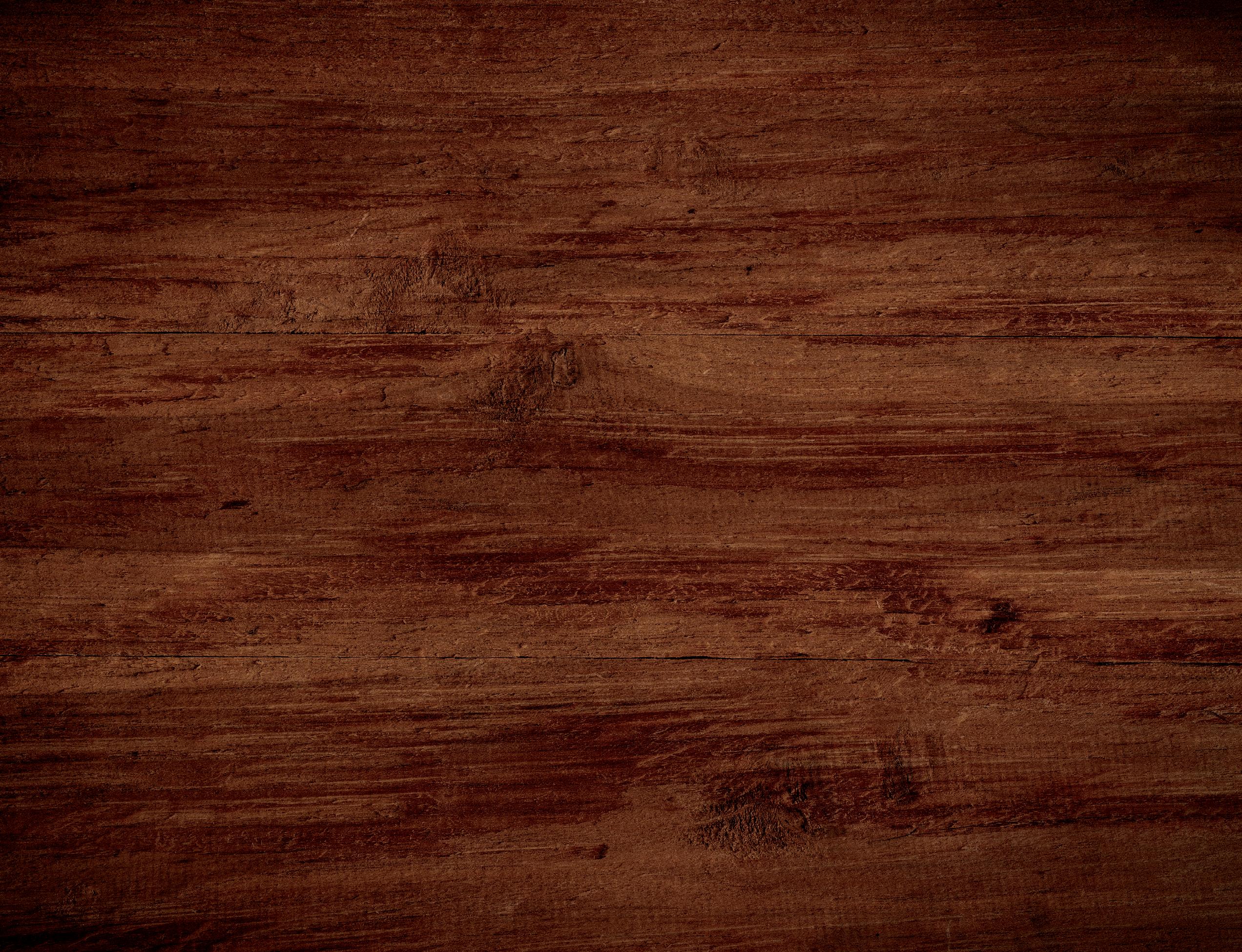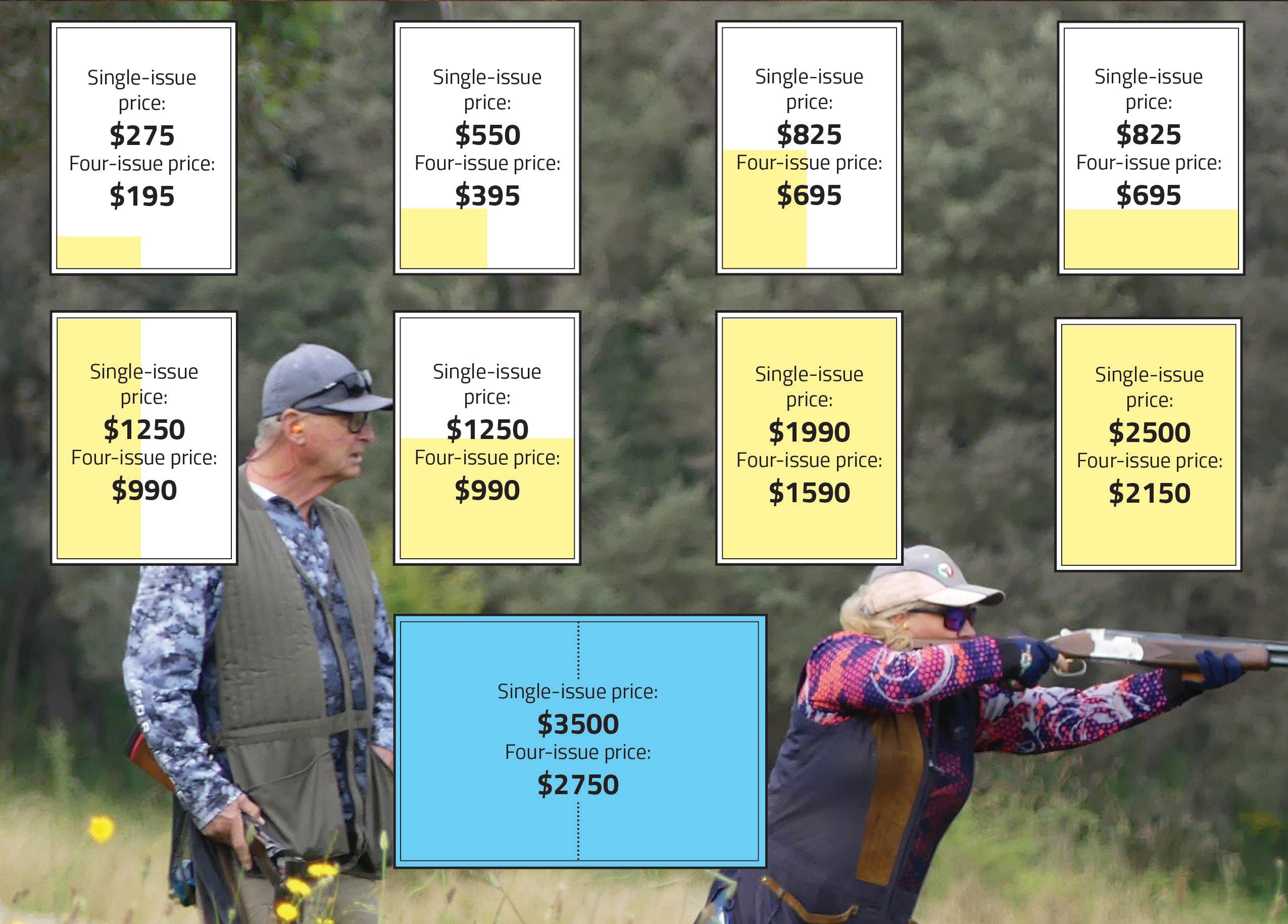DEER AND GOATS IN SIGHTS
HUNTING: QUAIL PROVE EXCELLENT QUARRY


CONSERVATION: GRAMPIANS FOX HUNT A SUCCESS
CLAY TARGET: TOP SHOW IN THE TOP END



HUNTING: QUAIL PROVE EXCELLENT QUARRY


CONSERVATION: GRAMPIANS FOX HUNT A SUCCESS
CLAY TARGET: TOP SHOW IN THE TOP END


nother three months have flown by; and, as we come out of the cold weather (as I write, it is a chilly five degrees in Seymour at 9am) and into spring, we are not only looking forward to a change in the weather but also hopefully a reprieve from the dark clouds of uncertainty that have been hanging over our heads these past months regarding what the future may hold for duck hunting in Victoria and South Australia.
The Select Committee inquiries into both states’ recreational native game bird hunting arrangements have seen thorough processes undertaken which have heard directly from the various stakeholders and others who sought a result one way or the other.
The Victorian committee was due to table its recommendations by the end of August – and it is Field & Game Australia’s fervent hope that our efforts to win this fight to save duck hunting have not been in vain; we trust that the science has prevailed, and that our hunting traditions may continue into the future in a regulated and sustainable way.
Ever hopeful of a positive result, we have taken steps to engage with and educate the wider public via social media and other channels with the aim of at least making non-shooters aware of the important place that sustainable and ethical hunting practices have within our lives, challenging them to perhaps re-examine their preconceived ideas about hunting and hunters.
Meanwhile, our tireless volunteers have continued their work for our precious wetland environments; we thank them, and we encourage those of you who are not involved in FGA’s conservation efforts to consider what you can do to help. Every effort, no matter how small, can make a difference to the places we love and the bounty we can harvest from them. Why not contact your branch and find out how you can be involved? You’re sure to be welcomed with open arms.
On the clay target front, I was lucky enough to be able to attend three sporting clay target world championships in July, in which a small number of FGA members competed. The presentations where in many cases eyeopening – particularly the really long-distance birds that left me wondering if anyone would actually hit them (many didn’t). While some of those presentations were extreme, they did prompt the comment from many shooters that perhaps a few more opportunities to see bigger targets on home soil wouldn’t go astray.
Coincidentally, Shepparton Field & Game held a “Big Bird” shoot at the end of July that achieved full attendance and a slew of positive comments, signalling that there is perhaps a place for more events offering these tougher targets. At any rate, it’s food for thought.
Until next edition, see you around the traps!
If you have feedback of any sort or would like to contribute to Field & Game magazine in any way, drop us a line at Editor@Fieldandgame.com.au Or, you can give us a call on (03) 5799 0960.

Lucas Cooke – Chief Executive Officer
Glenn Falla – Conservation & Hunting Manager
Kathryn Rohde – Administrative and Membership Officer
Wendy Russell – Editor & Media Co-ordinator
FGA Board
Danny Ryan – Chairman
David Anderson – Vice-Chairman
Adam Carson
Trent Leen
Vicki Norris
Jacqui Maskell – Graphic Designer
Wendy Russell – Editor & Media Co-ordinator
Lucas Cooke – CEO
Glenn Falla – Conservation & Hunting Manager
Alison Coombs
Gordon Cowling
Karen Davies
Phillip Evans
Ian Gould
Sarah Harris
Bart Irwin
Michael Kruger-Davis
Reuben Patience
Nikki Rees
Mark Sloper
Robert Sturzaker
Kevin Walshaw
Rod Watt
Deb Shields – General Manager
Deanne Martin – Account Manager
Tammie Jones/Deepika Khadgi – Customer Co-ordinator
Craig Jennings – Estimating and Sales manager
Trent Small – Prepress Manager
Andy Shayler - Production Manager
Gary Chaplin – Warehouse/Mailing Supervisor
Peter Fletcher – Despatch Supervisor
Alex D’Ambrosio – Warehouse/Dispatch Manager
Field & Game (ISSN: 2206-0707) is published and printed by McPhersons Printing (76 Nelson St, Maryborough VIC 3465) under licence from Field & Game Australia Inc www.fieldandgame.com.au
Copyright 2023 Field & Game Australia Inc.
Page 6
FGA Chairman: Danny Ryan
Page 8
FGA Chief Executive Officer: Lucas Cooke
Page 10
Ask an expert: Rod Watt answers your questions about gundog training
Page 12
Hunting: FGA CEO Lucas Cooke scores four from four during an impromptu goat hunt
Page 16
Hunting: Robert Sturzaker takes us on an island quail hunt in Tasmania

Page 20
ASF: We chat with current Field & Game ASF National Champion, Adam Hirchfield
Page 22
ASF: Gearing up for the FGA ASF National Carnival at Clunes
Page 30
Hunting: Ian Gould compares two very different deer hunts
Page 34
Hunting: Ian Gould on the challenges of the carry-out
Page 38
Hunting: Kevin Walshaw shares his love of quail as an exceptional quarry
Page 42
Hunting: Know your species –Pacific black duck
Page 44
Psychology: Achieving peak performance, with Michael Kruger-Davis
Page 46
Food: Hunter and chef Reuben Patience offers a tasty ragout recipe
Page 48
Clay target: Event in United Arab Emirates proves one to remember for Nikki Rees
Page 52
Psychology: Success in sport –it’s a mind game
Page 54
Gun dogs: Rod Watt says “think like your dog” to make training easier
Page 56
Vet Talk: A foreign body can play havoc with your fourlegged friend
Page 60
Branch news: Shooters “Play in Purple” at Donald
Page 62
Branch news: Sale holds another successful school shoot
Page 64
Branch news: Seymour event raises funds for local CFA brigade
Page 66
Branch news: Port Phillip subgauge event attracts a good roll-up
Spur-of-the-moment hunt a success
Page 68
Branch news: Northern Territory turns on a top-notch Festival of Clays
Page 72
Branch news: Golden Rivers Classic draws shooters for three days of competition
Page 76
Branch news: Sunraysia holds annual Bull & Feathers Championship
Page 78
Branch news: Grampians members rally for successful fox drive
Page 82
Back page musings: with Field & Game Australia CEO Lucas Cooke
Cover Photo: This year’s Field & Game
Australia ASF National Carnival heads to Clunes in central Victoria. Turn to page 22 for news on this upcoming event.
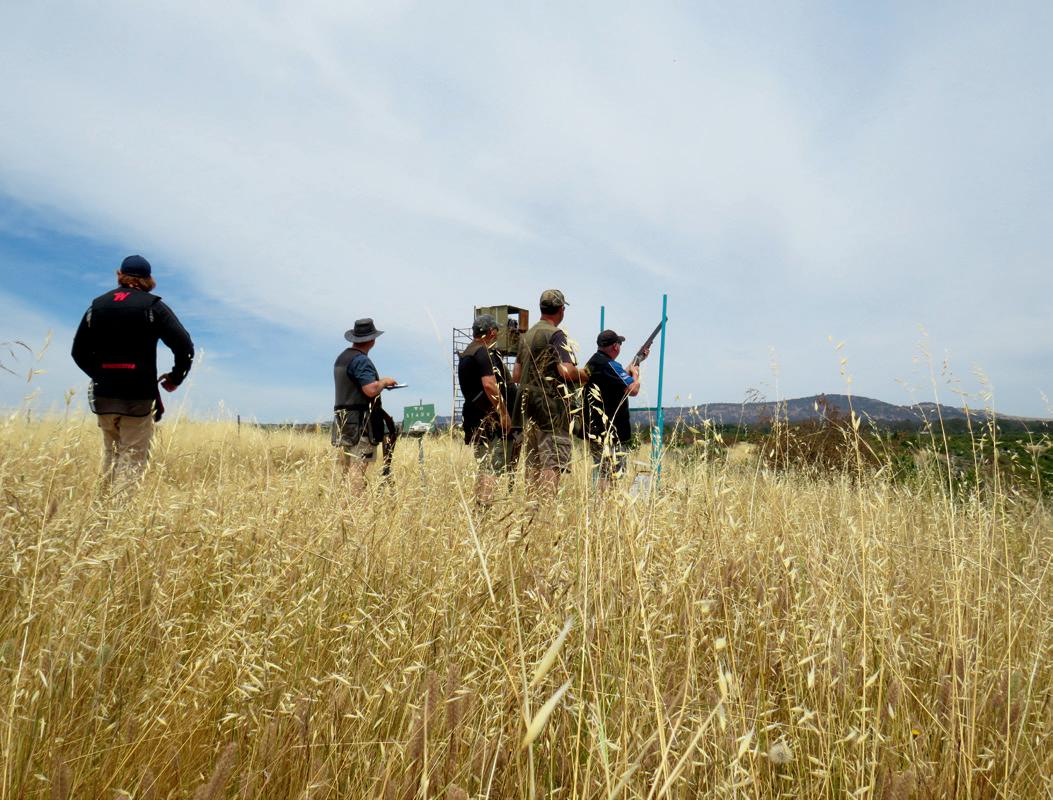
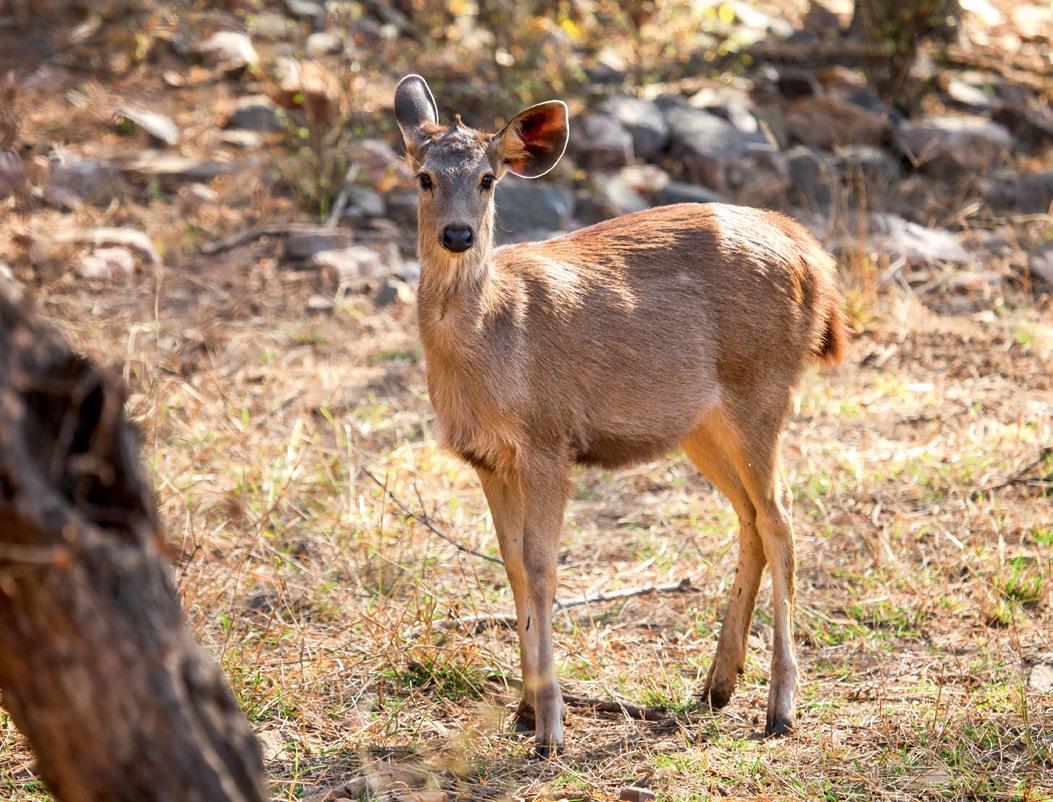
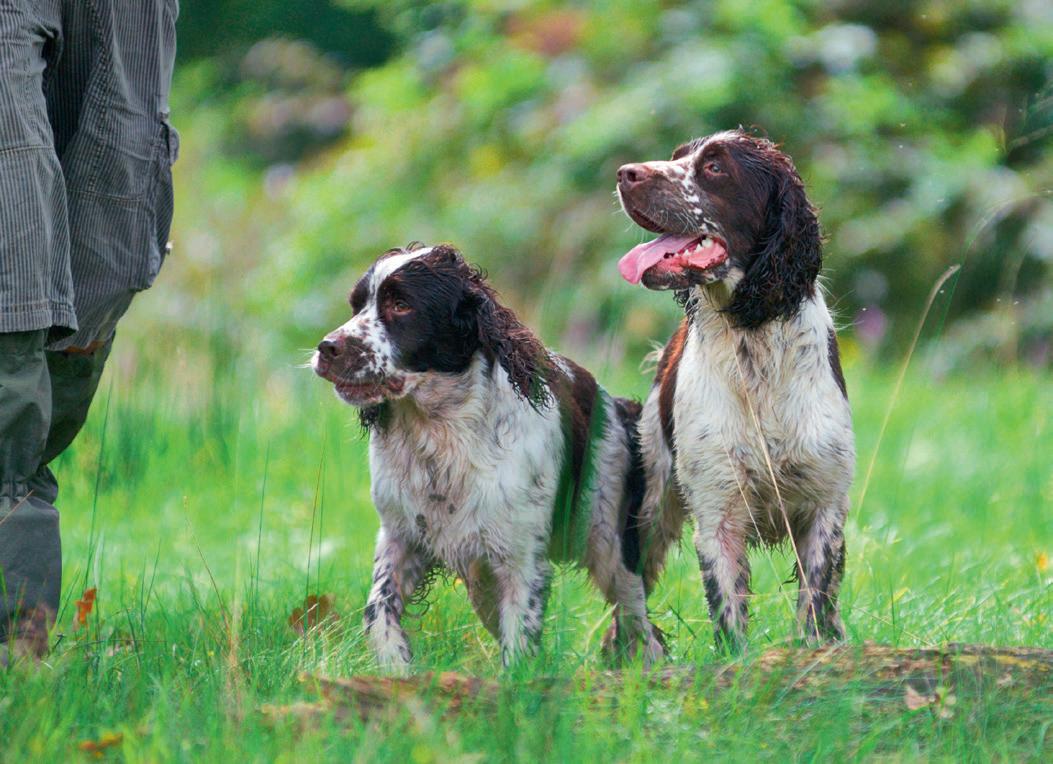
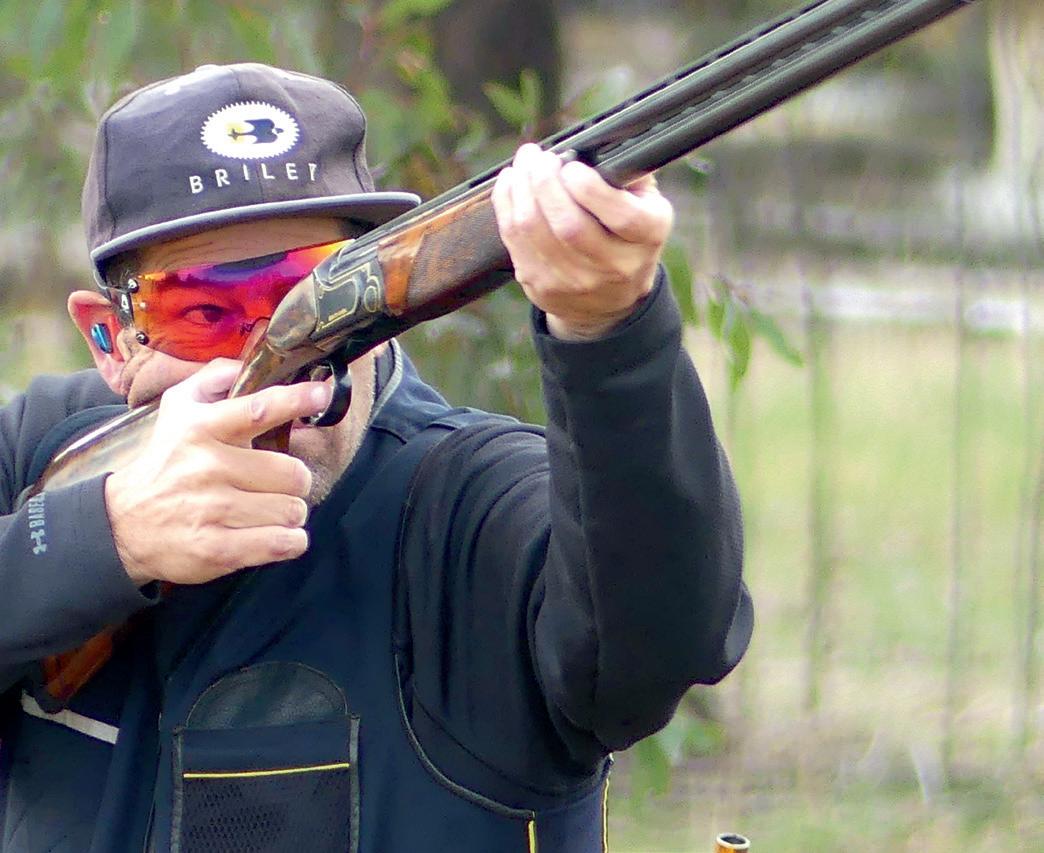
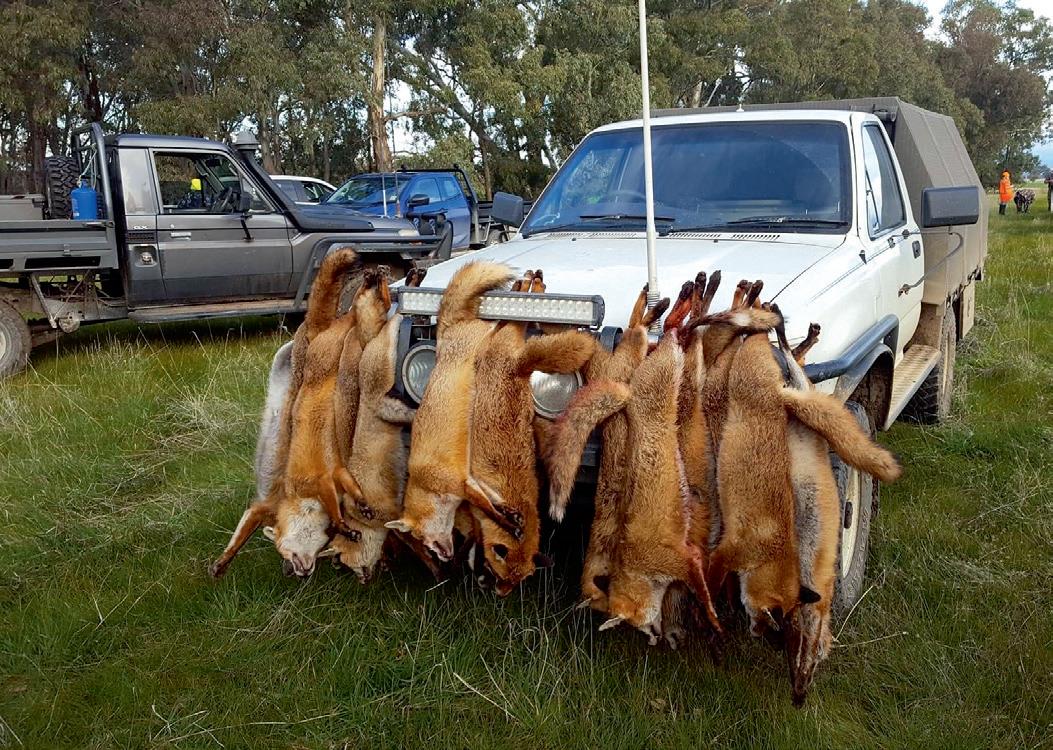
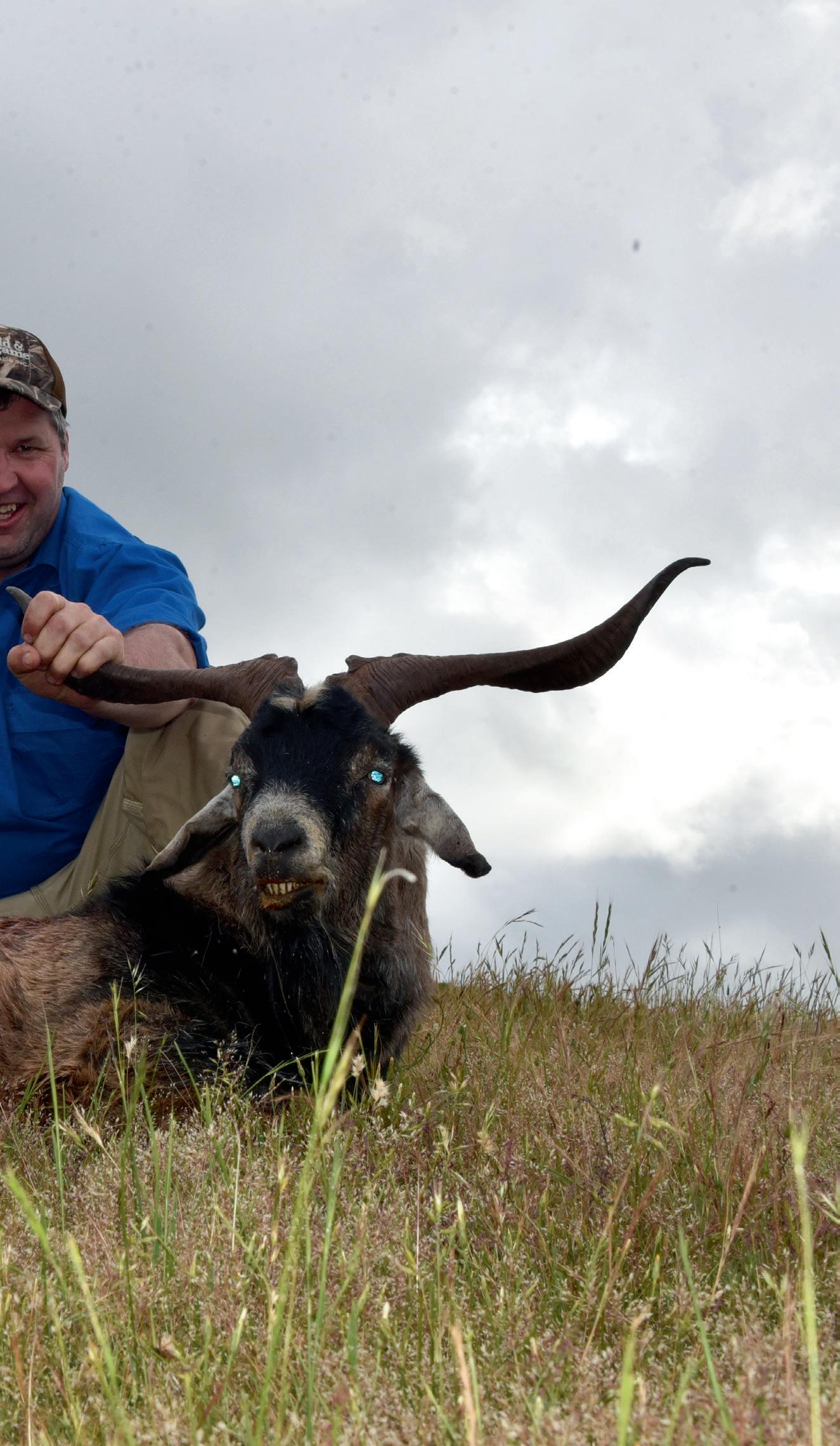
It’s been a trying few months since my last column, with plenty happening across the FGA spectrum.
We have spent a lot of time on advocacy and dealing with a seemingly neverending series of attacks on hunting, including issues surrounding future access, the utilisation of Authority to Control Wildlife permits, and a myriad of firearm ownership issues.
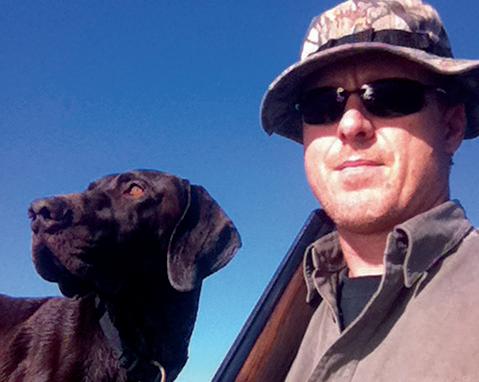
Key issues have had the board occupied in managing the organisation and keeping it in a position to rapidly change and engage on these issues and others, as well as maintaining services to members and planning for our future. Given the key issues around game bird hunting in South Australia and Victoria, this has been a complex and evolving process that has been further complicated by the many hypothetical outcomes that must be considered.
The Victorian and South Australian inquiries into those states’ recreational native game bird hunting arrangements have now closed, and the majority of public consultation in SA is coming to close as I write in mid-August. Victoria has closed out its public submission process and we maintained a high presence at all the hearings. Our CEO Lucas Cooke and I represented Field & Game Australia at a hearing at Parliament House and presented and reiterated key points from our very comprehensive submission to the inquiry. It was enlightening to see firsthand how some of the submissions were examined, and the evidence given at these hearings covered a wide range of opinions – ours with strong and viable evidence, and that of our opponents relying heavily on fantasy.
Feedback has indicated that we have very strong arguments on most of the terms of reference. All the sustainability arguments were addressed once and for all, as was compliance, amenity, and the conservation work done by our organisation. Many experts vindicated core elements of our submission and countered the anti-
hunting brigade’s arguments and wild theories.
The only element of concern remains the lack of proper evidence and science surrounding wounding. If anything, the topic is murkier still, given the clarification on what wounding actually is. We still have government departments countering each other with varying definitions, and the lack of real on-the-ground Australian data is an issue. What we do know is the claims by anti-hunting groups of the current wounding rate being 66 per cent is not valid. The Victorian Game Management Authority’s figures are also inconclusive with a spread of six to 40 per cent bandied around with little supporting evidence or data – other than the 3.2 per cent of birds found to contain pellets after 585 birds were scanned following the conclusion of the 2022 hunting season.
What we do know is that anti-hunting groups do not even recover 100 birds in a season – and as such anything they say cannot be considered. We also now have hard evidence that the annual bird dump after the opening weekend contained many birds (48 from 88) that showed no evidence of having been shot. We are looking at all the options available to us regarding this blatant and false representation, and it is something on which the Select Committee inquiry and the government should focus.
The committee’s report was due to be handed down on August 31, and as much as I would have liked to hold the magazine back so that we could provide up-to-theminute information for members, our printing and mailing lead times conflict with the committee report timeframe. By the time this magazine lands in your mailbox the committee report will have been tabled. Therefore, our social media, email newsletter and the good old bush telegraph will have let most of you know the result by now.
The planning phase of the 2023 Field & Game Australia National Carnival is complete, and the event at Clunes from November 3 to
November 6 will be world class.
The format will remain the same as last year’s very successful event: Friday will be a practice and vendors’ expo day with some new activities (watch the socials for more details!), Saturday will be the first day of the ASF national championship, and Sunday will be the second day and conclusion of the national championship. The championship totals 150 targets, with 100 targets Saturday and 50 targets Sunday with OTG and HCP events.
The nominations for the main event will only be capped if we start to exceed the capacity of the ground and daylight hours. We expect competitor numbers to be up to the mid 600s –making this event the largest clay target shooting event in any discipline in the Southern Hemisphere.
Sunday will see the top 10 shootout return in a pacier format prior to presentations, and there will also be dedicated shootoff stations that have not been used in competition.
Monday will see a re-jig and repositioning of the grounds and there will be a 100 target English Sporting event conducted off the gun. The entries for this event will be capped at 360 competitors.
Nominations for both events opened from mid-August.
Our marvellous sponsors have again come to the fore with $60,000 worth of prizes – making this the richest event on the calendar.
There will be plenty to see and do even if you aren’t a competitor; the range of guns and shooting equipment on display will be well worth the visit.
There is a board election currently under way with six nominations received for two positions; it is so encouraging to see candidates expressing an interest in a successful organisation.
Voting packs have been sent to branches, and the board appointed the returning officer in June prior to board nominations opening.
The AGM will once again be in Taylors Lakes at the same venue as last year on October 7, and the board welcomes and encourages members’ attendance. For those unable to attend in person, technology will be utilised to allow streaming of the event online. There is quite a bit of business to report, with some positive results achieved during the past year.
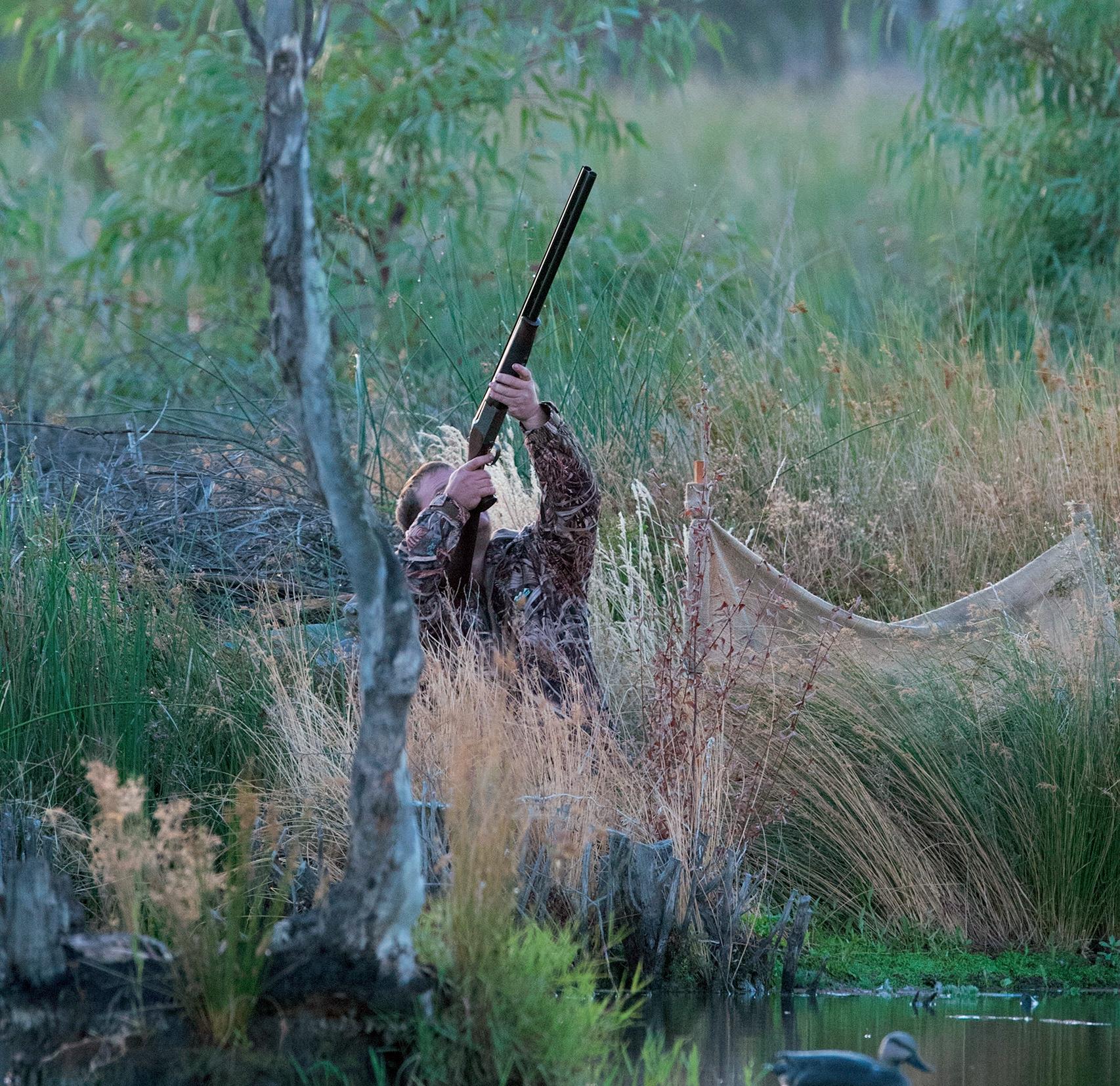
The relocation of the national office to Connewarre Wetland Centre is in progress, with a mini refit completed at CWC to accommodate staff and allow the organisation to grow and extend as required. This will end some 25 years of tenure in Seymour but allows future forward planning and surety.
Our cornerstone approach with the Outdoor Recreation Advocacy Group continues and will be a key tool in our
ongoing fight to retain access to outdoor activities, including hunting.
The committee is working hard and diligently to represent a very wide range of stakeholders, and this group now represents some 400-450,000 members if we include every holder of a recreational fishing licence in the count. The group is continuing to grow, is forming some strong policies and is a very exciting group to be working in.
Let me once again remind you, our members, that it’s so vital to make a call and lobby your local politician.
FGA does a good job at the parliamentary level – but your contact with your local MP is very important to keep them engaged and up-to-date with your concerns as a constituent.
We have been working on a system on our website where you can enter your name and email address and easily click and send an email to your local politician, no matter which state you live in. This is especially important if your local politician is anti-hunting. We also ask you as members to report back on these matters so we can assess and educate those MPs.
While some of the issues surrounding us contain some doom and gloom, it’s important to remember to be a proud hunter, firearm owner, and clay target shooter. Don’t let the antis grind us down!
It’s also important that we stand together, united, as one; get your family members and friends supporting your favoured activities, get them to talk to your local politicians, and of course joining FGA helps too!
Together, we can win.
Dear FGA community,
By the time you have this magazine in hand, the outcome and verdict will be known. The fight to save duck hunting in Victoria has been the biggest battle FGA has faced, conceivably ever – or certainly since 1996. That same battle in South Australia continues. However, as I pen this column, the outcome remains uncertain. I'm optimistic and believe that we have done everything in our power to advocate for our position. FGA has put forth compelling arguments to the select committees of both states, backed robustly by scientific consensus.

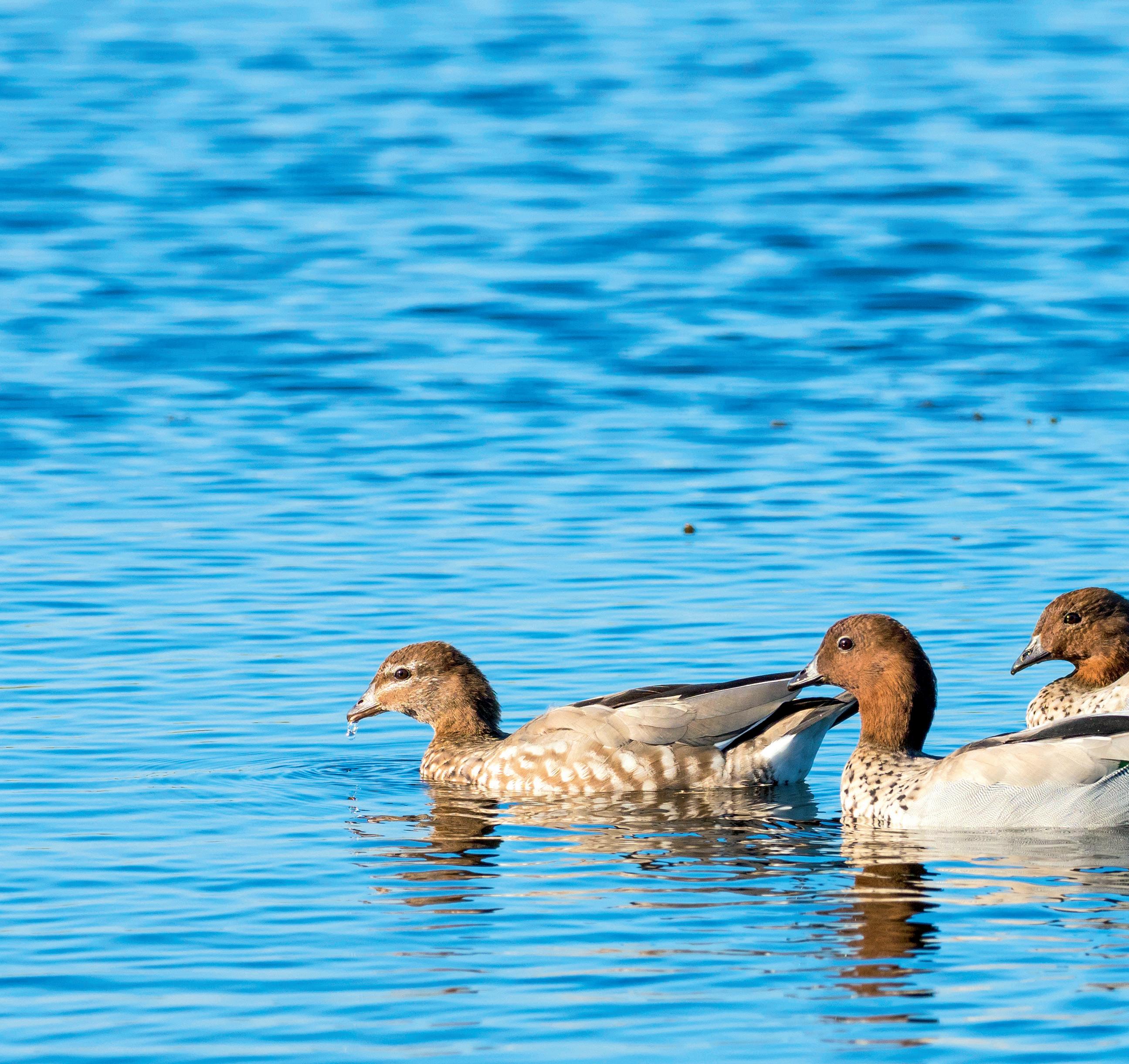
Detractors may be relentless in their attacks, employing every conceivable angle against hunting. Yet, it's glaringly
evident that their only real contention against native game bird hunting is rooted in ideology. If they succeed in cancelling duck and quail hunting on these grounds, it's only a matter of time before they set their sights on abolishing all forms of hunting, fishing, and outdoor recreational activities that don't dovetail with their narrow beliefs. It's a dangerous precedent, potentially paving the way for even broader interferences into agriculture and society by fanatical ideologist minorities. Our government must step in decisively to avert this looming catastrophe.
With the future in mind, regardless of what the outcome has been, your memberships have never been more crucial. If you're aware of someone yet to renew or join FGA
or any other hunting organisation, urge them to act swiftly. In the face of adversity, a unified hunting and outdoor community is our most potent shield. Numbers really do count!
In my role as CEO, I've been steadfast in my commitment. Attending every public hearing in Victoria, engaging with Select Committee ministers in both regions, and consistently liaising with media outlets –the effort is ceaseless. I need to sincerely thank all of those people who have stepped in and assisted during this process. While I may have missed you at the time, I am grateful for the support I have, and continue to receive from our FGA family. Member input and collaborating with experts has enabled us to robustly defend hunting from
a scientific vantage point. However, the ideological tide against us is relentless. It's up to each one of us to ensure our ministers hear the authentic, constructive voices of hunters, countering the misleading propaganda from our opponents.
And to our clay target shooters: Just in case anyone out there believes this only affects hunters – be perfectly aware –this battle affects you too. During the committee process, arguments such as increasing concerns of noise pollution, lead contamination and debates on single-use plastics have been widely used as reasons for a ban. Have no doubt, our shared interests are under siege. We must unite and push back against these challenges. I want to assure members and potential

members that I and the FGA staff and board are up for this battle, and we will not stop working for all of the Australian hunting and outdoors community.
On a lighter note, preparations for the national carnival in Clunes from November 3 to 6, 2023, are in full swing. A new feature this year is the enhanced Friday practice day, where vendors and sponsors will showcase their offerings, including hands-on equipment demonstrations and trials. So, mark your calendar for a fantastic long weekend, culminating with the thrilling English sporting competition on Monday.
Lastly, amidst the tumult, let's take a moment to acknowledge our unsung heroes: The dedicated conservationists
among us. Their relentless drive to continue our conservation projects is a testament to their passion. If you or your branch has been on the sidelines lately, perhaps it's time to reignite the flame of community service. Get a group together, run a fox drive or do a quick wetland clean-up at a location near you. These small actions are important, and while our detractors remain blind to our contributions, the local fauna and our FGA family certainly recognise and value every effort.
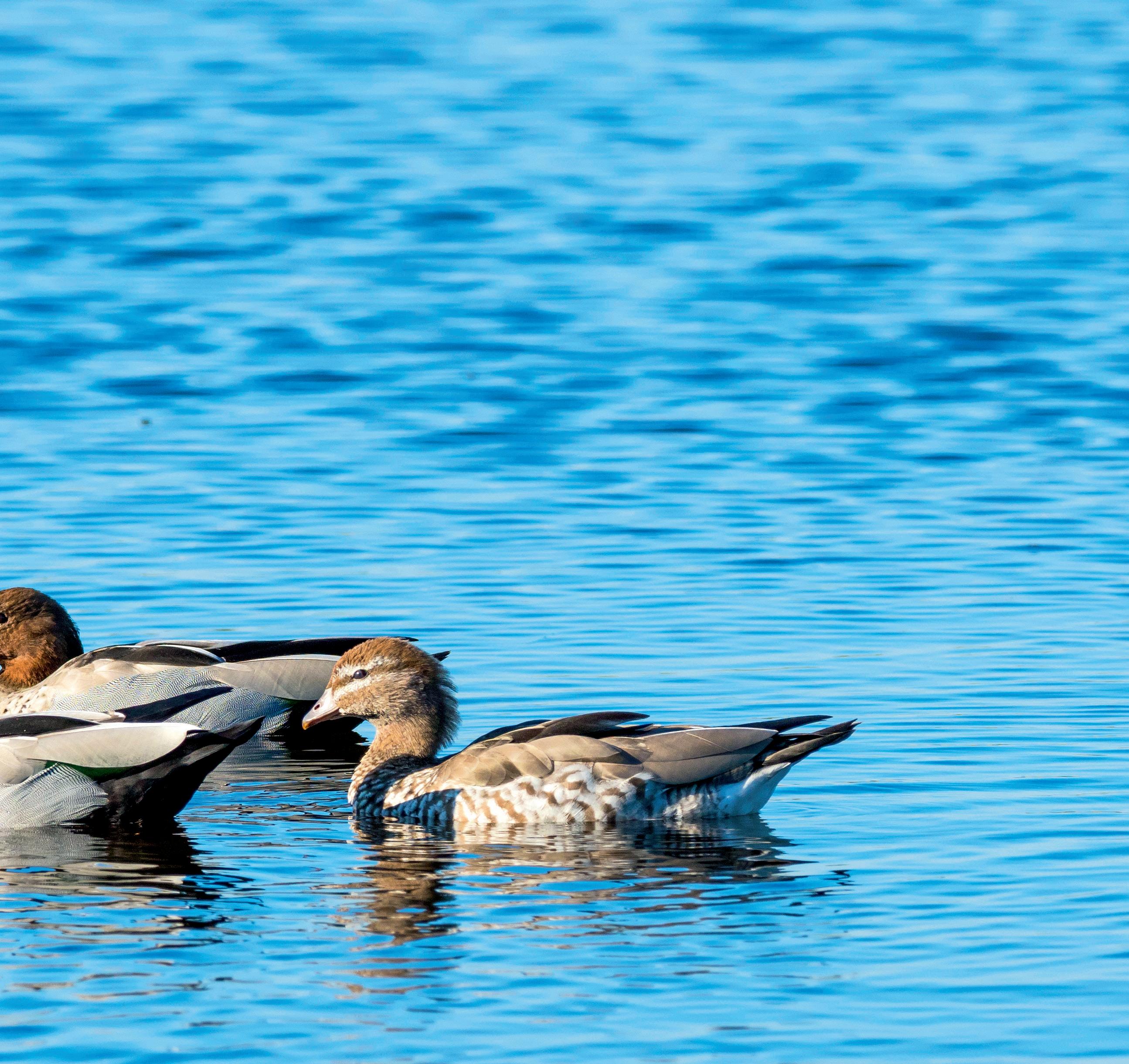
Stay steadfast, stay united.
Warm regards,
Lucas Cooke CEO, Field & Game AustraliaQuestion
I’m having trouble with my spaniel running around with the dummy in her mouth instead of coming straight back on retrieves while training. I have tied a rope to her and have given her a tug on this, but she drops the dummy and then runs to me. Can you help me please?
Answer:
I would say you haven’t done enough preliminary work, Sal.
When training a young pup to retrieve, I always advise to train in a confined space, like down the side of a house with the end blocked off so the pup has to come back to your area. The key to this procedure is
plenty of praise in a good tone, and the pup is having a good time playing a game of retrieve.
You might say, “I did do that when she was young” – and then I would say you left the confined space too early, or you were doing a bit of both, or your dog wasn’t enjoying her time in the confined space.
I suggest you take her back to the confined space and start again. Her age doesn’t matter. Change your tone to being enthusiastic and happy, don’t put any pressure on her, and make sure it’s a game that she’s enjoying. Then stay in that space for some time, like a couple of months, and no retrieves anywhere else.
Some dogs I’ve had for training will run to the dummy, pick it up, then stop. I allow
a bit of room in the confined space to run away, and most dogs will see this as part of the game and start running towards you. Then you can turn quickly, take the dummy gently and make a fuss of your dog. Retrieve completed.
Also, don’t do too many retrieves, as two or three a session is adequate.
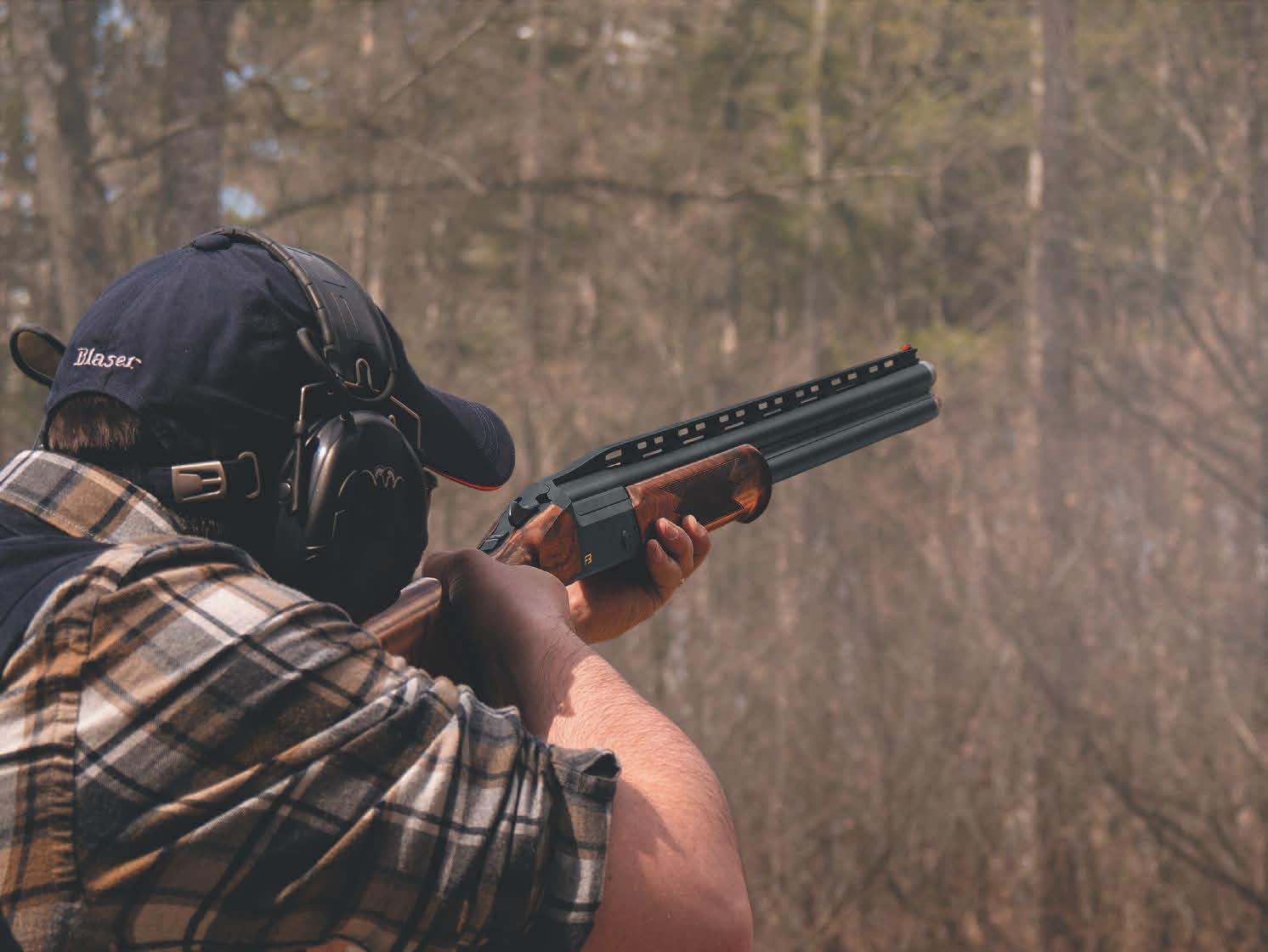
The rope idea is force training, which I don’t believe in and – as you have experienced –could create problems.
Retrieving is certainly not the place to have a falling out with your gundog, so keep it a good game that she loves to play – and this foundation will last a lifetime if you train in a positive manner. Good luck with it Sal, and good hunting to all.

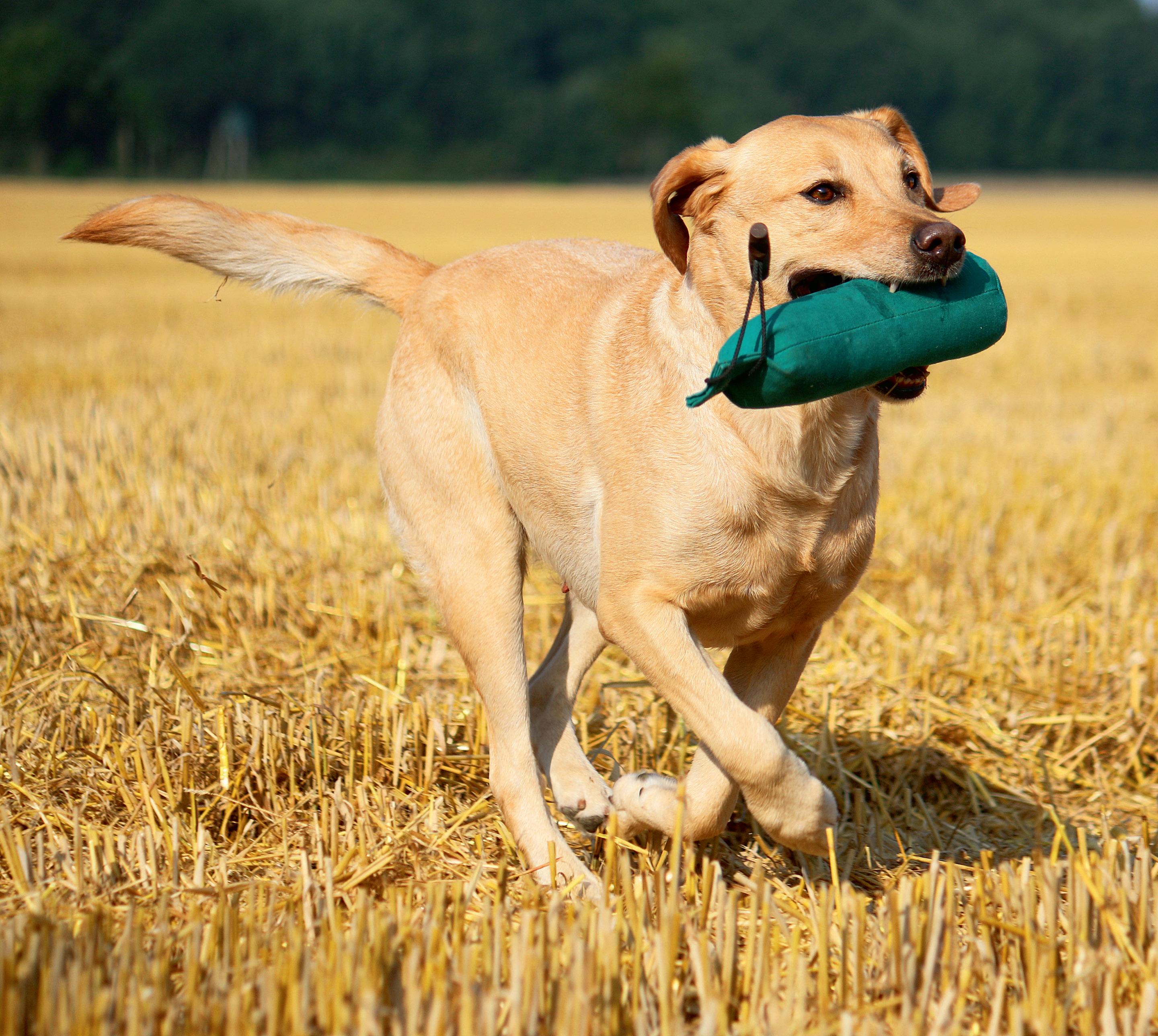 – Rod Watt
– Rod Watt
In competition the F3's technical superiority will outperform all others. When hunting, the F3's outstanding pointability and balance will be no match for any game. The F3 brings new meaning to intuitive shooting through ergonomics and technology.


I recently faced a situation I’m sure many have found themselves in: I had a new rifle sitting in the safe and was continually getting diverted from plans to properly run it through its paces. The rifle in question was a BRX1 that had been provided by Beretta Australia for review.
The target shooting that I’d done with the BRX1 over a bench rest and in several prone and off-hand shooting positions had made me comfortable with the straight pull action on the range, but being a long time “bolt lifter” I was interested to know if I would suffer any issues with the bolt when concentrating on other things.
Somewhat in desperation, I decided to take the rifle with me on a trip during which I really wasn’t thinking I would have the time to hunt but would pass a property on which I had permission to do so. If nothing else, I was thinking I might get a little more range time.
On arriving at the property late in the day, I considered it far too late in the afternoon to walk the whole area; instead, I drove to the top of a ridge just to have a look. As often happens in such scenarios – sure enough the goats were present on a somewhat distant hillside, and I had to have a brief argument with myself over whether or not I would even be able to get to them while there was still enough shooting light. Added to this
consideration was the fact that I was not prepared for an extended hike. I had only the clothes I was wearing, which included a bright blue Field & Game Australia shirt. I was hardly dressed for stalking!
The wind was in my favour though, and as I watched through the binoculars the goats began bedding down on the distant hillside – warming themselves in the afternoon sun and assuring me they were not likely to move off any time soon. So, I readied myself and set off as quickly as possible.

The goats on this property are an eclectic group of true feral bloodlines. There are hints of Angora, Boer and Nubian. I was after a meat animal, but also wanted to decrease their number for the landholder. There were two large billies with the mob I was observing – one clearly heavier in the body, and the other with horizontally spread horns that were not overly large but did look interesting.
The mob was bedded around a kilometre from where I stood, on a hillside on the third of three ridges
splayed out like a bird’s foot – each of the three ridges running uphill and joining as one.
Approaching directly would mean having to carefully bump over the first “toe” without alerting the quarry, and then I hoped to approach to the top of the adjacent ridge and take a cross-gully shot at around 150200 metres. I was thinking this would be ideal, given I had zeroed the rifle at 200m. On making the hike from where I’d parked towards the top of the first ridge, however, I got the dreaded feeling of wind on the back of my neck. I quickly re-assessed and decided it was unlikely my scent would reach the goats if I stayed in the first gully – so I turned and headed uphill towards the “leg”, or the point the three ridges converged. I was thinking I could then approach back down the same ridge the goats were on. This plan worked well, and I soon found myself at the top of the ridge the goats were on, watching two
small nannies slowly eating down the ridgeline toward where I hoped the rest of the mob was still bedded – although I couldn’t see them over the crest of the hill.
I must admit though, after climbing the not insignificant hillside I was somewhat winded, and as I considered the fact that I would almost certainly have to shoot offhand, over the crest of the hill at a steep downward angle, I thought it best to slow down and catch my breath. I made my way slowly down the ridge, now estimating I was within 100m of the likely resting spot of the main mob.
The wind was in my face, and I was getting plenty of billy smell – so wasn’t
too concerned about the goats scenting or even hearing me – but with 100m of clear ground to cross, and in my bright blue getup, I was trying not to be spotted by an unseen sentry.
The two young nannies were inching down ahead of me slowly, and every now and then they cast a glance backwards. Each time, I dropped out of their sight – then slowly stood back up to observe them, heads down, moving away again. They dropped of the end of the “toe”, and I could now hear and smell the goats which I estimated to be about 60m away.
I crept forward on all fours, trying to get as close to the crest of the hill as I could. I slowly raised my head and could see five or so goats bedded on the hillside below me.

The biggestbodied goat was no more
than 30m from me, but the billy I had my eye on was about 50m away. Unfortunately, one of the nannies I had been following was directly between me and the billy with the wide horns. I dropped back down and quickly moved about five meters to the side. Standing back up, I was faced with the same nanny between me and the billy I was after – but now turned broadside and looking straight at me.
There was nothing for it – I was sprung, so I quickly raised the rifle, pushed the bolt forward, centered the crosshairs on the nanny and fired. She dropped like you would expect a 30kg goat to when hit soundly by a .308 from 25m. As I unconsciously cycled the bolt, my eyes were watching the target billy stand and turn away from me. My second shot entered just behind his ribcage, angled through his engine room and exited in front of the opposite shoulder. He went down instantly as well. Again, the straight pull bolt was like butter as I chambered a third round and centred on a small billy that had stood up and was standing still, looking at me in surprise, about 30m away. A third shot rang out, and a third goat dropped where he stood. >>
Lifting my head, I was surprised to see the big-bodied billy come back over the crest where he had previously vanished, now broadside at 40m. The fourth shot went through his shoulder, and he dropped as well, rolling back out of sight down the hill.
All of this took place in what seemed like a heartbeat but was probably 10 or 15 seconds in total.
I stood alone on the ridge, ears ringing, and tried to work out where the mob had gone. I thought they would try to rush back up the ridge we were on – as that way was the nearest cover. I was also listening to try to be certain the fourth goat was down. I knew he had dropped cleanly – but wasn’t positive of a shoulder shot and was conscious I may have hit him too far forward, and he might require a second shot. As I thought about this, a decentsized billy with clear Angora bloodlines evident in his woolly appearance showed himself on the next ridge. I was tempted, but thought I’d better keep the last round in the magazine until I was sure the fourth billy was definitely down, so I watched the woolly goat disappear over the ridge followed by four or five smaller animals as I walked forward to where the last goat had dropped.
There was a very clear blood trail that only led about 10 m to a stone-dead billy. As it turned out, the shoulder shot had been good – breaking the near shoulder on the way in – taking out both lungs and heart and exiting the far shoulder.

The tally was four goats all down cleanly, and all in a matter of heartbeats.

I took a minute to gather myself – pacing the distances from each goat back to where I’d fired from and collecting my spent brass.
It was only then that I considered the action of the rifle. It had operated flawlessly, and completely intuitively in the heat of the moment. I hadn’t had to consider anything other than finding the next target.


What a rush, and what a result. Two decent meat goats, and two big stinkies removed from the feral pool.
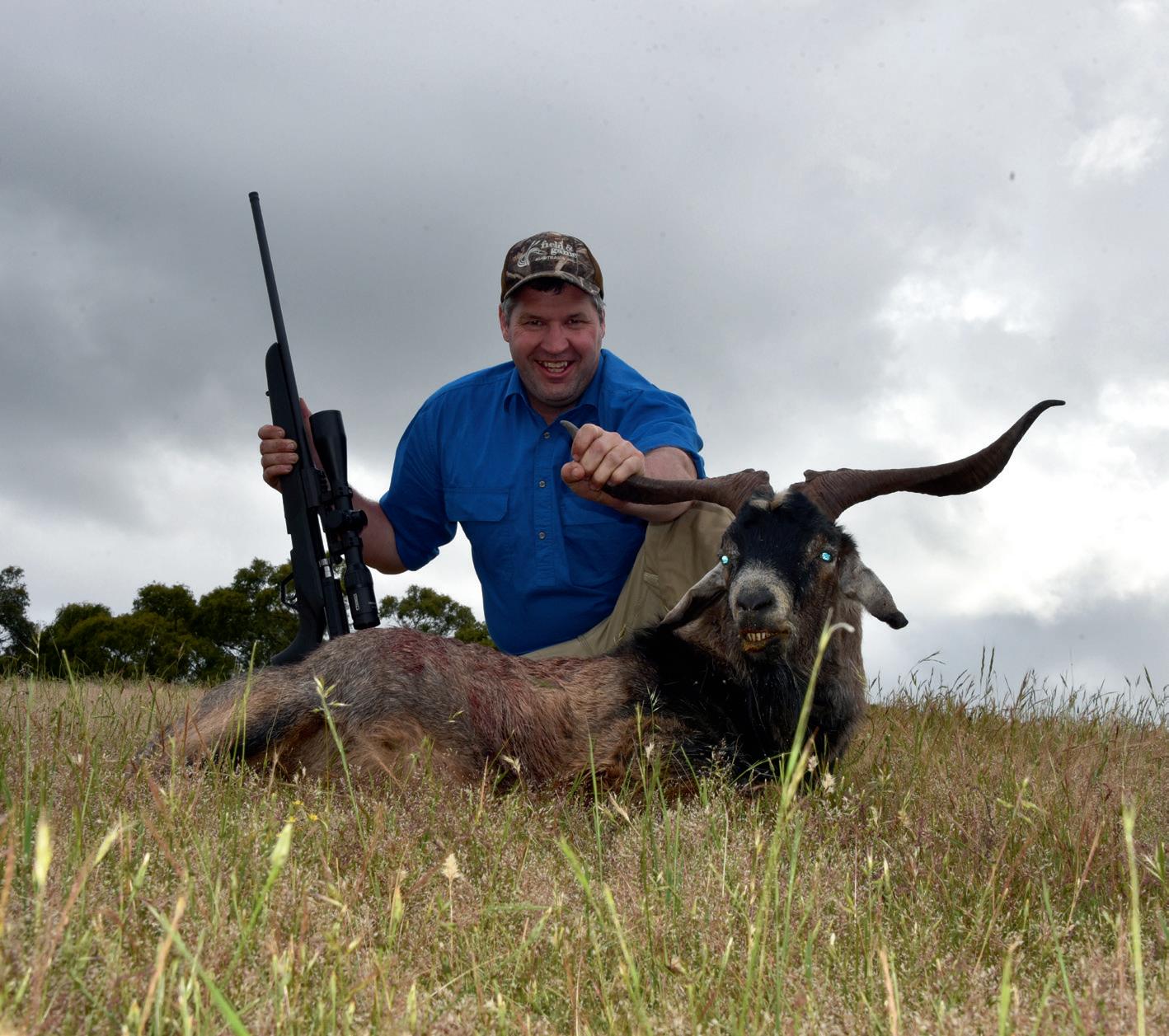
The landowner was stoked to find out there were four less grass thieves competing with his cattle, and I was able to make it back to the ute with plenty of light left to clean up, get a few snaps, load up and head off into the setting sun as one very pleased hunter!
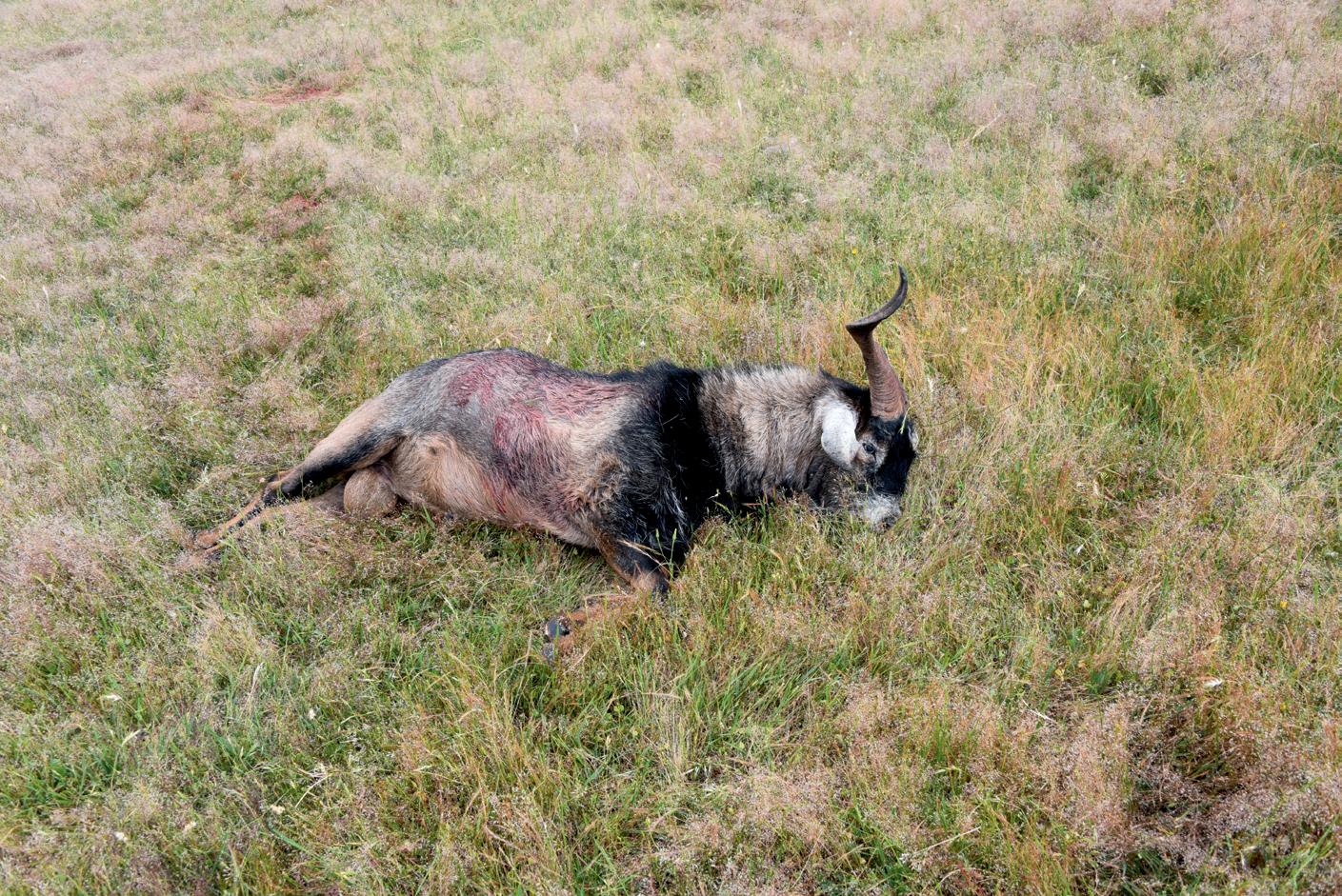



It was in the cold early hours of a Vansittart Island morning when I woke to the sound of an approaching four-wheeler. Clutching my phone, I determined that it was close to 4am. I thought to myself: “Oh good, someone has been fishing!” Well, they would have to wait; I snuggled back under the doona and fell asleep.
Sure enough, a breakfast of freshly caught flounder and garfish was sizzling in the pan when I got to the kitchen table. The flounder was magnificent and the garfish even sweeter. Chris “Rockjaw” Rhodes had been up in the middle of the cold dark night to gather the fish for breakfast. It does not get much better than that.
Vansittart Island is part of the Furneaux group, at the eastern end of Bass Strait. It lies off the north-east tip of Cape Barren Island at the eastern end of Franklin Sound.
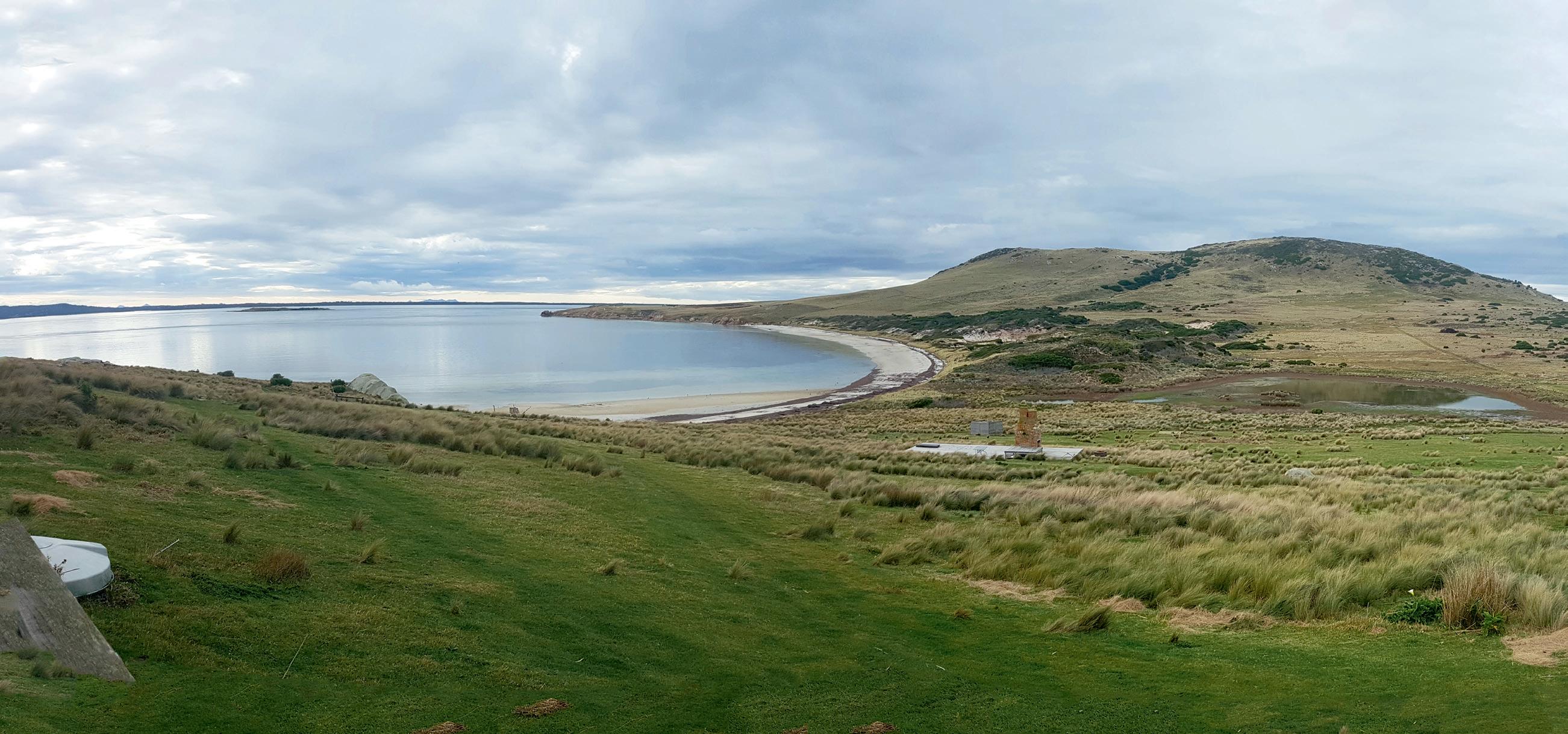
The rustic cabin is welcome shelter and its kitchen the centre of activity, due to the presence of a wood stove and oven which produces heat, and dries out boots, dogs and people. In addition, it boils the billy and cooks meals. Early morning, it is also the place where the plans for the day are made.
The major factor in any planning is weather, as we are in the middle of Bass Strait in
June and the outlook can feature wind, rain, thunderstorms or clear calm days and glassy seas.
Thermal clothing and windproof jackets are a good way to start, although tramping through thick grasses following the dogs is a wonderful way to get the blood circulating and jumpers and jackets are often shed until the hunting is over and you start to cool down.
Our main quarry is brown quail, and we load setters, guns, cartridges and water into one of the Landrover Discoverys (“discos”) and venture out to our allocated sectors.
The dogs are blue and white setters: Patience, Precious, Pilbra and Pilly the pup. Gorgeous creatures, they are keen for a cuddle and a pat except when they are working. Desperate to join the hunters, they are difficult to keep out of the vehicles.
It is a treat watching the dogs work,
recognising the signs that they have picked up a scent and seeing them tighten their concentration when they are close. Adrenalin surges as they lock on point. As you approach, your heart pounds as the expectation of a brown bombshell, or two or three, emerging in front of you, builds.
Suddenly, a bird flushes five metres to your left; as you swing onto the line, the bird picks up speed and – as they often do – loses its initial height to rocket away, hugging the grass like a cruise missile. Your barrels pass the bird and in a flurry of feathers it is down.
Your partner has already marked the first bird as another emerges and speeds away; you make sure of this one, then mark the bird and stand there until the dogs are called over to patrol. Your partner holds the first bird high while you direct the dogs – and a dog appears from six metres away with a bird in its mouth. “Good girl.” The second is in the bag now, and a memorable
double is completed. Good work all round. Your job is to follow as close as you can, which is hard work in some thick cover, and try not to embarrass yourself when the birds flush. The dogs have a good line in cynical looks if you are too slow approaching or miss with both shots. Running birds keep them honest, and it is astonishing how quickly quail can cover ground through thick undergrowth.
Finding downed birds without dogs is a mug’s game if they fall in the thick grass.
With the dogs it is a different matter, and while patience is a virtue so is trust in the dogs as they will often bring back birds 10 metres from where you have marked them falling.

Pilly, the seven-month-old pup, takes the cake – burrowing in deep to put her nose on the bird in the thickest of cover.
A couple of hours of that and dogs and hunters need a rest. It is back to the disco to return to the cabin. These discos are a bit of an adventure in themselves; one is
started with fencing wire, and features a five-speed gearbox with only 1st and 3rd and reverse working. Third gear worked a treat and I managed to climb to the highest point of the island without changing gears. All of the vehicles come with free fresh air and generally cheerfully go wherever you point them.
Lunch could be sandwiches with goose salami, or slices of lamb from the previous night’s roast, or curried scallops on toast (my personal favourite), all locally >>
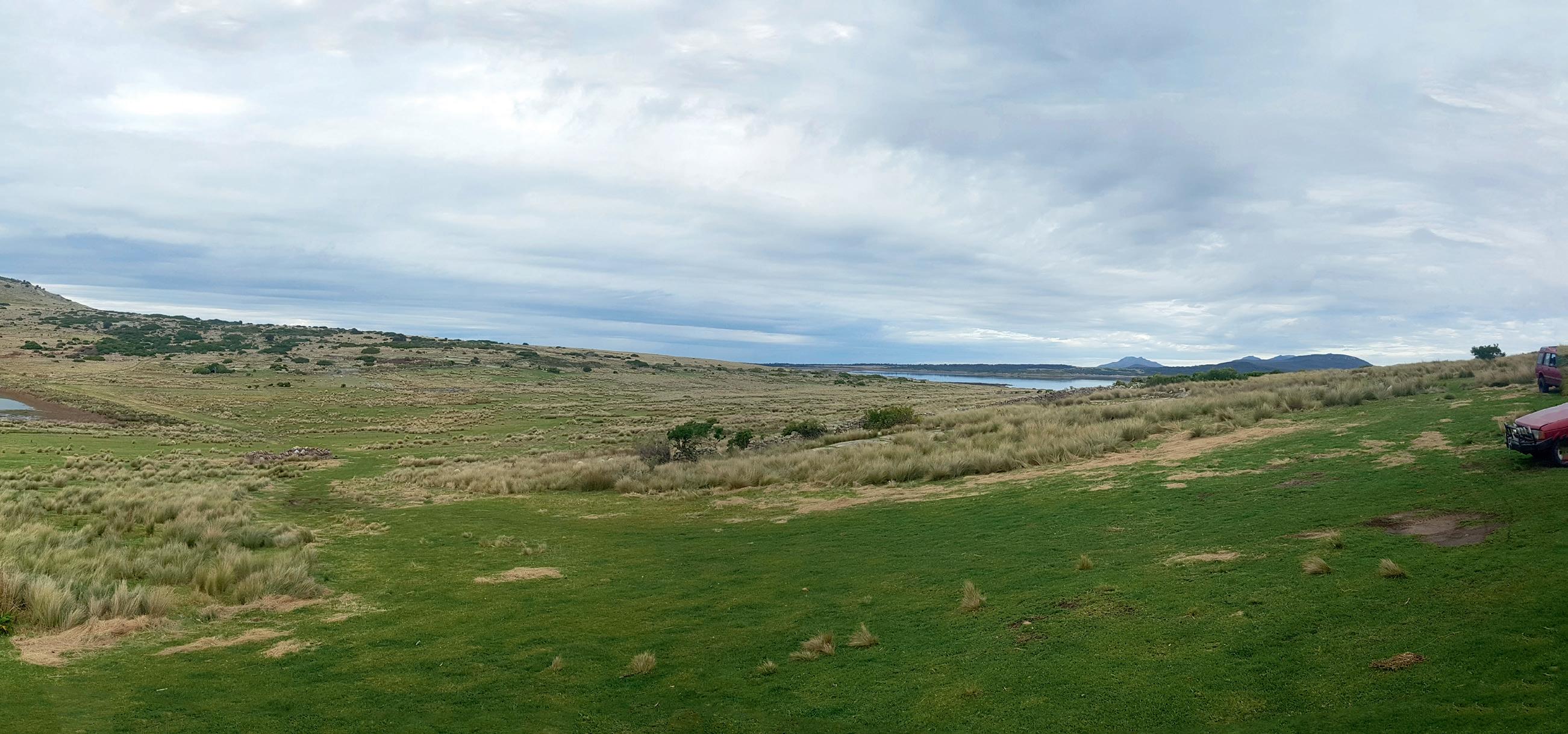
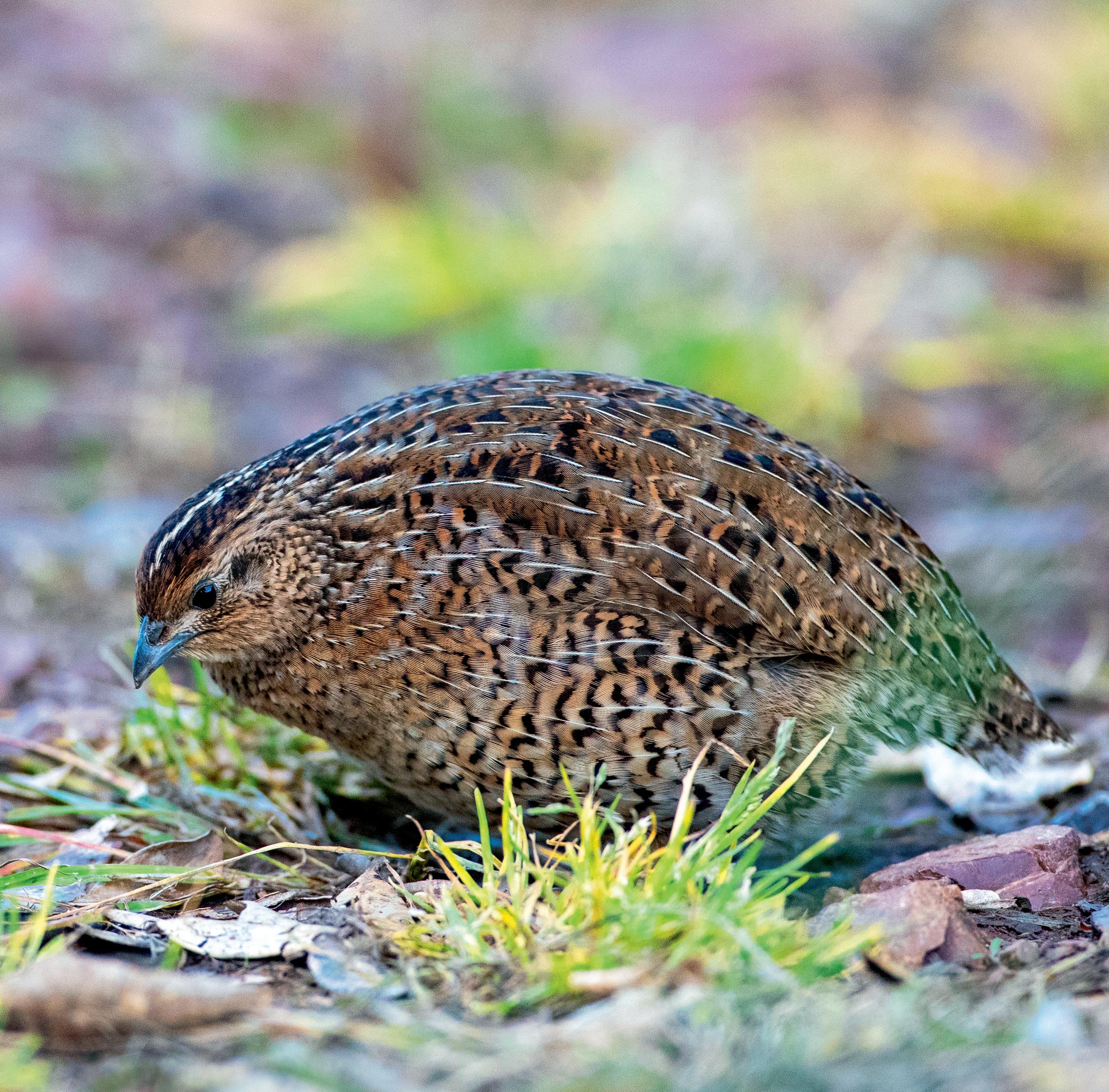
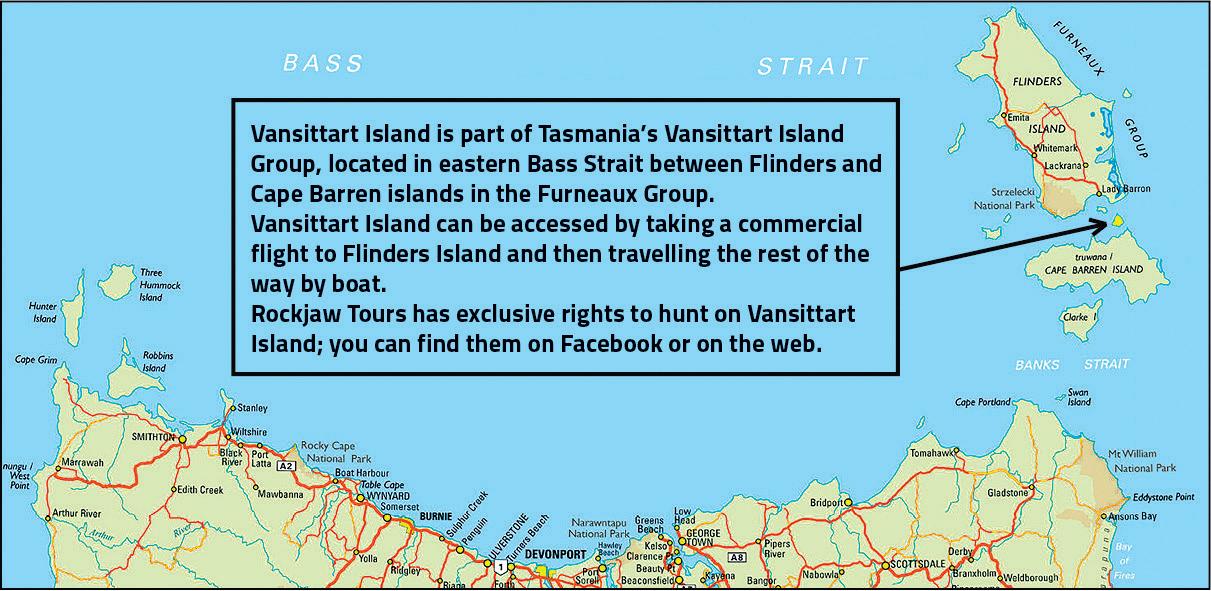
sourced. Cape Barren goose salami or schnitzels take some beating, while the Wiltshire sheep grazing on the island are ‘meat’ sheep bred for the table and the scallops come from the chilly waters around the island.
Our host Rockjaw has a version of the “no man left behind” mantra. His is “no-one goes hungry here”. He does a great job cooking everything from pizza to teal he shot during the duck season. He can even make mutton birds taste good! Now that is a master chef!
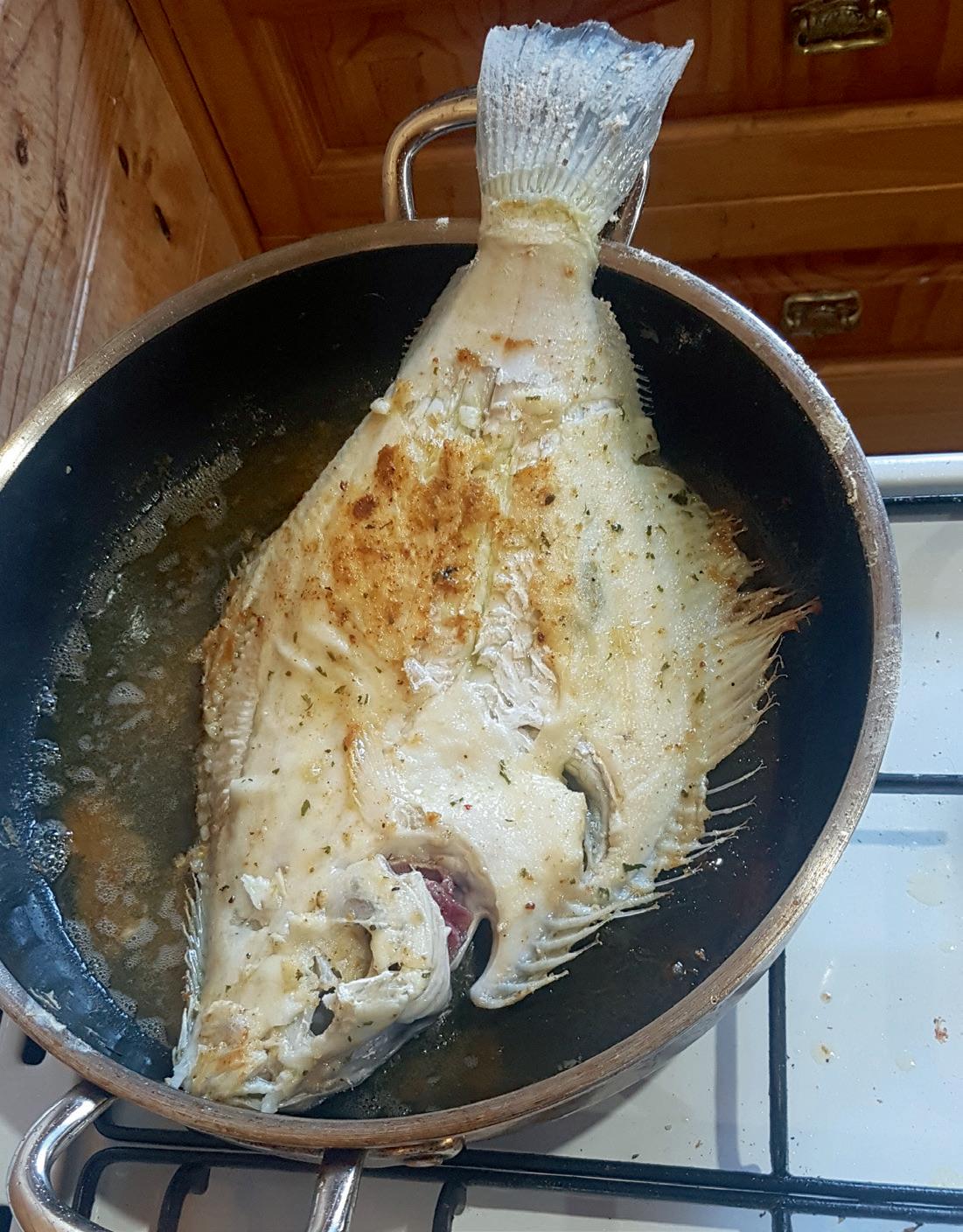
Our weekend was typically windy and showery with a very impressive lightning show one evening. But by Monday it had got that out of its system, the wind had disappeared and the sea was glassy.
We boarded the Roxette and proceeded to the “secret spot” where we hauled in our bag of King George whiting in record time. The whiting were bigger than any I have caught in Victoria, and Tony caught one which was a ridiculous 54 cm long. Fish and chips for tea, and two fish managed to fill the biggest bellies.
One of the pleasures of foraging on Vansittart is returning home with a foam box full of treasures for the family – not only to prove that you didn’t sit inside drinking tea for the whole trip, but to help generate goodwill for a trip there again the following year!
Breakfast of freshcaught flounder is a great way to start the day on Vansittart Island.
Rosstulla Gundogs specialising in Working English Springer Spaniels for the field
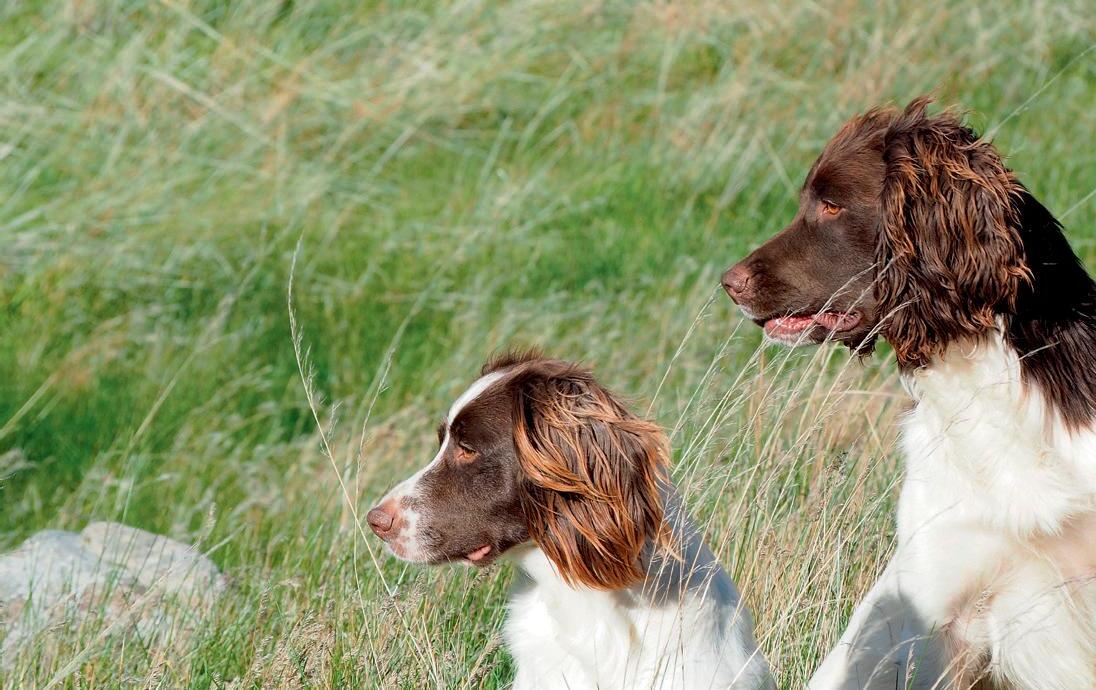


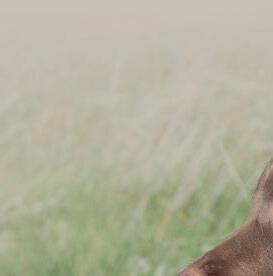
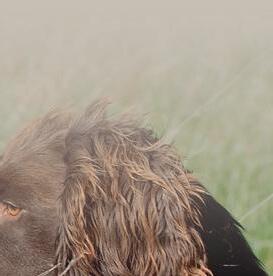
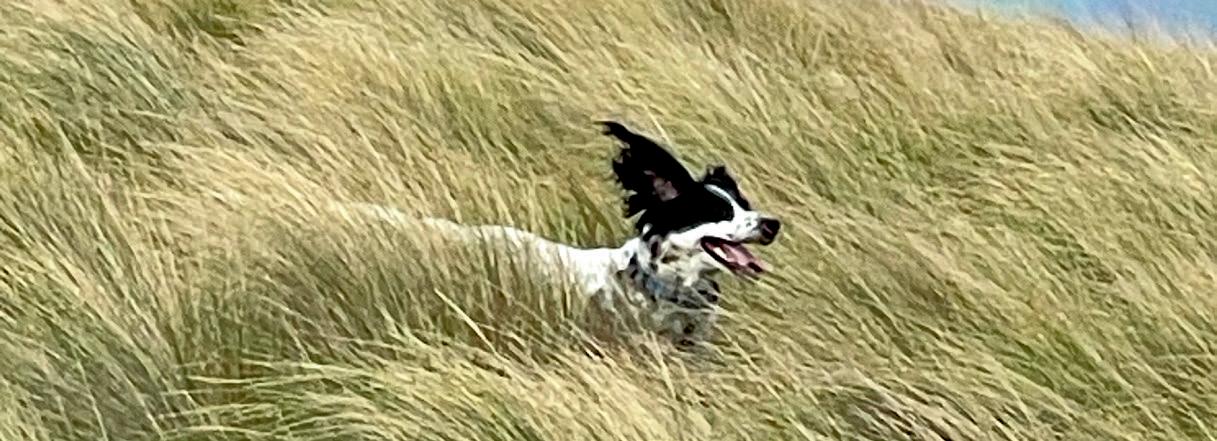
Puppies, part trained and trained dogs are sometimes available.
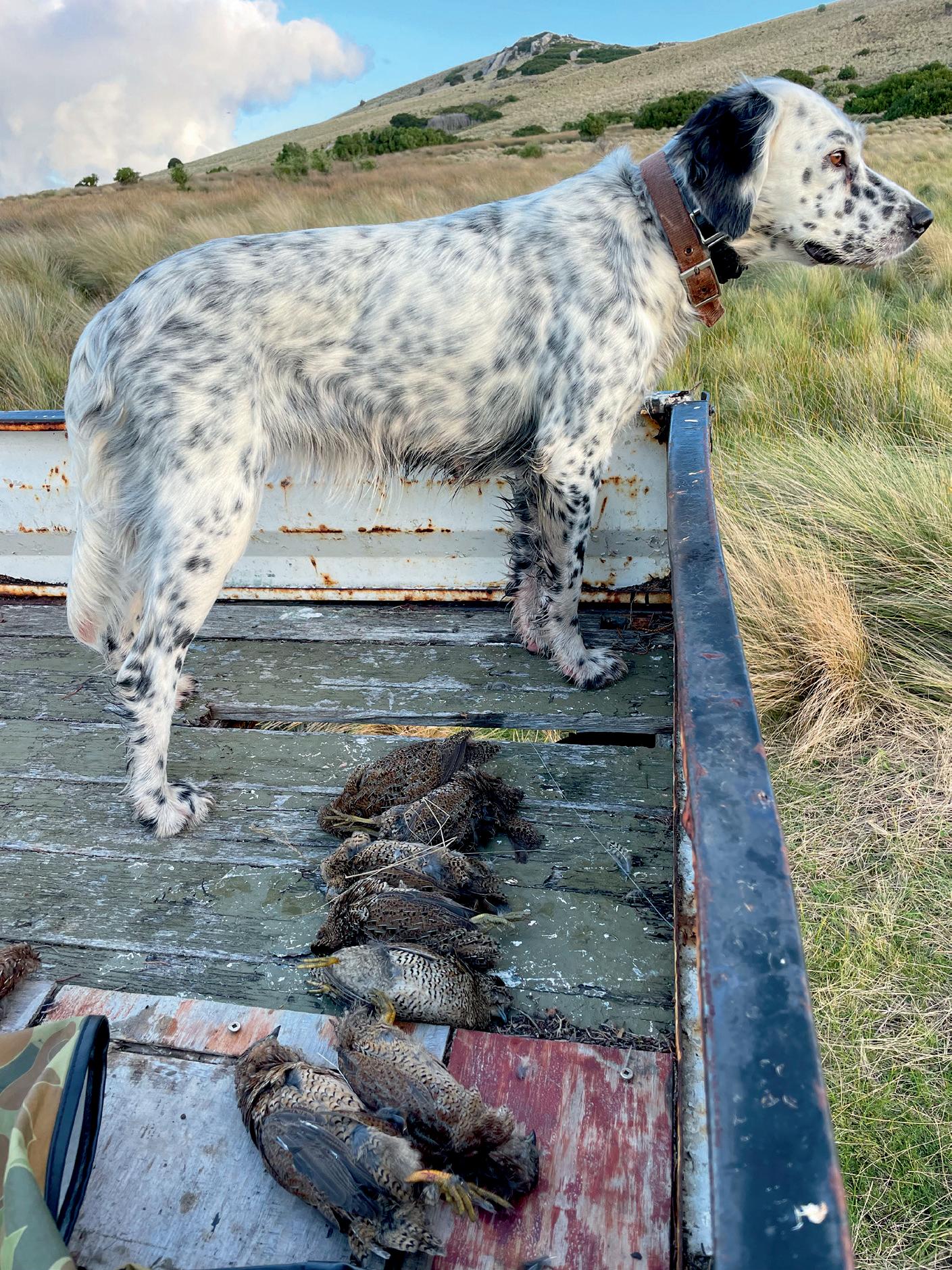
With the 2023 Field & Game Australia ASF National Carnival coming up soon, we had a chat with 2022 National Champion Adam Hirchfield about how he became involved with clay target shooting and what his aims are in the sport.
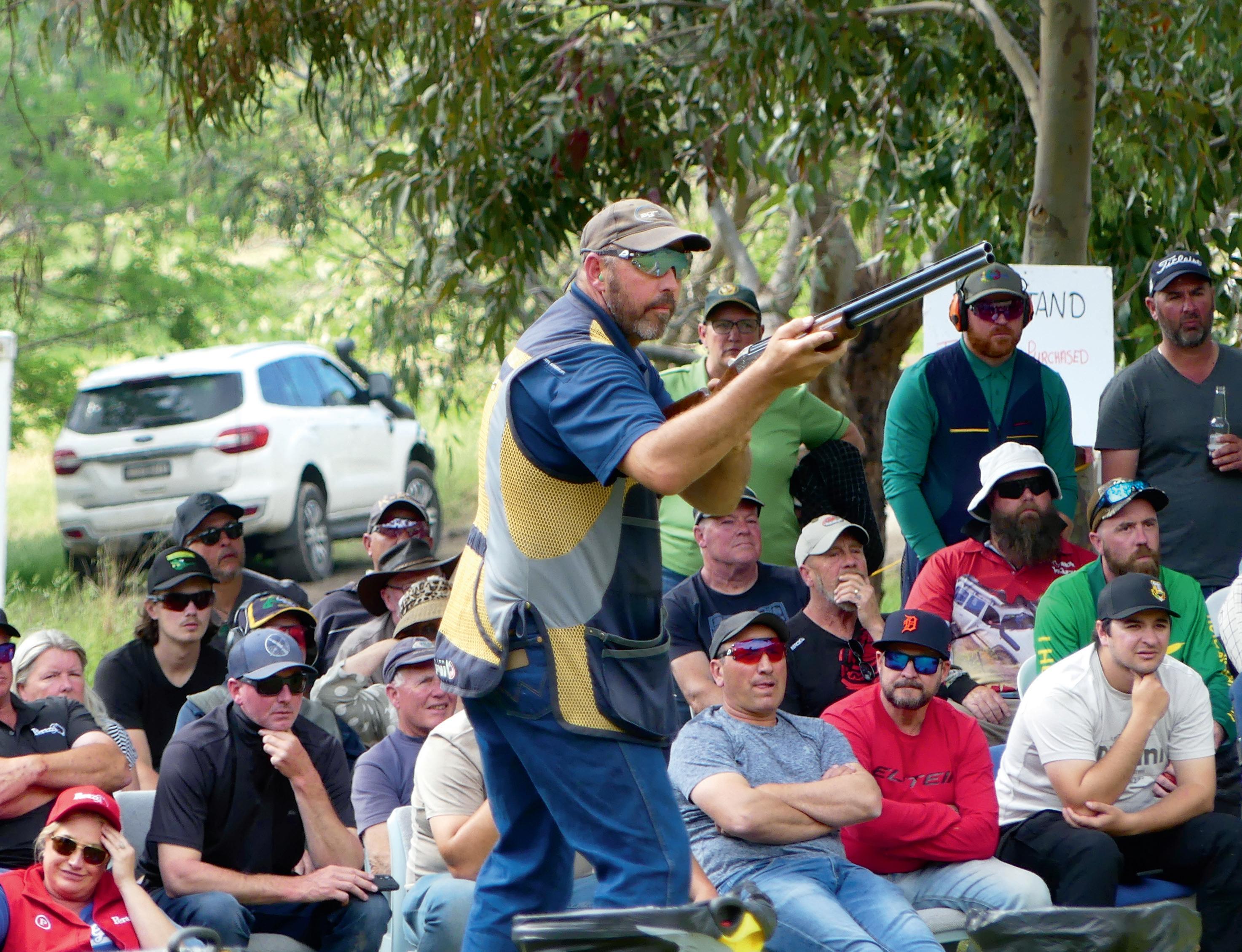
How old were you when you began shooting, and who introduced you to the sport?
“I started shooting clays when I was 15 after the passing of my father. It was a way for me to continue shooting under supervision. I was introduced to the sport by my dad’s best friend, Laurie Skinner.”
Where is your home club?
Traralgon Field & Game.
Which association / discipline did you begin with? Where did you attend your first event, and how did you go? Did you love the sport straight away?
Halston F&G was my first ever shot at a clay target. I was instantly hooked! Eating, breathing, sleeping clay target shooting. I
shot a 15 and 17 at this shoot.
Do you now shoot more than one discipline? If you had to choose a favourite, which would it be, and why?
I shoot Sporting Clays and Field & Game and enjoy them both equally.
How often do you shoot?
As often as lifestyle, family and finances permit. I would attend roughly three or four shoots a month.
How do you prepare for a big event? Are there any special routines you use in the lead-up?
Preparing for a big event I like to get to as many shoots as I can for around six to eight weeks prior. I work a physical job, so where I can I like to lighten my work
schedule in the week leading up to the shoot. I also try to look after myself by eating well and getting plenty of sleep.
Do you see any benefit to shooting at grounds with a similar terrain to where the FGA nationals will be held, in the lead-up to that event?
I absolutely see benefit in shooting similar grounds in the lead-up. I also like to include shooting the same format in my training i.e. three double barrels and one pair per station.
What gun do you shoot? How long have you had it?
I shoot a Krieghoff K80 Parcours. I've had this gun for about seven years. I recently had a custom-built stock made for it which I'm extremely happy with.
What ammo do you use? Do you ever change your ammo brand or load?
I have changed ammo several times over the past few years due to availability. Most recently I have shot B&P F2 Legends in 8s and I find them terrific.
What chokes do you use? Do you ever change them, and if so, why?
My gun is fitted with Briley thin wall chokes half and full. These I don't change. I don't change because I am confident I have all presentations covered with these.
Do you ever shoot gun up? Are there any particular kinds of target that you believe are easier to shoot that way?
I don't shoot gun up unless I feel it absolutely necessary – like for a quick straight-away or driven. I do like to shoot half mounted on
targets that have limited air time.
For you, is the sport about testing yourself against others, or is the toughest competition actually yourself – as in always striving to improve?
For me the sport is a platform where I can compete and push myself to the limit mentally and emotionally. There are so many great shots in Australia, and I feel there is no benefit in comparing myself to anyone else.
Most memorable shooting achievement?
I don't have a most memorable moment, rather a compilation of memorable achievements. If I had to choose one prior to this national it would probably be my
win at the Victorian State Titles in 2019. I learnt a lot about myself that weekend and it came with a new PB of 98 on the second day.
What do you love about clay target shooting?
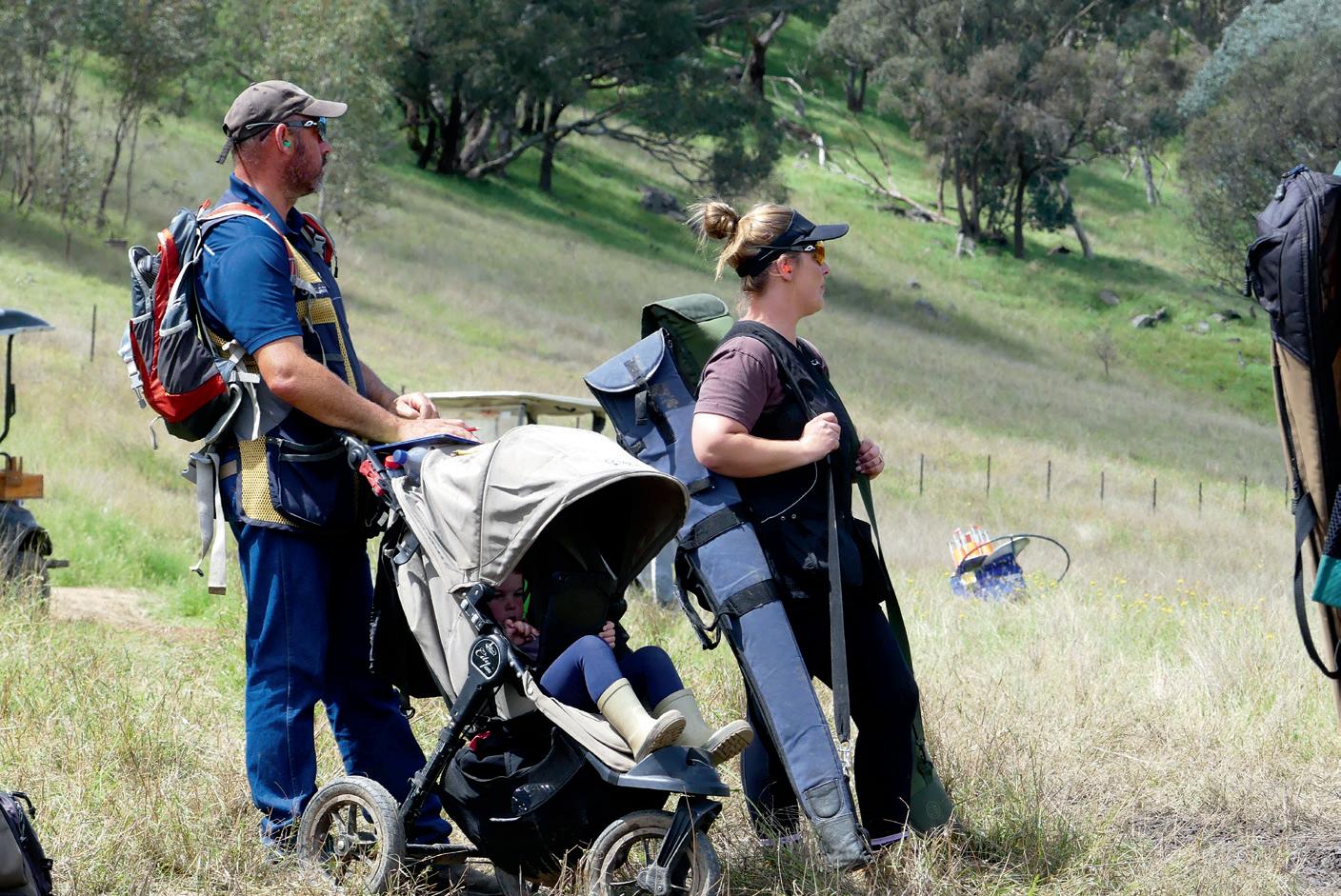
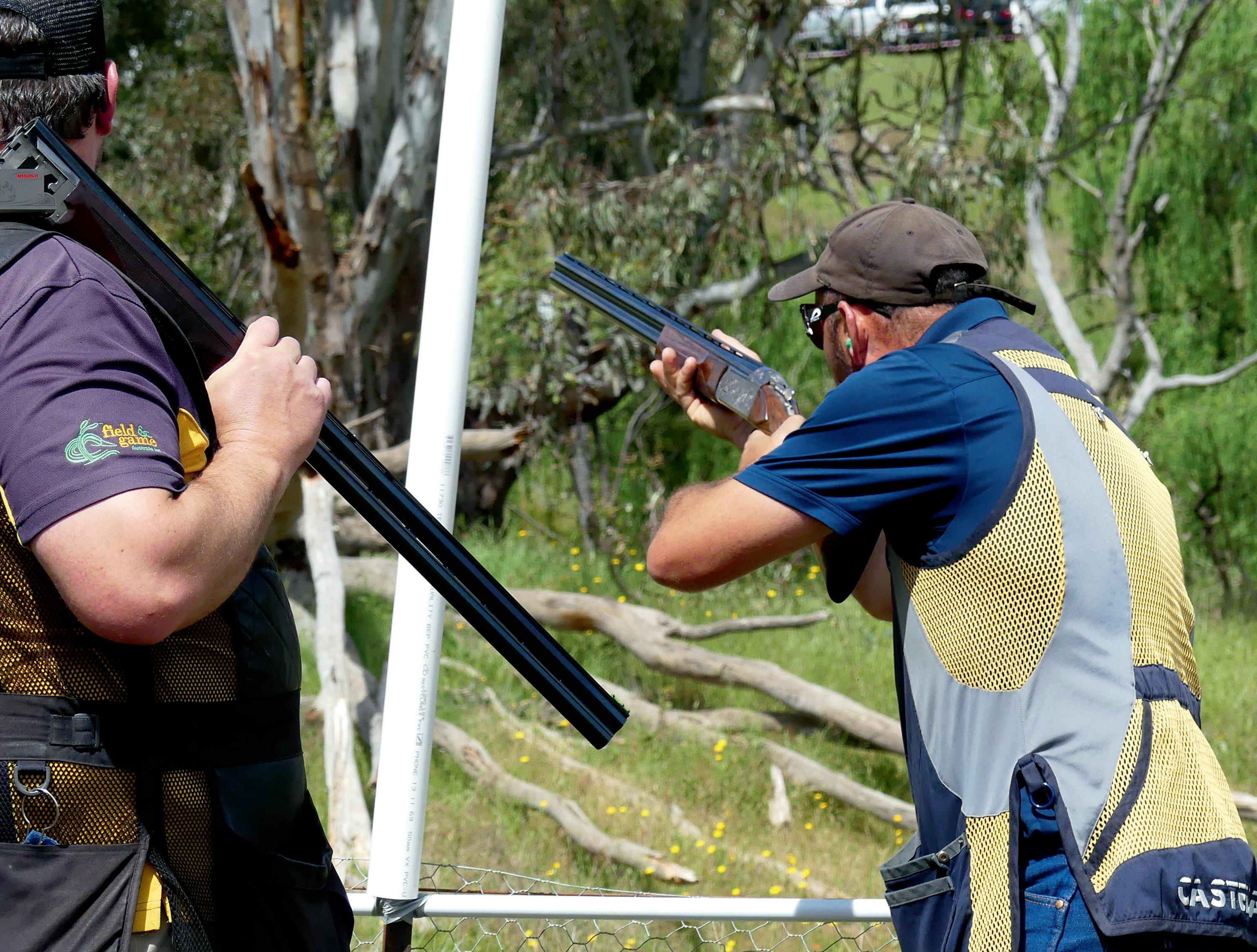
What I love about clay shooting is … pretty much all of it. The continuing endeavour to perfect my own game, watching other people triumph, sharing stories with other like-minded people.
Do you plan on defending your title at this year’s FGA National Carnival?
I am looking forward to this year’s national carnival, however I’m not looking at it like a title defence – more the case of a good weekend away shooting.
We haven’t been doing a lot of shooting this year, but this will increase in the leadup to the carnival.
I have only ever shot Clunes once and that was in 1996 as a junior – and from what I can remember it was an awesome ground. I can’t wait to see what the set-up crew do with the terrain. The part of the carnival I look forward to the most is the two days of shooting shot over six different layouts. I love this format.
The exciting terrain at Clunes Field & Game will echo to the sound of hundreds of shooters enjoying this year’s Field & Game Australia National Carnival when it is run across four days encompassing the weekend directly before Melbourne Cup. >>

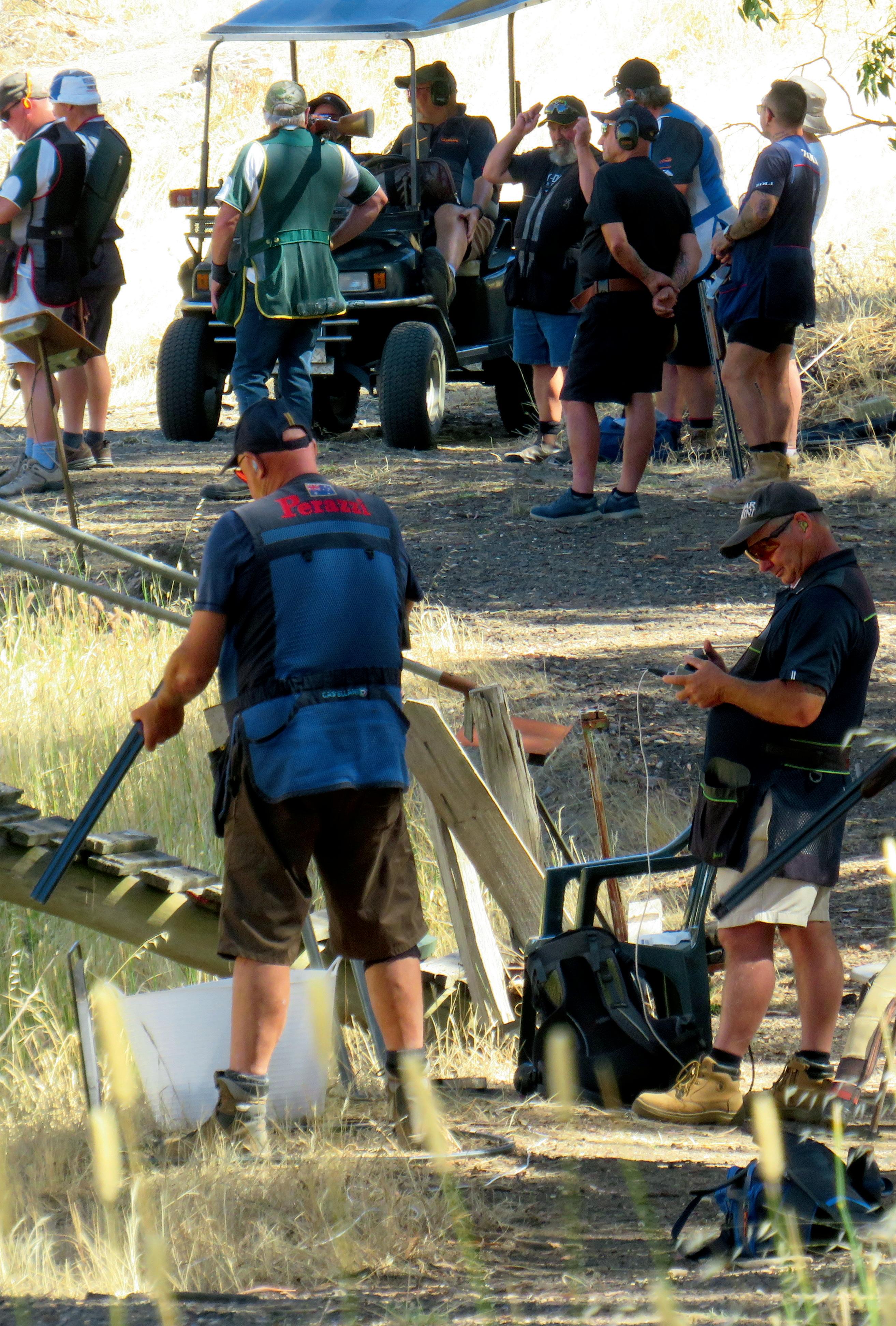
Drawing a record number of 546 competitors last year when the national carnival was held at Wodonga-Albury Field & Game, the crew at Clunes is hoping to surpass that number and achieve the maximum capacity of over 600 shooters this year.
There will be six grounds in action at Clunes and this year’s main event will be 150 targets, with 100 targets on the Saturday and 50 on the Sunday. For those able to manage an extra day off work on the Monday, there will be a 100-target English Sporting event (all targets thrown as simultaneous and on-report pairs) which is sure to provide an exciting challenge for competitors and excellent entertainment for spectators.
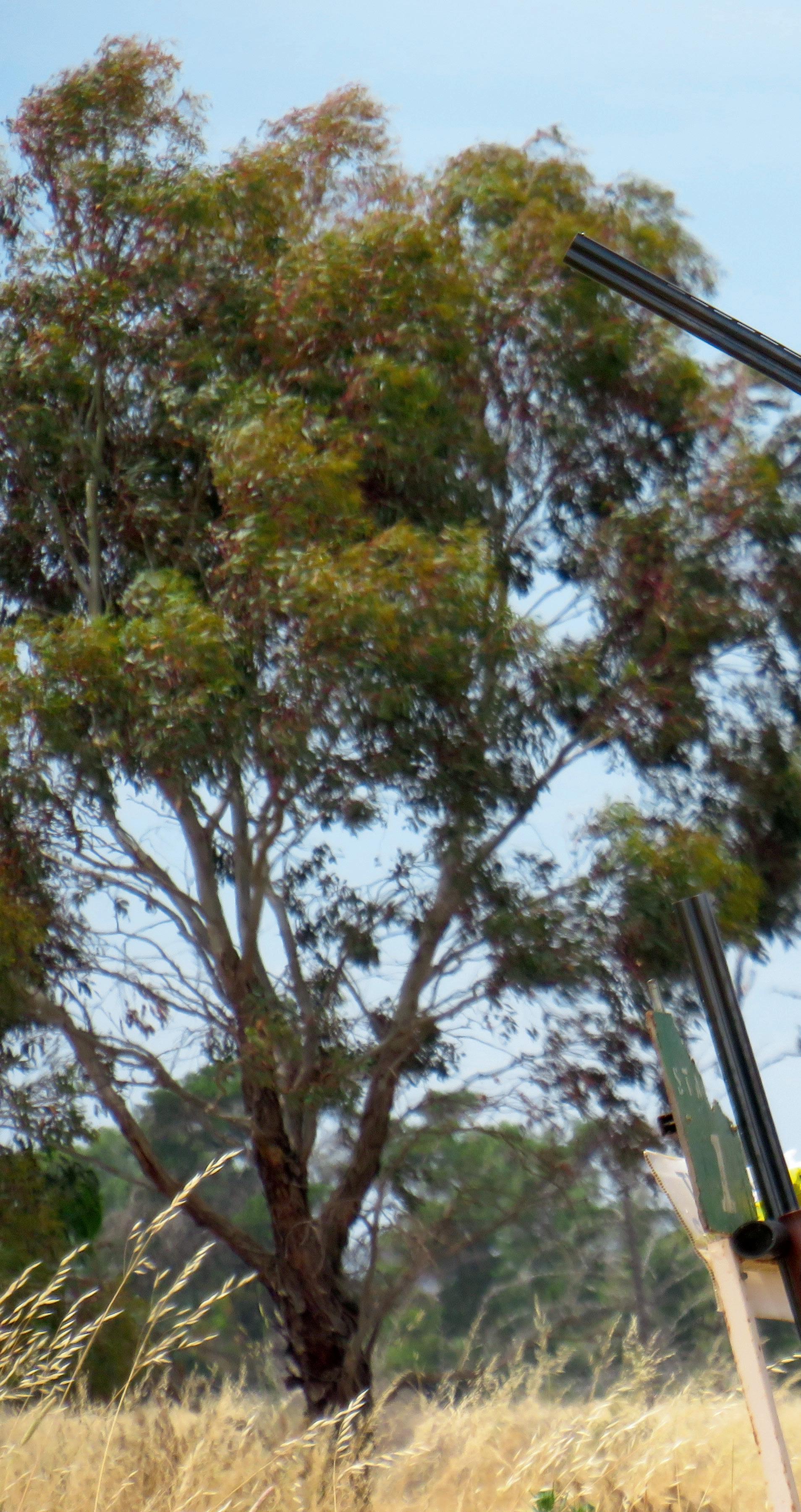
Once again lending their ground-setting expertise for the nationals are Metro Field & Game’s Peter Hall and Wodonga Albury Field & Game’s Simon Hore, who will be responsible for the design of the course for the main event – and given the terrain on offer, we’re sure shooters can expect some fantastic targets.
Following the conclusion of the main event on Sunday, a top-10 shoot-out will be held in which the competitors with the top 10 scores off the gun will battle it out for an extra honour. This year’s shoot-out will be a more fast-paced version of last year’s event which proved popular with spectators.
Anyone who would like to work on their shooting technique or iron out any problems will be able to do so, with a couple of practice grounds to be available across the weekend from about noon on Friday, November 3.
The sponsors for this year’s Field & Game Australia National Carnival include Beretta, Bronze Wing, My Mates Outdoors, OSA, OTC, Sulun Arms, Top Shot Industries and Winchester Australia, and Field & Game Australia welcomes any other potential sponsors to get in touch and get on board.
Trade stands and other vendors will also be operating from the Friday, with demonstrations planned to be held by various equipment and ammunition providers including some new exhibitors – and shooters are encouraged to drop
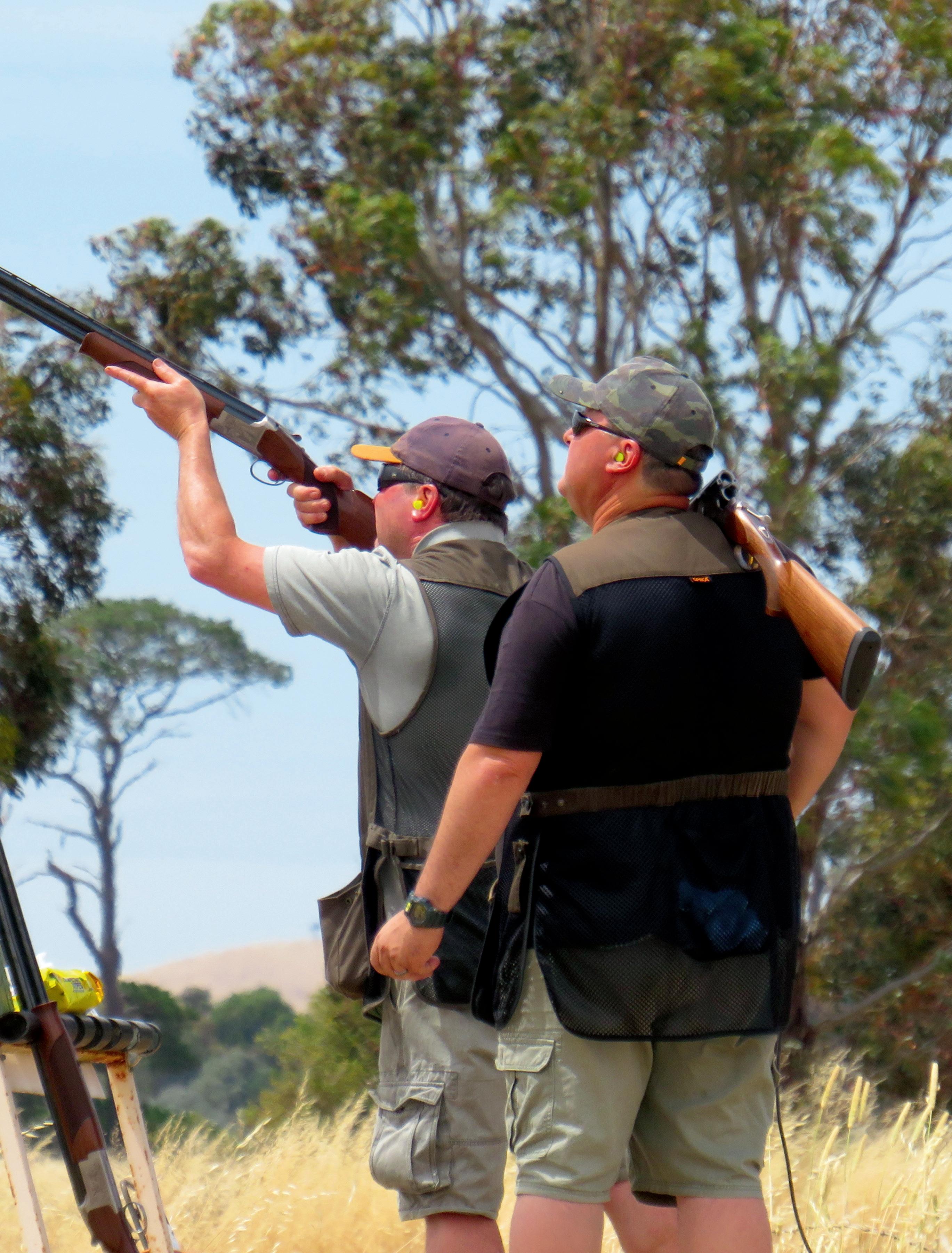
in, see what’s on offer, get hands-on, and support those who support our sport.
For those coming to Clunes from afar – or those who just want to be close to the action – camping will be available nearby, with more details to be provided as they come to hand; keep an eye on the Field & Game website and our social media channels for updates.
The Clunes branch canteen will be in operation from Friday to Monday for breakfast and lunch and into the afternoon, offering a range of food and drink options for hungry and thirsty shooters and spectators. A coffee van will be on-site across the weekend, and a High Tea event is also being planned for between noon and 2pm Sunday; this will be a ticketed event offering tea, coffee, sparking wine and various finger foods. The carvery is also expected to run again this year, on the Sunday evening.
Field & Game Australia staff and board members look forward to seeing everyone at Clunes for what is sure to be an actionpacked weekend of competition and camaraderie. Don’t miss it!
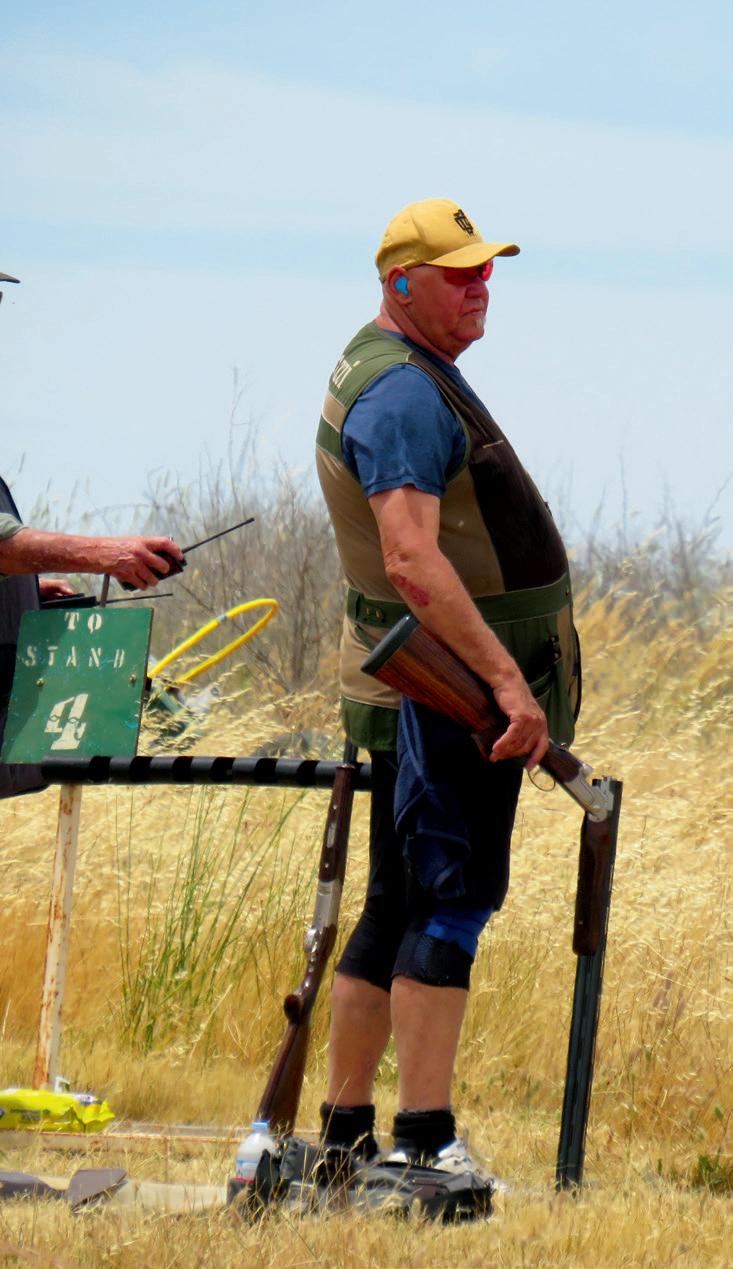
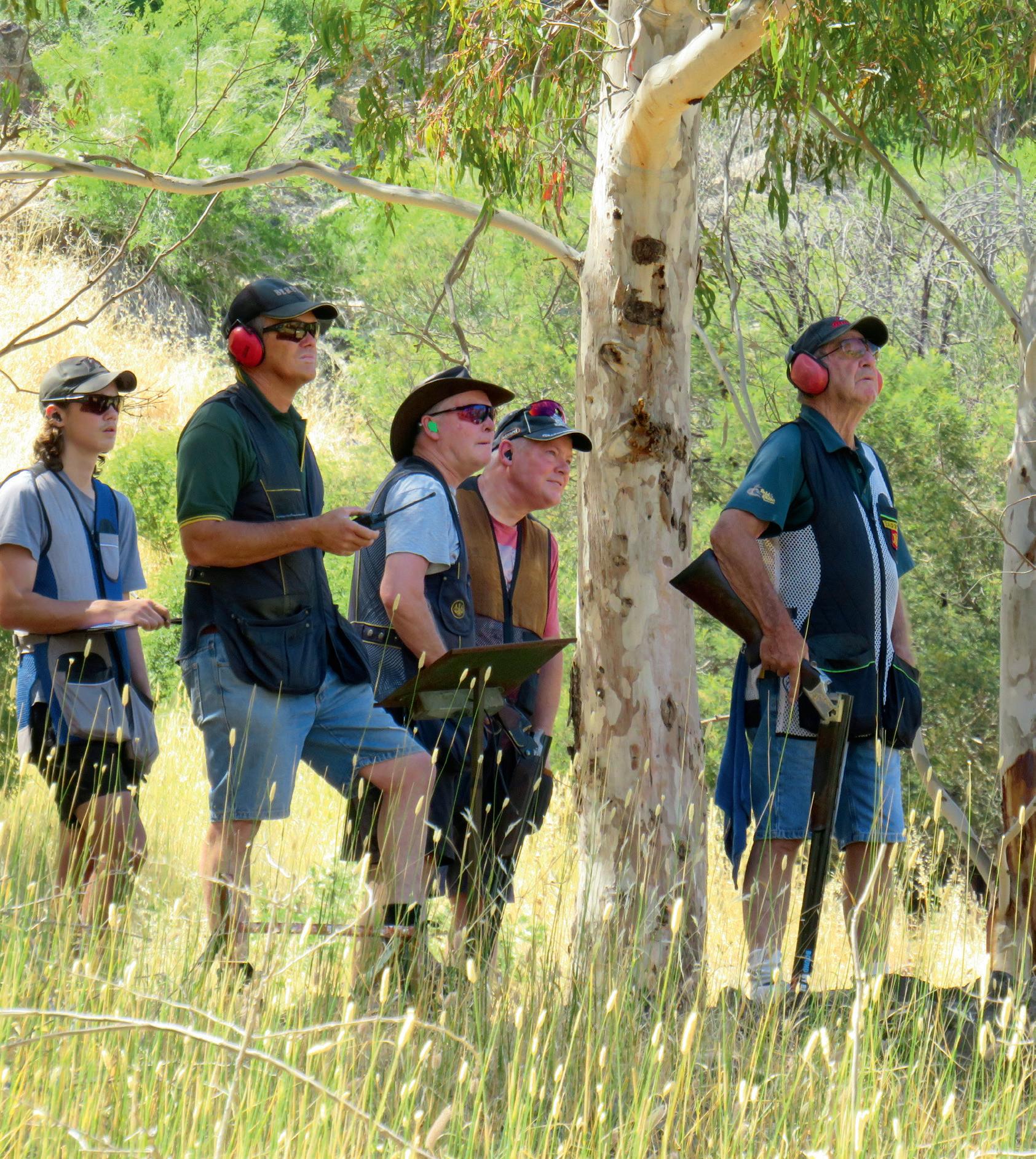
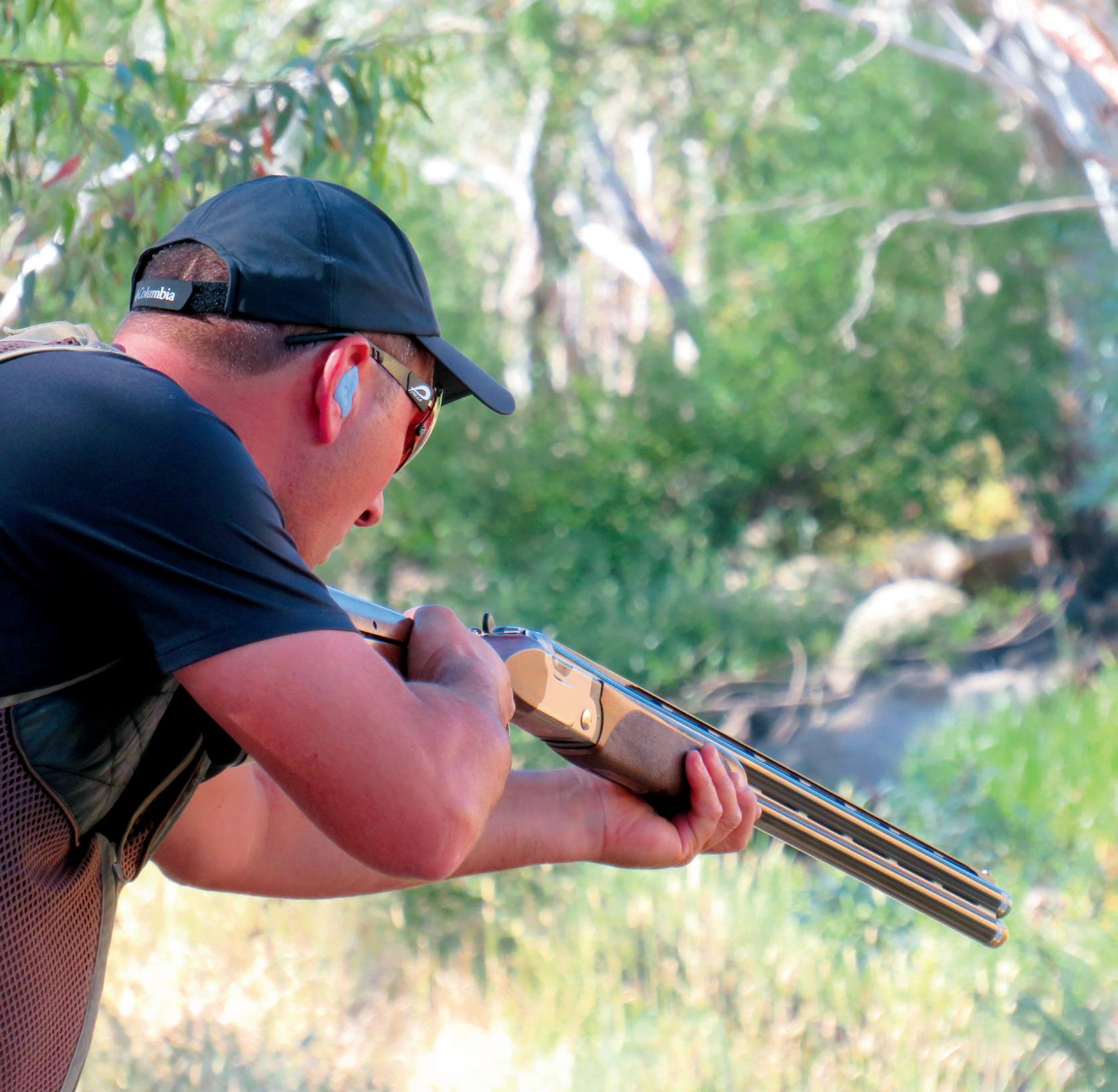
If you or your travelling companions have some extra time on your hands during the carnival, the area in and around Clunes has plenty to offer.
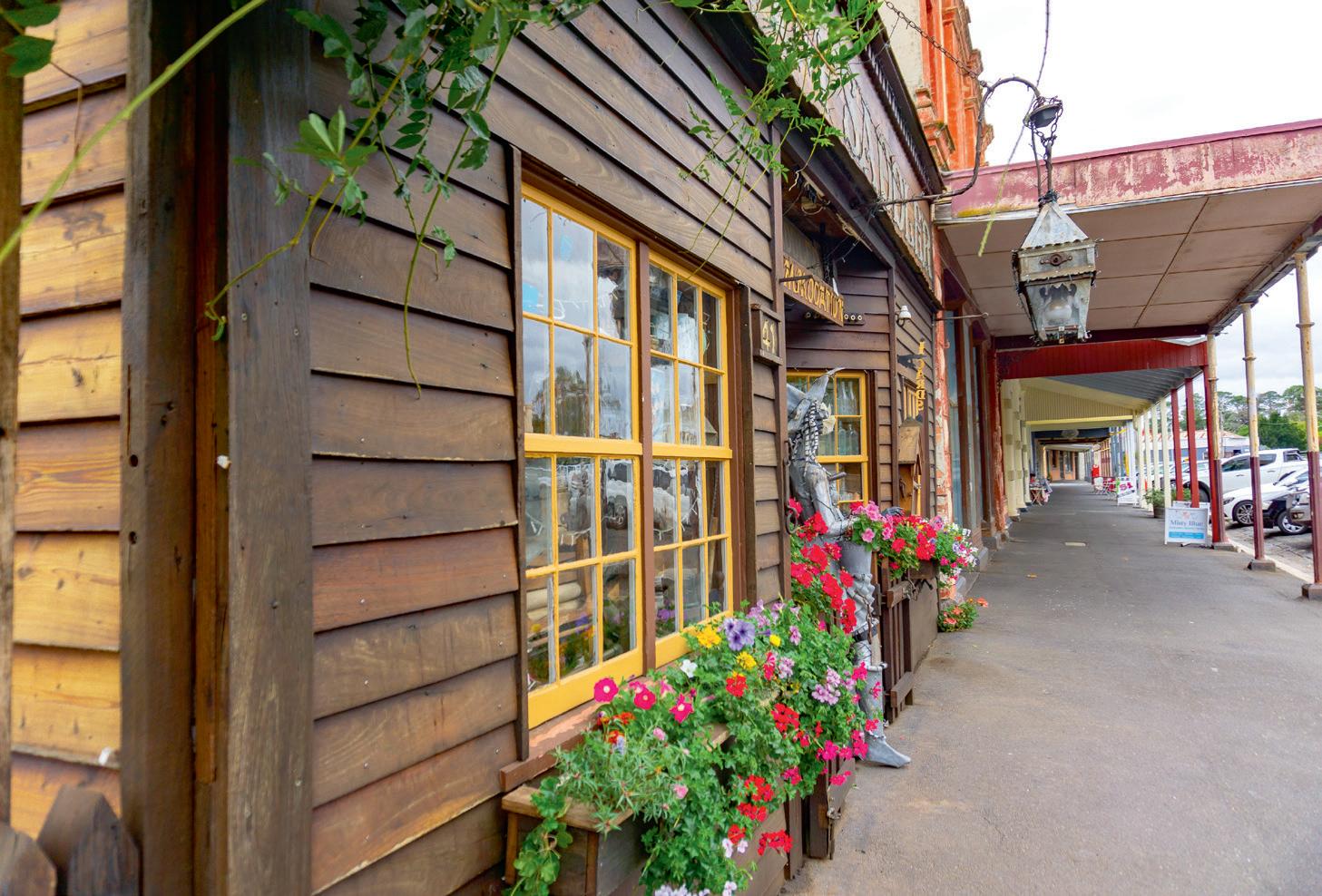
The town of Clunes is itself rich with history. As the site of Australia’s first registered gold discovery in 1850, it played a leading role in the gold rush and attracted thousands of fortuneseekers to the area.
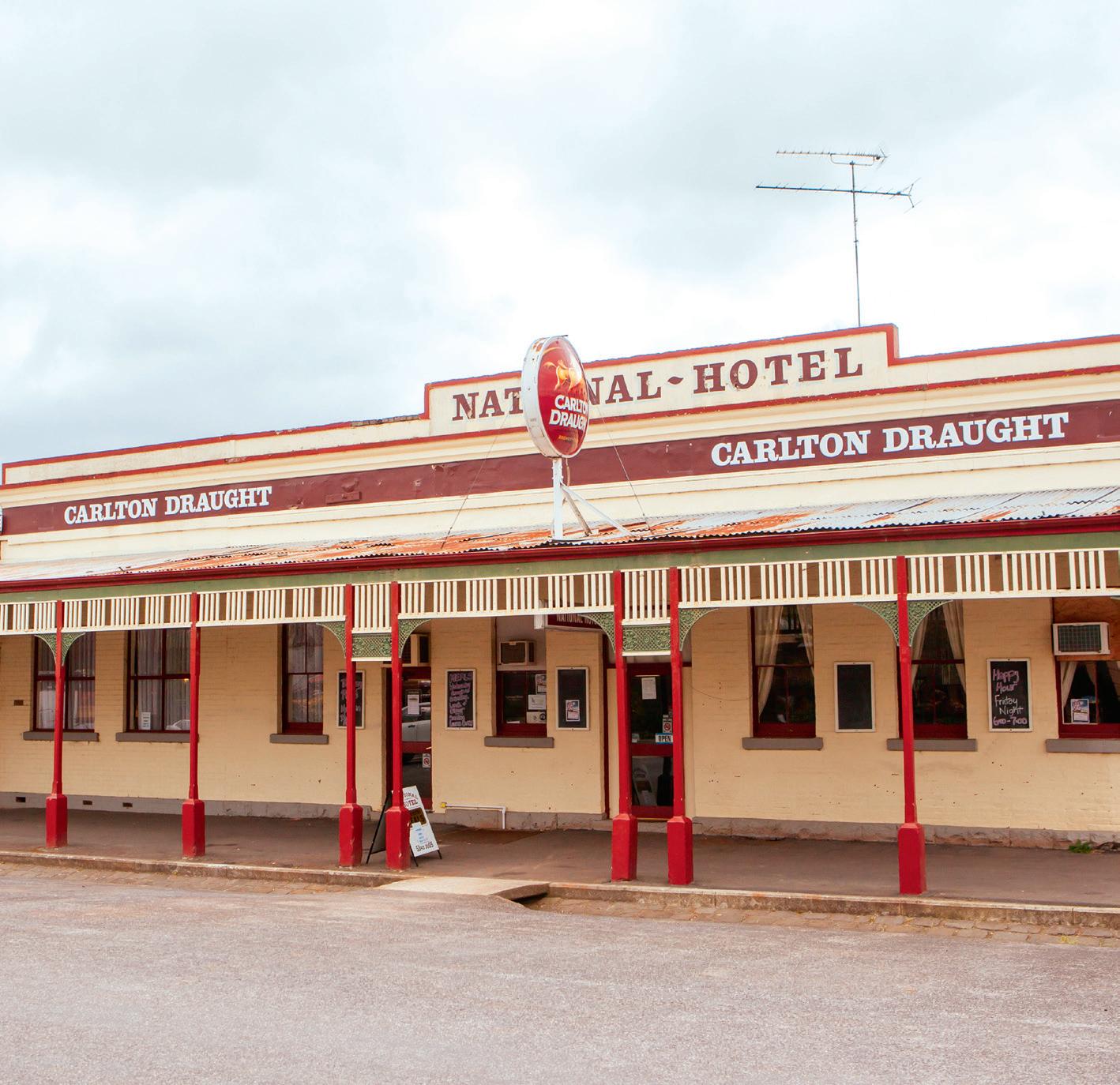
Evidence of those rich times still exists in the form of many beautiful and well-preserved 19th century buildings, including the National Hotel (1862) and the Union Bank (1865). Such is the uniqueness of the streetscape, it
has been the setting for a number of Australian movies, TV series and advertisements.
The local museum has excellent permanent displays and is a great place to find out more about the history of the Clunes area.
If history is not your thing, there are plenty of other options – from checking out the antique and collectables stores, to enjoying great food and wine at the local restaurants, wineries, cafes and pubs, or perhaps more active pursuits such as bushwalking, rock climbing, hiking and even gold prospecting. Who knows, maybe you’ll strike it rich!
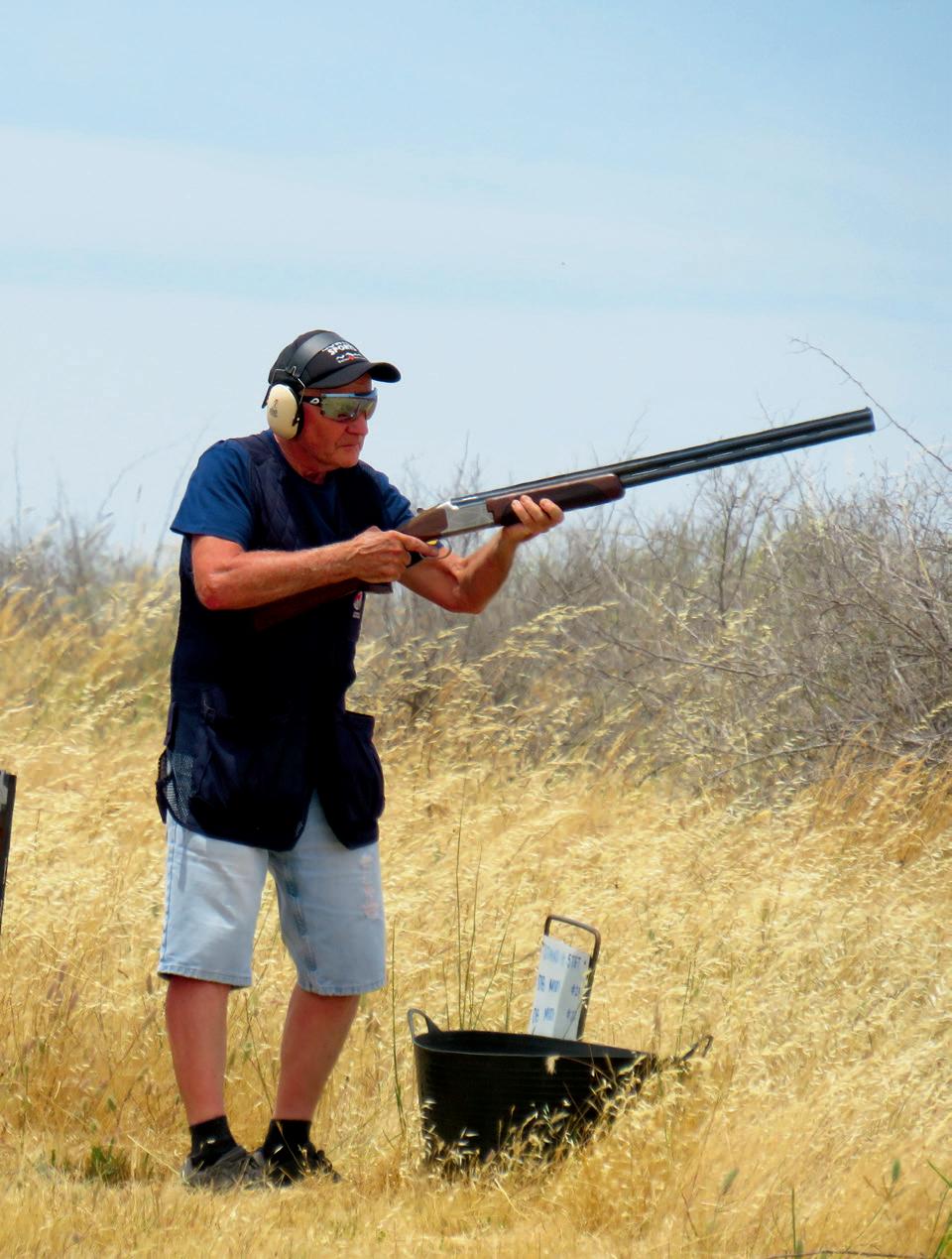
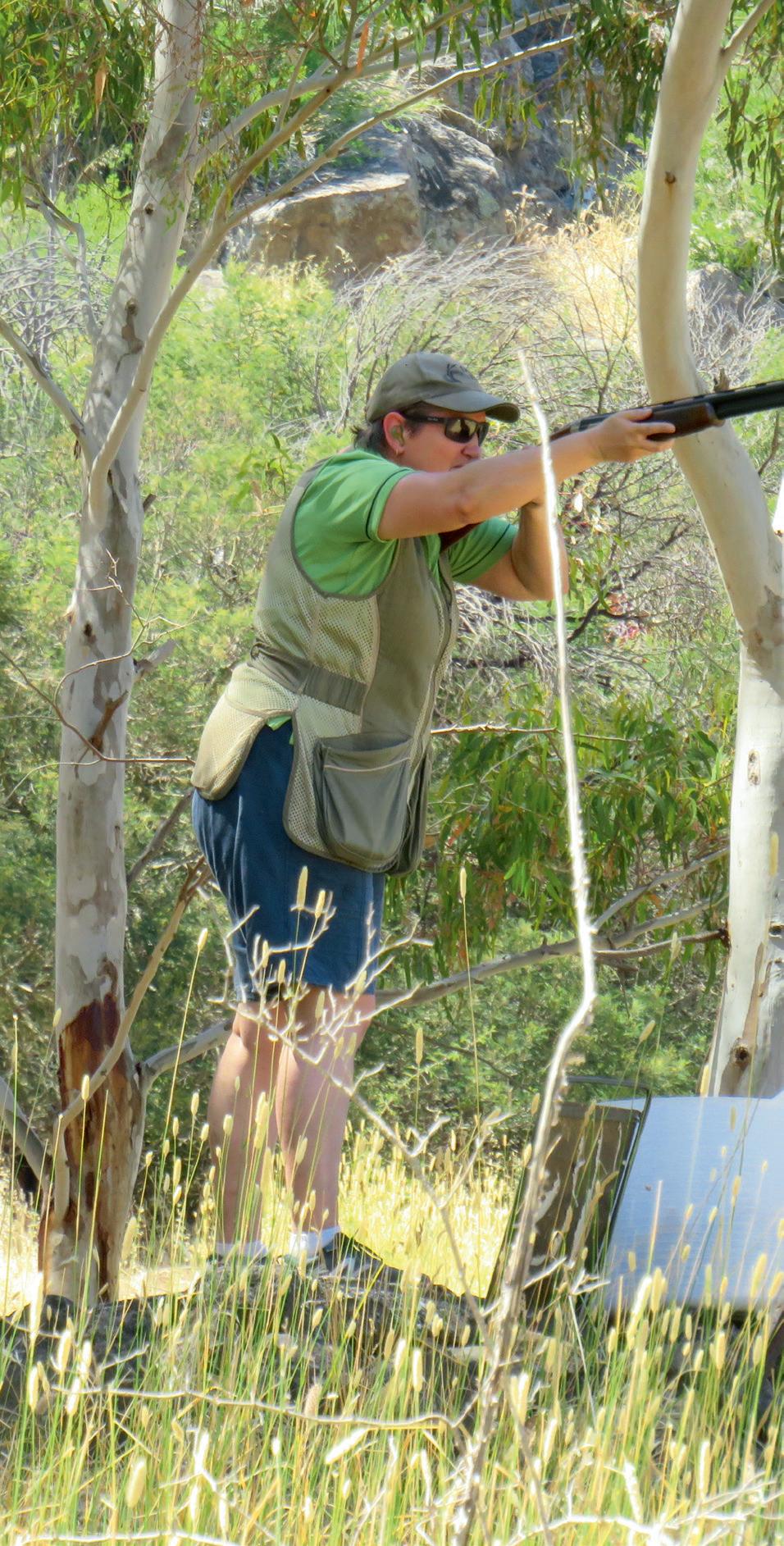
The 150-target main event – the Field & Game Australia National Championship – will be contested across two days, with 100 targets on the Saturday and 50 targets on the Sunday and competition set to begin about 8am both days. With the capability of hosting more than 600 competitors, it is hoped the shooter turnout will surpass the record set last year of 546 competitors.
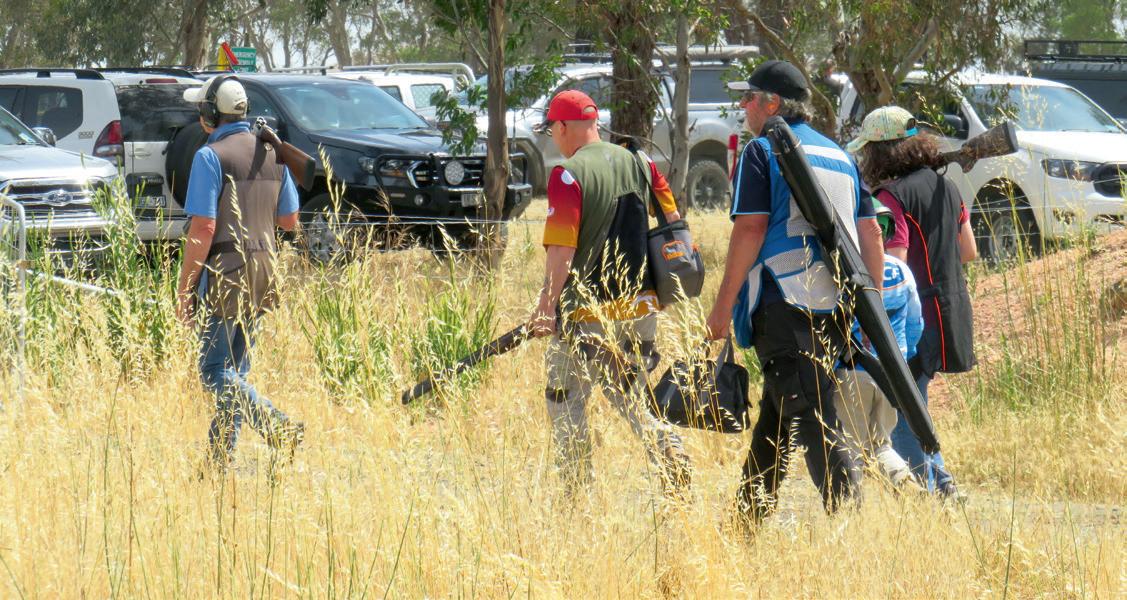
This year’s national titles will be contested over six grounds each with five stands, allowing 180 shooters to be out on the course at any one time, ensuring the timely and smooth progress of the event.
Nominations can be made on My Clubs My Scores and the cost for the main event is $199 for Open competitors and $159 for Juniors.
Those who wish to squad together with family members or friends will be able to nominate a maximum of three shooters in the one squad.
This year the popular English Sporting event will be held on Monday, November 6 from 8am, with the aim of encouraging shooters and their families to make a long weekend of it and enjoy more of what the region has to offer – possibly staying on in Clunes on Monday night and traveling on to Melbourne Cup festivities on Tuesday.
The cost of the English Sporting event will be $120 for Open competitors and $80 for Juniors.
Practice: from Friday, November 3
It is envisioned that two 5-stand practice grounds will be available from about noon on the Friday and across the weekend, with cost per round yet to be decided.
Nominations can be made for the Field & Game Australia National Carnival events on My Clubs My Scores now.
And if three days of shooting isn’t enough, Sale Field & Game will be holding a 50-target graded ASF event on Melbourne Cup Day, with 5-stand and skeet also available.
So, gather your mates and make an extra-long weekend of it!
The clay target discipline called English Sporting began in the early 20th century, with the intention that the style of shooting would mimic the experience of hunting game birds in the wild.
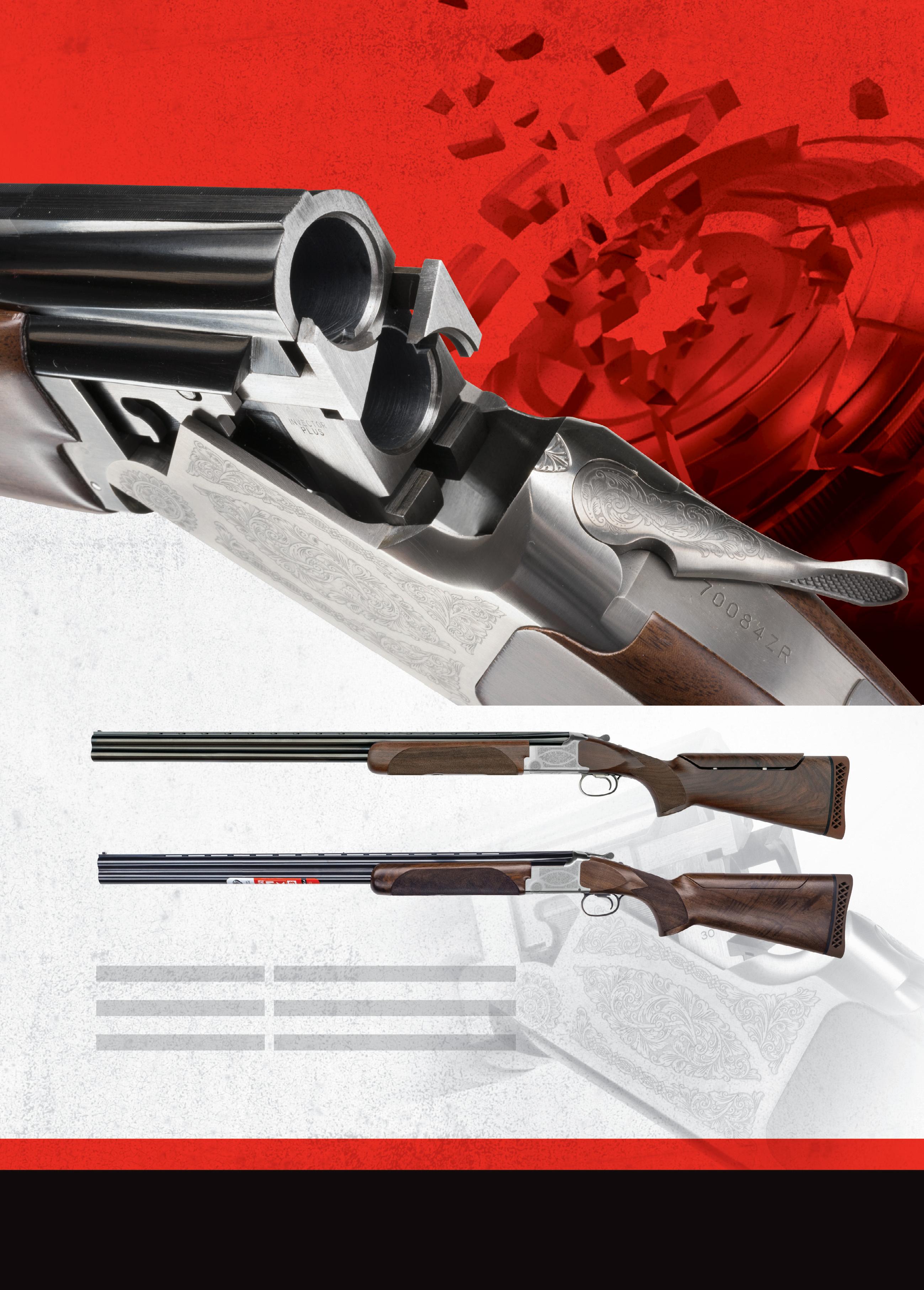
Clays are thrown in pairs – simultaneous, on report, or rafale (following) – and the shooter may take one shot at each or two shots at the same target.
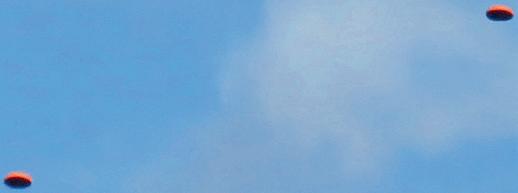
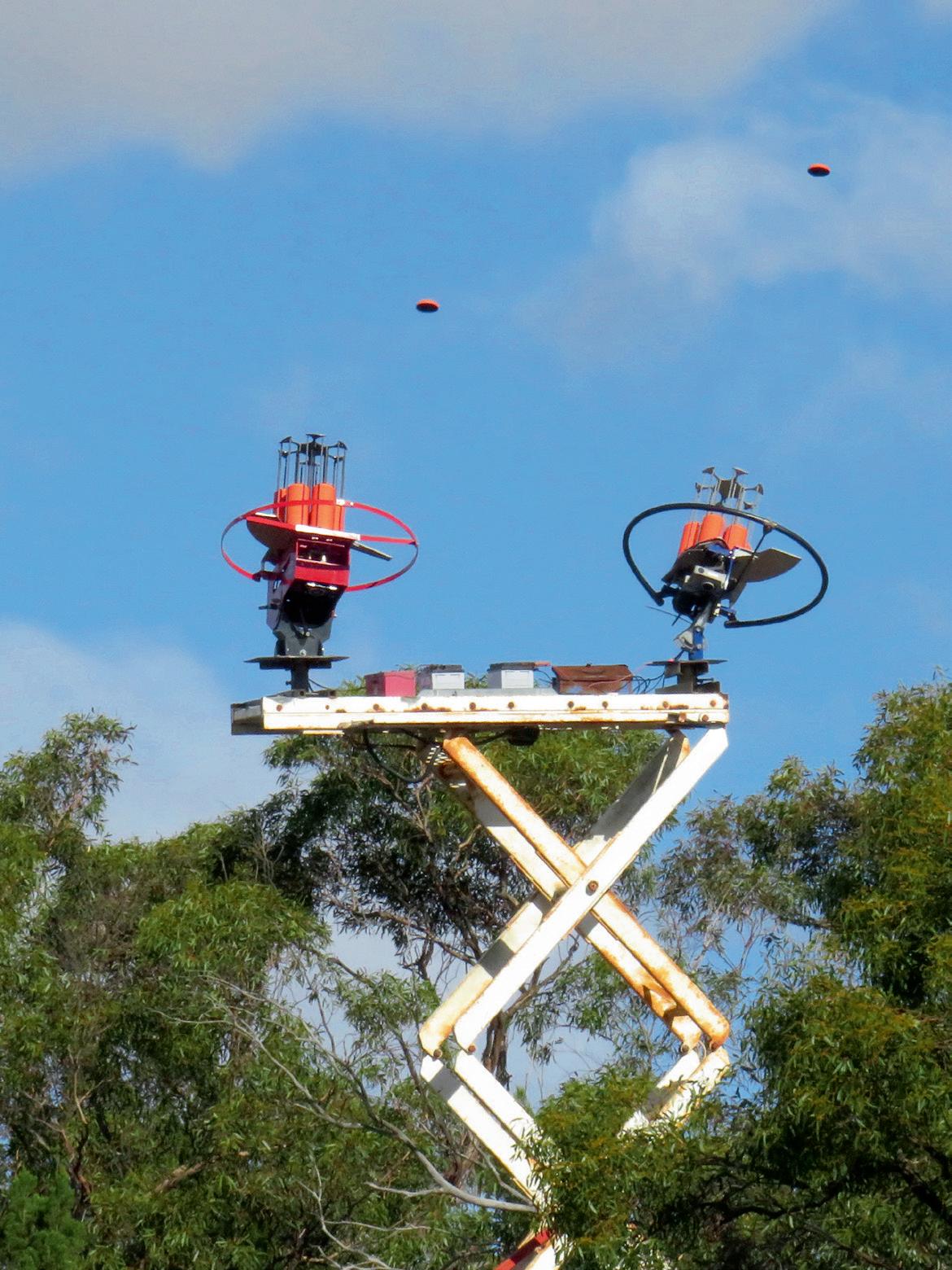
English Sporting has seen a rise in popularity in Australia in the past couple of years, with more clubs choosing to hold these events.
While offering an extra challenge for the shooter, the format also tends to be a faster-moving one, either allowing more competitors on the day or an earlier finish than what could normally be achieved with the same number of competitors shooting a standard competition.
DETAILED SCROLL ENGRAVING
Available Barrel Length 30” & 32” Grade 1 30” Left Hand also available
GAUGE 12
CHAMBER 2 3/4”
STOCK GRADE 1 or 3
PULL LENGTH 375mm
COMB Adjustable
FOREND
TRIGGER Adjustable CHOKES INCLUDED Fixed 3/4 & Full or 4 x Invector Plus RIB WIDTH 10mm
SIGHTS White Bead with Mid Bead PAD Curved Trap Rubber
ADJUSTABLE COMB
The most versatile, and highest quality entry level trap gun on the market. This gun can take you to the highest levels. Shooters like Mark Marshall and Laura Woolley have used this gun in the UK and Australia to win major competitions, including national titles and even world championships.

“When you have shot one bird flying you have shot all birds flying. They are all different and they fly in different ways, but the sensation is the same and the last one is as good as the first.”
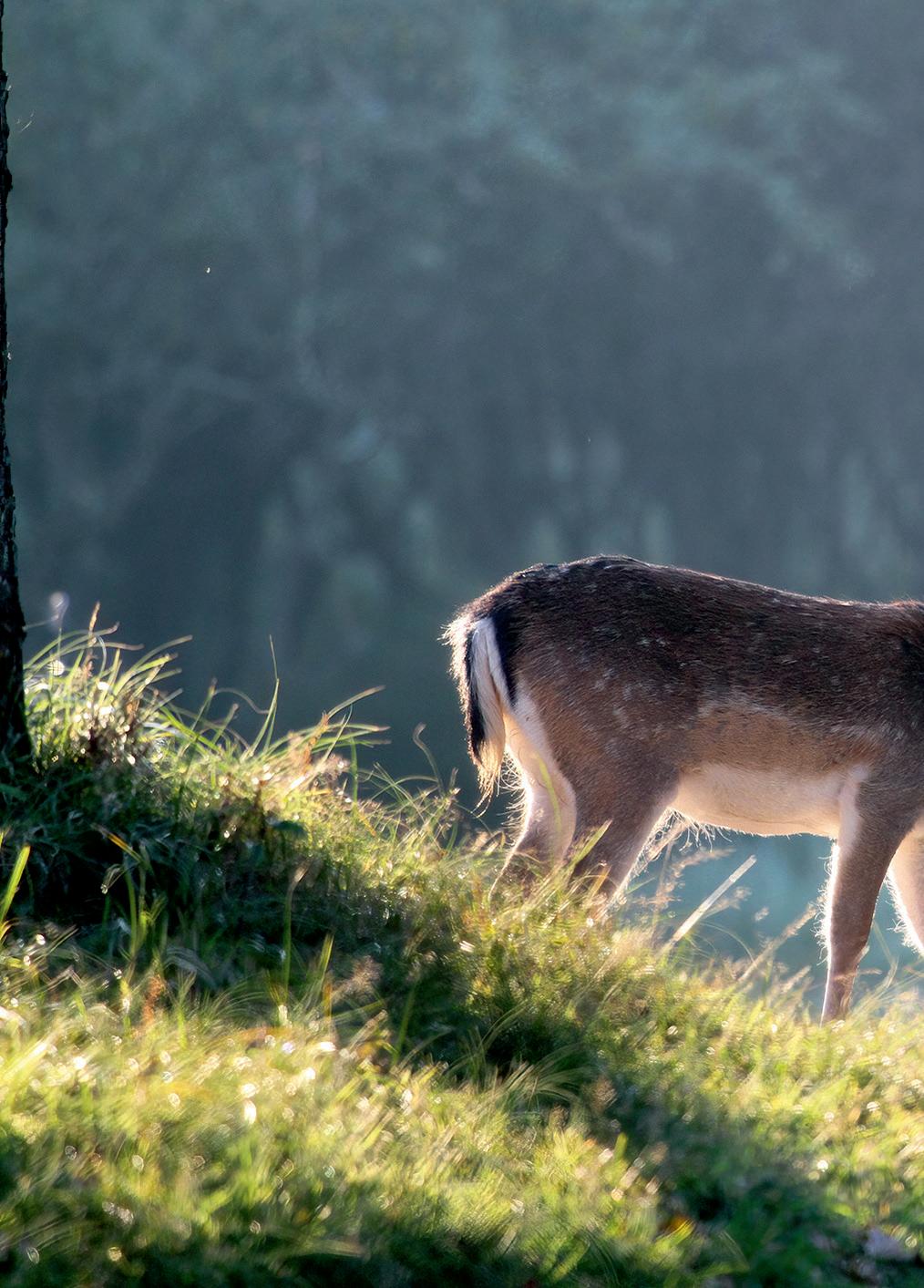
– Ernest HemingwayFallow doe.
Duck hunting over a spread of decoys in a remote corner of a backwater is quite different from “dam busting” or shooting on rice crops. They are all different, but all good. As Hemingway said, the sensation is the same.
Ikilled two deer recently: a fallow on private property and a sambar in state forest. They were different but the sensation was the same.
Sitting in the paddock below a bed and breakfast cottage, I could see why people pay more than $250 per night to stay here. The view over the valley below was spectacular. And while neighbours were quite close, there was a feeling of seclusion. Across the gully, there was a small herd of fallow deer, no more than 180m away; not a long or difficult shot for my 30-06.
However, I was not very familiar with the property – and the problem was, I could see two fences and I wasn’t sure which was the boundary fence and if the deer were on the right side of it. And if they were, could I drop one on this side of the boundary, or would it jump over? The problem resolved itself as the deer bounced off into a wedge of forest, prancing like their legs were pogo sticks, as fallow deer do. With that potential opportunity gone, I started on the short walk back to the car to go to the next property. I made a mental note to confirm which fence was the boundary.
A couple of hundred kilometres away … the management track had a locked gate to close it to vehicles. Walking along the track, it got rougher and rougher but more or less followed the river. I wondered to myself: at what point does it cease being a road? Can I load my rifle now?
I had previously seen a stag trotting on a ridgeline (even if there hadn’t been too many trees in the way, he was silhouetted against the sky, so there was no safe shot) and I’d also seen the rump end of a couple of hinds before they vanished into the bush. Although I’d seen deer, there was very little sign near the riverside camp. I decided to hike in a few kilometres to look where they would be less disturbed.
That night I tried out a new three-season lightweight tent. As I lay there, with wet socks on my stomach to dry them out (from a river crossing), I wondered if it wasn’t yet cold enough to move the deer down from higher altitudes.
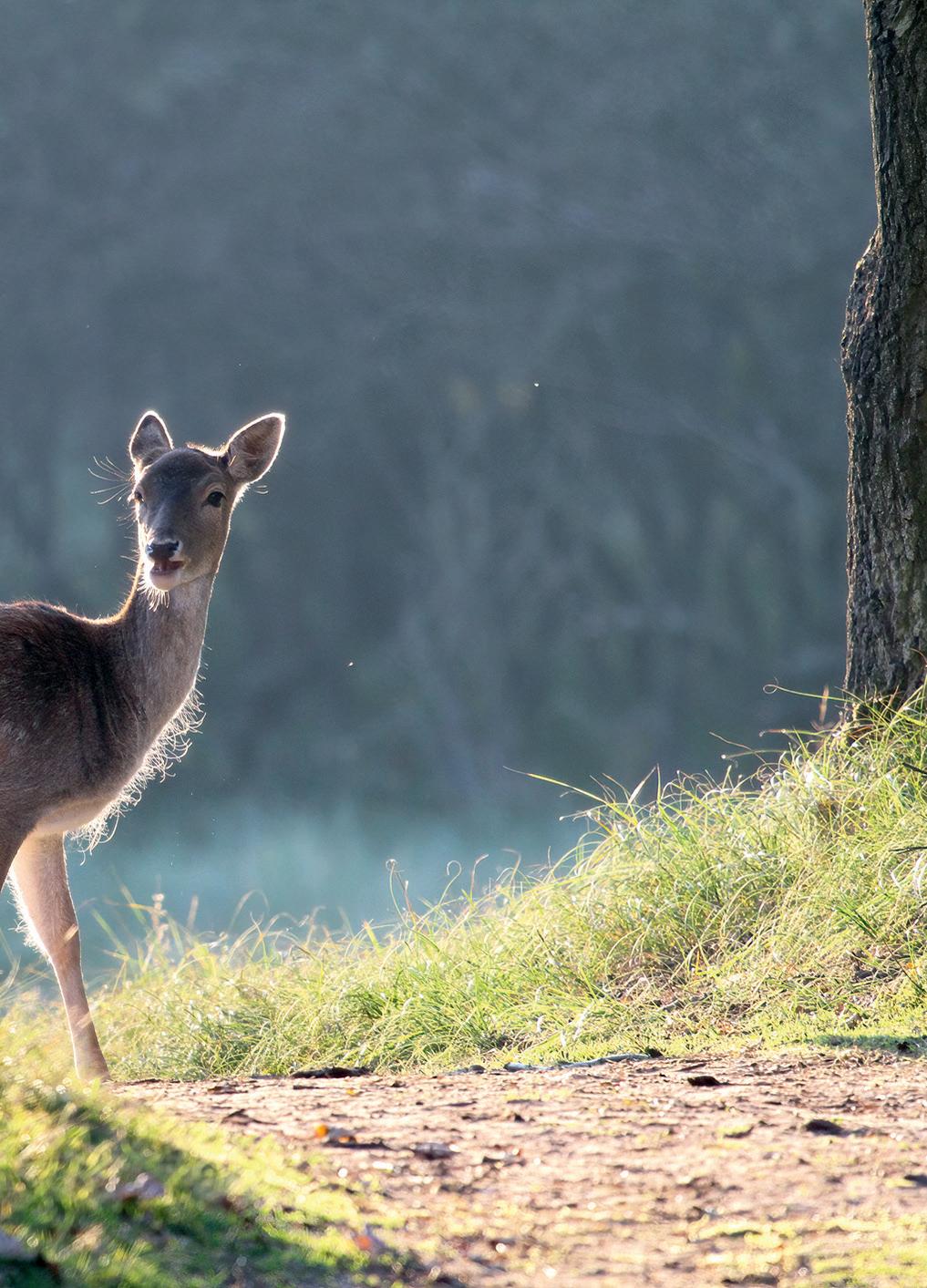
Thankfully there weren’t many mosquitos around, and I fell asleep listening to the river flowing over rocks and trying to remember Banjo Paterson’s Clancy of the Overflow:
And the bush hath friends to meet him, and their kindly voices greet him
In the murmur of the breezes and the river on its bars. Back in Gippsland, I had the use of a mud brick cottage for a couple of days. It was “off grid” but had solar hot water and electricity with batteries. Hot water and lighting is a bit of a treat when you come in after dark, bloody from gutting out a deer.
The doe I shot was no more than 20 metres away and I took the shot standing under the veranda on last light.
There are a couple of spots on the property that deer like to feed on. I’d been sitting and waiting about 100m from the house when I saw a doe in the general direction of the house. I couldn’t see the house and so, not being certain if I had a safe backdrop, I moved parallel to the deer, moving when its head was down feeding. By the time I’d caught up to it and got into a position for a safe shot, I was standing under the verandah! With a 150 grain Hornady Interlock that went through the heart and exited, the full-grown doe dropped in its tracks like it was hit by lightning.
With my heart thumping, I just stood there for a few moments, taking in some deep breaths and feeling different sensations wash over me. Then I dragged the carcase away from the house so as not to leave too much blood and guts on the ground close to the house.
In state forest, I was looking for sambar during the day, “walking them up” at an altitude of about 600m, two thirds or so of the way up to the top of the ridge. It had taken about an hour to get where I wanted to be. Moving quietly, as I came to every fold in the hillside where I could see new ground, I’d stop, look, and listen.
At one stop, a hind stood up and looked at me. From experience I knew I had only a few short seconds to aim and fire. At about 70 metres, the 338 Win Mag’s 225 grain Nosler Accubond went through the heart and through the far ribs, but the hind ran downhill and disappeared.
I took out some toilet paper to mark the spots where I shot from, where the hind was shot, and then waited a while before following the hind’s trail. She had run maybe 100 metres without a heart and now lay dead.
Sometimes, dead deer in the bush can seem as hard to find as a dead quail in a stubble paddock.
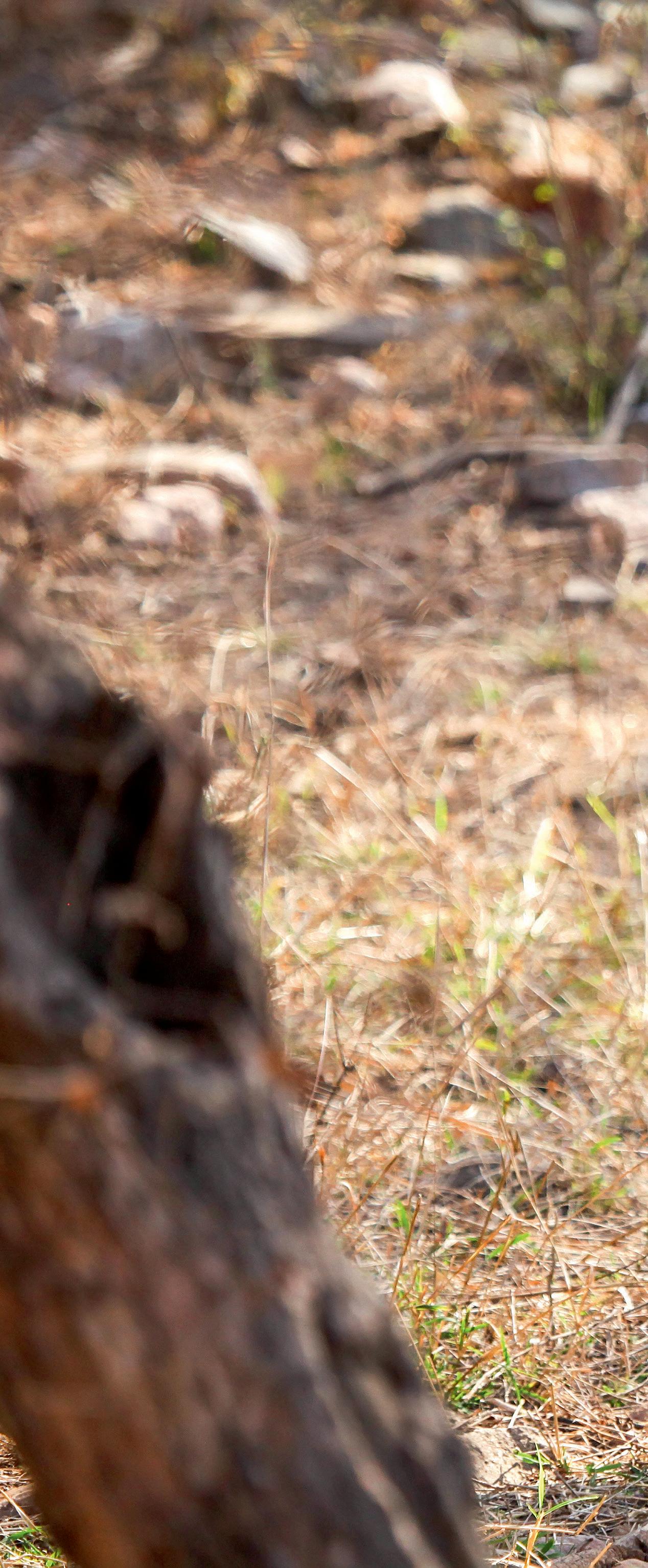
To paraphrase Hemingway, sambar and fallow are different and you hunt in different ways, but the sensation is the same and the last one is as good as the first.
Now it was time to get the venison back to the car, to carry it out. Easier with fallow than with sambar!
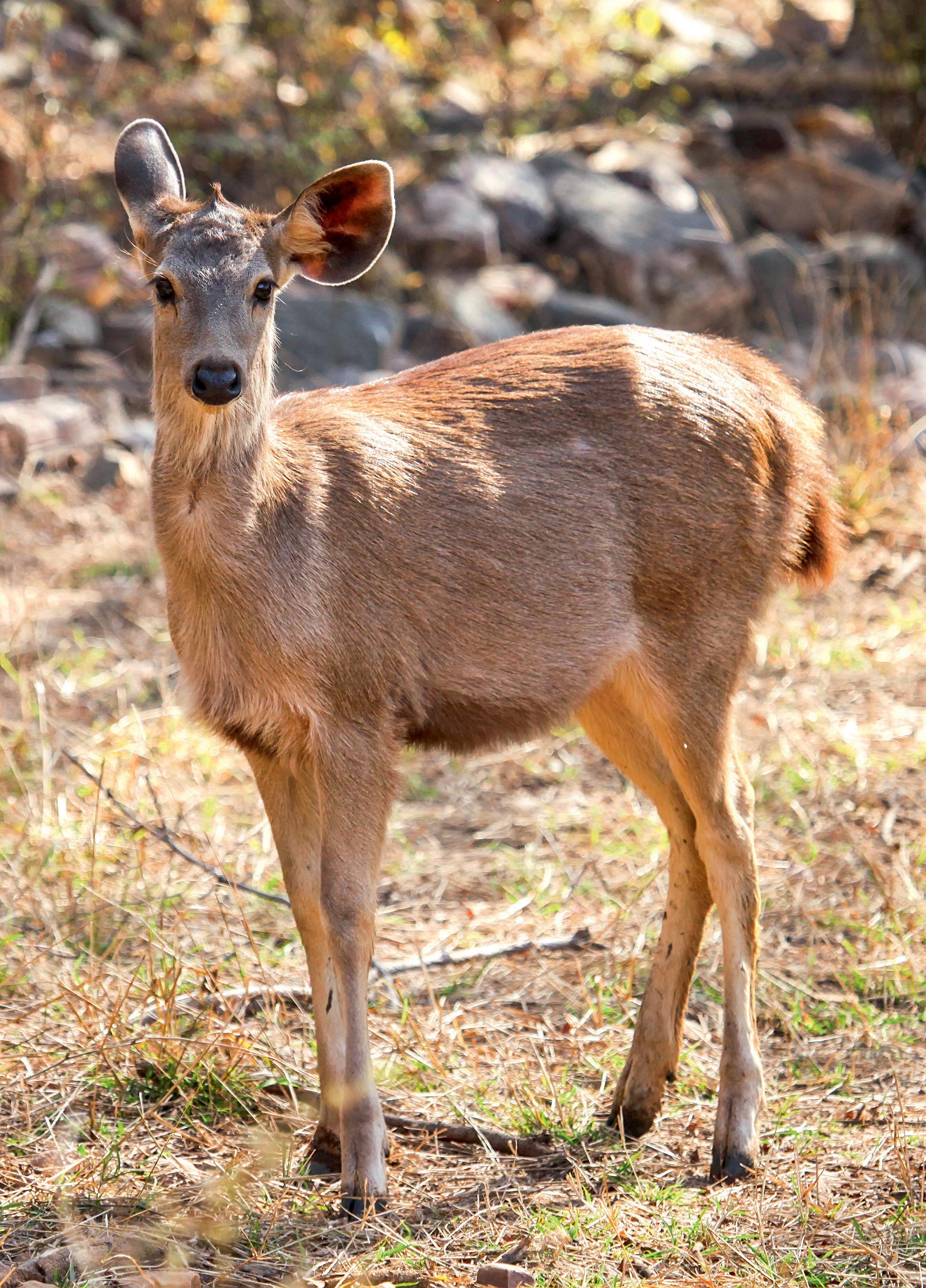
When hunting a larger deer, such as a sambar, they are too big to recover a whole carcass (unless you can drive a vehicle up to it) so the hunter must be able to butcher it or break it down in the field.
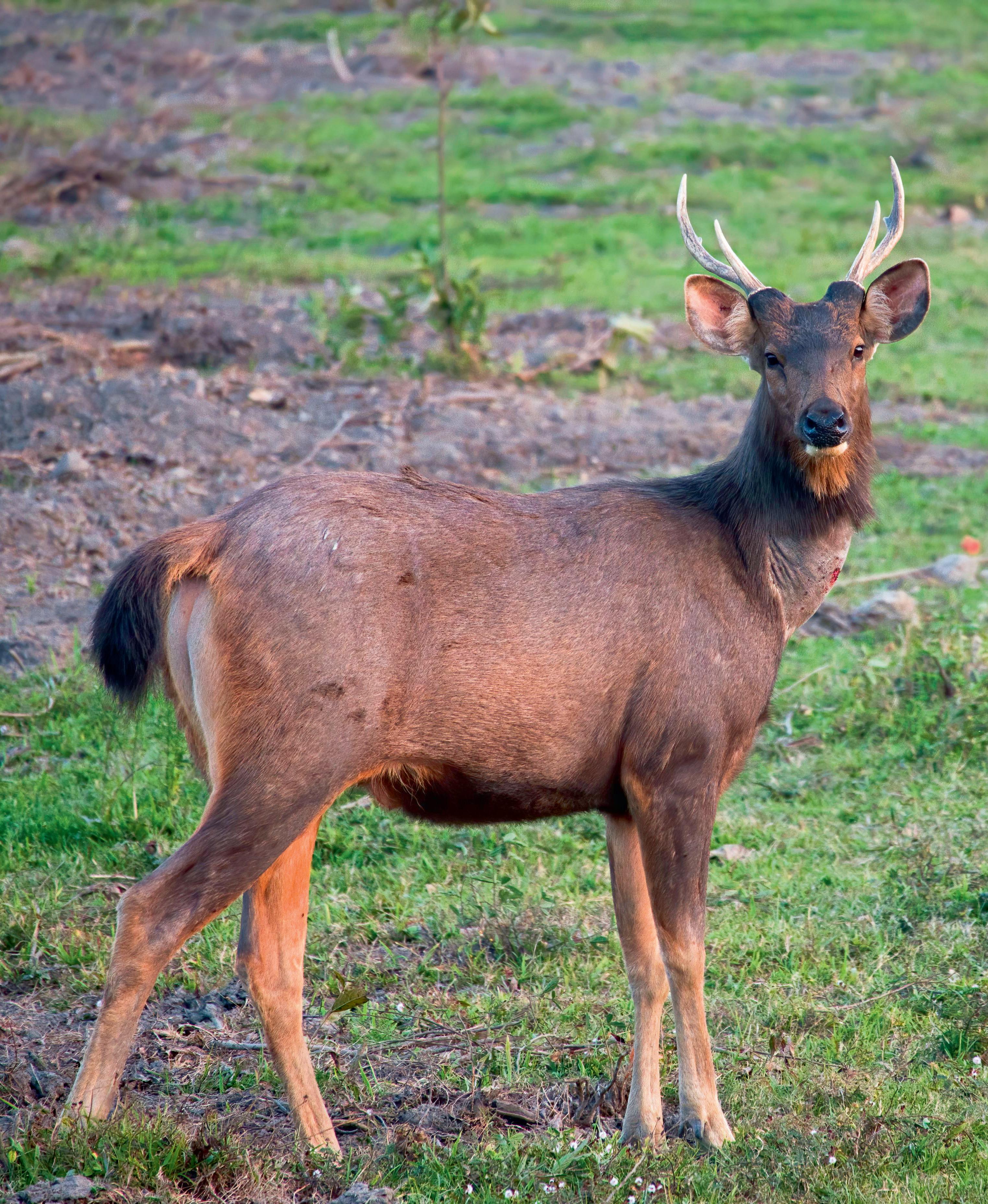
I’d suggest giving yourself some time to just take in the experience. The late Fred Bear (a famous American bow hunter and founder of Bear Archery) is quoted as saying that the killing of an animal is an anticlimax in comparison to the many other aspects of the hunt, including the planning and preparation, scouting, and hunting. The shot happens in an instant and is only a small part (an anti-climax?) of the hunt. Ted Nugent (a friend of Fred Bear) says the opposite, that the downing of a deer is the pinnacle of the hunt.
Whatever your view, it can be quite an emotional experience. So, if you can, take some time to breathe it all in. I generally take some time to give a thought to the deer, the “circle of life”, God’s creation and eternity.
You won’t always have much time; last light is often when deer are shot. So, if light is fading, the first thing you may want to do is organise yourself before it gets dark. Get your headlight and torch out of your pack, then lay out your pack and “kill kit” where you can easily find it in the dark. Mark the location on your GPS.
When my son killed his first deer, we followed a tradition of smearing some blood on his face, and then we put some green food in the deer’s mouth as a symbol of its last bite and as a token of respect for the animal (and it looks a lot better in a photo than a dead tongue hanging out).
Now that you have a lot of organic freerange venison on the grass, you are going to need to carry it out. If not the whole animal, at least the better cuts of venison.
In Tasmania, the whole animal (excluding the guts and entrails) must be recovered, including the head. Most deer hunting in Tasmania is on farms where you can drive a vehicle up to the kill, but those laws make timber production zones (State Forest) or conservation zones a lot more effort. In Victoria we don’t have tags or
bag limits, and no carry-out laws, so the amount of meat you carry out is up to you – but as an ethical hunter you ought to try to recover as much meat as you can.


The various states in the United States have minimum carry-out laws. And that’s a lot of meat if you have downed a moose or an elk. But even if you are not planning on bringing back a whole sambar, just say the backstraps and legs, that’s quite a bit of load to carry back to your camp and car. Remember that the most common type of hunting injury (according to statistics from New Zealand) is strains or falls from carrying too heavy a load.
There are some backpacks on the market designed specifically for hunters. The “top end” brands often referred to are Moroka 30, Exo Mtn Gear, Kuiu and Stone Glacier. If you are carrying a very heavy load, a pack with an external frame and “meat shelf” is said to be an advantage. The “meat shelf” is a feature that lets you strap venison between the frame and the bag of the pack. This puts most of the weight closer to your back, making it more comfortable and easier to carry.
Quality hunting packs are expensive, and they are not for everyone. In fact, I don’t have one but expect I’ll buy one next time I travel to New Zealand.
Most sambar hunters I know carry a day pack with just a few things they will want for the day and big enough to carry back the deer’s backstraps and heart (the heart is excellent eating). Legs can be carried over the shoulders and there may be a backpack frame in camp to assist with the second trip. Sambar are just too big to recover a whole carcass (unless you can drive a vehicle up to it, and even then it’s a challenge), so you have to butcher it or break it down in the field.
I carry a “kill kit”, for breaking down or butchering the deer. Exo has a great blog and podcast with a lot of tips. Visit
www.exomtngear.com to check it out. Their typical kill kit will have:
• A strong fixed-blade knife (kept only for butchering) and a sharpener;
• Game bags. You can buy specially made game bags, but an alternative is a cheesecloth “ham bag” that is typically for sale in supermarkets around Christmas. Some hunters use cotton pillowcases. Soak the cloth bag in a mix of vinegar and water and let it dry. The acetic acid of the vinegar will stay in the cloth and is a natural antibacterial which will help the meat keep longer in the field. And from experience, I know that blowflies can’t lay eggs through the ham bags but they can through some other cloth.
• Strong cord (e.g. paracord). Carry some extra cord in case it’s needed to hang meat bags or tie-off animals while working on them in steep terrain. Obviously, this cordage has countless other uses as well; for example, it’s super-handy for setting/holding rope tension or using instead of tying a knot that can be tricky to undo when your hands are a mess from working on an animal.
• Heavy duty garbage bag. This can serve as a ground sheet to set meat on, a pack liner, a gear cover at night or an emergency poncho.
• Miscellaneous items like surgical gloves, spare batteries and a Bluetooth camera trigger (for setting up cameras for photos without worrying about timers etc).
I also carry a vet’s embryo saw (look on Ebay for a stainless-steel wire saw or cutting rope), which can cut through bones quite quickly. And if you’re planning on carrying out a whole animal on your shoulders, such as a “snack pack” close to camp or a smaller fallow in Tasmania (where laws require the whole carcass to be carried out), a poncho to keep blood off your clothes is good to have (orange for safety).
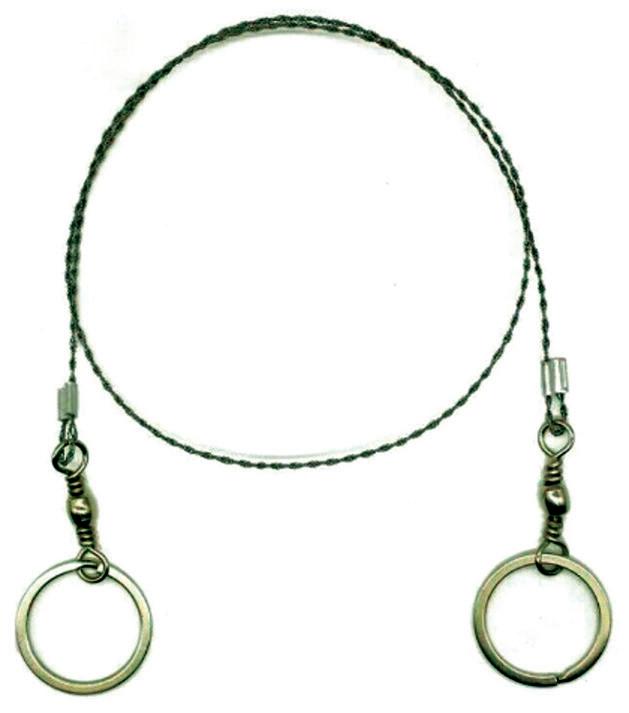
Another bit of gear to consider is trekking poles. Not many hunters use them here in Victoria, but as I’m getting older, I think they are well worth having. Pick ones with a matt finish and that are quiet. It’s said that trekking poles take about 30% of the load off your legs. If you are having to gain some altitude to get to where you are hunting – as can often be the case with sambar – they are quite a help for older legs like mine. When it’s time to carry out, they make going down steep slopes a lot steadier and lessen the risk of taking a fall with a heavy load, which – as mentioned
earlier – is one of the common causes of hunting injuries.
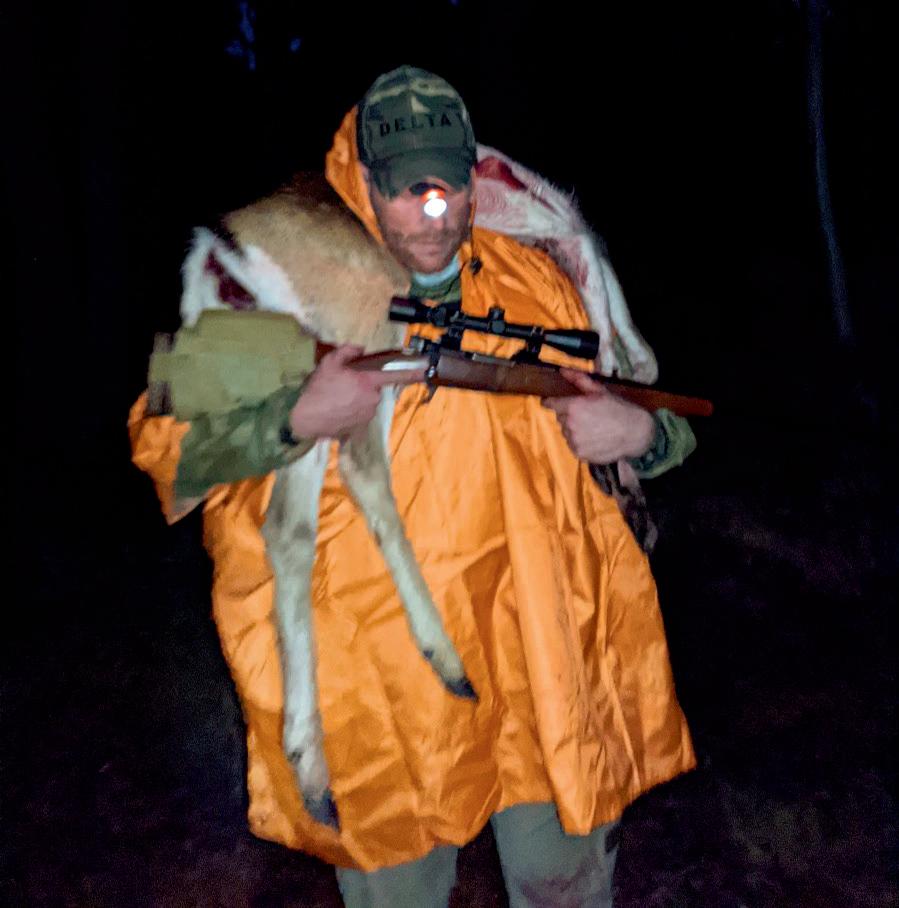
Filleting the meat off the bone and skinning it will lighten the load and help it cool down faster. This can help the meat keep longer in warm weather. However, if you keep the skin on, that will help keep the meat clean and protect it. And if you don’t have a pack to put it in, keeping the venison on the bone gives you a “handle” to carry it with.
If your deer isn’t a big stag, another way to help carry out the back legs is to keep them attached together with part of the
hide, so you can carry them like saddle bags. It’s quite simple to do, but not easy to describe. Basically, break down the back legs, separating them from the hips at the hip ball joint, but don’t cut the skin joining the two legs across the hips. Both back legs will come away from the carcass, with a wide strap of hide connecting them like saddle bags. Carry them with the hide over your shoulders.
If you need to make two or more trips, hang the venison from a tree covered in a cloth bag. This will let the meat cool and will dry the exposed meat, helping it keep for longer and not spoil.
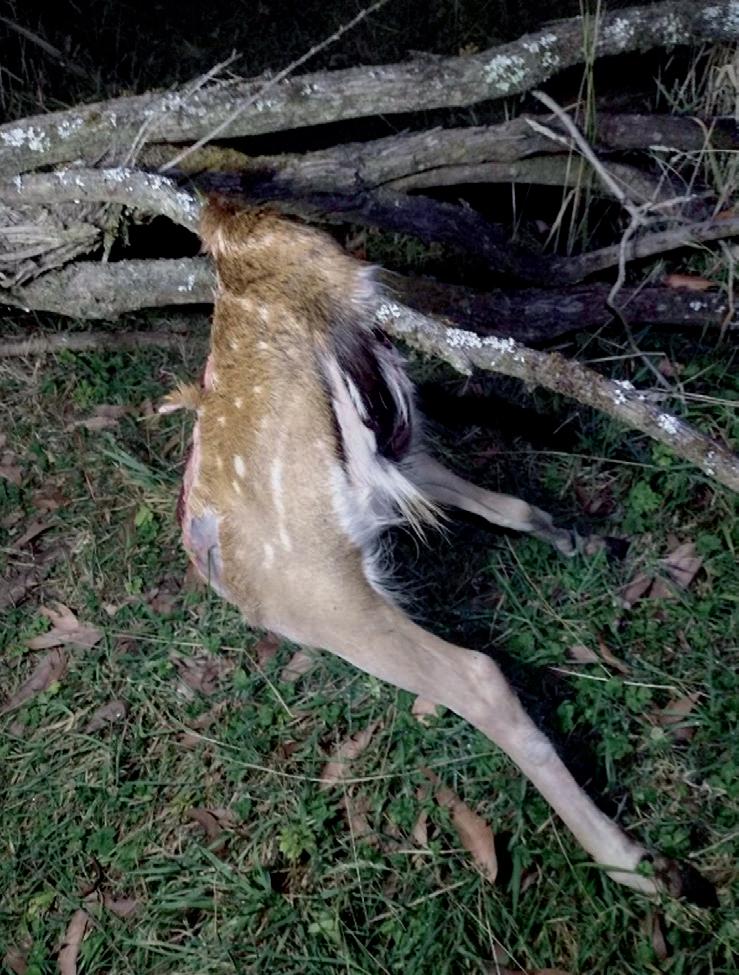
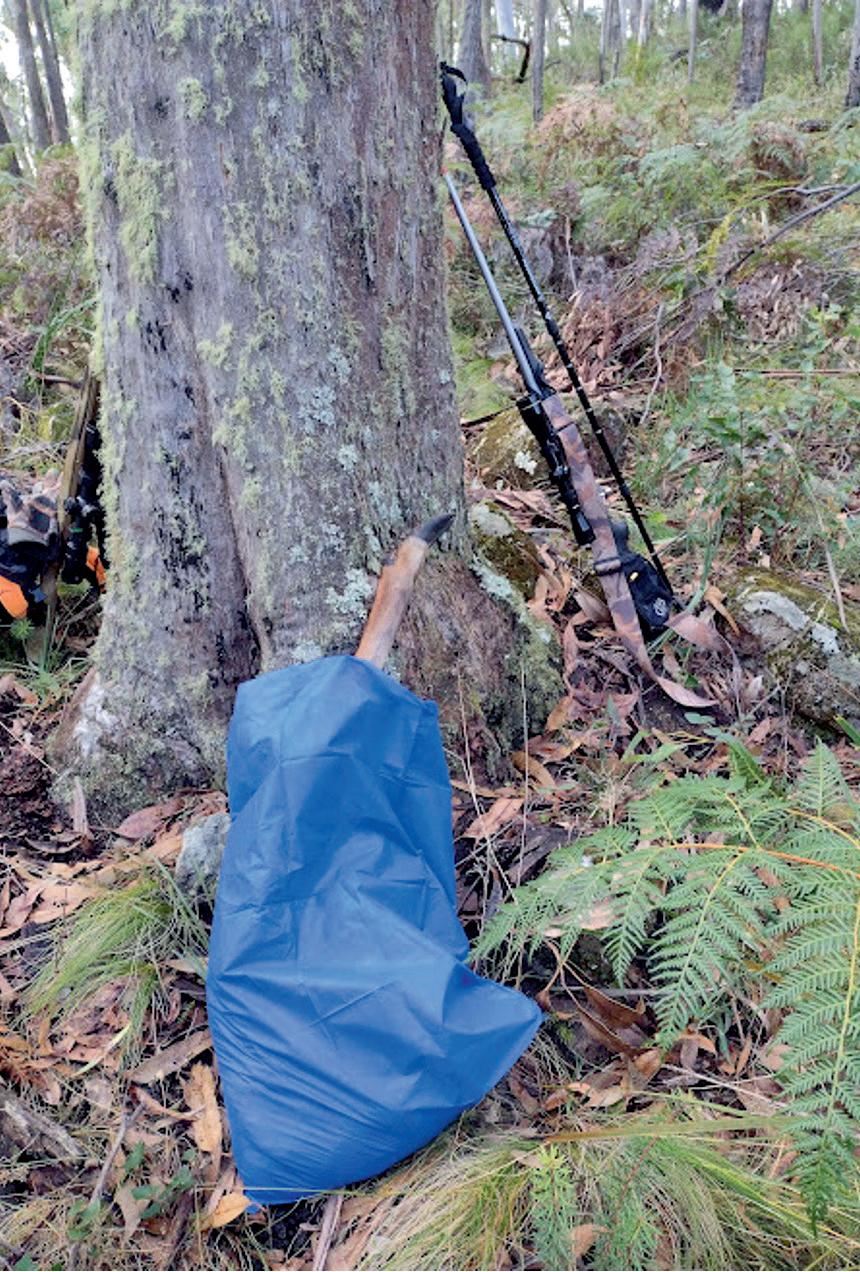
The quail is a small bird which has single-handedly coaxed the best from our naturalist painters and authors. He has encouraged the highest qualities in gundog breeding and the finest of workmanship in shotgun production. Above all, he has enticed people into his pursuit – he has taken them from all walks of life and taught them the meaning of responsibility, not only to themselves but towards their fellow man.
Quail hunting, to the true-blue hunter, never becomes just a shooting contest; all participants recognise that the hunting of quail is broken into a real-life drama with three actors – the hunter, his dog, and the bird. Quail men take to the fields on cold mornings, their dogs’ feet cracking the frost as they race over the countryside, nostrils and mouths expelling misty vapour in the clear, cold air.
Quail are social game birds. During the early part of a season, it is not unusual to flush immature birds, nor to discover them scurrying about the field. Quail in our country can and do join into the breeding program at a tender age. With this game bird having such a high reproductive potential, many purists cannot understand why we are not constantly knee-deep in quail.
To simplify things, they don’t understand that the trade-off from a bird with such rapid reproduction or duplication is that they have a short lifespan. I believe that most of the reproduction of birds from any one year is performed by the birds that hatched during the previous breeding season, or one-year-old birds. I also believe that only 20 per cent of reproduction is carried out by two-year-old birds, while three-year-old quail belong to the senior citizens’ class.
The genuine field gundog enthusiast remains, as indeed they have over the centuries, a very rare person. With my writings I do not wish to convert the uninterested, just as I most certainly am not endeavouring to open the eyes of the

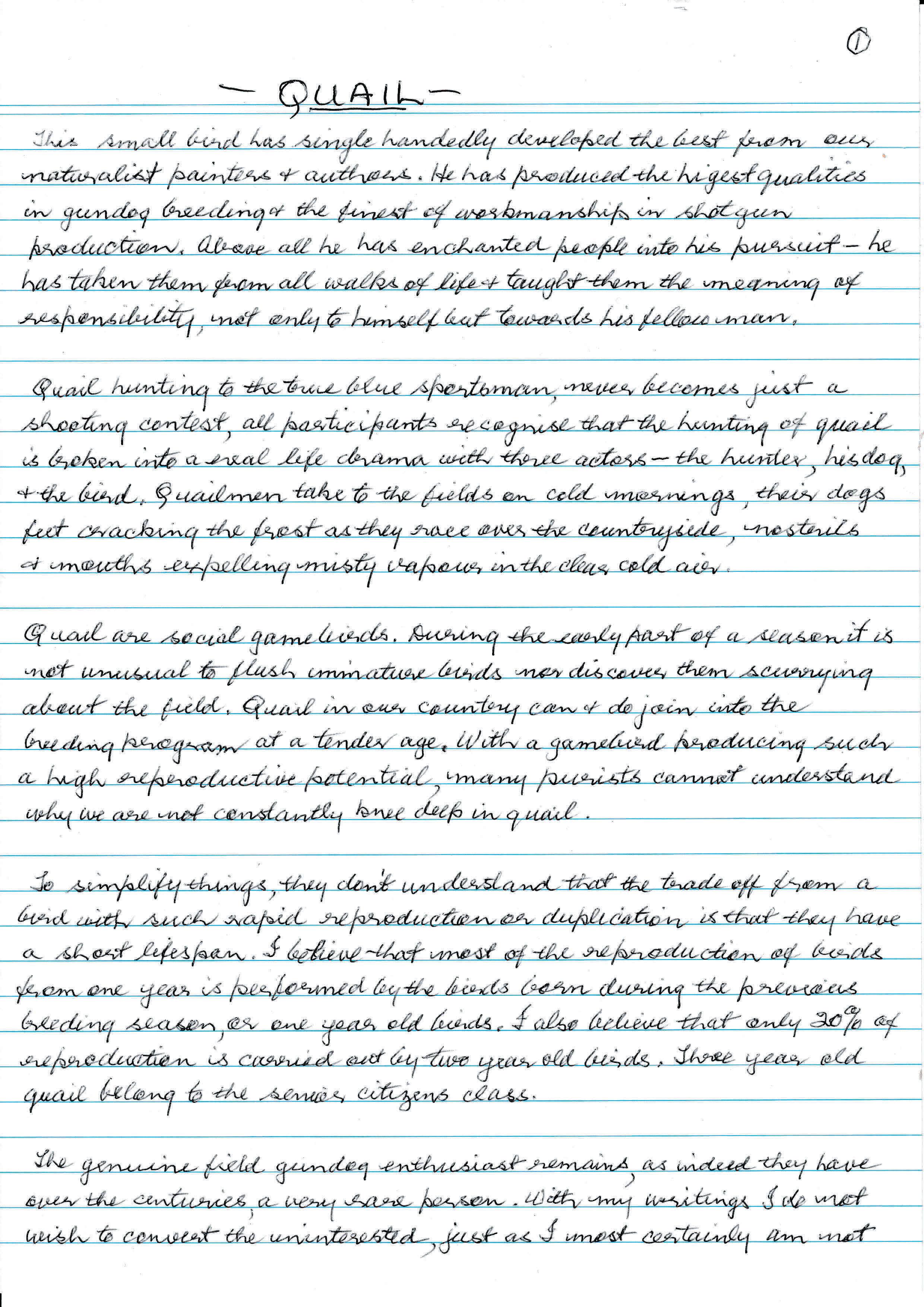
multitude to the wonders and pleasures of this magnificent pastime in the vain hope that they shall join in. My personal belief is that the love of this style of pursuit of one’s quarry is inborn in us.
I am totally aware that to many, shooting over dogs in the field is an unsociable, solitary pastime. I agree, but it is also an activity for the truly skilled. To take a brace of strong, fast-rising quail going away from you requires nerves of steel and speed of both hand and eye.
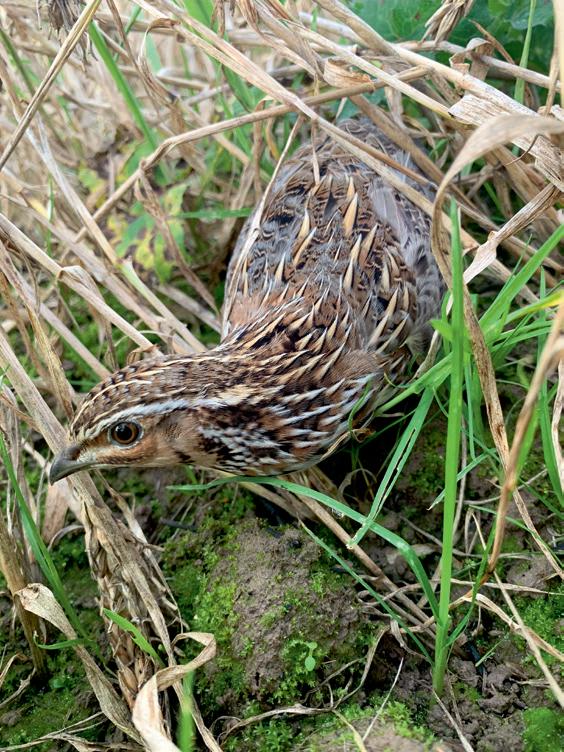
At the commencement of the season, wonderful days can be had with your hunting partner, watching and discussing the efforts of the new pup or that of an old campaigner as they quarter over the countryside.
The autumn colours are everywhere, the days often mild and sunny.
The birds are steady and lie well for the questing dogs; they rise evenly and make for a relaxed hunt.
The last month of the season, when winter is in full bloom with its snowcapped hills and peaks and a strong wind is blowing, is when the hunt becomes exciting. Then, the quail are wily and testing. There are few easy shots to be had at this time of the season.
Quail hunting is a pastime shared with friends, and the friends include sons and fathers. Why? Because hunting over dogs more often than not is a family affair, generation after generation. Other hunting friends come from all walks of
life and include school kids, bankers, corporate bosses, businessmen, retirees, farmers, tradesmen, shop assistants etc. In each case they are wingshooters drawn to the challenge by their love of birds, dogs and guns.
I figure that those of us who love and respect game birds, dogs and guns owe a debt to our younger generation and should take them under our wing – so to speak – instructing them on the necessary whys and wherefores deemed important for the complete make-up of the genuine field sportsman.
At this point perhaps I should explain that it is seldom if ever nowadays that I take a limit of birds. Firstly, I do not need to prove to anyone – least of all myself – that taking a limit of game is a yardstick to measure success in the field; many years ago, I discovered that the dogs in my yard didn’t require a string of field trial wins for me to fully understand the quality of the fieldwork they are able to produce.
My very best hunting memories always include dogs and birds.
Fully trained, your dog’s fieldwork becomes computer-like. What a picture he is and how he enjoys the hunt. To him, upwind and downwind are all the same, and when he makes point, his nostrils choked full of scent, it is his brain that speedily evaluates the distance and the quietness of his quarry. He guards the bird while you estimate from your knowledge of his working how far to the front of him the game is, and from the lie of the ground the bird’s plan of escape.


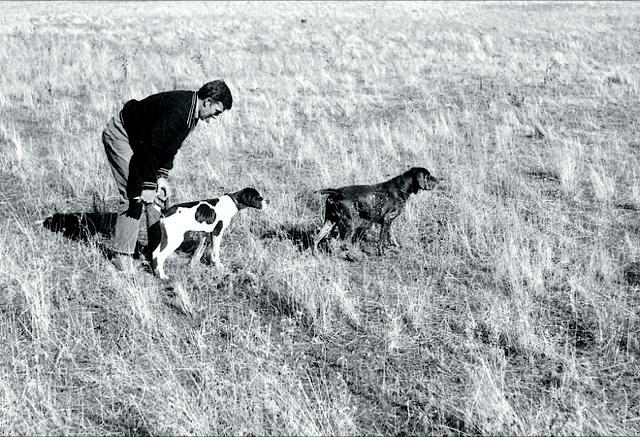
>>
Many birds are up and off without giving you the chance to gun. None of this discourages, though. Sent on, your dog resumes his searching once again.
Quail hunting over your dog, to me, is what the deer stalker or trout angler feels. Through their questing, each of the three pursuits compensate the true lover of nature with endless wonders related to the object of that pursuit.
For a quail hunter with a dog in full bloom, it is of little consequence whether the birds are abundant or not; for the scenery, the solitude, the silence, together with a bracing wind, forces you into acceptance of Mother Nature and all she holds as you try desperately to master fatigue and steady your nerves for your dog’s final find of the day.
Only classical dog-work can supply the hunter with a quality hunt, irrespective of the abundance of the game. The person who only looks upon the game bag’s tally at day’s end cannot be classed as a true sportsman. The mere act of butchering large game bags also ensures that dogs are never fully trained – as there would not be the necessary time that is required to produce a well-trained dog.
Sportsmen who are worthy of the name never withhold from one another any dog in their yards which may be capable of improving the working qualities of their chosen breed. The very best breedertrainers keep their supremacy by superior breeding skills and by their knowledge, development and education of pups.
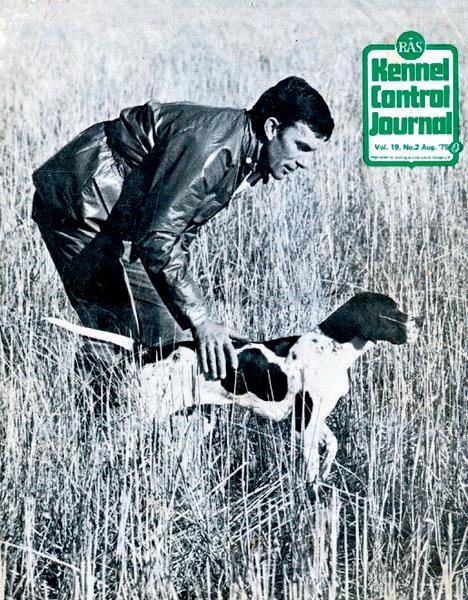
Yes, fast, high-quality gundogs
occasionally miss some game that the slower, mediocre dog will find. However, a class dog’s speed over the ground, followed by its stylish snap into a point, more than compensates the keen game hunter for the slower and more methodical dogs’ occasional larger number of finds. The truth should be as follows: It is not the frequency of the occurrence, but the quality of the performance.
I enjoy the sight of a beautifully conformed dog whose confirmation is matched with nose, intelligence, and speed; for without these qualities on quail the hunt is merely gun-firing. Half the enjoyment – the beauty – of the hunt, in my opinion, is transmitted by the dog’s style on point and its attitude to the work leading to this.
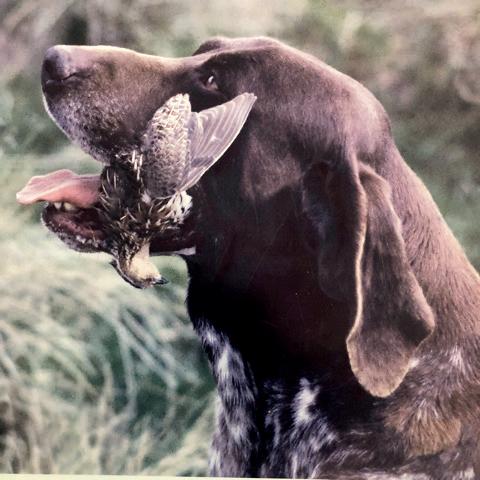
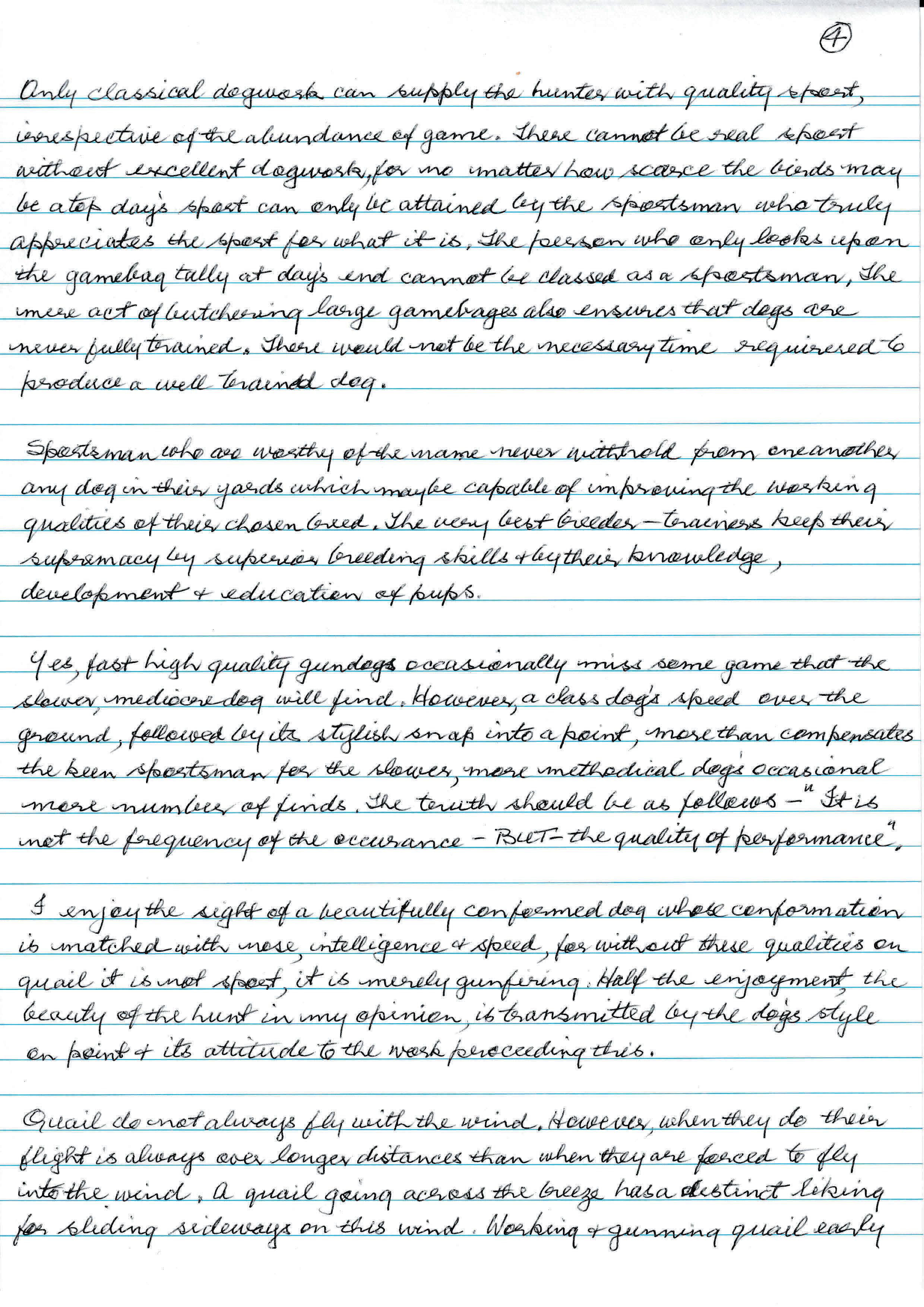
Quail do not always fly with the wind.

‘The wizard’ – field trial champion South Creek Zachary – brings a bird gently to hand.Kevin Walshaw and his dog Sam, gracing the cover of the RAS Kennel Control Journal in 1975.
At just seven weeks old, field trial champion Sedgefield Georgia was already pointing out game.

However, when they do their flight is always over longer distances than when they are forced to fly into the wind. A quail going across the breeze has a distinct liking for sliding sideways on the wind.
Working and gunning quail early in the season often is a quite simple procedure for the experienced dog and hunter. Towards the end of the season the story is completely reversed. Wily, fast-running birds with total commitment to fully utilising wind, cover and terrain become very formidable opponents to the hunter and his dog.
Days hunting and gunning over classic dogs in the field can be a grand and magnificent pastime, so long as each person adheres to only taking aim at those birds that rise and fly on his side
of the working dog. Right-hand birds are the game of the person to the right-hand side, and left-hand birds are taken by the person on the left of the working dog.
***
I step from the vehicle, stretch, then straighten up; this allows me to ease both my back and shoulders, and all aches and pains leave me.
I go to the rear of my Landcruiser and let my two dogs out, who go dancing around and around waiting for me to take my gun from its case.
All ready, we take off – questing for these little brown rascals.
Encountered, the quail are off and running like seasoned shoplifters.
The dogs are coursing at speed with an unquenchable desire to find birds. They point staunchly, hitting their finds like lightning strikes and becoming granite statues, their nostrils aquiver and bodies trembling.
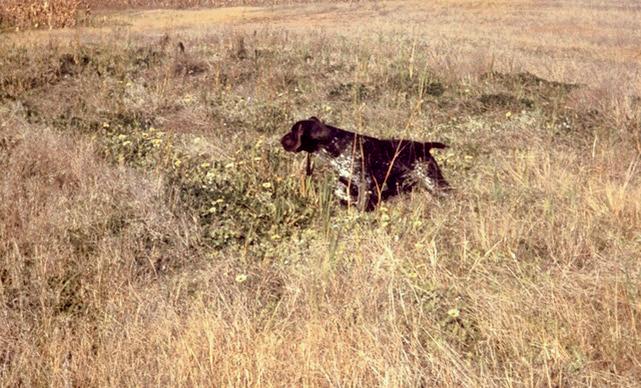
I stamp the ground and two birds erupt, zooming off to my left.
Gun cheeked, a shot rings out and both birds fall graveyard dead, then are retrieved ever so gently to hand.
***
The true hunter is the world’s number one conservationist; they love and study their chosen game and take only what their need requires.
Young boys dream; old men remember. – Kevin A Walshaw, Sale Field & Game

The Pacific black duck, scientifically known as Anas superciliosa, is native to the Pacific region.
The Pacific black duck is a medium-sized duck measuring about 50 to 65cm in length, and its size makes the “blackie” a particular favourite of duck hunters –with a couple of plump birds making a hearty and tasty meal for an average-sized family.
The males and females have similar colouration, with the plumage being predominantly black with a glossy sheen that becomes more evident under sunlight. The duck’s head is a paler colour, with a dark crown and facial stripes. Another distinguishing feature of this species is the striking patch of iridescent blue/green feathers on the wing.
In flight, the Pacific black duck is agile and swift. The ducks often fly in pairs or small flocks and will readily mix with flocks of other duck species.
The female bird can be quite vocal, producing rapid and raucous quacks that decrease in volume.
The species has a wide range that encompasses most parts of Australia, New Zealand, and nearby Pacific islands. A highly adaptable species, the Pacific black duck lives in a diverse range of habitats,
from freshwater rivers, wetlands, marshes and estuaries to urban areas such as parks and gardens.
Pacific black ducks are omnivorous, feeding mostly on a variety of plant matter and seeds but also on insects and small aquatic animals. They mainly feed by dabbling – plunging the head and neck beneath the surface of the water and upending with their rump above the water as they search for food.
The birds typically form monogamous pairs during the breeding season, with the courtship displays including preening, bobbing and wing flapping. They construct their nests either in a tree hollow or on the ground, concealed in vegetation, near water bodies. The female lays a clutch of 6 to 10 eggs, which she incubates for about 25 to 28 days without the help of the male bird. Often, two broods will be raised in the same year – and sometimes more if habitat conditions are optimal.
The ducklings are relatively independent and are capable of swimming and foraging soon after they hatch.


Shooters who are able to put together eight particular mental and physical attributes are more likely to be able to stay “in the zone” and shoot well consistently.
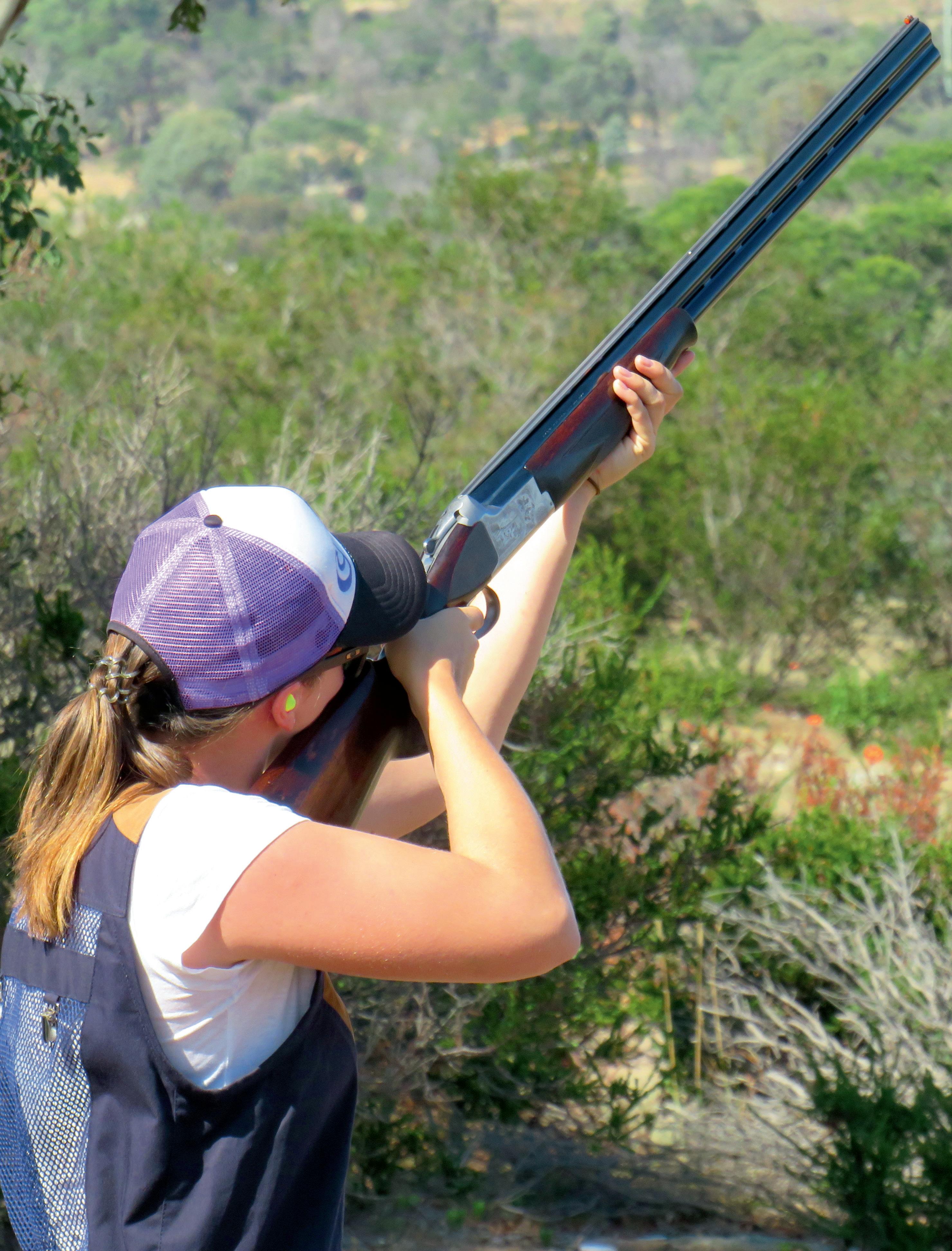
Successful shooters and consistent champions manage to stay in the zone more often than the rest of us because they can put together the technical, physical, mental and competition skills to shoot well time and time again.
What are the psychological characteristics experienced by champions during peak performances?
There are eight mental and physical conditions that have been identified by athletes as being characteristics of the feelings they have at those moments when they are doing something extraordinarily well:
1. Being mentally relaxed or in a state of inner calm. Sometimes this can be described as the sense of time being slowed down and having a high degree of concentration.
2. Being physically relaxed so that muscles feel loose and fluid.
3. Confident /optimistic; feelings of self-confidence, being optimistic and positive about our own performance. This is very important during challenging times within the competition.
4. Focused on the present. Shooting is a here and now sport and we feel a sense of harmony when the body and mind are able to work as one unit. In order for the body to perform in the here and now, our minds must also be in the here and now. This means shooting this target and not the one missed (thinking about the past) or not the ones that will be in the shoot-off (thinking of the future). By controlling the thoughts about the future and the past the body can perform automatically without conscious or deliberate mental effort.
5. Highly energised. A high energy state is frequently described as feelings of joy, ecstasy, intensity or being 'hot'.
6. Extraordinary awareness: A state of mind that allows the athlete to be acutely aware of their own body and of those around them.
7. In control. The body and mind seem to do automatically what is right without the need to exert or impose control.

8. In the cocoon. This involves feelings of detachment from the external environment and any potential distractions, where the athlete has complete access to their powers and skills.
The eight qualities listed above are those that are evident when athletes reach peak performance. But there is a difference between being a very good club competitor and being a national champion. Williams (1993) continues and describes a psychological construct referred to as flow. Flow is defined as when the challenge equals skill level, when one knows what to do, one has clear goals, deep
concentration, a sense of being in control, and a sense of loss of time; and the activity has a conclusion. For a competitor to be a good club competitor, they need to be in flow; whereas to be a state or national champion the flow has to be combined with the other qualities of peak performance.
What are the psychological differences between successful and unsuccessful athletes?
From the research that studied successful and unsuccessful athletes, certain commonalities appeared in the psychological characteristics of the successful competitors. Firstly, the researchers reported that the athletes believed in themselves more and were more self-confident. Secondly, successful athletes concentrated more and were less likely to be distracted and were more task-orientated in their concentration rather than being preoccupied with outcome thoughts. Thirdly, successful athletes were preoccupied with their sport in a positive way. Next, successful athletes were found to have less anxiety before and after the competition and were more able to control anxiety levels during competitions. Finally, most of the better athletes have a higher ability to rebound from mistakes.
What do top sport people think it takes to "make it"?
When asked about psychological attributes, there was agreement that commitment and self-control were identified as the two key ingredients for excellence. Commitment means having the drive, determination, heart and attitude. Setting appropriate goals and being hungry helps. Self-control means being able to perform well in big games and tight situations as well as in normal games and situations.
Williams (1993) believes training for competitions such as national or state championships is a product of both body and mind. Just improving physical skills, strategies, and conditioning increases the likelihood of peak performance; learning to control psychological readiness and the ideal mental climate for peak performance also enhances performance.
References: Williams, J. 1993 (Ed) Applied Sport Psychology; Personal Growth to Peak Performance. Mayfield Publishing Co.
Wild ducks are funny creatures. (If you can find it and don’t mind foul language or toilet humour, I recommend listening to comedian Louis CK’s bit about ducks.)
The meat to me is more like a four-legged animal than like chicken. It can have a strong game flavour and it can be tough if not handled correctly.
The way you handle your harvest can greatly affect the end product at the dinner table. If you don’t wash your vegetables, the grains of sand and dirt will ruin the meal for you, and in the same way the handling will affect the perceived quality of your meat.
I have heard a story of a hunter shooting a deer and then sprinting after it in a rush to open the animal up with a knife and drain the blood from it in order to achieve a better result with the meat. I believe this bleeding is part of the process in a commercial abattoir, and when I have seen farmers kill an animal for their own consumption it is also part of the process. When chickens are processed, their neck is opened up and allowed to drain. All of this leads me to think that the bleeding process is legitimate and worth doing to achieve a better result. I have not yet tried to apply this to the wild duck experience though.
When handling a deer carcase it is important to take care when handling the scent glands. You can drastically change the flavour of the meat if it spends time in contact with these glands. Same goes for the internal organs. If you manage to
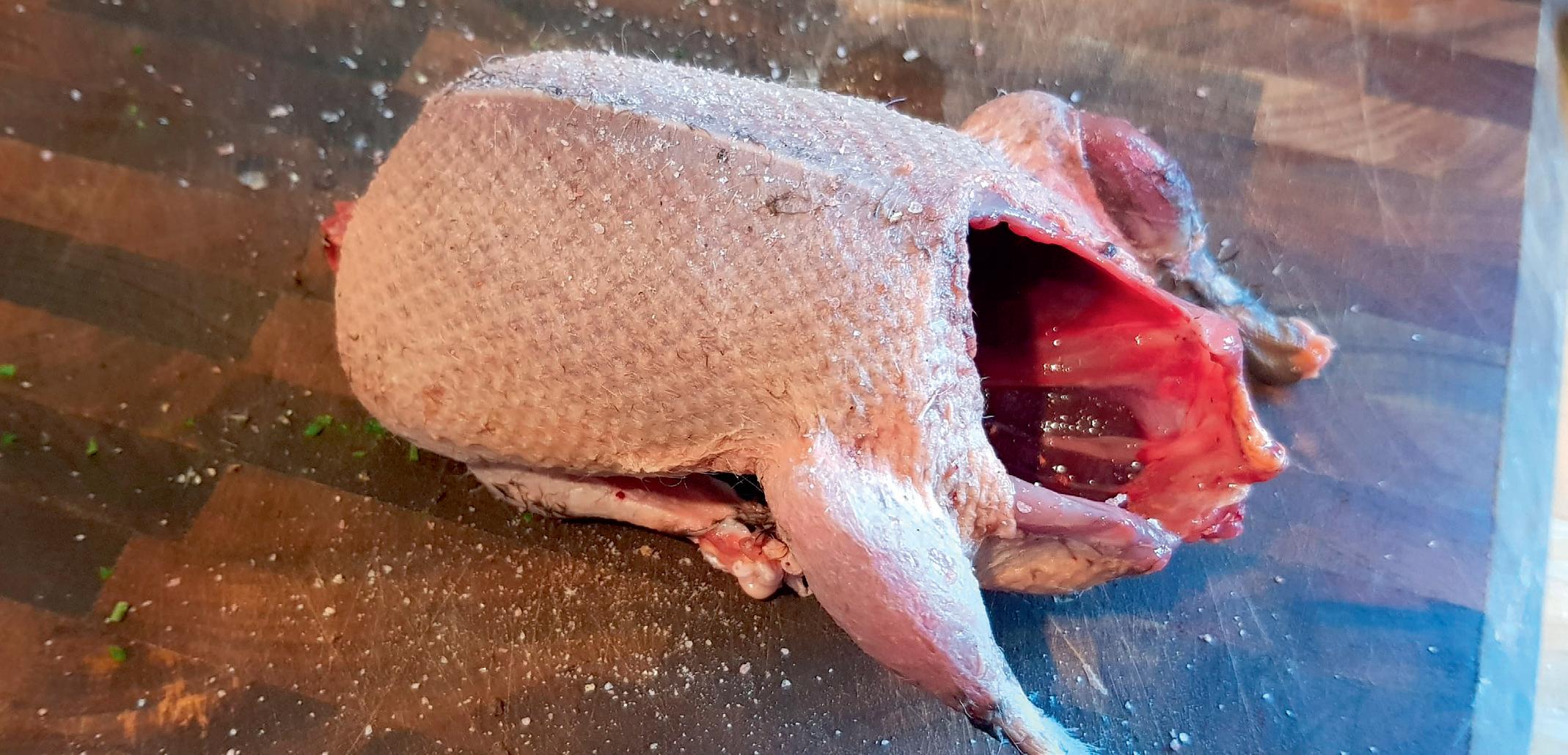
rupture the stomach sack or the intestines either with your shot or during the butchering process, then all that semidigested matter can taint the meat. The sex, condition and age of the animal will all play into the quality of the meat as well.
This past duck hunting season, I theorised with a friend of mine who is also a chef that the circumstances surrounding the bird’s death can greatly affect the taste. Did your shot pierce the digestive tract? Did the bird land on solid ground or on water? If it landed on water, was it retrieved quickly? Could the water getting into the meat through the shot wounds cause a more gamey flavour, and if so, is this a good thing or a bad thing?
That last question deserves a pause in my opinion, because it could be a contentious issue for some. This chef friend of mine is from the United Kingdom, and he tells me of the old-timers back home who boast about hanging their ducks until they turn green before they are ready to eat.
To me, this seems like a bit of a sportscar contest – like who can eat the rarest steak, or the most offensive piece of offal? I don’t personally buy into it and neither does my friend, but if that is the way you want to eat, then who am I to tell you what you like? In my experience wild ducks are fine to eat after hanging for just one night to set the meat.
Wild duck meat is suited to many different purposes. The breasts could be pan fried to eat whole. They could be butterflied and hammered into schnitzels. It could be sliced thin and used in a Thai-style salad. If it were up to me, though, I believe wild duck is best suited to slow cooking. My favourite is cooking them down over many hours into a pie mix with a rich gravy. I think this is the best application because it takes a lot of the previously posed questions out of the equation. After being simmered down for many hours, any of those strong game flavours just add to the umami effect. It also means that I am not often left with the question: “Is this not a great representation of the species, or did I not handle it very well?”
With a long interest in hunting, fishing and food self-sufficiency, chef Reuben Patience is keen to teach others the tricks of butchering and cooking wild game.

Visit https://naturallysufficient. com.au/product/wild-game-meatcooking-butchering/ to find out more and signal your interest in attending Reuben’s workshop.
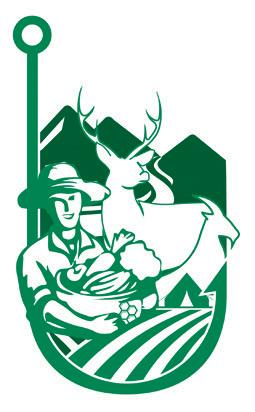
If you’re looking for a rich, creamy, delicious sauce to toss over some pasta for a hearty meal, here’s one you should definitely try.
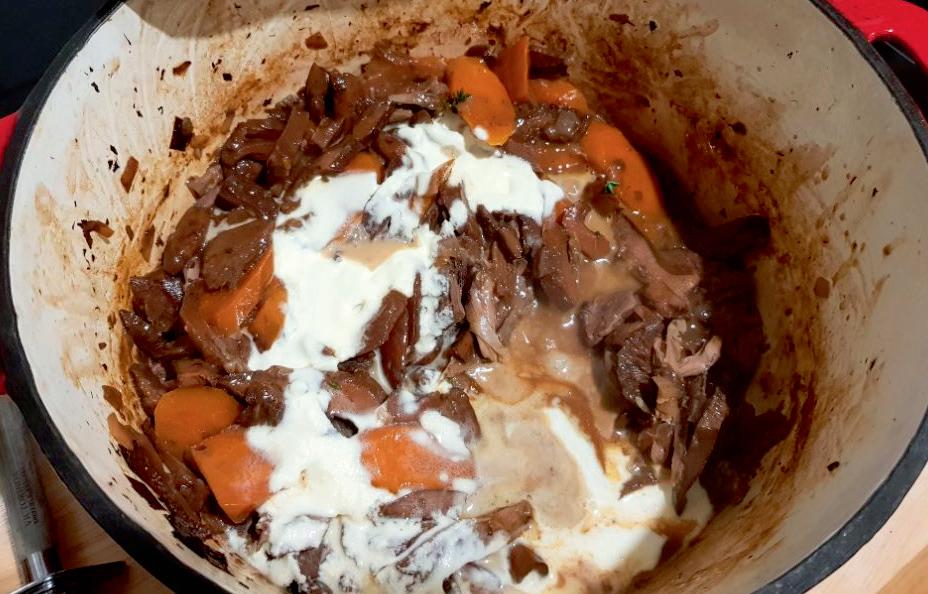
The heroes of this dish are wild duck and mushrooms.
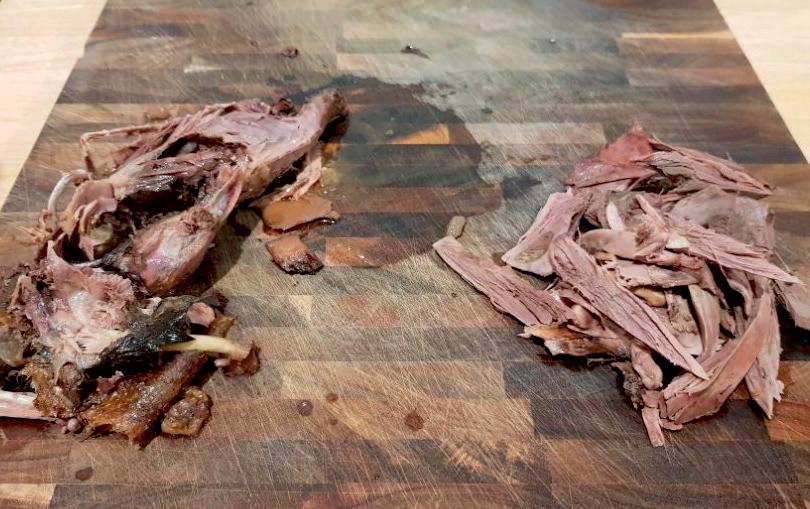
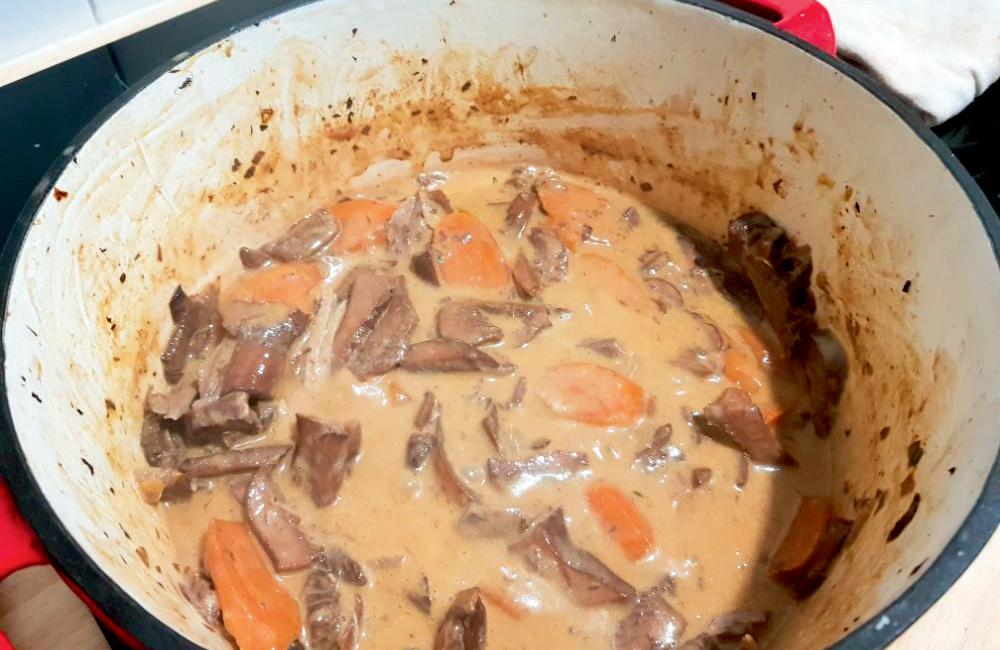
There are plenty of delicious varieties of mushroom available at your local greengrocer or specialty food store, such as the saffron milk caps that are used in this recipe, or you can use regular mushrooms which are widely available in supermarkets.

• 3rd of a bottle of red wine
• 100g butter
• 1 brown onion
• 2 large carrots
• 150ml cream
• 3 large garlic cloves
• 1 duck
• 1 sprig of thyme
• half a shoe box of mushrooms
• salt/pepper
• 4 cups of water
• Parmesan cheese
First, gather your ingredients. Dice the onion, carrot and garlic (I sliced the carrot, but it would have been better in smaller chunks). Slice the mushrooms and throw it all together in a heavy, oven-proof pot. Sweat the vegetables off in the butter until the liquid has thickened up and things start to stick to the bottom of the pot.
Remove the pot from the oven.
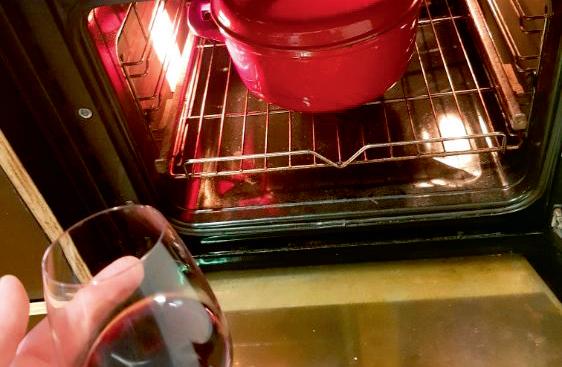
Remove the bird from the pot and pick all the meat off the bones.
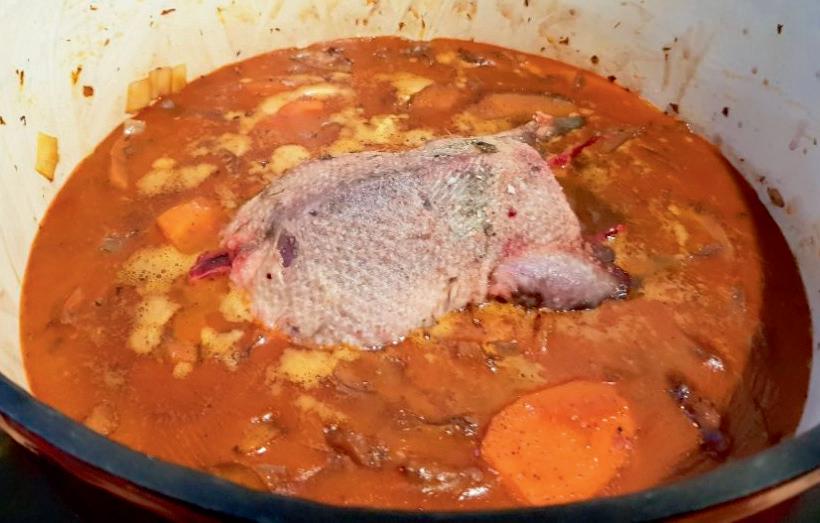
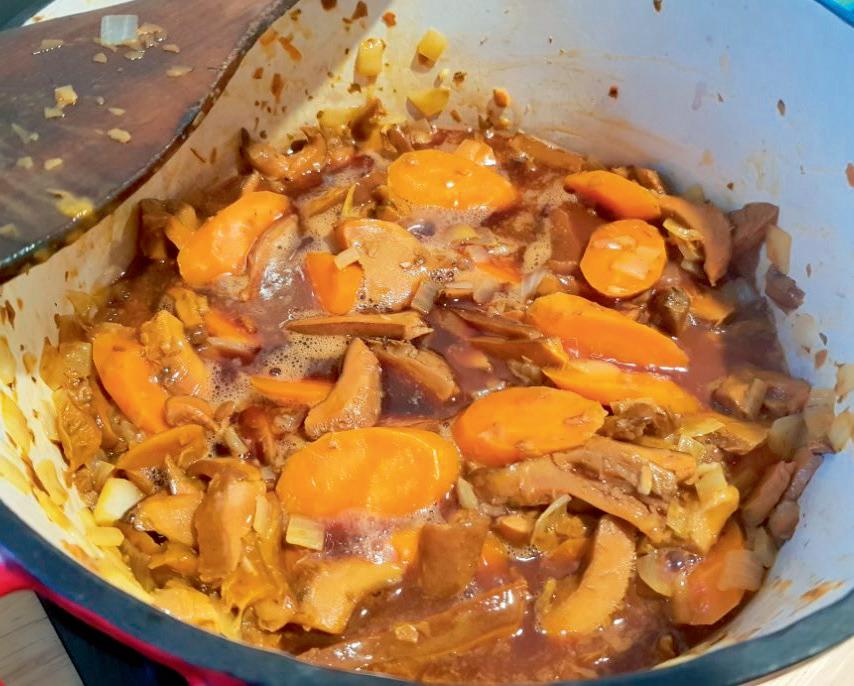

Stick the pot on the stove on a medium heat and add the cream, duck meat and thyme. Grate about half a handful of Parmesan into the pot and stir it all in.
The dish is now basically complete. Stir the sauce, adjust the seasoning, and let it simmer and thicken up a bit.
Cook up a bit of pasta to stir through the ragout, and you’re done.
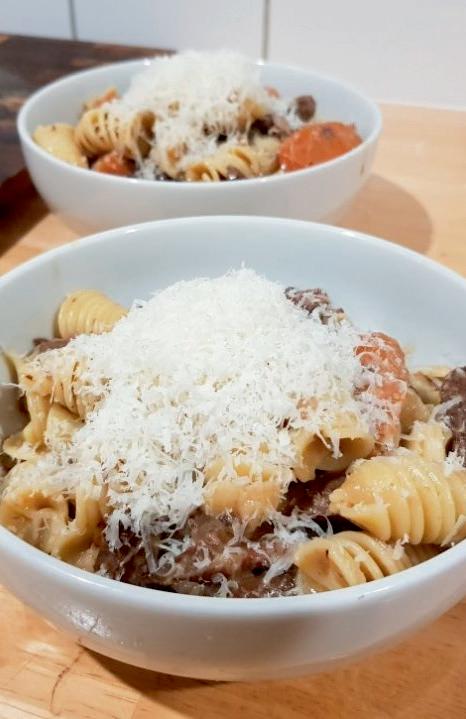
There were many reasons my husband and I decided to head overseas and participate in an international shooting competition, but what enticed us the most was the opportunity to experience the atmosphere, the targets and to see how events were organised at an international level.


As the president of Metropolitan Field & Game I was always looking for new ideas and fresh inspiration on how to manage events, and this seemed like the perfect opportunity. So, we bought our tickets to Fujairah (two hours’ drive north-east of Dubai) to attend the Fujairah Mountain Shooting Championship (FMSC).
Let’s be clear: I am a B-Grade shooter at best with a very high degree of inconsistency, and the prospect of planning an international trip and travelling with firearms – although exciting – was also daunting.

In the initial planning stages I noticed there was a distinct lack of information available online that explained the processes involved in traveling with firearms. After reaching out to many of our experienced fellow shooters and contacting Australian
Border Force and the Department of Defence, I finally received the correct paperwork to complete, and we were a step closer to our journey.
For those contemplating such a trip for the first time, it’s best to do your own research before you go as the process may change; but just to give you an idea, below is a summary of the documents we were required to have to get out of and back into Australia with a firearm:
• Restricted Goods Permit (RGP);
• Export Declaration;
• Original copy of the firearm registration;
• Passport;
• Invitation letter to the event (if relevant);
• Firearms licence.
The airline you travel with may also require a form (unique to each airline) to be completed that registers your intention to travel with a firearm and/or ammunition. We flew with Emirates and found that, overall, it was quite a disorganized process. Keep in mind, too, that the country in which you intend to shoot may also require you to apply for a temporary permit to possess your firearm while there. This is certainly the case in New Zealand and also in the United Kingdom, just to name a few.
The whole process can be quite confusing the first time you do it, so it’s really best to ask someone to guide you who’s done it before.
Having successfully passed the paper trail test at the Australian end of the journey, we were off.
Tents were positioned to keep the sun off competitors as they waited in the marshalling areas – but there was little protection from the wind on days one and two.
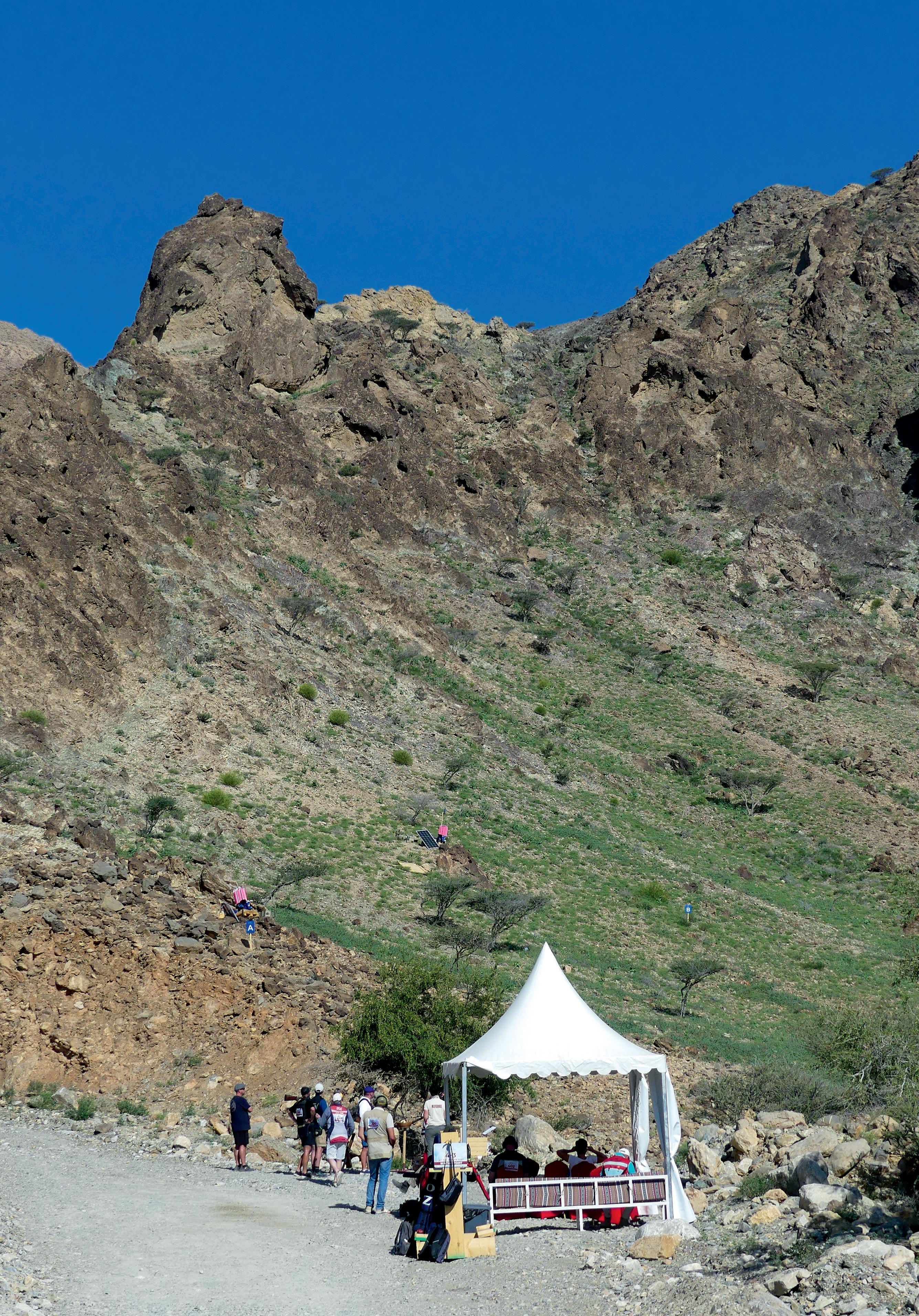
Arriving in Dubai, we were greeted by a representative of the FMSC who guided us through all the steps required in the United Arab Emirates. Our firearms were checked by Customs and then securely stored and transported directly to the range.
I was told that this was not normal practice at an event, but it certainly was convenient. FMSC was in possession of our firearms during the whole period, and the routine was to check them out in the morning before heading out to shoot, and then check them back in after you’d finished shooting for the day. This process ran smoothly after the first couple of training days.
Unfortunately, the rest of the competition was not so well organized. After arriving two days prior to the commencement of training, we were expecting some sort of communication regarding bus schedules to the range and during competition, event times and other necessary logistics. However, our first communication arrived at 7pm on the evening prior to training, where we had a note slipped under our hotel room door stating we needed to be in the hotel foyer at 7am the next morning.
The first day of competition kicked off accompanied by a vicious 40-knot wind that blew relentlessly all day. The targets themselves were the most difficult we had
ever experienced, and with the wind factor added in they were doubly hard.
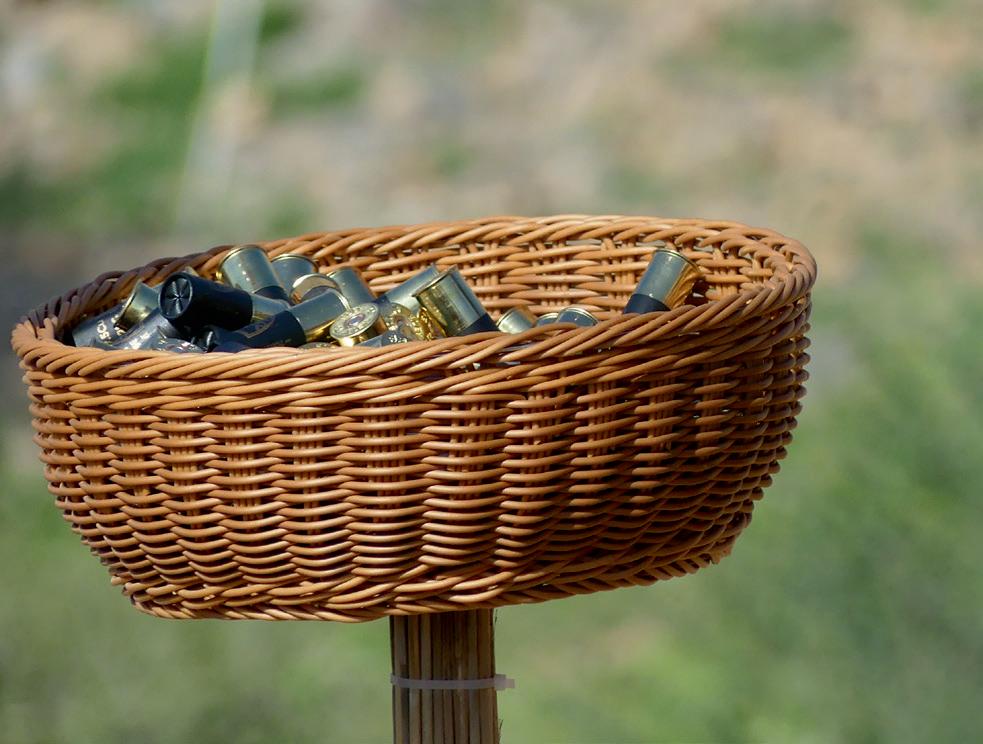
Most of the targets were presented with a background of cliffs and rocks, and most were more than 50 meters out over various degrees. Some of them were real eyesight tests – and occasionally the shooter did not see them at all. At one stand in particular where the targets were launched low over water, the sunlight glinting off the waves during certain periods of the day meant spotting the fastmoving target was almost impossible.
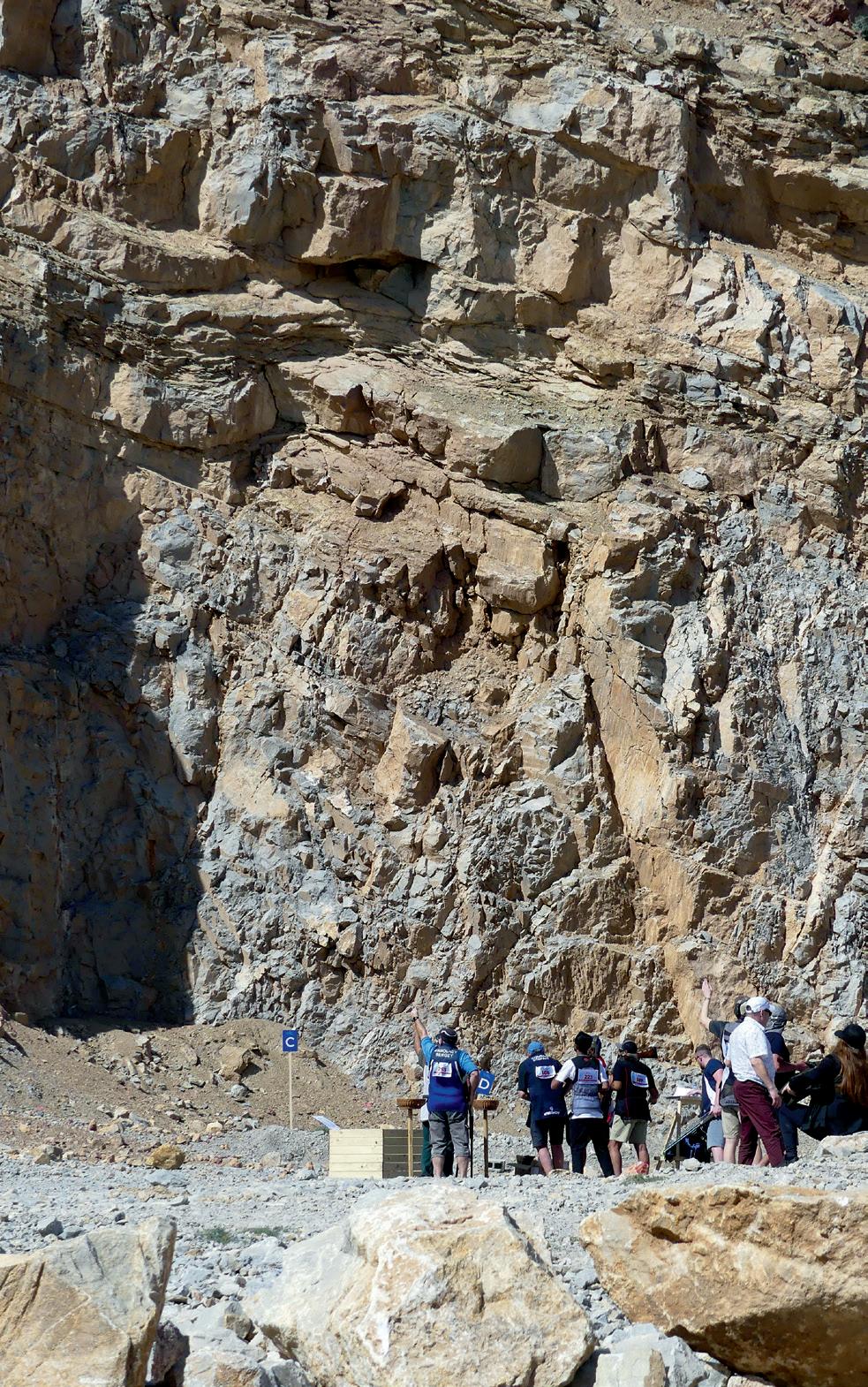
My squad started shooting about 9am, and by 5.30pm we were still up a mountain just
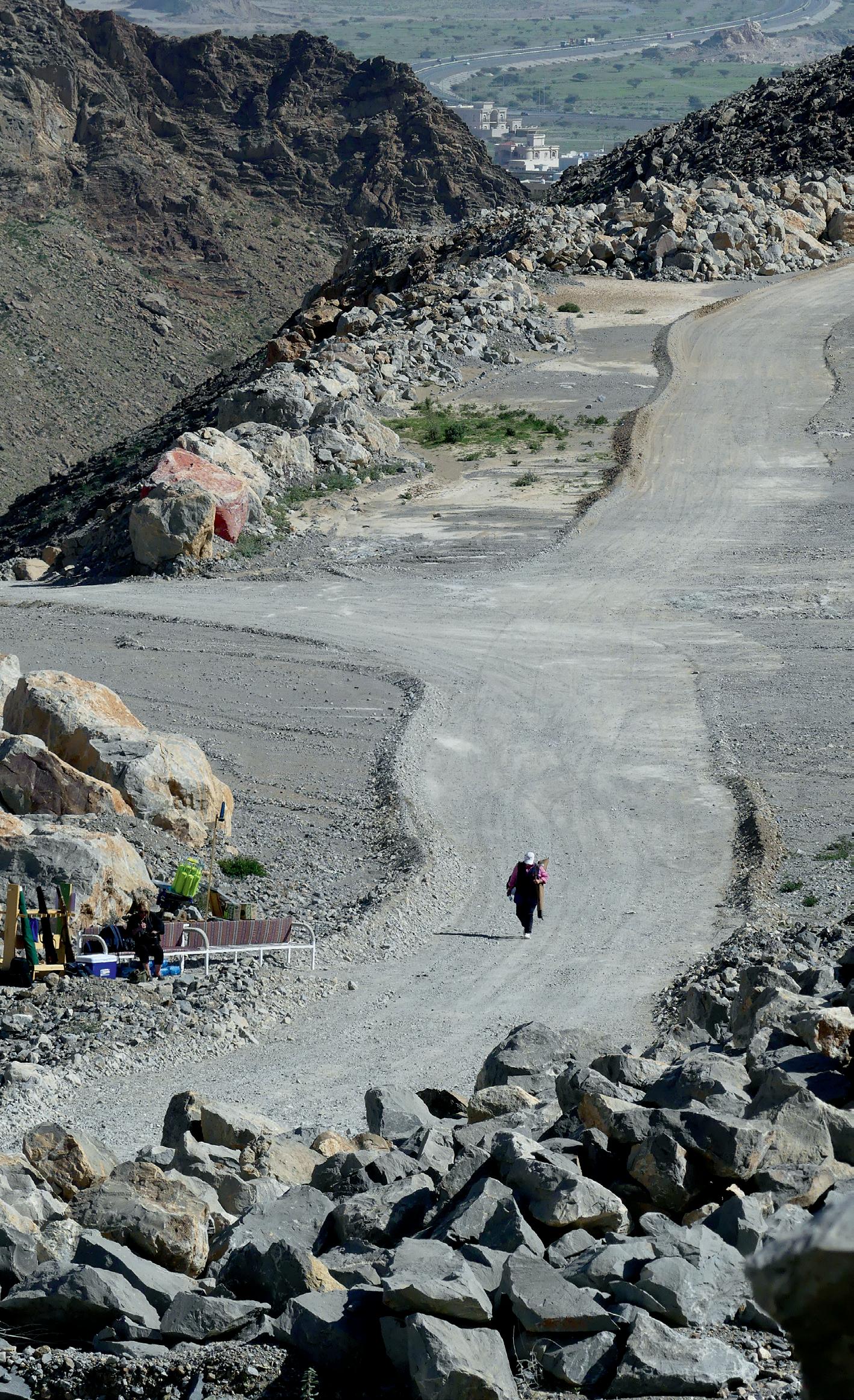
starting our last round. The sun had now set, and the day was really cooling off.
My scores were about as low as my mood, and we finally arrived back at the compound about 6.15pm to face a 45-minute bus ride back to the hotel.
Despite our first-day blues, my husband and I picked ourselves up and went back for more punishment on day two. There was more wind, and more extreme targets. Take your worst day at a Field & Game event, times it by five, and that’s about what it felt like.

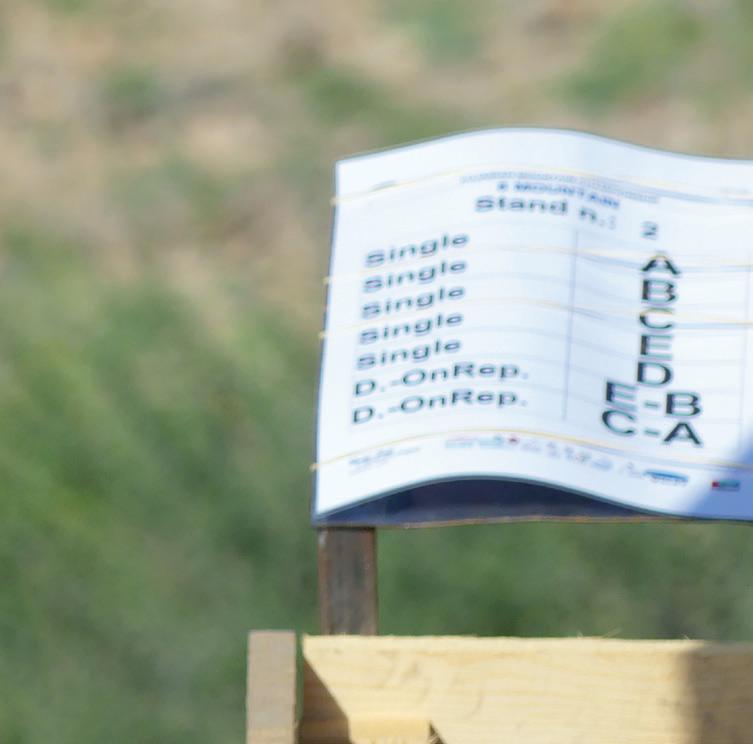
Finally, on day three – the last day of the

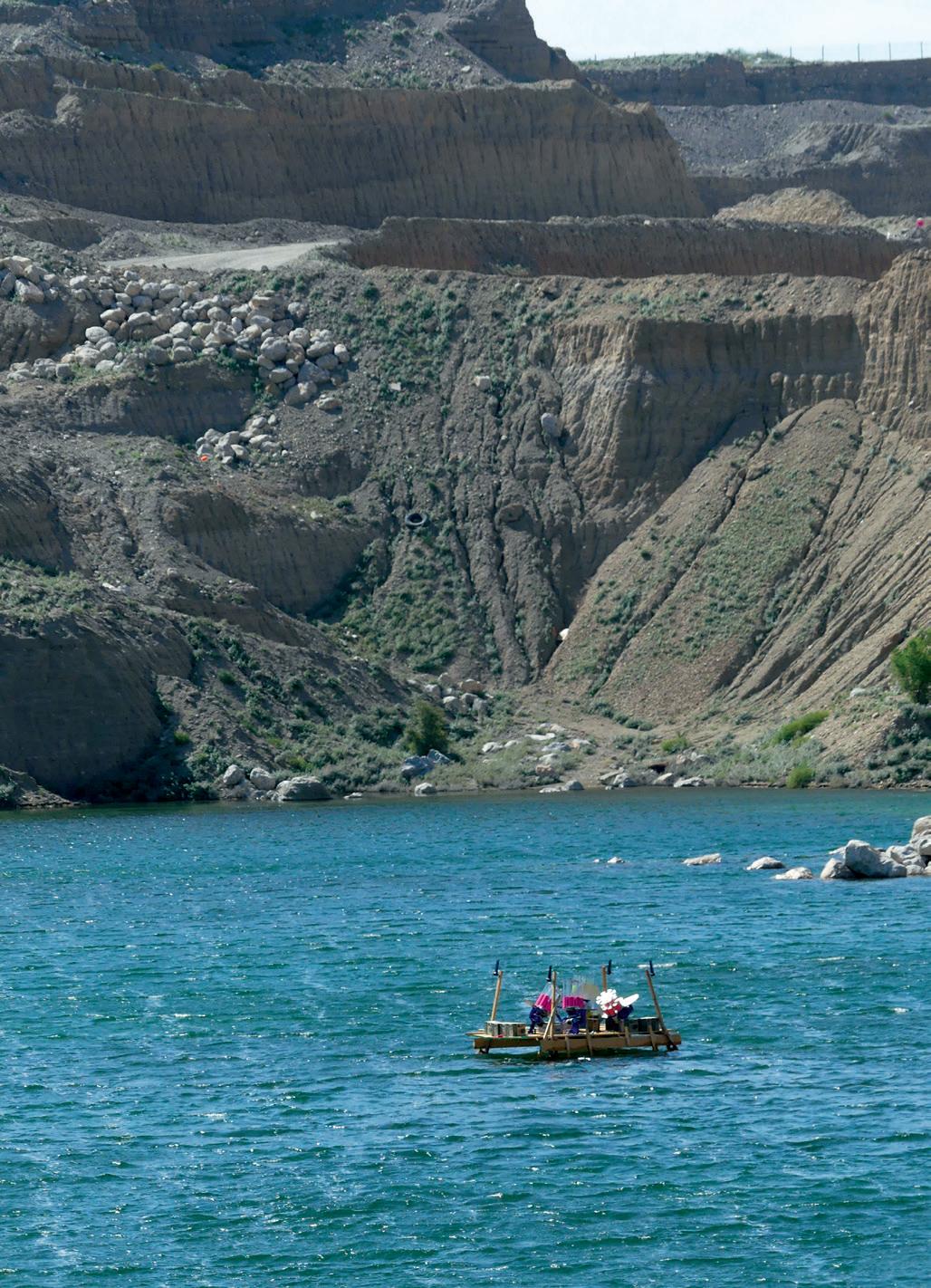
competition – the wind stopped, which really improved the atmosphere and the target presentations. After finishing the day’s 50 targets, we caught a ride back to the hotel with an older couple from the United Kingdom who had spent the past 20 years shooting internationally. Their assessment of the event was pretty low; they said it was the worst they had been to – but it may have been just that this was the first one held in Fujairah and so was bound to have some teething problems.
On a positive note, FMSC’s media crew and communications department were outstanding with videos on social media
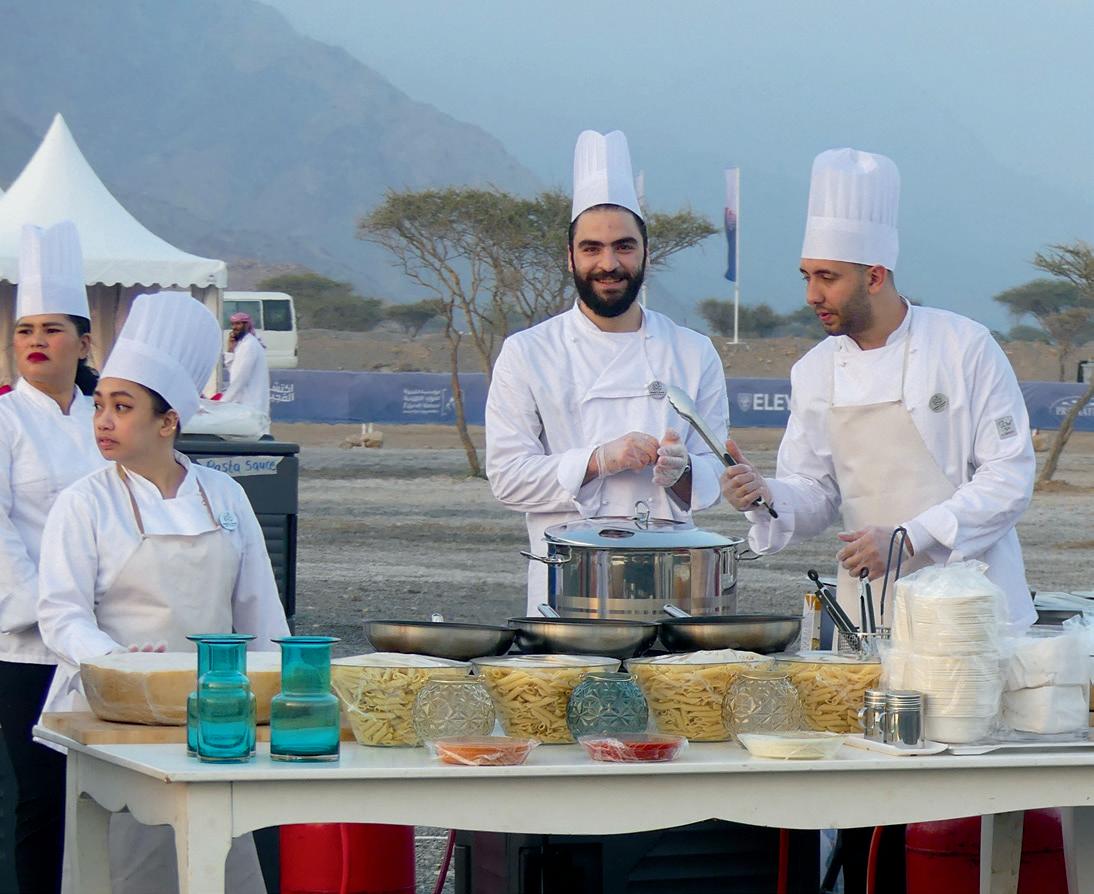
each day. The compound itself was extremely large, offering various seating areas, tents, food, and some form of local entertainment at the end of each day. The local people were incredibly friendly, and all the volunteers tried extremely hard to answer all questions that were asked of them.
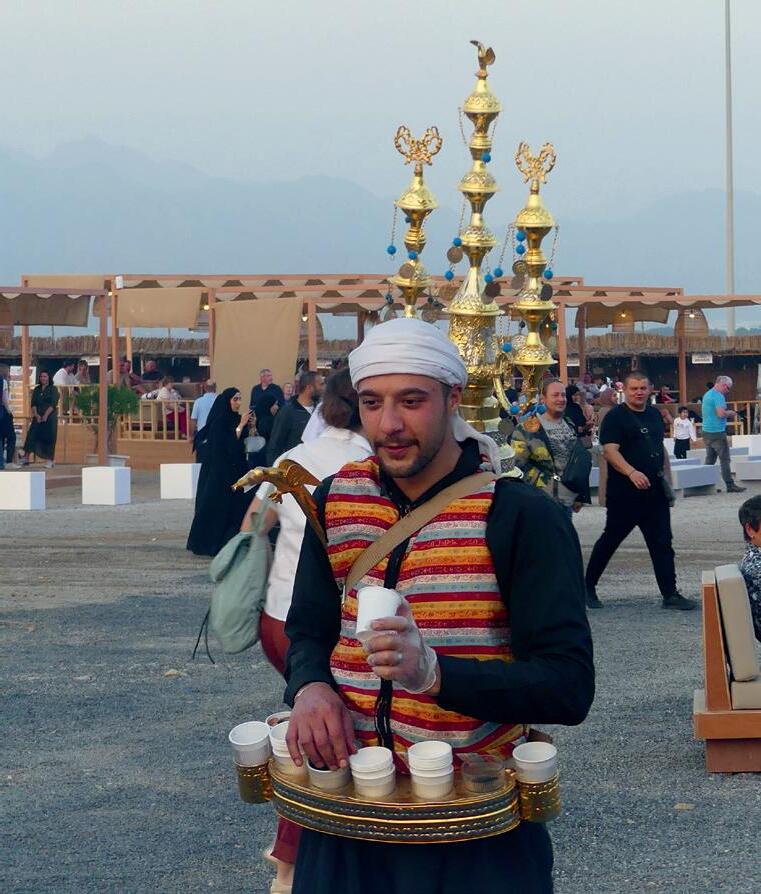
To sum it up, you could say that international shooting is not for the fainthearted (well, not this comp, anyway), but it was certainly an experience. It was an opportunity that we are thankful for and will never forget, and it has certainly made us much less intimidated by large targets!
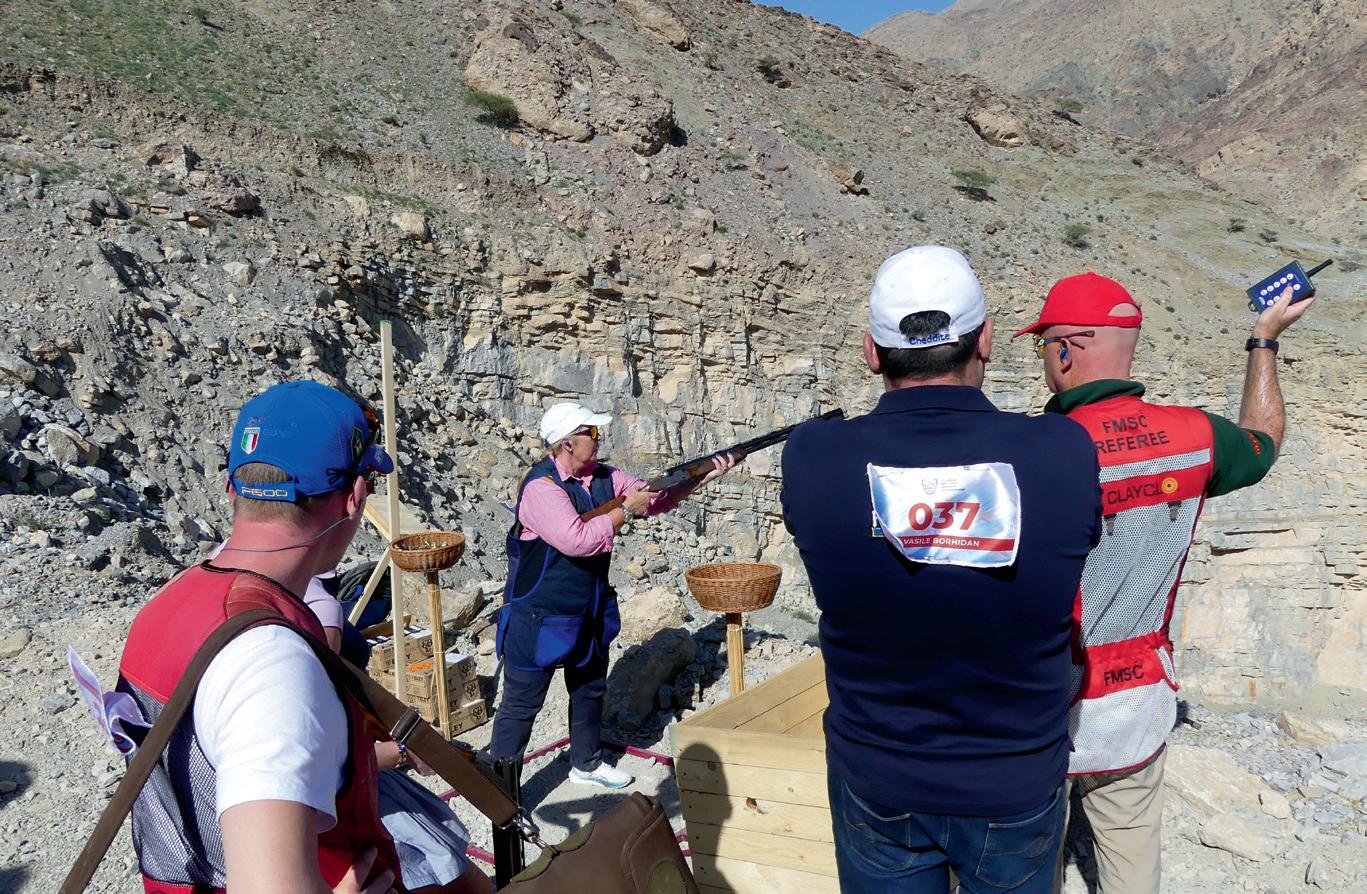
Success can be different for everyone, and at the top levels it can range from being a national champion, or section or grade champion, to being a member of an Australian team. It can also be considered successful if you are able to set a new personal best or if the competition provided you with the opportunity to have fun and learn.
According to Jack Lesyk from the Ohio Centre for Sport Psychology, there are nine specific mental skills that contribute to success in sport. Lesyk argues that all of these skills can be learned and can improve with instruction and practice. He also points out that these skills for achieving success at sport are the same skills that can be used to achieve success in all other areas of life.
The nine specific skills can be arranged in three levels:
• Long-term development skills (basic skills);
• immediate preparation for performance (preparatory skills); and
• skills used during the competition itself (performance skills).
Lesyk arranges the nine mental skills within a pyramid to show the relationship of each skill with the others. The higher levels are based upon the skills of the preceding levels.
The basic or long-term development skills are listed as level 1 and can be described as:
1. Attitude Successful athletes understand that attitude is a choice, and they predominately choose a positive attitude. This positive attitude is not just about winning, but it also includes learning new skills and techniques, dealing with losing and overcoming stress and injury. Successful athletes
view their sport as an opportunity to compete against themselves and to pursue excellence, not perfection. They can maintain a balance between sport and their life and show an ability to respect the sport, other competitors, coaches and officials.
2. Motivation Successful athletes are aware of the rewards and benefits that they can expect by participating in their sport. They are also able to persist through difficult tasks and times, even if these rewards are not immediate. They realise that the reward comes from participation and not just the outcome. Successful athletes are process-driven (participating) rather than productfocused (the trophy).
3. Goals and commitment Successful athletes set long and short-term SMART goals. Specific, Measurable, Achievable, Realistic and Time orientated. They are also well aware of their current performance level and have realistic goals to achieve the next step or level. Finally, successful athletes are committed to their goals and achieving the desired results.
4. People skills Successful athletes realise that they are part of a larger system that includes their families, friends, teammates, etc. They are effective at communicating their needs to these people. They are able to express their feelings and thoughts and listen to others as well. They have learnt effective skills for dealing with conflict, difficult opponents and other negative and oppositional people.
Level 2 skills are the preparation skills necessary immediately prior to performing in the competition:
5. Self-talk Successful athletes maintain self-confidence during difficult times with realistic and positive self-talk. They talk to themselves the way they would talk to
their best friend. That is, they do not berate or belittle themselves, and they are able to use self-talk to regulate their thoughts, feelings and behaviour during the competition.
6. Mental imagery. Successful athletes use mental imagery when preparing for competitions by seeing themselves perform well and achieving good results. They create and use mental images that are detailed, specific and realistic. Successful athletes also use mental imagery to recover from errors or poor performances, rather than dwelling on the problems.
Both of these skills are integral in developing effective pre-shot routines for many of the shooting disciplines.
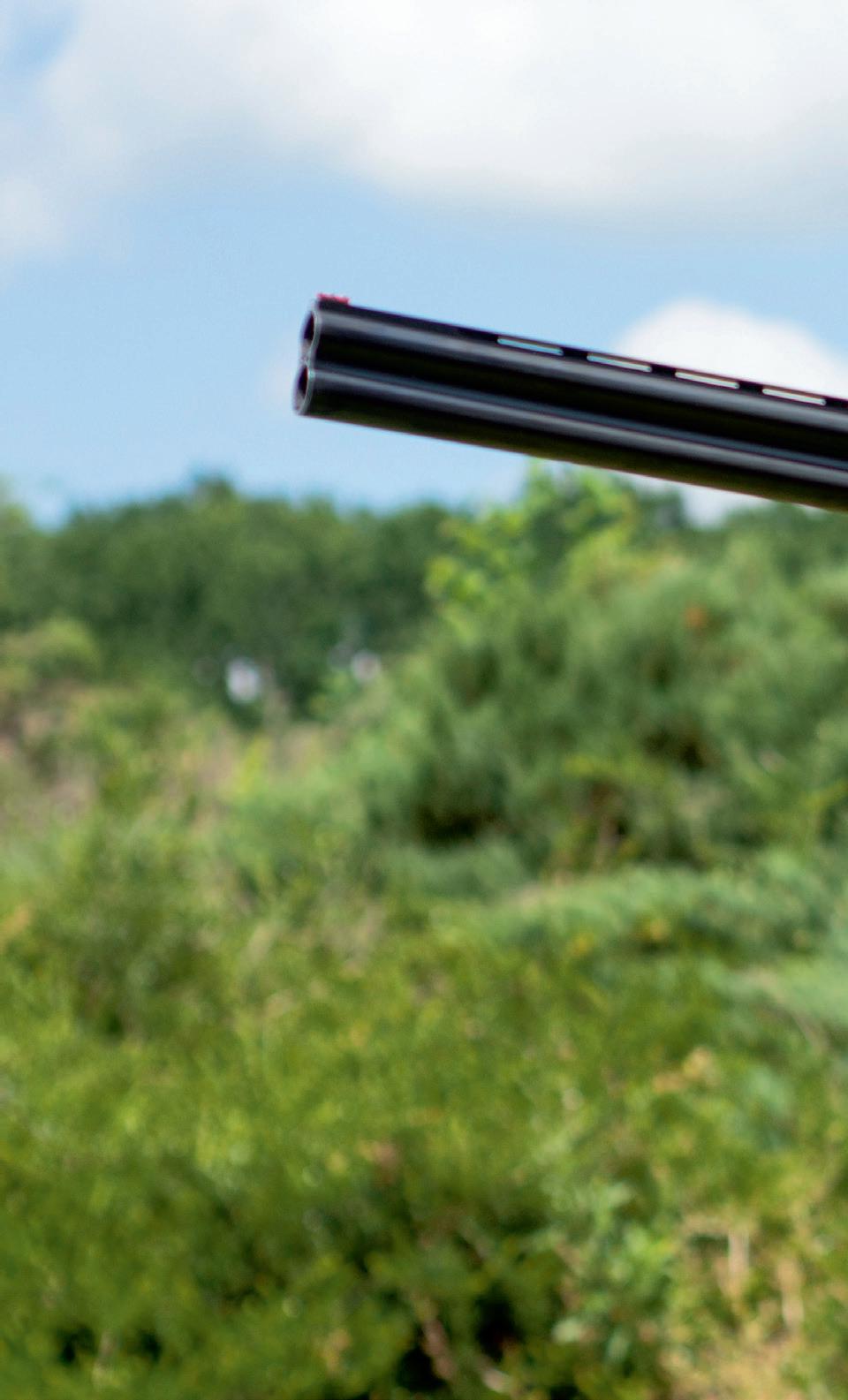
Finally, the level 3 skills are the performance skills that the successful athlete uses during each and every competition:
7. Managing anxiety Successful athletes accept that anxiety is part of sport and life and that some degree of anxiety can help them perform well. They also know how to reduce anxiety when it becomes burdensome. Using techniques such as focused breathing, centring and the Black Box technique can be helpful in reducing anxiety.
8. Managing emotions. Successful athletes accept that all emotions, and especially strong emotions such as anger, excitement, disappointment, etc are all part of the sporting experience. Rather than interfering with highlevel achievement and performance, successful athletes use their emotions to improve.
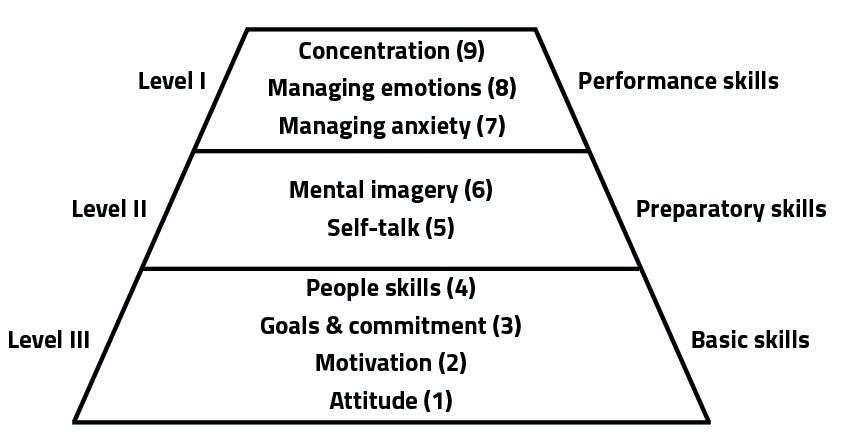
9. Concentration. Successful athletes know that they must focus their attention and know how to narrow the focus when it is required. Successful athletes have learned and mastered
the ability to maintain focus and resist both internal and external distractions. They are also able to regain their focus when it is lost and by focusing on the here and now aspect of the game stay firmly fixed in the present and avoid the traps of thinking about the past and the future.
It is hoped that as you read this article you will recognise the mental skills you already have and use. It is also hoped that you will see the relationship and integration of these skills, and you will seek out ways to learn those skills you need to improve your
performance and enhance your ability.
References: Lesyk, J.L. (2004). The Nine Mental Skills of Successful Athletes (Third edition). Published by Beachwood, Ohio.
Michael Kruger-Davis is the consulting psychologist and a member of Wagga Wagga Field & Game. He uses ammunition from Hunts Shooting Supplies. Questions regarding psychological aspects of sport and shooting can be addressed to Michael at mjkrugerdavis@gmail.com
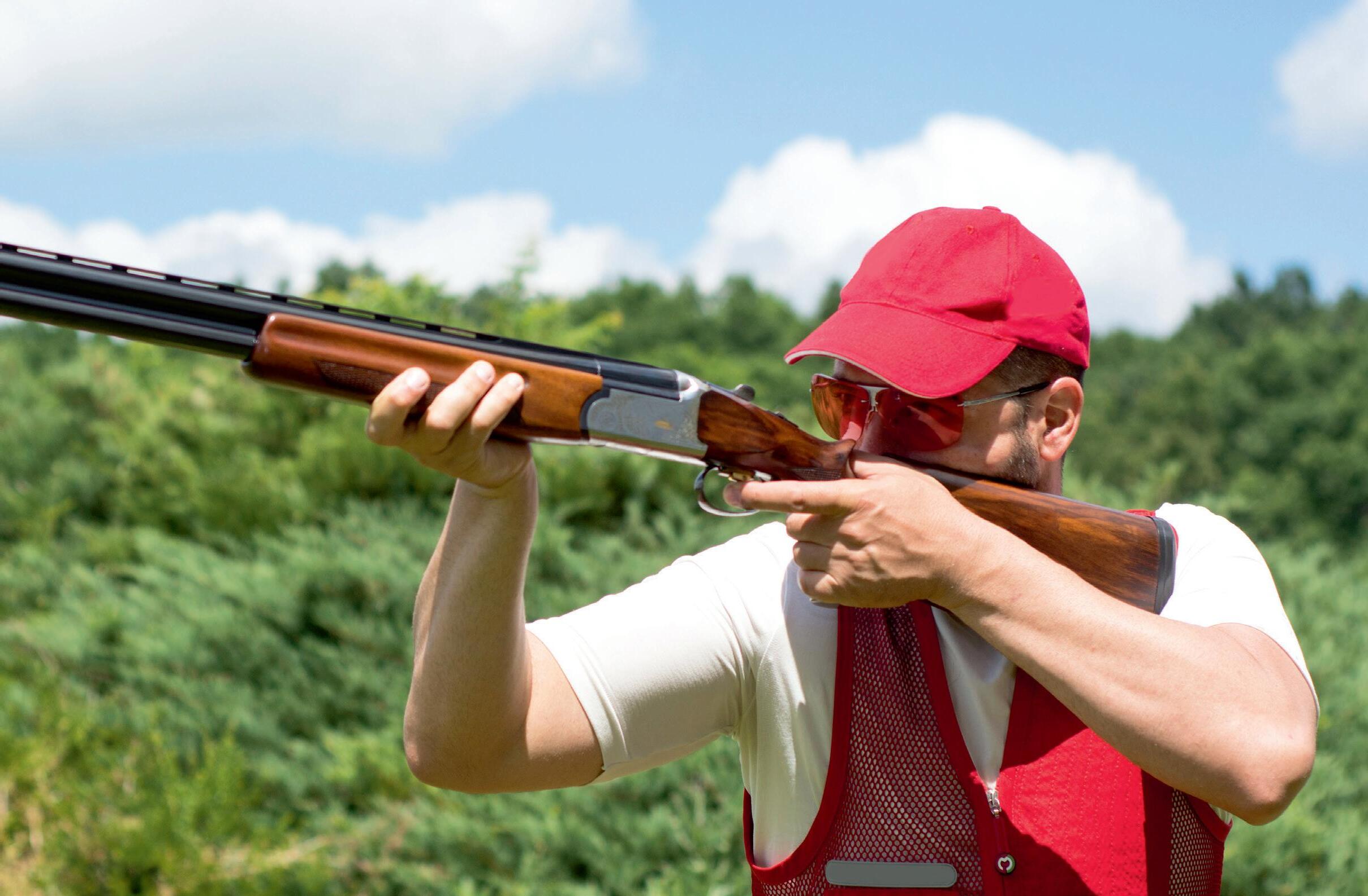
For 40 years I have run training classes for gundog enthusiasts, and one of my many sayings is “you have to think like your dog”.
Remember, dogs can’t reason; something is either black or white to them, there is nothing in between. For example: A dog is locked up in its pen, the pen has a latch and the latch is on the part of the pen that leads to getting out (the gate). So the dog continuously paws at the gate, wanting out. After weeks of this, one day the dog’s paw happens to hit the latch and the dog is free (reward). I believe this feat was managed by intelligence, not by reasoning – and so the dog will open the gate again and probably a little faster each time, thus getting the reward it desires.
The dog has learnt by a series of trial and error to open a particular gate, but it would require the application of reason to enable it to understand the fact that the latch of the gate was the crucial point. So if the dog was taken to another pen with a gate and latch it wouldn’t be able to open it. Why? Because the dog cannot reason.
So let’s focus on why the dog worked so hard to get out. Plain and simple, reward and freedom. The lesson here is that dogs learn by trial and error, so put yourself in the dog’s position and “think like the dog”. Don’t expect them to reason. Keep this
clearly in mind when training and things will go a lot smoother for you and your dog.
The methods used by those who train gundogs have many variations. I have seen many handlers apply too much pressure when it comes to punishment. I, for one, try to stay in the positive and by this, I mean very little punishment but heaps of praise.
Of course, your praise must be associated with the dog’s required action. For example, if I’m heeling my dog and he’s doing well, I’m constantly praising “good dog” in an encouraging tone – but if he’s pulling out then a correction with the lead and a firm “no!” in a harsh tone is required. With most dogs, if you’re consistent this will be enough over a period of time.
I remember reading the famous Peter Moxon book Gundogs, Training and Field Trials, published in 1952. One chapter in particular about tact and firmness stood out and I emphasise throughout training that tact and firmness are necessary. Particularly firmness, as opposed to physical violence, and the ability to show
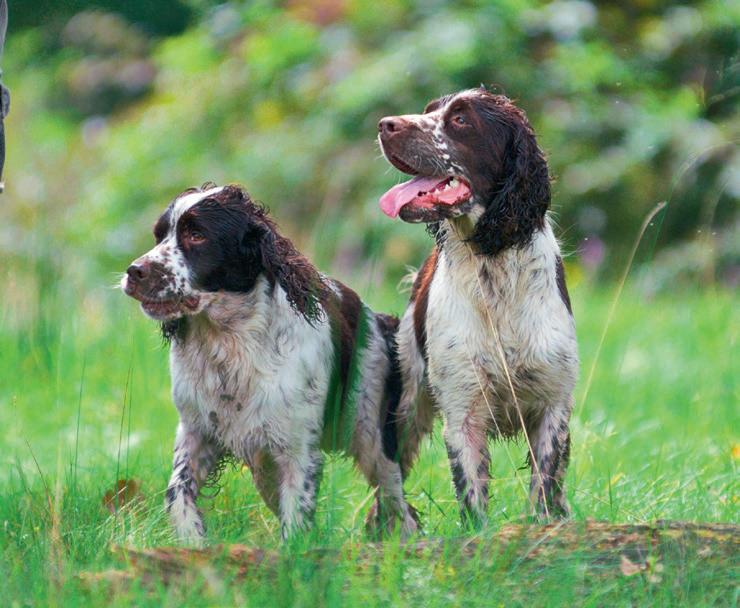
the pup what he must do and make him understand your requirements. It’s no good standing over a puppy, for instance, and shouting “sit” – because the word conveys nothing to him. He must be shown what to do.
I believe yelling at the dog is abuse just as hitting the dog is abuse – and you will cause it to want to run away rather than try to please you. I have seen this done and I don’t think it’s intentional cruelty but rather sheer ignorance and a lack of thought.
Peter Moxon also said in the same chapter that disobedience must be associated with something unpleasant, but he is strict about what form this takes. This can be demonstrated by means other than hitting or whipping; equally effective is using a grumbling, scolding tone of the voice at the right time.
I have always preached to my classes the need to put in the foundation at the start so that you and your dog will benefit for years to come.
For me there is nothing worse than seeing a gundog being treated cruelly when
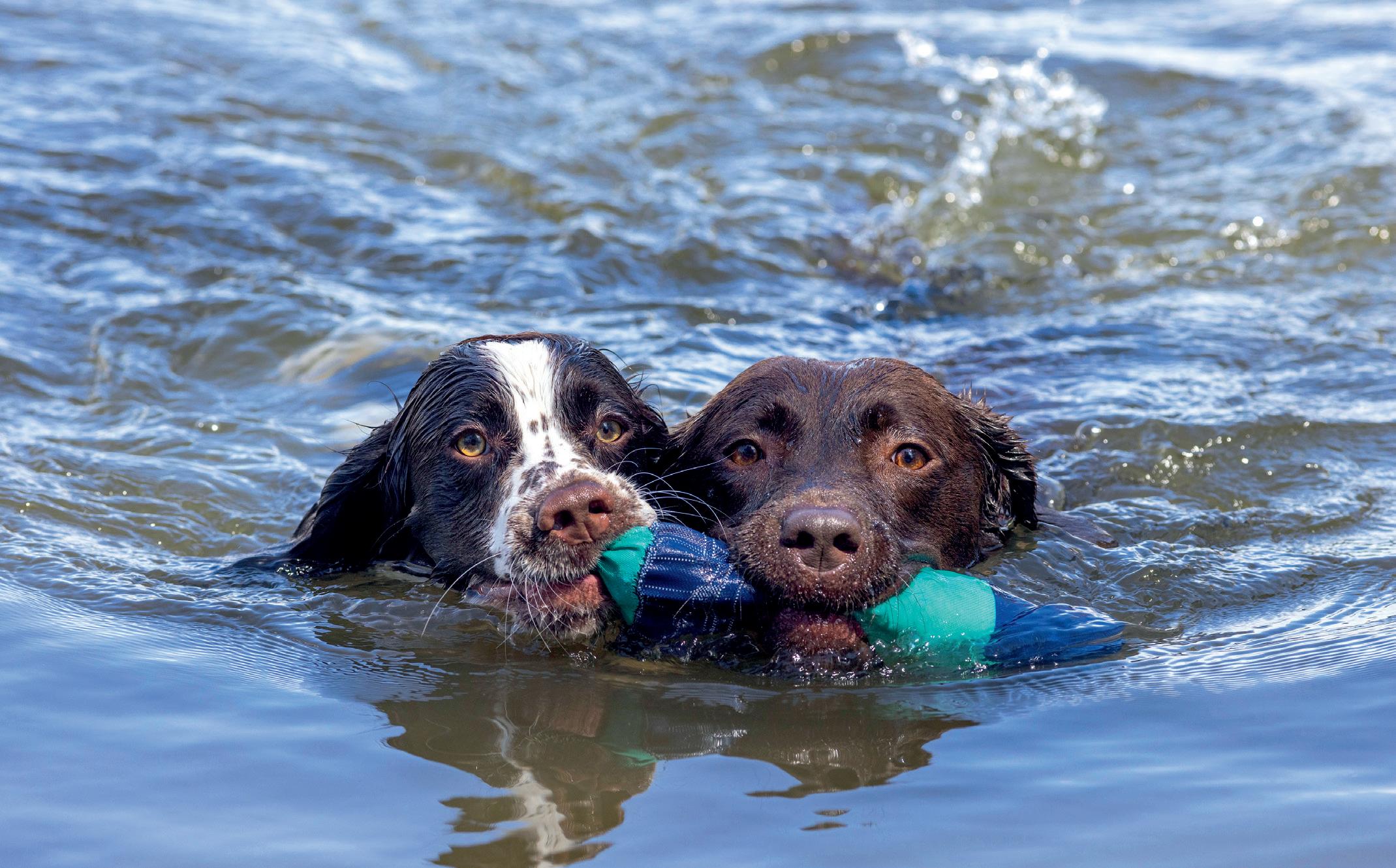
he doesn’t understand why or what is required of him. I always say, “It’s not the dog’s fault, it’s yours”.
And now you may ask, “Well, how do I learn?” The answer is this: You need to find a reputable trainer, someone who has the score on the board, not someone who tells you how much they know but has never trained a dog to a high standard.
When the time comes for you to purchase a second gundog, I think it’s wise to kennel them apart. However nice it is to see the older dog developing a bond with the younger dog, it isn’t desirable to have the bond between them stronger than the bond with the handler, as this can become a problem – particularly when you go off with the young one to do some training. The pup’s concentration time could disappear when he starts wondering where his mate is because he needs some reassurance.
Keeping the dogs in separated kennels while the young dog is in training will help the pup concentrate on you, and by doing this the dog also becomes more secure.
Once the pup becomes used to you being the centre of what happens in and out of the kennel, and you being the one who feeds, cleans the kennel and trains him, then it’s you who becomes his best mate and therefore you will get a better response in training and around the house.
The commands you use when training your dog should be kept simple, clear and consistent, with consistency being the key.
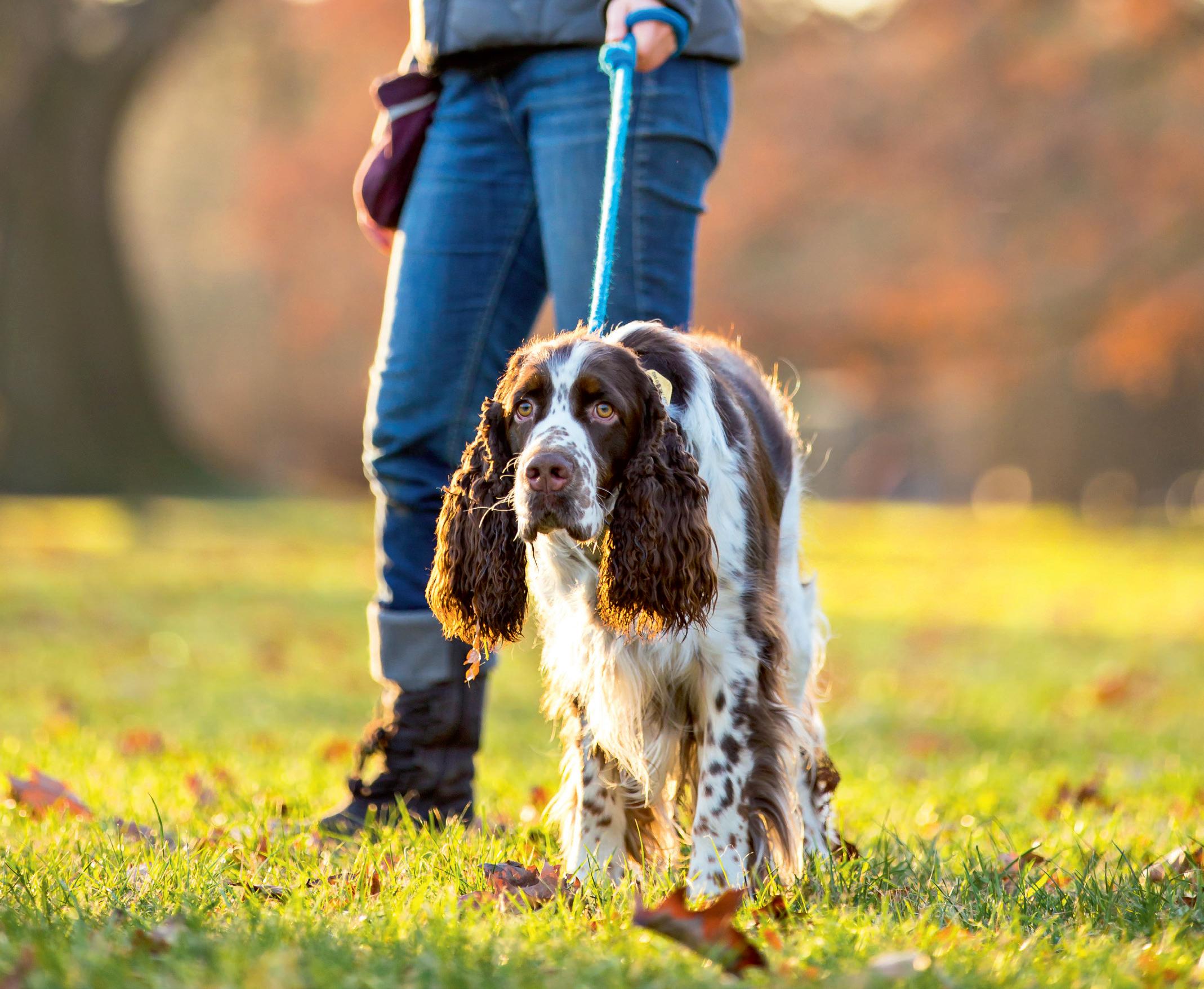
So often I hear people giving one word as a command ‘to come’, and then changing to another word with a different tone when their dog isn’t coming in. Such inconsistency is very confusing to a dog and could very well put it in the position where it does nothing because it’s confused.
Once again, it all starts when the dog is young. We choose a word for an exercise and then stick to it. I give the example of sit. Instead of sit, I use the word ‘hup’. It doesn’t matter which word you use, you could use ‘pineapple’ instead of ‘sit’ – so long as you’re consistent and every member of the family understands that
there is only one word for each exercise, with consistency being the key.
As stated previously, I use ‘hup’ for ‘sit’ as it’s an old tradition in the UK to use this command for spaniels, and I believe it sounds more precise and no other words come out quite like it.
There is nothing more confusing to a dog than when the kids are saying one thing, Mum is saying another, and Dad is saying a complete sentence. You need to get everyone in the family on the same page when it comes to your dog’s vocabulary. While on the family, if family members are going to give commands, then make sure they know the procedure. Once you say ‘hup’, go to the pup and praise, then release. I have seen kids tell the dog to ‘hup’ then walk away and leave the dog sitting and eventually the dog will get up and walk away. This method is teaching the dog it can get up and walk away of its own accord anytime it likes, which is the last thing you want to teach a dog.
I hope that your training goes well, and wish you good hunting!
A foreign body is an item that originates outside of the body and enters through either being eaten, inhaled, or penetrating the skin (such as grass seeds).
When eaten, some objects may get stuck somewhere along the digestive system because of their size or shape and result in your pet needing urgent veterinary care. Certain breeds are more prone to this occurring, as they are known for not being picky eaters – and we certainly see our fair share of Labradors, golden retrievers and pointers. It is also more common with younger animals when “testing things out” for texture and taste. Over the years we have also had a few pets with Pica, a behavioural disorder that causes them to eat things they shouldn’t!
The location and degree of blockage caused by a foreign body will determine the presenting signs, the likely outcome,
as well as the most appropriate treatment. It is very important that you contact your vet as soon as you know or even suspect that your pet has eaten something it should not have.

Some of the more common foreign bodies that are ingested include:
• Corn cobs
• Sticks
• Bones
• Underwear
• Bedding – especially the stuffing
• Toys – or bits of them
• Fishing hooks
• Stone fruit pips
Some objects are small and smooth enough to pass right through the digestive system without causing a problem, and the first you know about it is when they are found in your pet’s poo. Larger objects can get stuck within the oesophagus, stomach or intestines and block any food from getting through, causing your dog to vomit.
The higher the object is in the digestive tract when it becomes lodged, normally the more aggressive the animal will vomit. This becomes more of a problem when the peristaltic (or squeezing) motion of
the muscular gut wall tries to push the foreign body along. If the object is not removed the bruising and the pressure that builds up in the tissue around it can result in the blood supply to the gut wall being damaged. In the worst-case scenario, the gut wall can then leak or rupture where bacteria and digested content can enter the abdomen causing severe pain, peritonitis, shock and eventual death. This is also a huge risk with sharp objects like fishhooks, skewers, staples etc – and yes, we have seen them all.
A linear foreign body (eg. string, hair ties, shoelaces, fishing line) may be caught in the mouth but start to travel through the intestines. This results in the intestines starting to bunch up and there is a high risk of the string cutting through the intestines. This is more common in cats, but we have also seen them in many a dog – so be especially mindful to keep
these sorts of things out of reach.
The clinical signs observed when a foreign body is ingested vary significantly and depend on the degree of the blockage, location, duration, and type of foreign body.
Commonly noted signs include:
• Vomiting/regurgitation
• Loss of appetite
• Lethargy
• Restlessness
• Drooling
• Panting (due to pain)
• Abdominal pain
• Diarrhoea (+/- blood)
• Evidence of the foreign body (ie bone stuck in mouth)
Bones should be removed as soon as your pet has eaten the meat from them.

If your pet has swallowed a foreign object, it is important that you contact your vet straight away to let them know what has happened. Even if you are only suspicious that your hunting pal might have eaten something, it is important to call your vet.
However, given these signs can be produced by anything that causes an upset tummy, we will often need to run some tests including bloods and X-rays.
There are a few things that you can do to prevent your pet from ingesting foreign bodies:
• Keep commonly ingested things out of reach;
• Tidy up the garden, for example stones,
sticks, stone fruit etc. Fence them off if you must;
• Prevent access to rubbish bins and laundry baskets;
• Monitor your dog when they eat bones, removing them when the meat is gone;
• Speak to your vet about alternative ways to keep your dog’s teeth clean rather than bones; dental specialists these days recommend chewy muscle meats like heart and tongue.
When little intervention is required
Once the clinical examination is carried out, your vet will be able to inform you of what is required to treat your pet.
If your pet is otherwise well and has just ingested the object – presuming it is safe – we may be able to give your pet some medication to make them vomit. An object caught in the mouth, for example a bone caught on a tooth, may be easily removed in a consult or under sedation or light anaesthesia. Other times if the object is small enough and is of no danger to allow it to continue, it is possible to monitor your dog’s appetite, clinical signs and stools to ensure the foreign object has passed through safely. We have retrieved a few engagement rings this way!
Your pet may require a blood test to rule out other causes of the clinical signs as well as checking for electrolyte imbalances, degree of dehydration, and other problems related to foreign bodies.
If we need to put your pet under anaesthetic, we need to run tests to ensure that other organ systems have not been compromised which increases the risk of further complications. We may choose to start with intravenous fluids that will help to rehydrate your pet and rebalance electrolytes, especially potassium, which is imperative for heart muscle function and is readily lost when the gut is compromised.
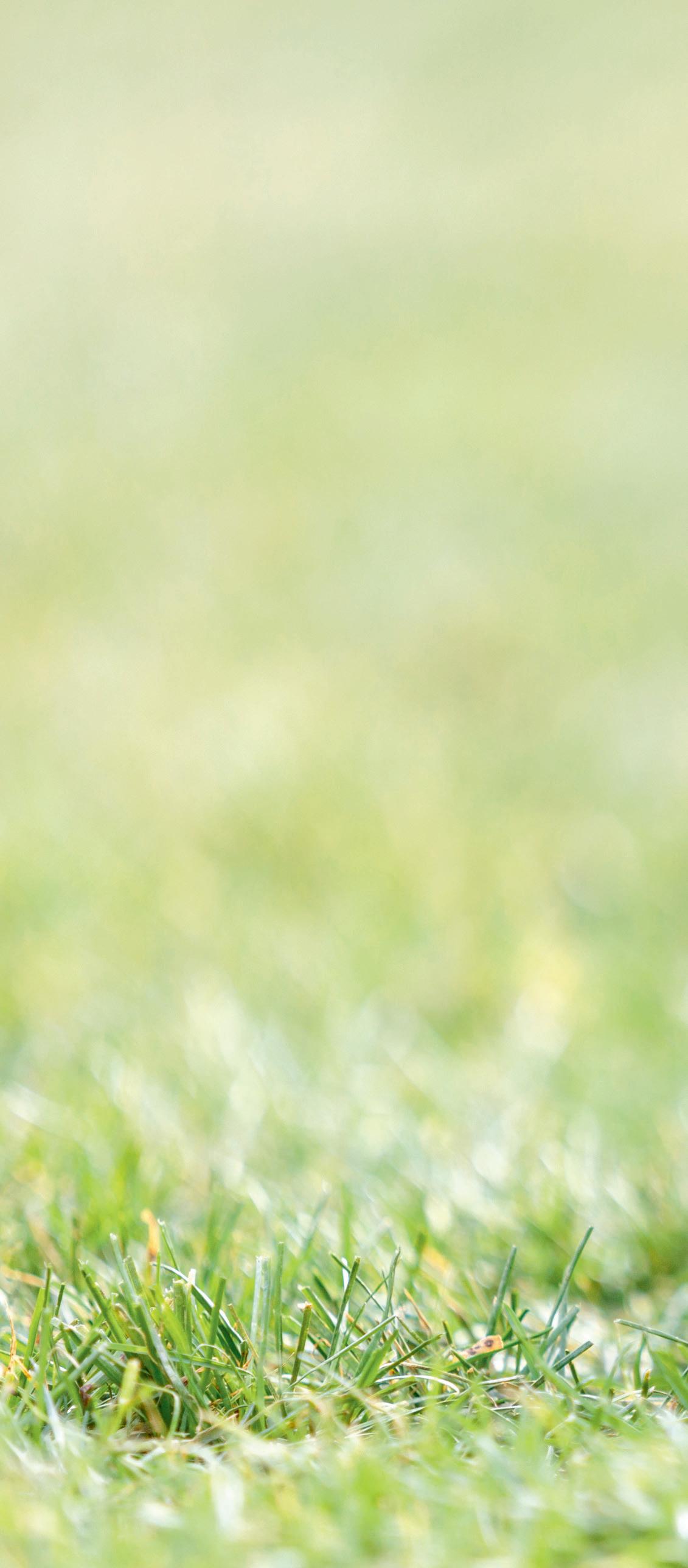
We may recommend X-rays to get a better idea of what the foreign body is or where in the gut it is located. We will look for the foreign body as well as changes in the gas pattern within the intestines (suggestive of a blockage), thickening or ruffling of the intestinal wall, and evidence of motility. A foreign body isn’t always obvious or visible on an X-ray, however.
Sometimes foreign bodies can be hard to find or are difficult to see via an X-ray.
Dish sponges and fabric are a classic example of hard-to-find foreign bodies and sometimes a contrast agent or barium study is recommended as this can outline a foreign body or highlight a blockage. An abdominal ultrasound can also be useful in assessing the abdomen and guide treatment.
Remember though, these are all diagnostic tools; we then must fix the problem.
Scope or induced vomiting: Scope or inducing vomiting may be possible if the object is in the stomach and suitable for removal in this way. The best case where we induced vomiting was a pug that swallowed a green squishy frog toy. When we made the pup vomit, the toy frog quite literally looked like it leaped from the dog's mouth, much to the amusement of the staff.
Once the object has passed the stomach, scope and vomiting are not useful in most cases and it's off to surgery we go. In the large intestine, unless there is an obvious problem, we may choose to wait. Being wider than the small intestine, once foreign bodies have made it this far, they usually keep going.
Surgery: If the object is not suitable to be removed via scope or induced vomiting, then we need to perform a laparotomy to remove it.
A foreign body located in the oesophagus may be diagnosed and possibly removed via a flexible endoscope (a small tubular camera placed down the oesophagus). We do not use vomiting to retrieve objects in the oesophagus as they are “caught” and this would risk perforation.
The most common objects that lodge in this location are bone shards and fish hooks, although we did find a pen once.
Prompt surgery may be recommended to remove the foreign body from the intestines to prevent blockage and potentially serious consequences. The longer the foreign body is present, the more problematic the outcome will be in most cases. Sometimes a section of the bowel may need to be removed if it is perforated or badly damaged and likely to break down post-surgery. A ruptured gut and resulting peritonitis means a much poorer prognosis as the animal is often septicaemic at this stage and multiple other organs have been damaged by the toxins.
If you suspect or have seen your pet eat a foreign body of any kind, or if you have noticed your dog is showing any of the clinical signs of having done so, it is important that you contact your vet – and remember, time might be of the essence.
It’s a good idea to clean up around your yard and remove sticks and other debris, such as stones or even stone fruit, that could prove problematic if ingested by your pet.
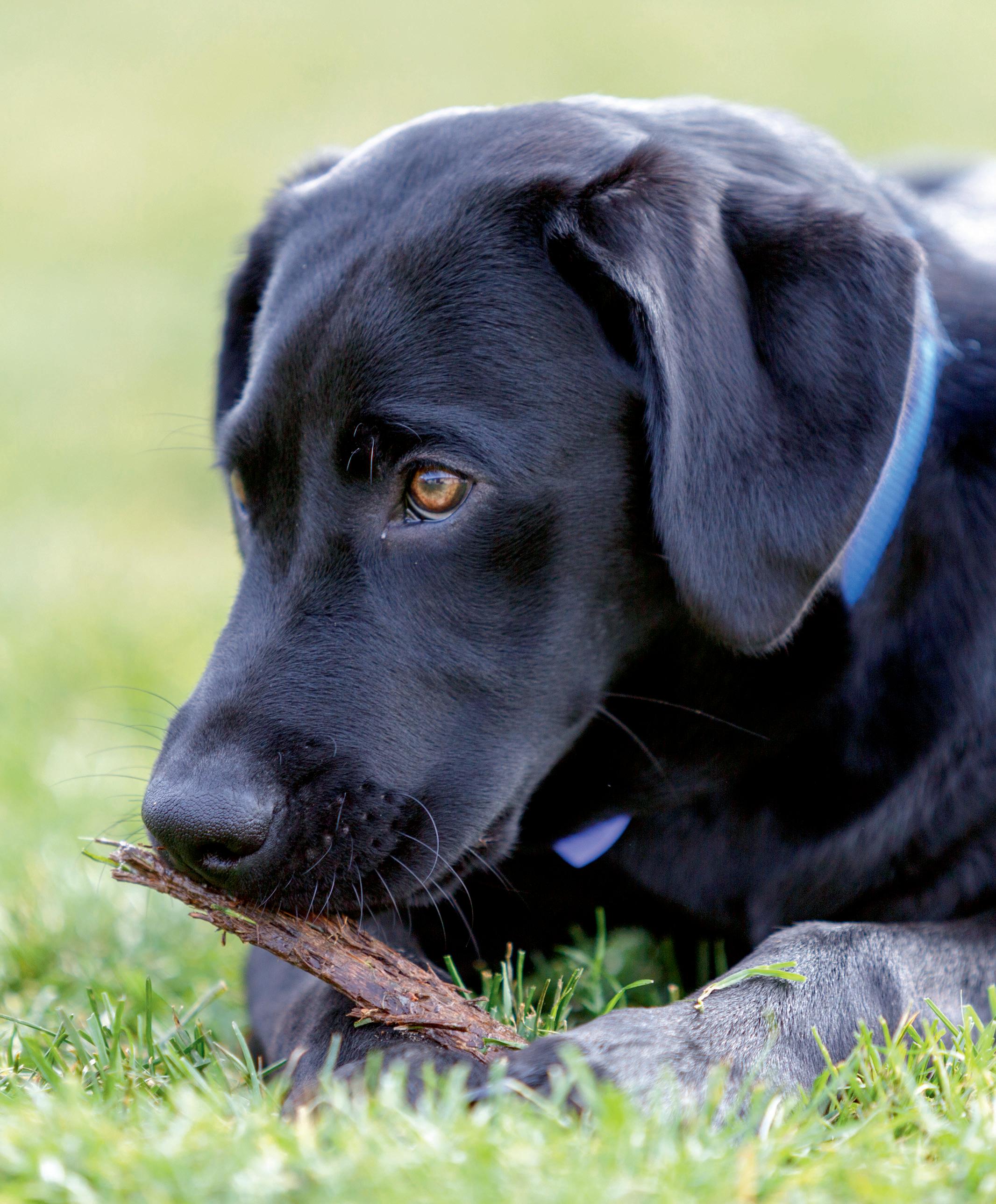
The month of July this year again saw the running of Donald Field & Game’s PanKind #playinpurple shoot, which not only raises much-needed funds for pancreatic cancer research organisation PanKind, but also honours the memory of Donald member David ‘Silly’ Pearce, who succumbed to the disease in 2021.
David must have been looking down on the event with a smile, as once again the sun shone on a beautiful winter’s day for the second year in a row.
The format of the event was 50 targets ASF followed by a ‘mates’ 26-target shoot, attracting a total of 96 shooting buddies to the event.
High Gun trophies and prizes were donated by Petal & Navy owner Peta Cummins, whose husband Stephen ‘Irish’ Cummins’s father lost his battle with pancreatic cancer in April of 2022. All other prizes were generously donated by Warrack Home Timber and Hardware (Wilken Group) where David Pearce had worked as a truck driver and mechanic.
Pearce family members were in attendance and shooting to remember their husband and father, and all enjoyed the day –
especially the ‘mates’ novelty shoot.
The wood raffle, the wood for which was kindly donated by Donald members Tyson and Vicki Chaplin, was won by David’s sister Joan Pearce; while four tickets donated by Region Touring to its One Electric Day concert, valued at more than $300, were won by Tyson Chaplin and Clunes member Tess James.
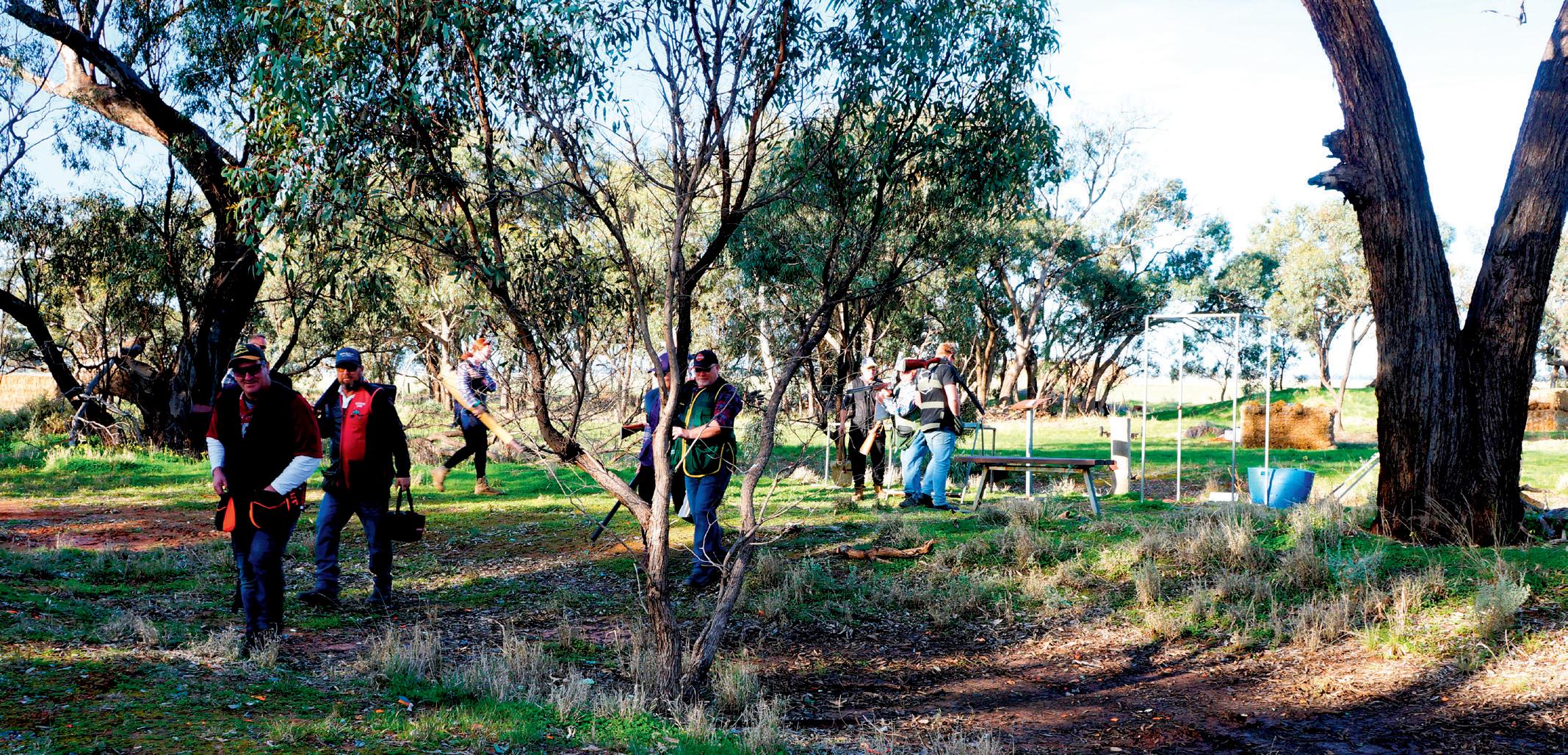
Local businesses and people who donated to the raffle were: Regional Touring, Jasper & Co, Mensland, The Clothes Bin, Love Shack Giftwares, Donald’s Family Butcher, Cherry Pearce, The Cottage Creations, Gilchrist & Co, and Field & Game Australia. Thanks also goes to Mel & Co for supplying the cookies – the sale of which raised $110.
PanKind – The Australian Pancreatic Cancer Foundation – offers research
grants to further improve earlier diagnosis and better treatment of pancreatic cancer, and – thanks to all the amazing and generous people who attended Donald Field & Game’s Play in Purple event –more than $1540 was raised for this important cause.
A huge thanks also goes to all those who volunteered their time and energy for the running of the shoot; a lot of work went of quietly behind the scenes – and once again the kitchen crew ran a superb ship!
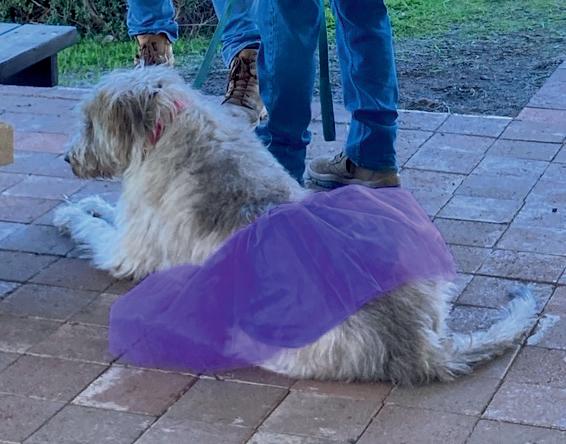
High Gun (OTG): Warrick Saddler (Mt Wycheproof) 45/50 (all other scores include handicap)
High Gun (handicap): Basil Wagg (Natimuk) 49
AA grade:
AA
1st Peter Teasdale (Minyip) 46
2nd Greg Deutscher (Minyip) 44
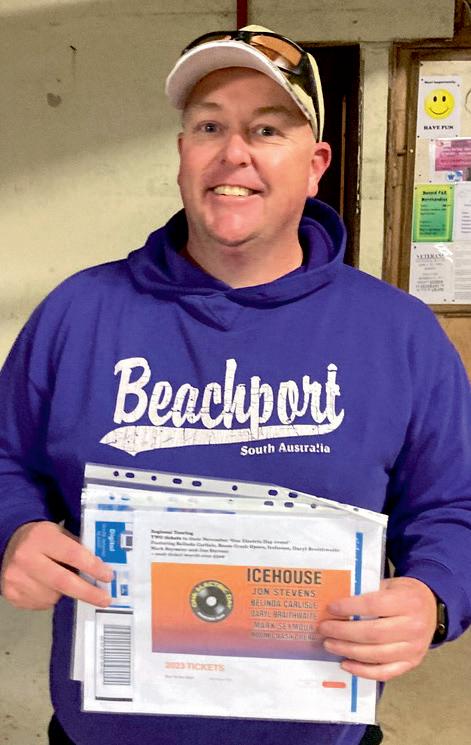
3rd Leigh Raine (Dunolly) 44
A grade:
1st Peter Chace (Ararat-Stawell) 44
2nd Andrew Falla (Donald) 44
3rd Craig Pickthall (Minyip) 42
B grade:
1st Rod Shirley (Clunes) 48
2nd Gavin Krause (Minyip) 45
3rd Tyson Jenkins (Ararat-Stawell) 41
C grade:
B grade: C grade:
1st Daniel Westerland (Donald) 41
2nd Lyle Streeter (Grampians) 40
3rd Sean Clarke (Ballarat) 39
Ladies:
Ladies:
1st Rachel Nixon-Luke (Minyip) 38
2nd Joanne Doherty (Grampians) 37

3rd Lauren Pearce (Donald) 35
Veterans:
1st Chris Charleson (Swan Hill) 46
2nd Ray Gould (Minyip) 42
3rd Peter Pendlebury (Donald) 39
Juniors:
Veterans: Juniors:
1st Benjamin Krause (Minyip) 39
2nd Roy Davis (Bendigo) 35
3rd Wolfgang Dempsey (Minyip) 30
Along with the 50-target ASF offered on the day, Donald F&G also ran its ‘mates’ novelty shoot.
The format required two shooters to stand in separate cages side by side and shoot together, facing 26 targets each, totalling 52 in all.
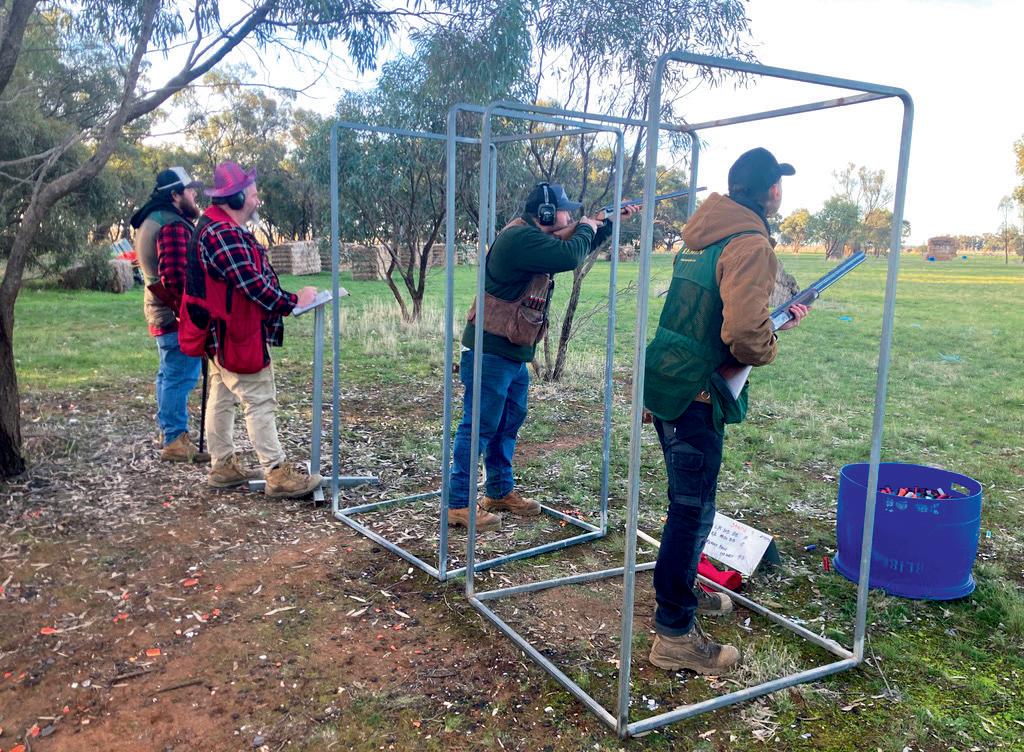
Five dollars from every entry went to PanKind, with 38 mates shooting in this event.
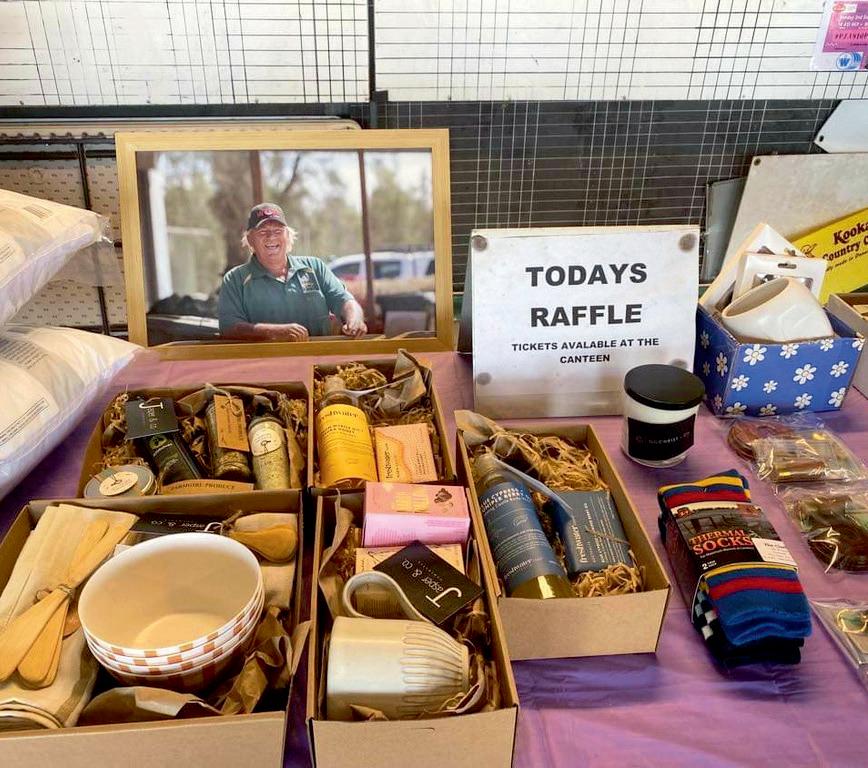
The OTG winners of this shoot were:
1st Chris Charleson (Swan Hill) and Greg Deutscher (Minyip);
2nd Leigh Reine and Phillip Toose (Clunes);
3rd Levin and Tynan Jenkins (Ararat-Stawell).
Handicap winners were:
1st Levin and Tynan Jenkins (Ararat-Stawell);
2nd Brandon and Wolfgang Dempsey (Minyip);
3rd Gavin and Kailie Krause (Minyip).
The 44th annual Howard and Schuback Gippsland Interschool Simulated Field Clay Target Shooting Championships took place at the Sale Field & Game range on Wednesday, June 14, attracting 154 students from 12 Gippsland schools.
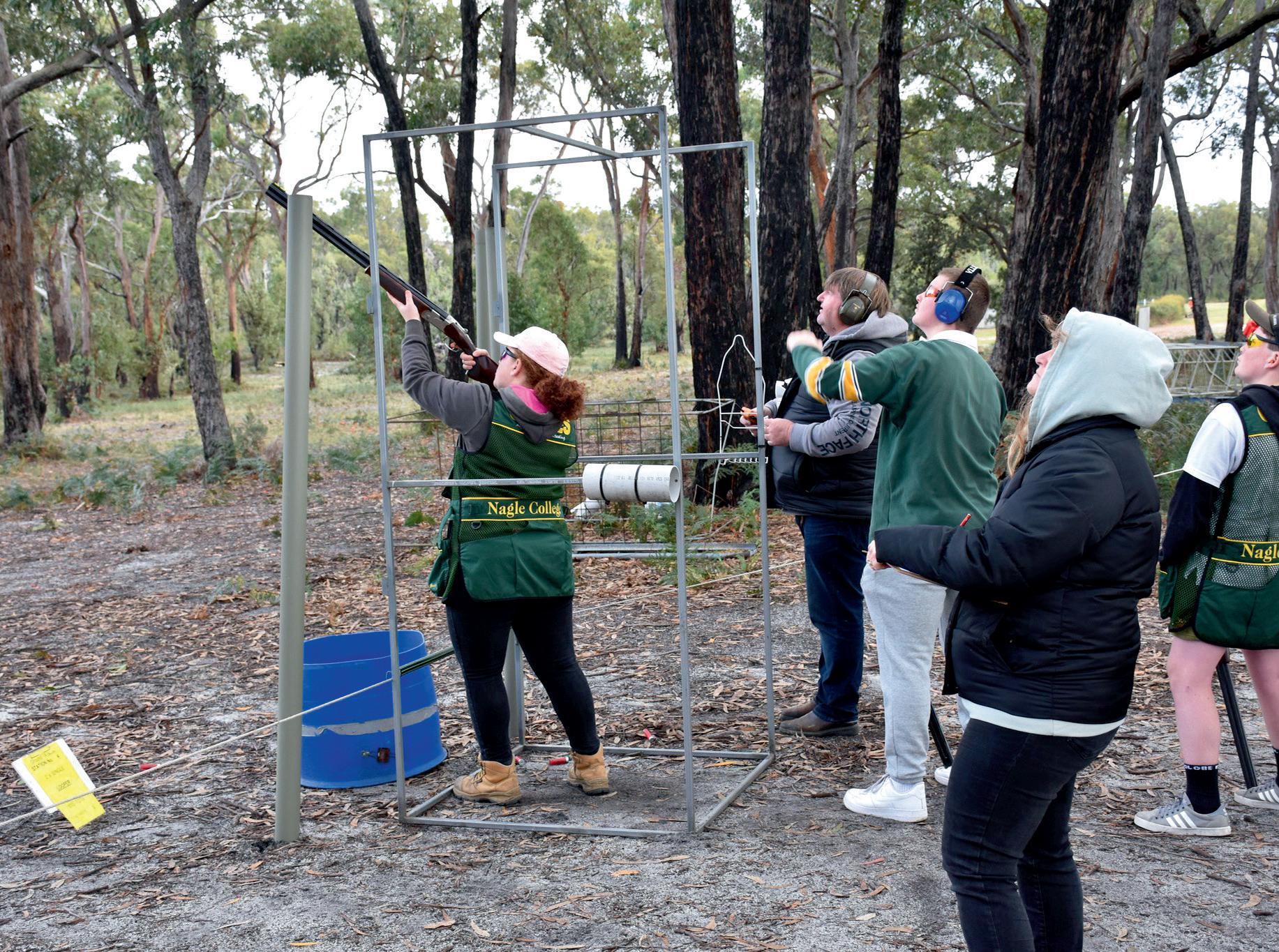
Since its inception in 1978, 25 different schools have participated in this event, and this year students from as far away as Korumburra and Orbost attended, with a student from Korumburra Secondary College being welcomed for the first time.
A crisp morning greeted the students, who were divided into 29 squads of five or six competitors before setting out to shoot their first 10 targets.
After a short break around lunchtime the squads were called back out to shoot another 10 targets on the opposite side of the range to their first round.
Shooters were divided into gender groups in Junior (students aged 14 and under) and Senior categories. There were 70 boys and 17 girls in the Senior events, and 53 boys and 14 girls in the Junior events.
Field & Game members from all over Gippsland helped in many capacities at the event, from setting up the range, transporting students and manning the canteen, to refereeing and recording scores, cleaning toilets, tidying the clubrooms and cleaning up the range after the conclusion of the event. Without this support from members, and also from teachers in the schools, parents and bus drivers, events such as this could not take place.
Gary Howard OAM was the chief referee for the day, which ran smoothly with shoot-offs and presentations all complete before 2pm.
The reigning 2022 champion team, Gippsland Grammar, again took the chocolates, with team member Finn Carpenter also taking out the Senior Boys category. Senior Girls winner was Sienna
Smith from St Paul’s Anglican Grammar School, Warragul; Junior Boys winner was Noah Seddon from Lavalla Catholic College, Traralgon; and Junior Girls winner was Imogen Carpenter from Gippsland Grammar.
Sale Field & Game president Michael Brown awarded the prizes and congratulated all shooters on their behaviour and their safe gun handling. He also thanked all the helpers who had given up their day to make this event such a great success.
Special thanks also goes to H&S Firearms for their fantastic sponsorship of this event.
Senior Boys:
1st Finn Carpenter, Gippsland Grammar 19
2nd Joel Hooper, Gippsland Grammar 18
3rd Bobby Kanavan, Lavalla College 18
Senior Girls:
1st Sienna Smith St Paul’s Anglican Grammar 18
2nd Ella O’Doherty, Gippsland Grammar 14
3rd Joci Heenan, Lavalla College 12
Junior Boys:
1st Noah Seddon, Lavalla College 18
2nd Isaac Robinson, Lavalla College 18
3rd Cooper Mitchell, Lavalla College 17
Junior Girls:
1st Imogen Carpenter, Gippsland Grammar 15
2nd Nikki Farley, Orbost Secondary 13
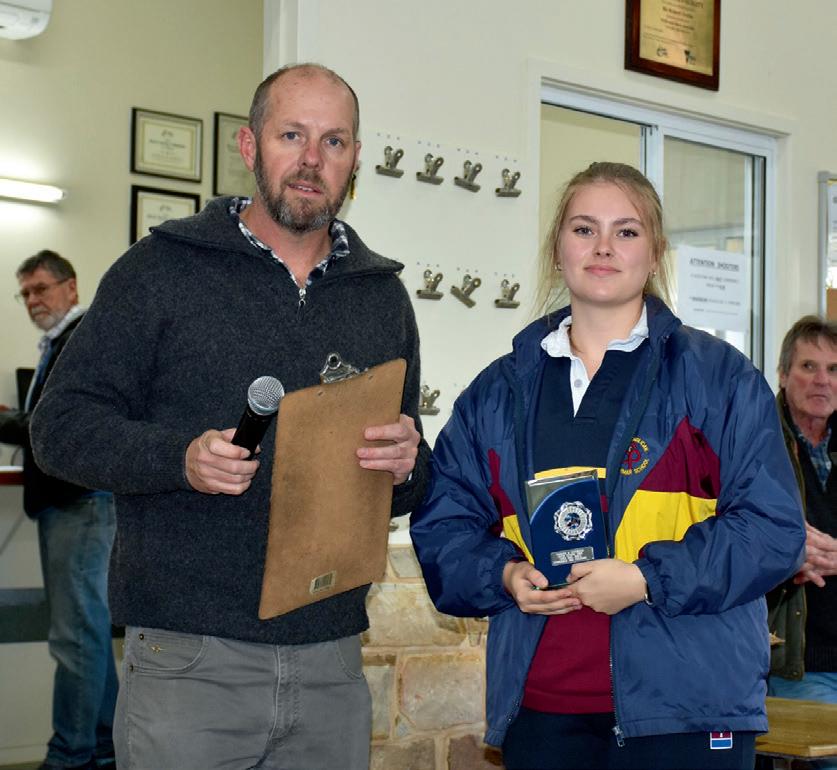
3rd Darcee Young, Gippsland Grammar 13
Teams event:
1st Gippsland Grammar

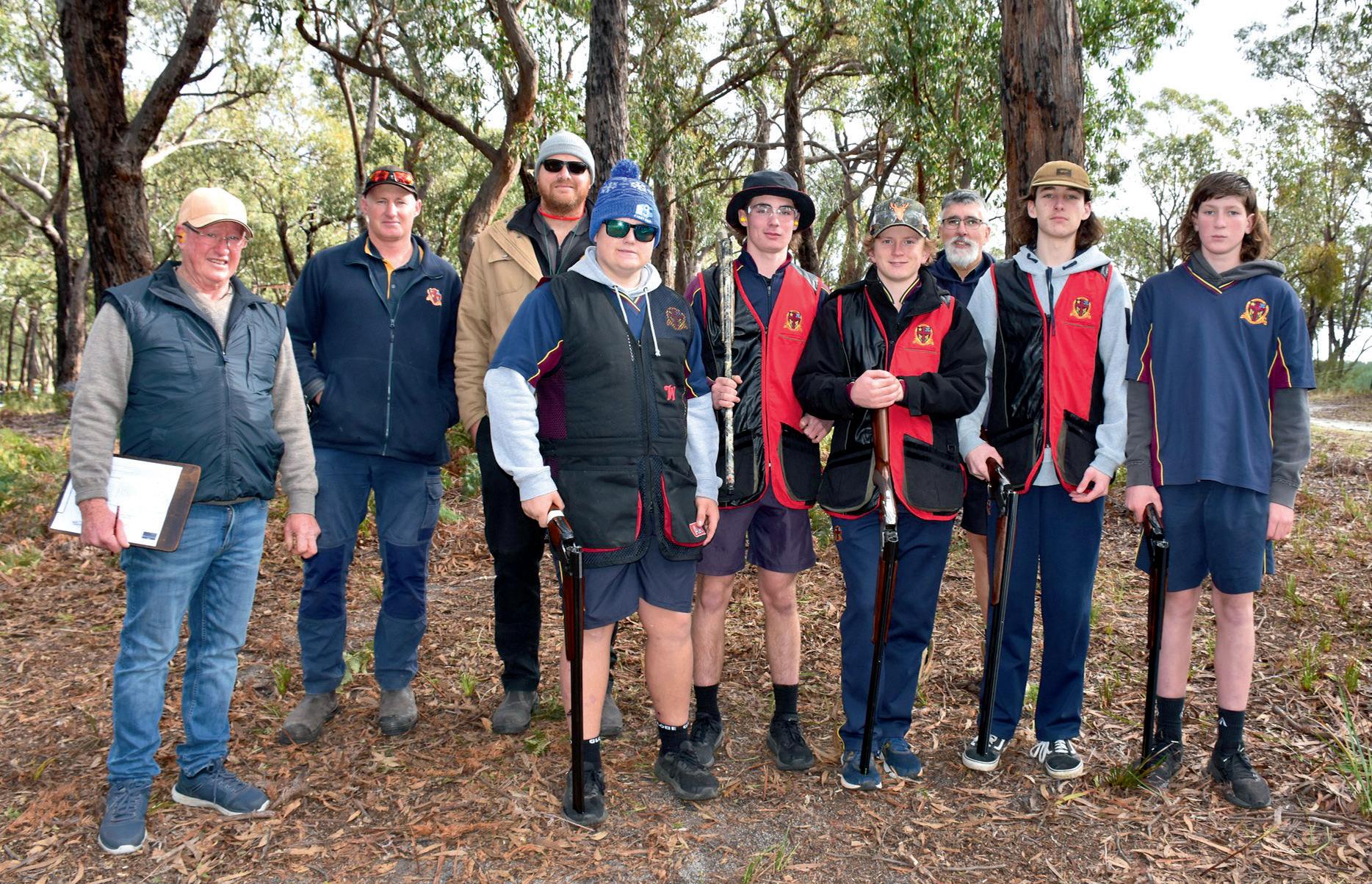

82/100 (team members; James Westman, Braith Stayley, Finn Carpenter, Joel Hooper, Sam Ditchburn)
2nd
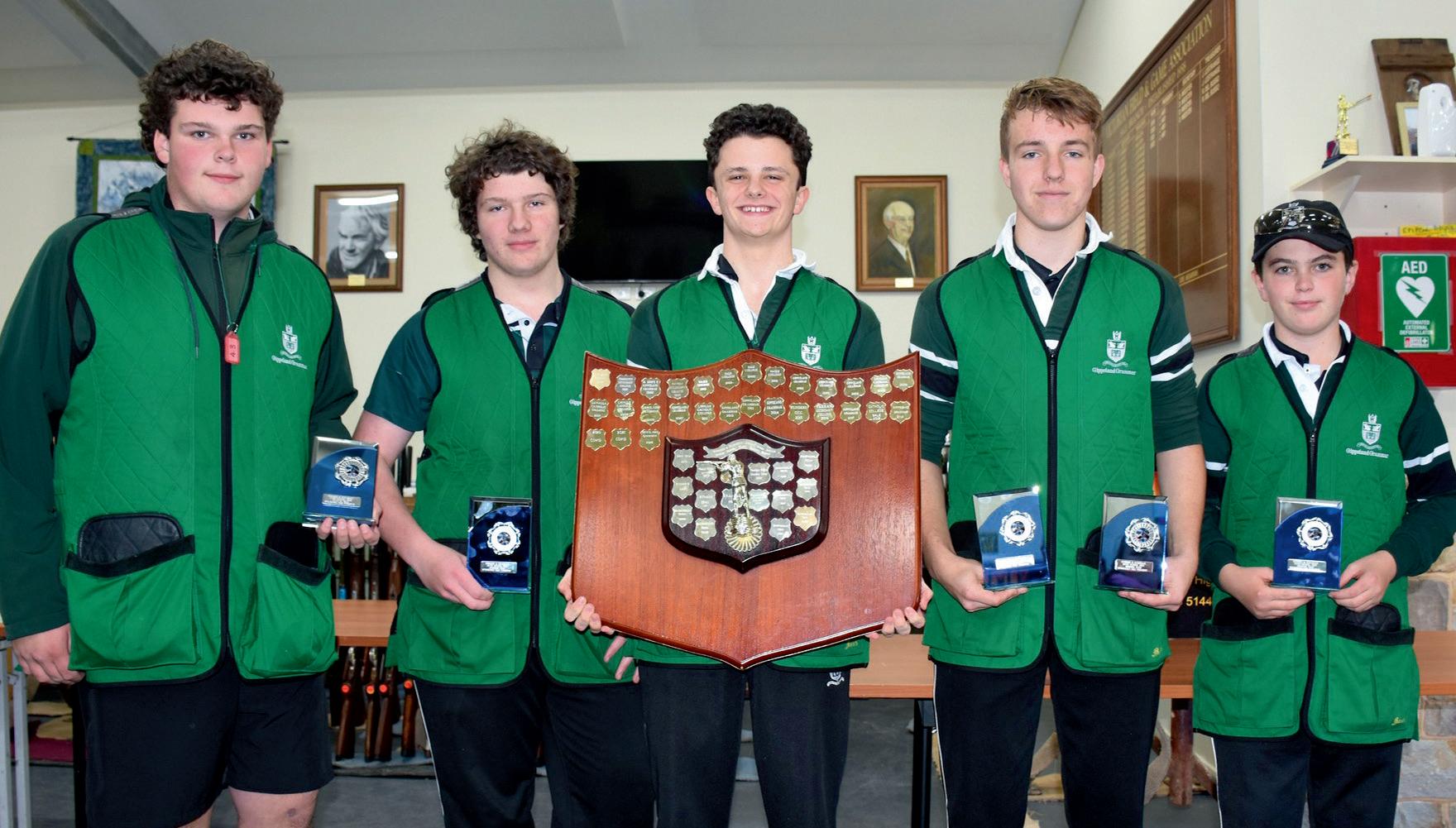
On Saturday, April 1, Seymour Field & Game held its annual charity shoot, a 100-target handicap event.
The fundraising recipient this year was the local Whiteheads Creek/ Tarcombe CFA, and with 125 shooters and an enormous raffle, the club was able to raise $1400.
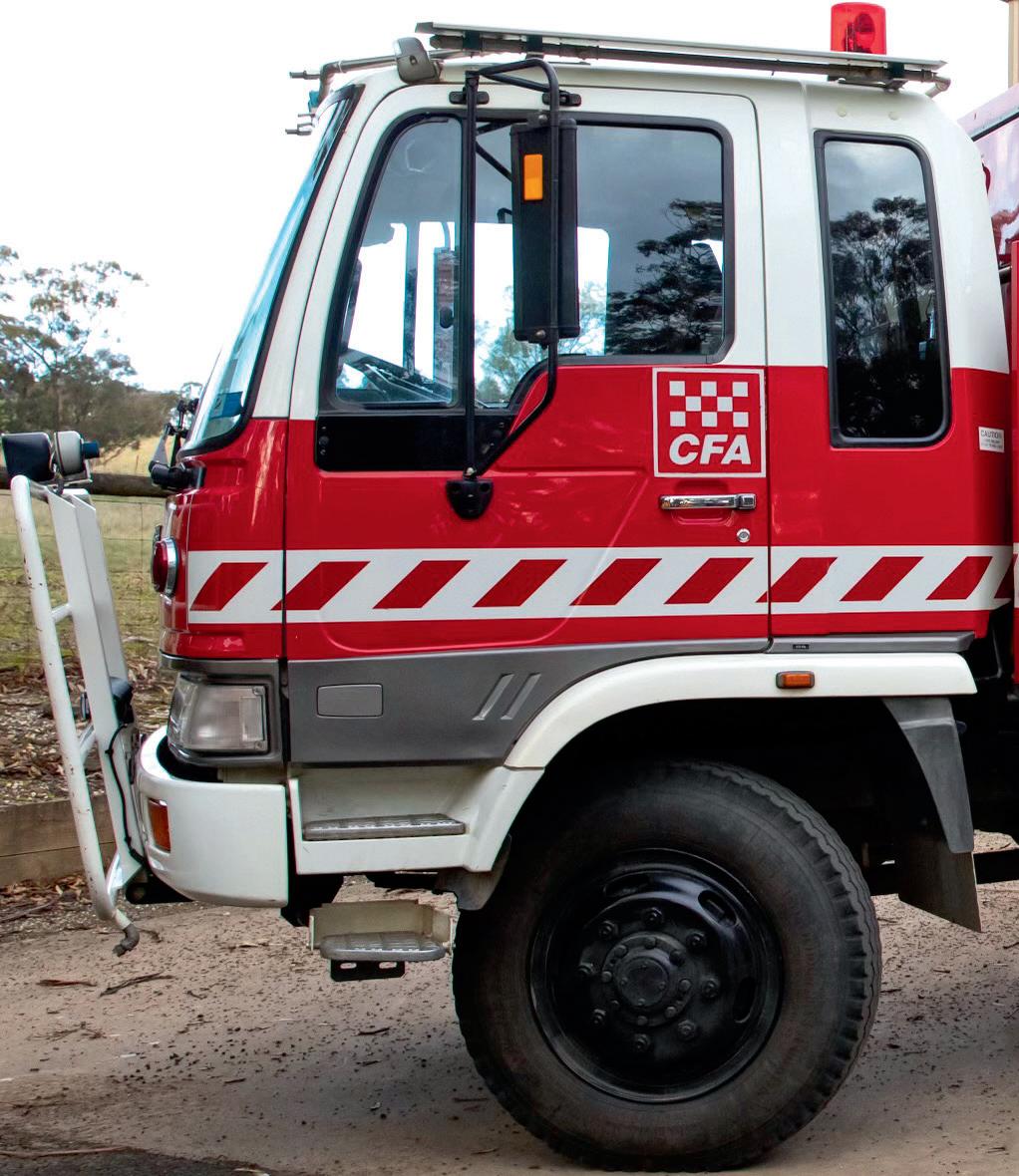
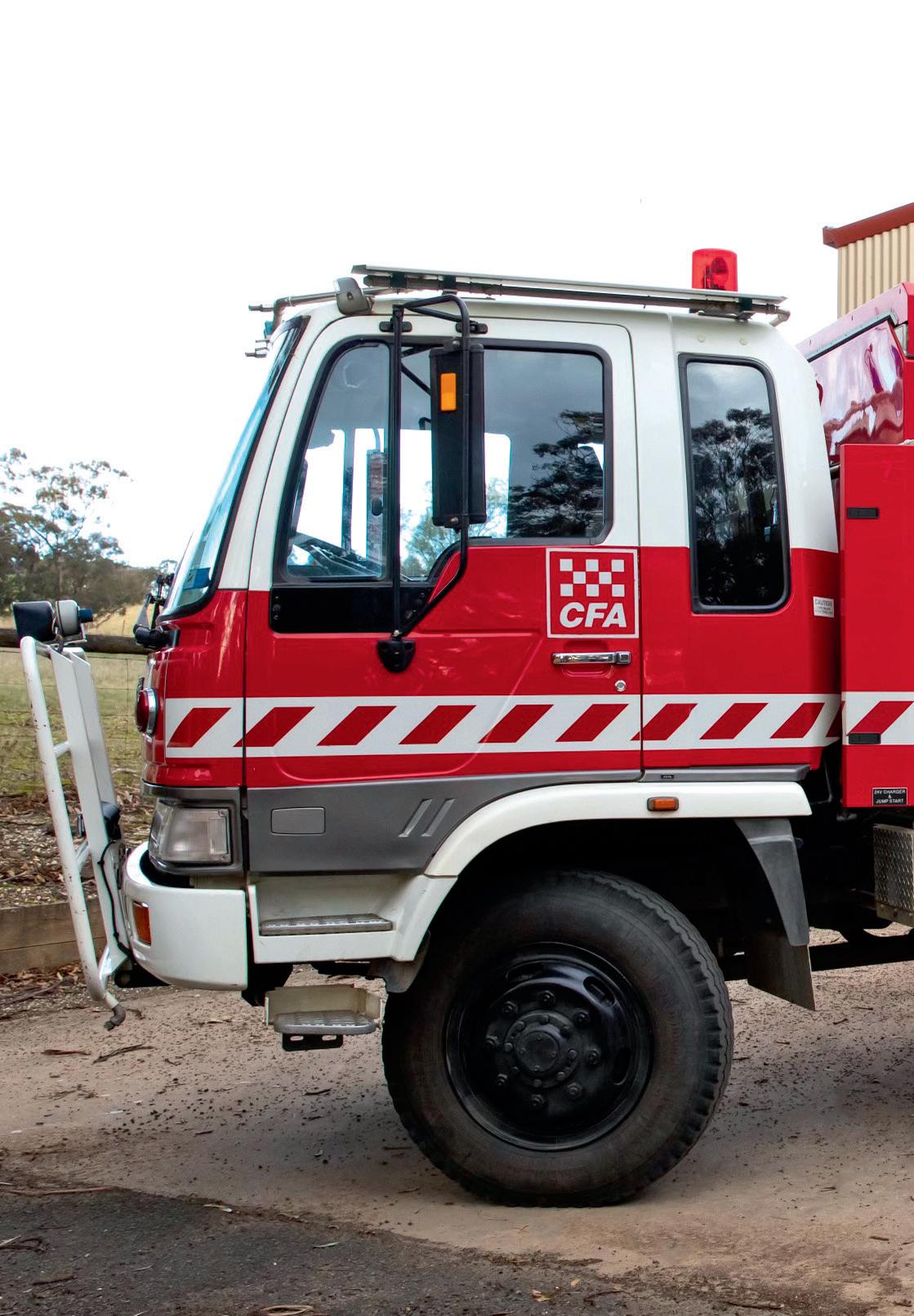
Generous sponsors included Nutrien Ag Solutions, Betta Home Living Seymour, Seymour Hardware Group, Fat Rat Trading Kilmore, John Sanderson Machinery Nagambie, and IGA Seymour, and the overall handicap winner on the day was Adam Shale.

On May 6, Seymour FGA held its monthly 75-target event, incorporating the Seymour vs MCC Challenge.
With 124 shooters battling it out, Ed Treadwell was the overall winner and Seymour won this year’s challenge with the score of 60.22% to MCC’s 53.64%.
A SxS competition was also run on the day and attracted 26 competitors, with Shaun Fowler the winner with 65/75.
Seymour Field & Game’s September event is its 100-target Supershoot, due to be held on September 2.
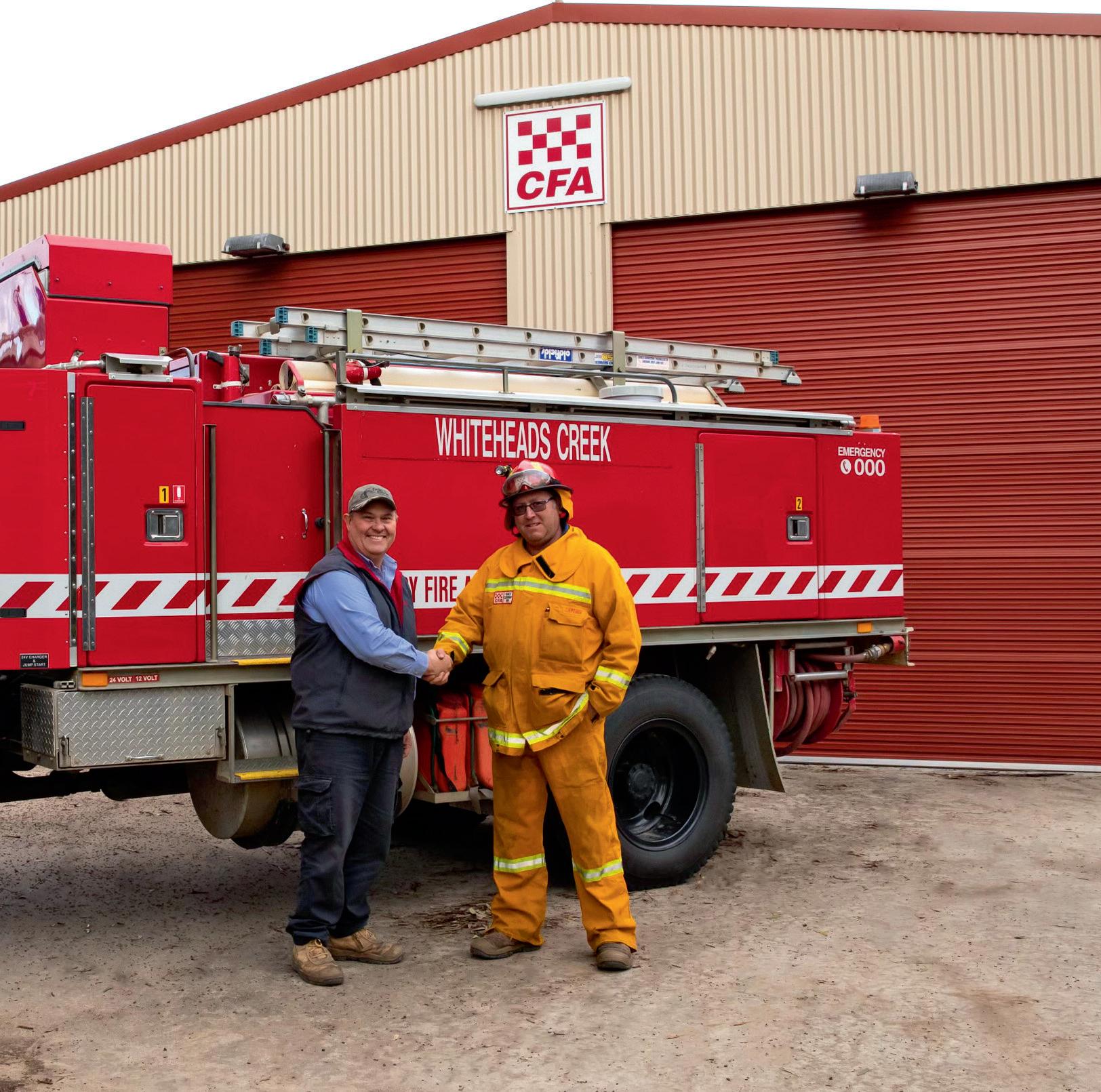


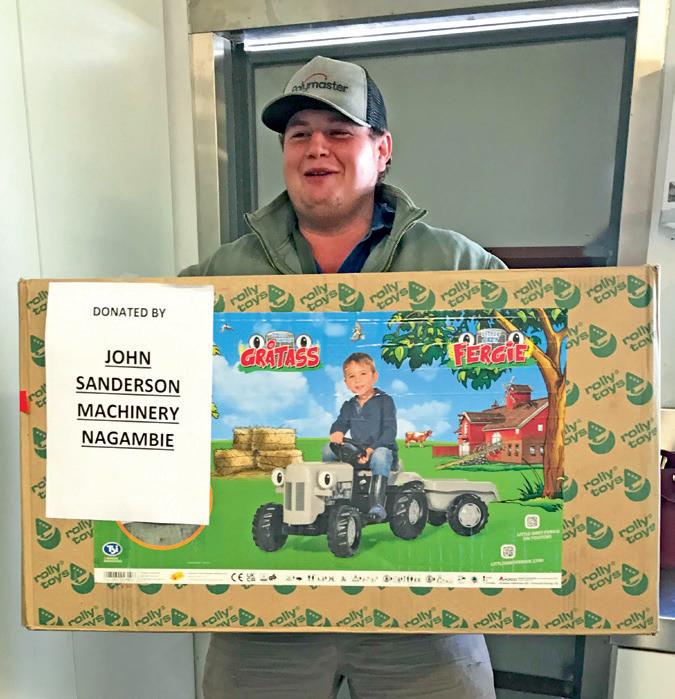
Held over three shoots in June and July, the inaugural Port Phillip English Sporting Series was a resounding success by all accounts and saw shooters travelling from near and far to visit Long Point Reserve for some great days of shooting and the chance to win a fantastic door prize – a 20g Rizzini shotgun sponsored by SJS Trading Co.
The series kicked off on June 3 with Port Phillip’s annual English Sporting shoot, and with 131 shooters out around the traps, the excitement was high.
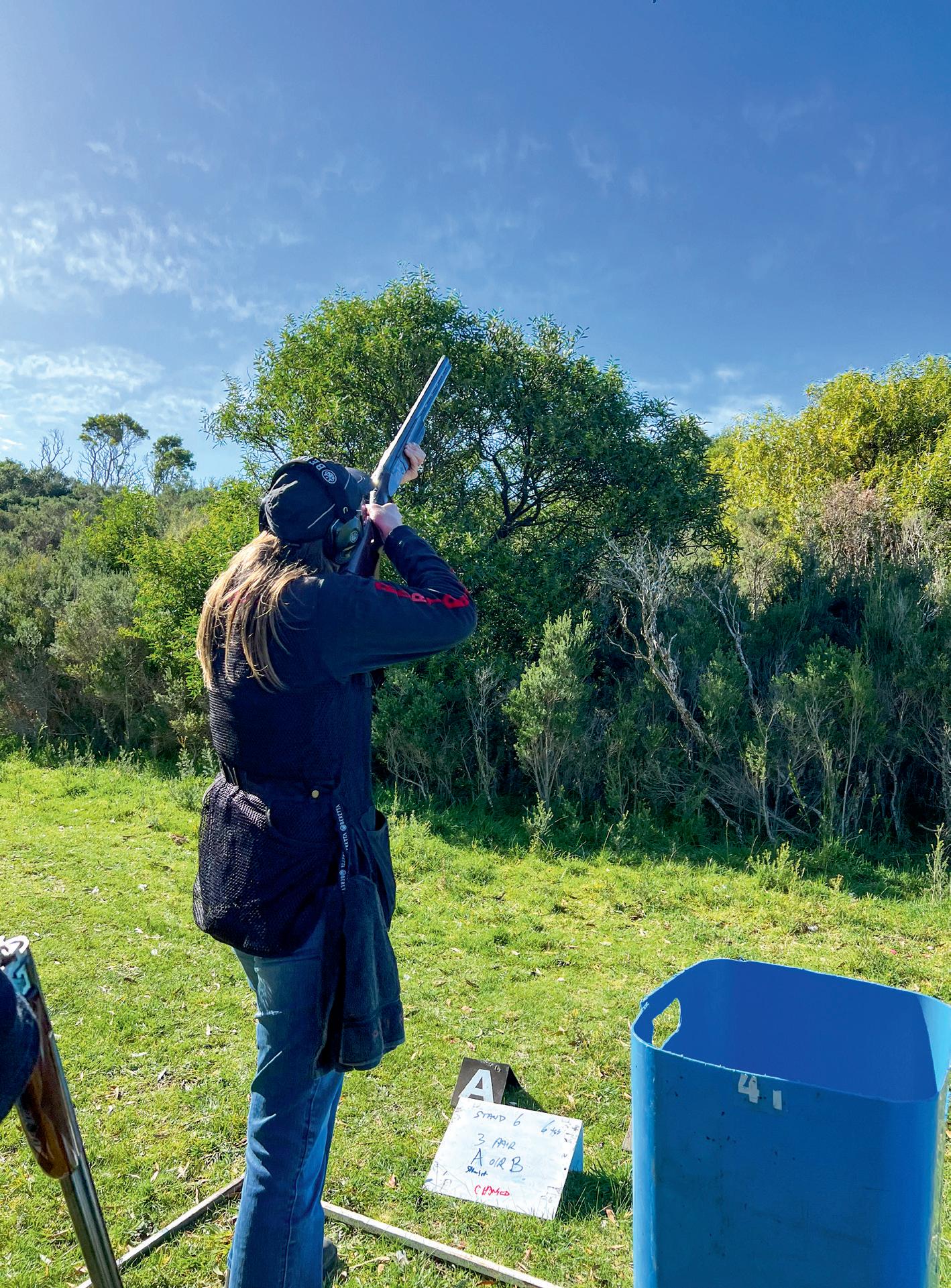
James Saliba proved best on the day, taking out High Gun with a great score of 88/96.
The first of the July shoots was the Gamebore Australia Side by Side Shoot on July 1 – always a popular shoot on the calendar and a great opportunity to get out the old ‘squirrel guns’.
SxS High Gun on the day was John Passarin with a score of 85/96, and it would be of no surprise to anyone that the Passarin name was prevalent among the winners, with Troy (A Grade, 1st), Robbie (A Grade, 3rd) and Ebony (C Grade, 1st) all taking placings.
To round out the series, the Gamebore Australia Sub-Gauge Challenge was held on July 29 and offered shooters another opportunity to get out those guns that may not see as much daylight as their regular competition firearms.
Terry Preston from SJS Trading Co was on site with a range of Rizzini sub-gauge shotguns set up in a Come ‘n Try area –and this made for lots of fun for shooters between rounds.
It was truly fantastic to see so many shooters out with their 20g and 28g guns,
and we hope that the next series will see some .410s on the shooting ground as well.
In addition to the individual shoot prizes and the door prize offered during the series, Geelong Guardrail came on board to sponsor a cash prize competition run across the SxS and sub-gauge competitions, with the top 10 shooters (handicapped) sharing in a cash prize pool
of $1100, with Andrew Leech taking out first place.
The prize to cause the most hype was of course the 20g Rizzini shotgun door prize from SJS Trading Co. To be eligible, shooters must have competed in all three events and were required to be present at the time of drawing – and the lucky shooter drawn out randomly was Mark Wright.

A huge thanks must go to the sponsors across the series – SJS Trading Co, Gamebore Australia and Geelong Guardrail – and of course to all the shooters who attended.
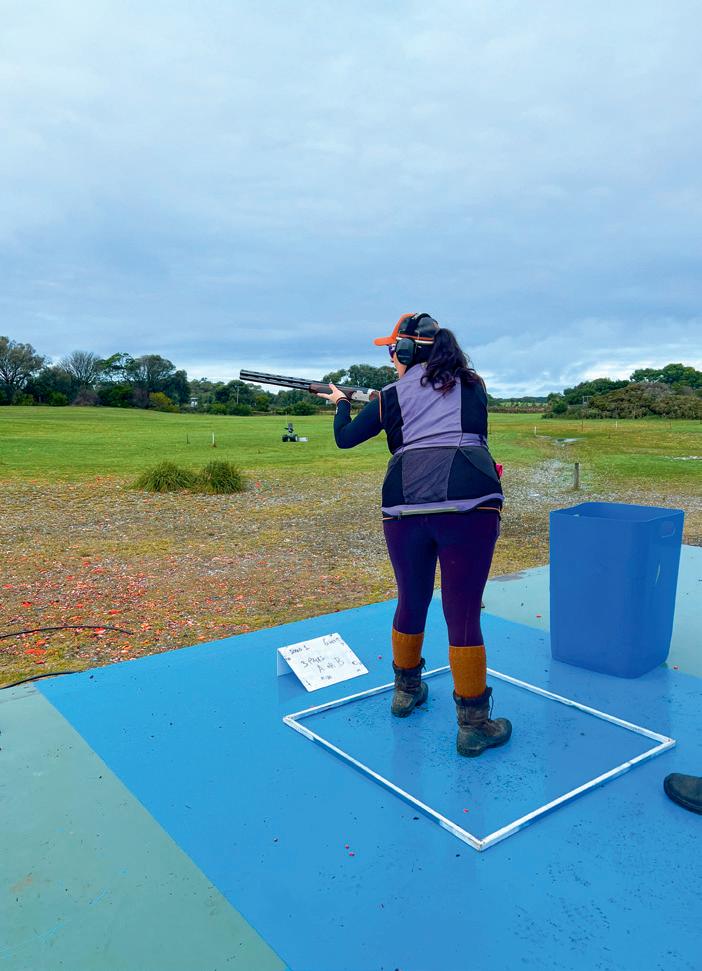
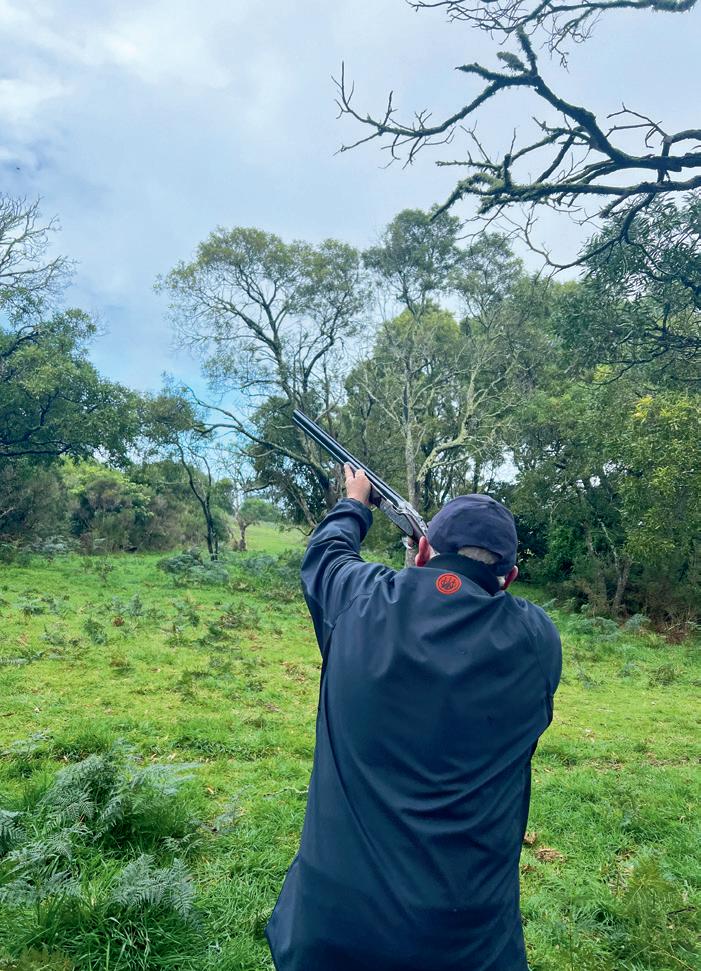
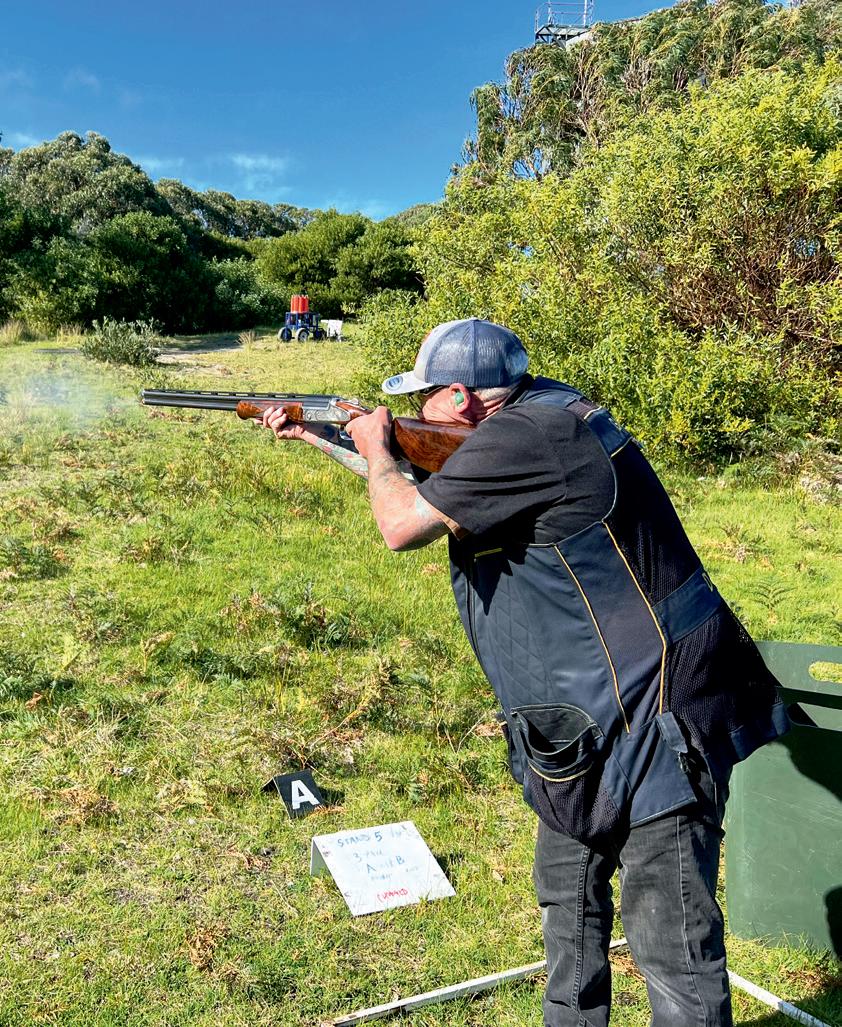

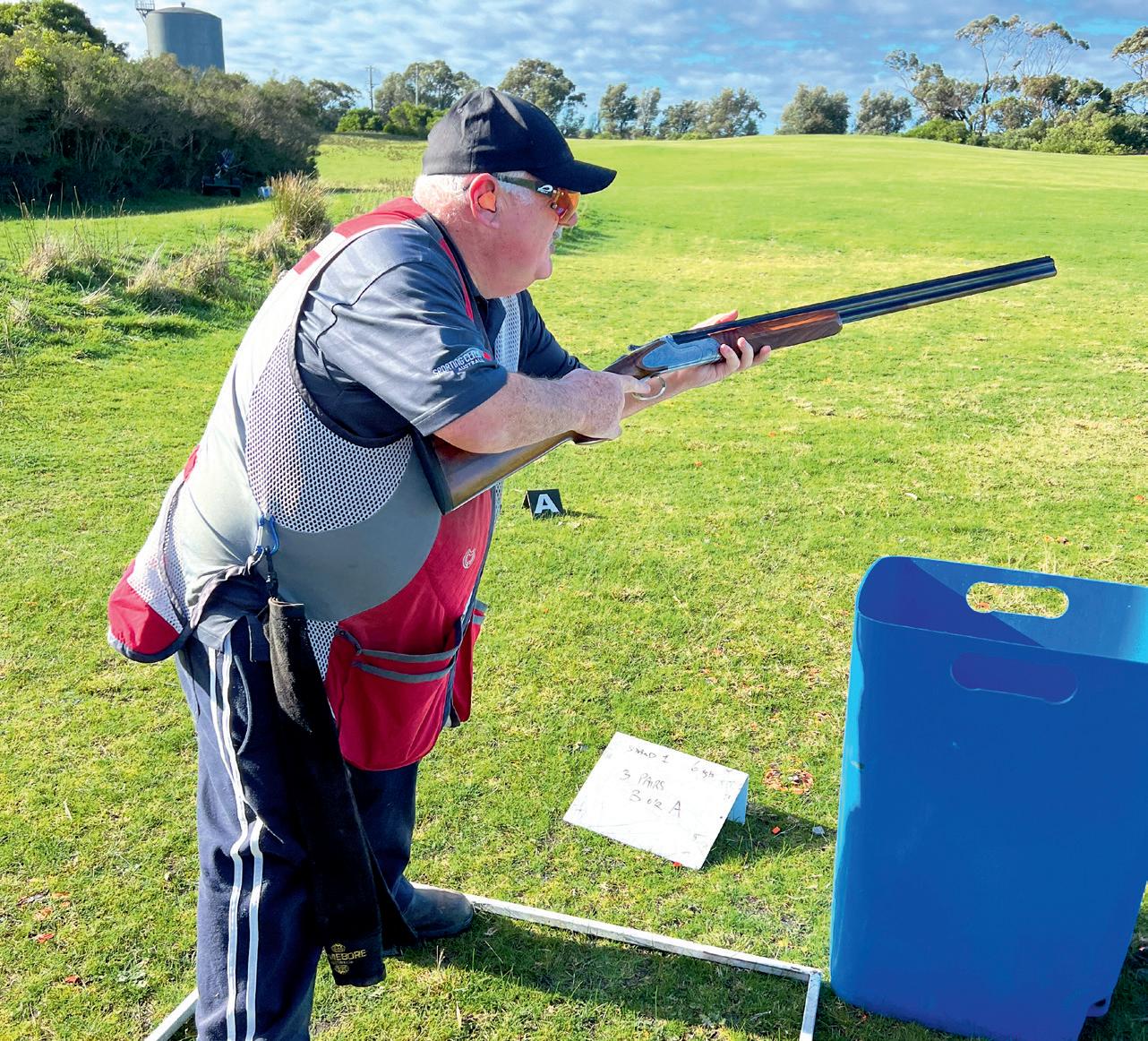
Port Phillip FGA looks forward to making the English Sporting Series a strong feature in its shoot calendar for the coming years.
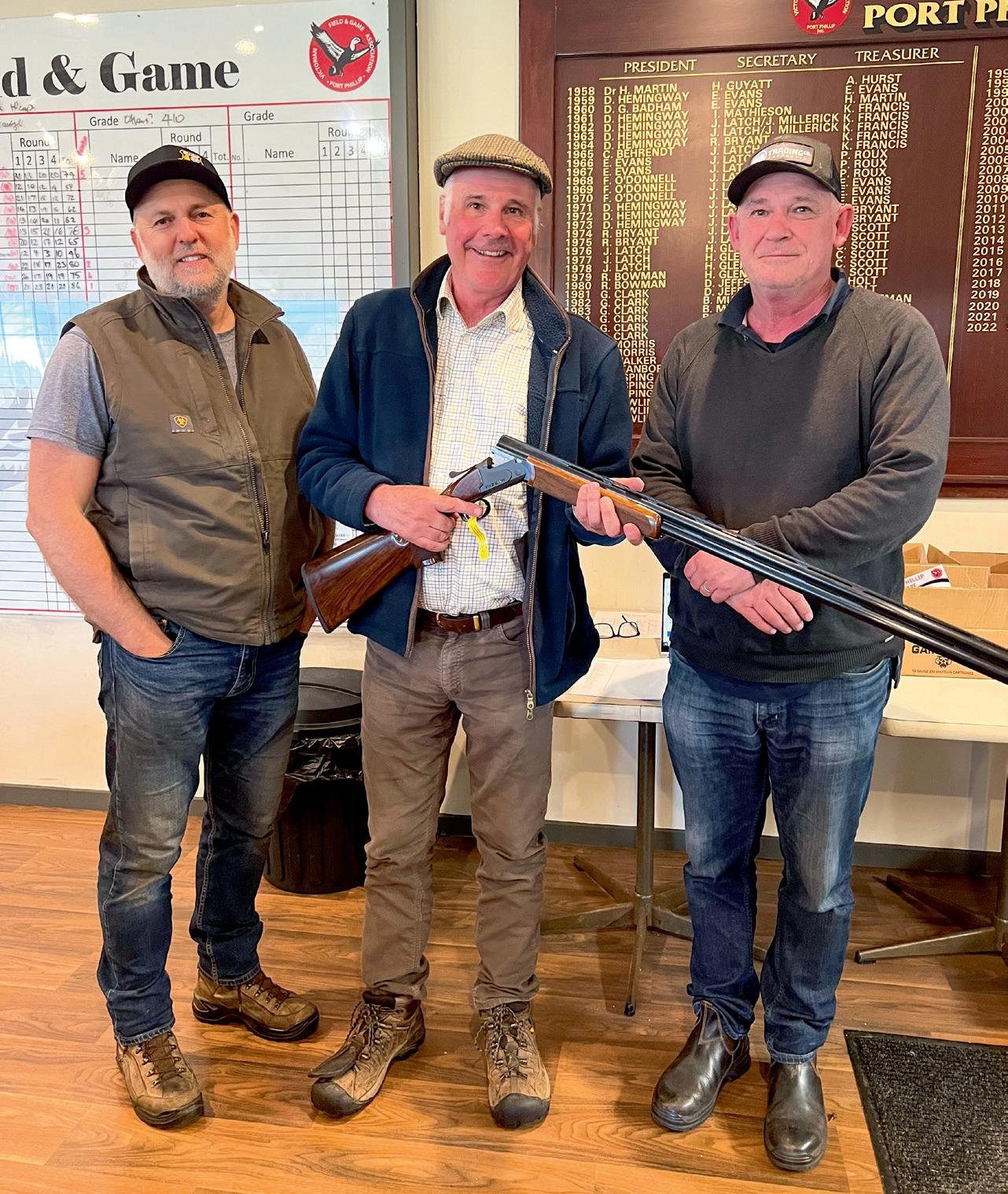
The Territory’s premier sporting clay target event was held in August at NT Field and Game and attracted a record number of entrants from interstate as well as locals. Just on 120 individual shooters competed over the three days, attracted by a fabulous prize pool thanks to Coolalinga Guns and Ammo and suppliers such as Outdoor Sporting Agencies, Raytrade, SJS Trading Co., Beretta and Nioa, coupled with local sponsors Murray Oakley Retravision, Outback Batteries, Carpet One, Territory Tyres, Darwin Camping World and Fishing and Outdoor World. Local member Paul Manners had once again delivered the most sought after handcrafted trophies in Australia.
The entire weekend was blessed with the balmy tropical weather we expect here in the NT during July and August.
NT Sports Minister Kate Worden was on hand to open the event and present the trophies for the NT Five-Stand Sporting Clay Championship on Friday. The local and interstate shooters were very impressed to have the Sport Minister giving so much support and attention to our weekend. Gerard Maley was giving
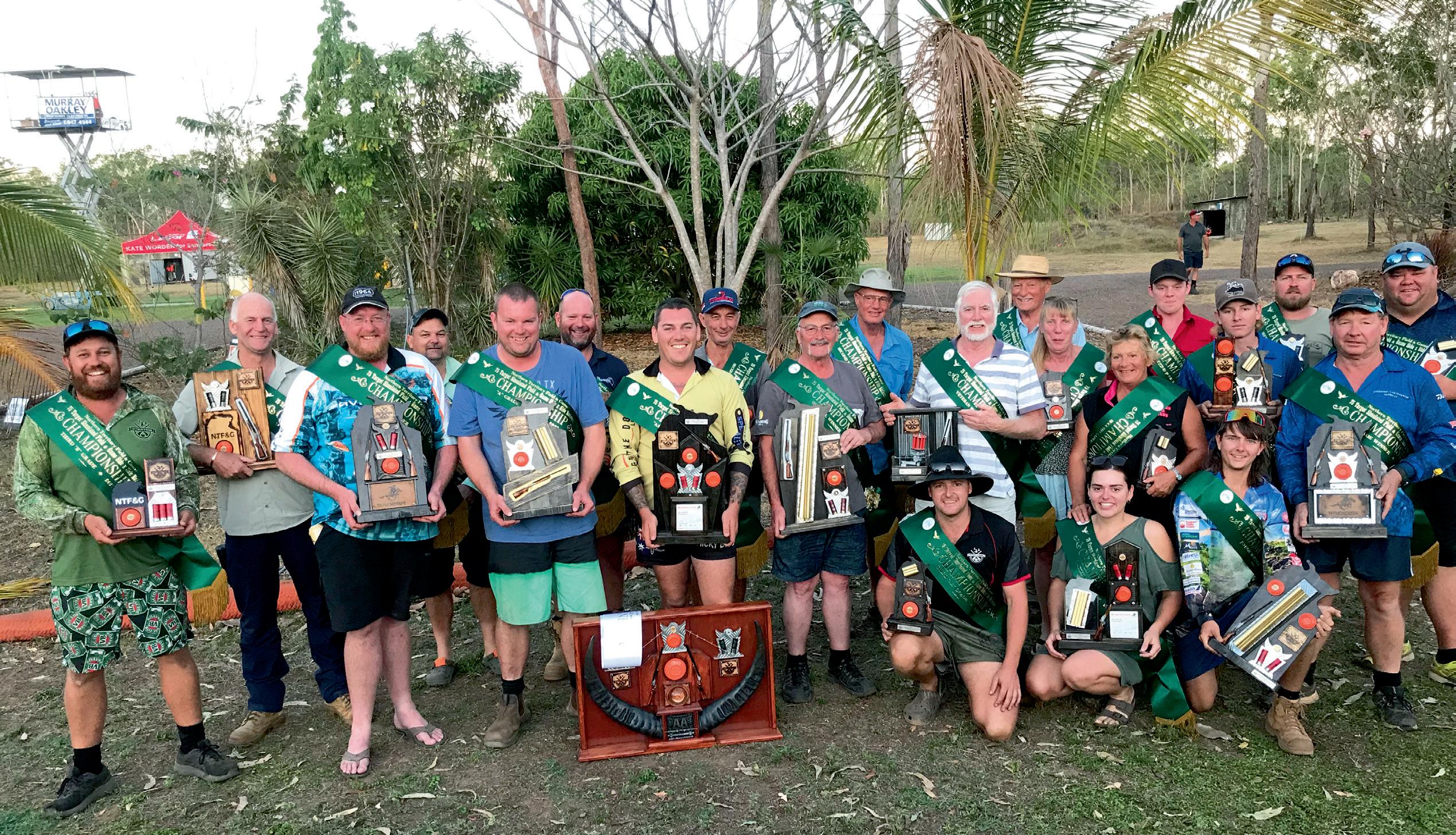
support to the shooters on Saturday, and Brent Potter – a hunter himself – mingled with shooters and was happy to discuss matters concerning hunting and wetland conservation for quite some time with Field & Game members. All these MLAs plus Lia Finnochiaro and Marie-Clare Boothby supported the event with the loan of equipment and sponsorship. NT Field and Game is indebted to them for assisting the club.
The big personal story of the event was a wedding proposal as the intended consequence of “Mocka” McSwain when he won a Mauser M18 .308cal rifle, donated by OSA. He had promised his partner if he won a gun over the weekend he would ask her to marry him. Mocka won again with her acceptance.
The monster raffle was so well supported by the trade sponsors that it would not be surprising if everyone who bought a ticket left with a prize.
Guns were given away as door prizes each day. Thanks goes to SJS Trading for a Templeton T1000, an ideal goose and duck gun which was won by Alex Towns; day two had a Mauser M18 supplied by Outdoor Sporting Agencies and won by
Mocka, hopefully a rifle he can use on his next trip for buffalo and pigs; and on day three a Yildiz 12ga side by side kindly donated by Raytrade was won by local Peter Bowker and will be seen regularly at the Mickett Creek range for weekly practice and regular competition.
The raffle was topped with a Miroku Mk70 12ga U/O that will be at home on the clay target range as well as in the field chasing birds.
Other major winners for the weekend were our own Alex Towns winning Overall Champion, Rod Wharton from Deniliquin who won the Five Stand Sporting Clays NT Championship, Jason “Fangs” Barclay of Melbourne who won the NT ASF Championship, and David Smith from Sale who was crowned the Field & Game Australia Side By Side National Champion for 2023. This national championship attracted 88 shooters using their trusty side by side fowling pieces, or those borrowed from mates, which must be a record for this event. Thanks to Roger Spera for designing and setting the course, our members, visitors and pollies for a tremendous shoot.
On the Tuesday following the shoot eight
visitors took the opportunity provided by NT Field and Game to scout the four hunting reserves around rural Darwin. They ventured to Harrison Dam, Lambells Lagoon in the morning before a hearty lunch at the Howard Springs Tavern. The plan was to lunch at the Humpty Doo Tavern but the place was jumping as the winning owner/ trainer of the Darwin Cup, run the day before, was shouting the bar and showing off his three NT racing cups won this year. The group then trekked into Shoal Bay and Howard Swamp. They gained years of
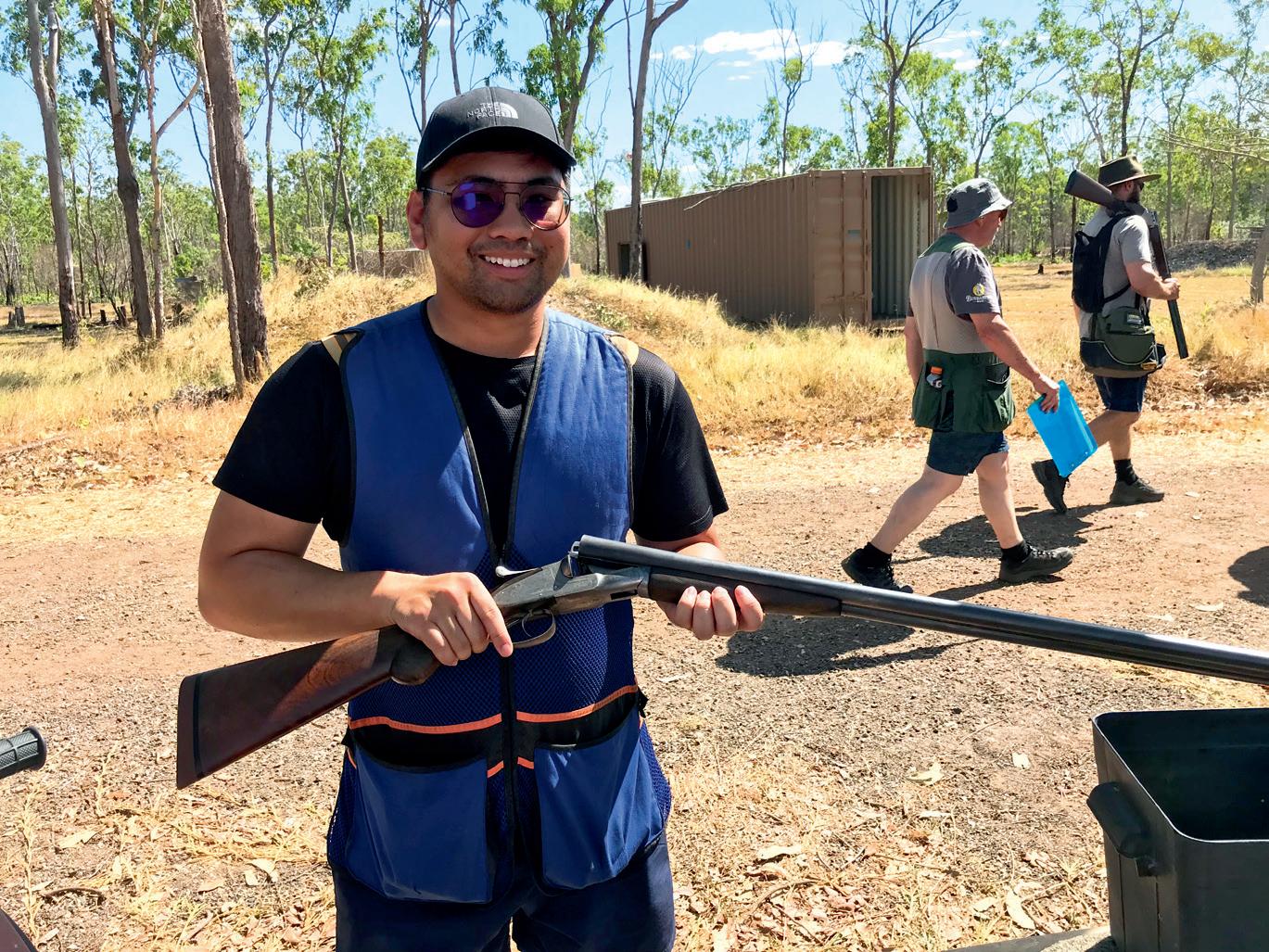
knowledge into how to hunt these areas for geese and duck. Malcolm “Pig Dog” Price even got taken on a pig hunt there later that week and scored a massive boar. Such is the hospitality and friendliness of NT Field and Game to our visitors.


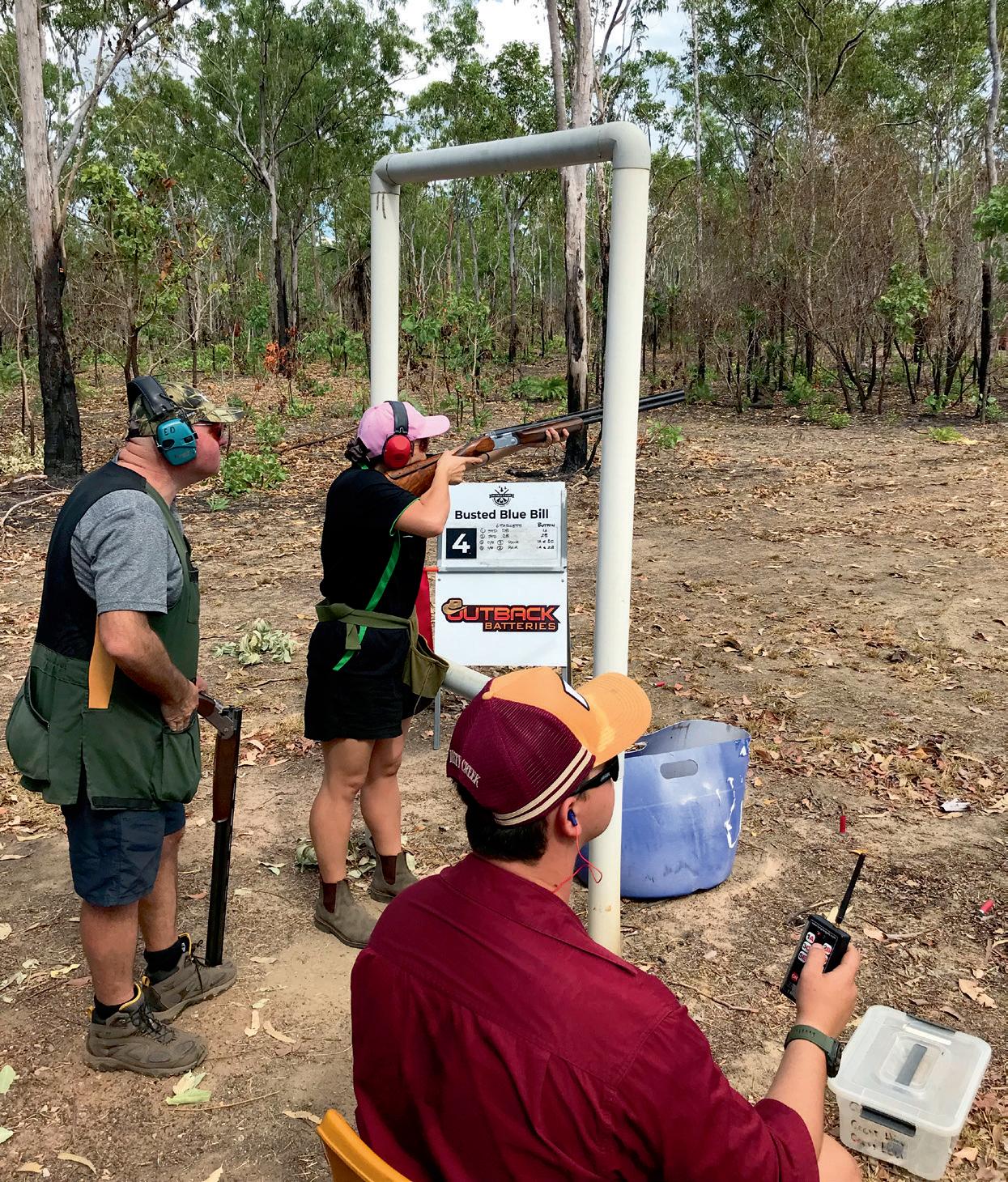
The weekend finished with many of the Territory and southern visitors exchanging game meat and smallgoods. A shake of the hand, a wink of the eye and “I’ve got a little treat for you in the Engel” was our version of a “Welcome to Country” with no need
for a smoking ceremony. The Territorians were lucky to taste venison kabana and quail, while Victorians were leaving with frozen magpie goose breasts and smoked goose legs in their baggage. That is the benefit of being a Field and Game member and associating with others from far away for a shot, a hunt and a laugh.
Next year the event will be held on Friday, August 2 to Sunday, August 4. We hope to see even more people next year, and plenty of the same ones back.
“Mocka” is a lucky man, winning both a Mauser rifle from OSA and the hand of his fiancée in marriage in the one afternoon.
Worden enjoyed presenting trophies to winners on the first day, pictured here with Graham Coker from Benalla.
NT Field and Game golden boy Alex Towns started the weekend with a big win thanks to SJS Trading Co, taking home the first gun, a Templeton T1000 straight pull, that will be very useful in the swamps this hunting season.
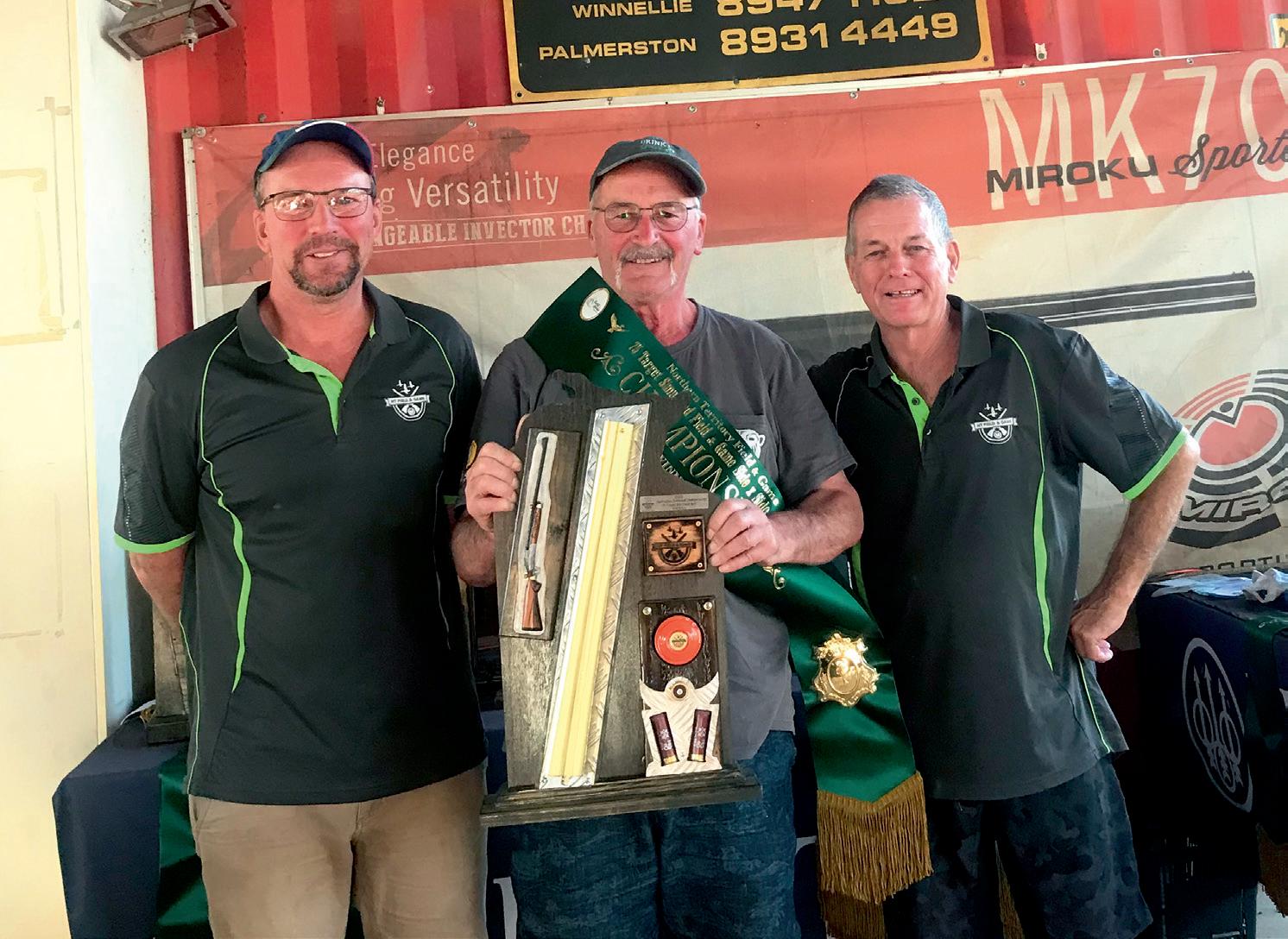
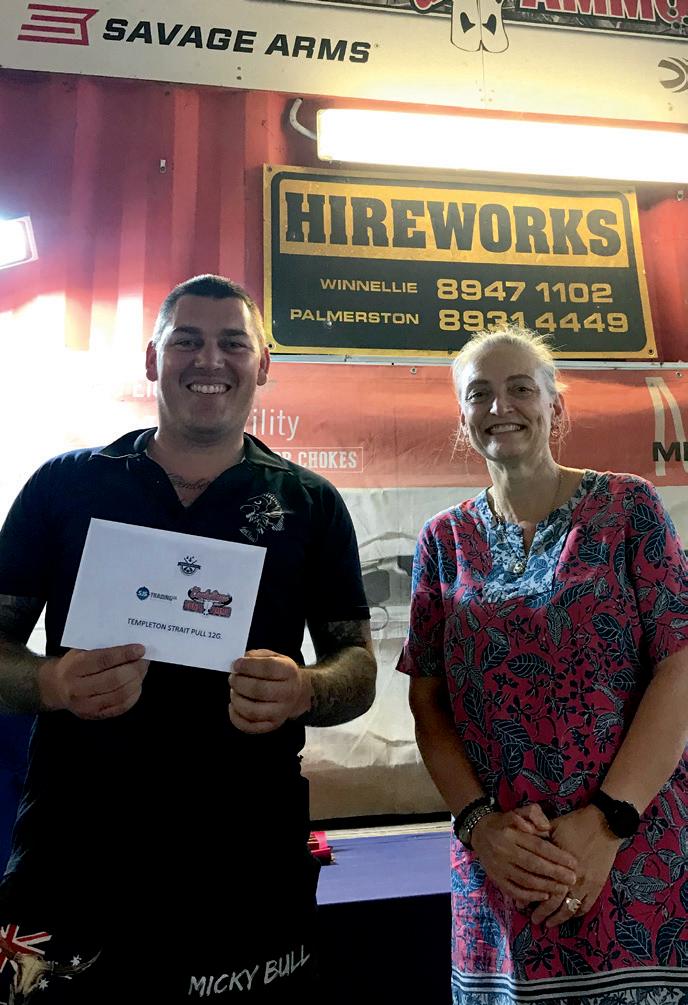
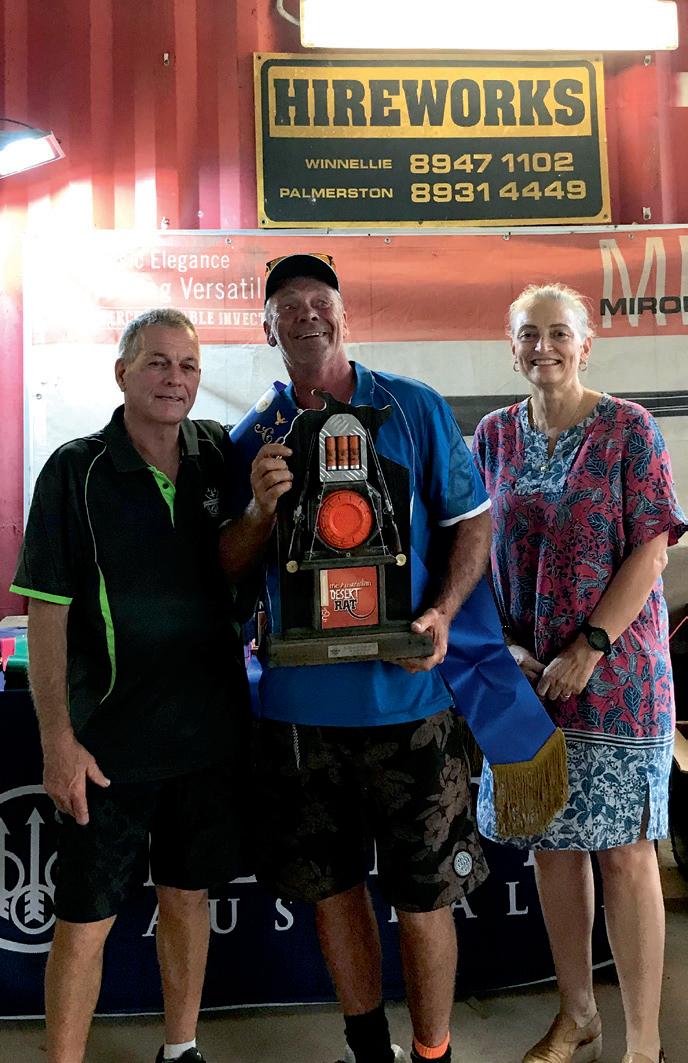
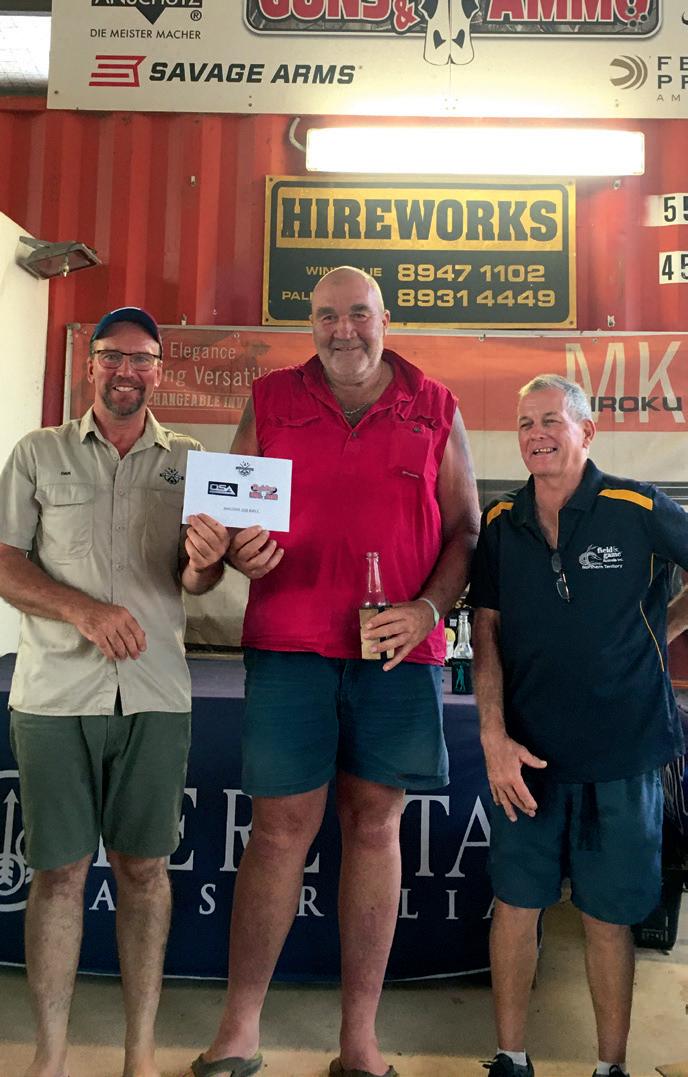
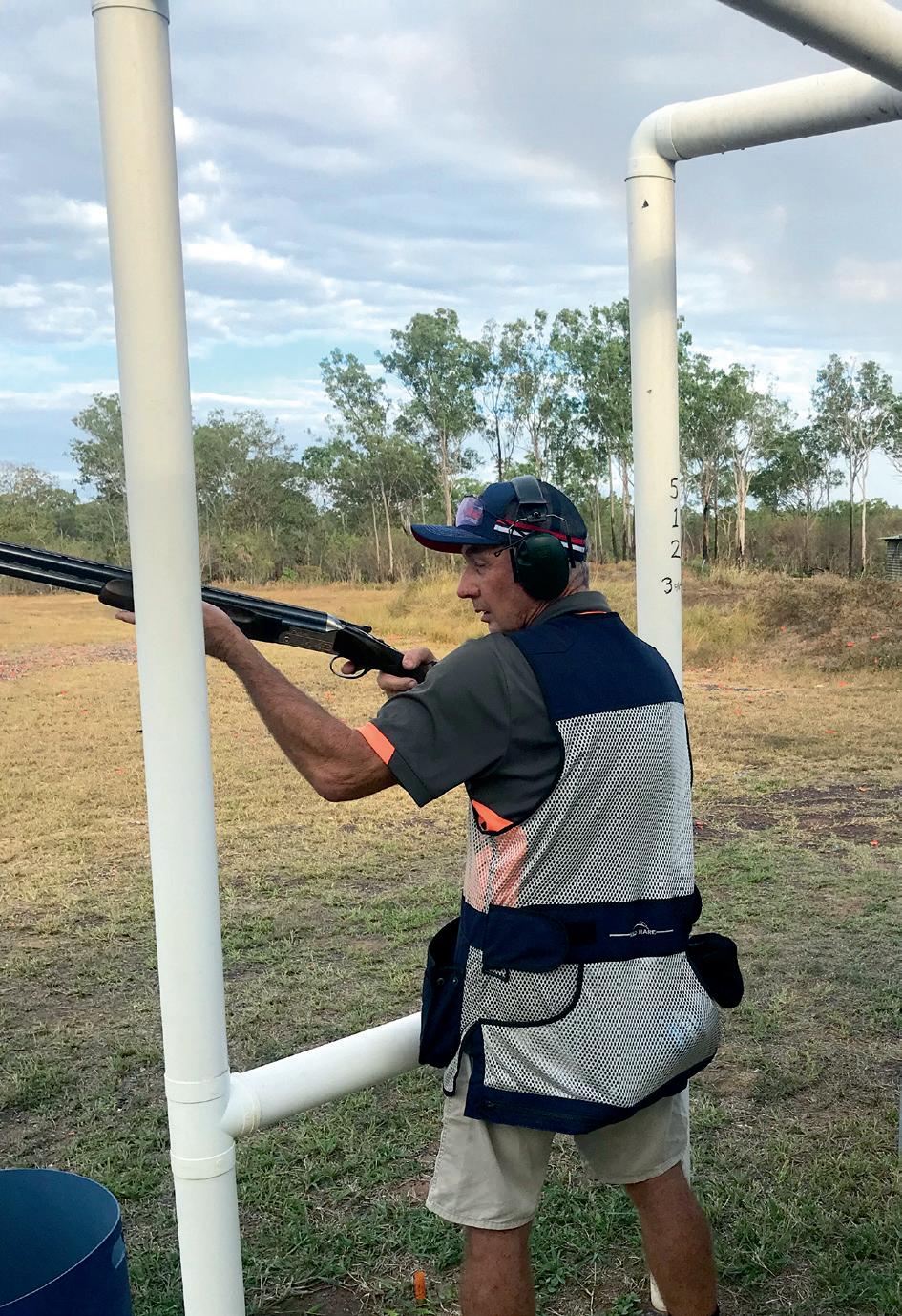





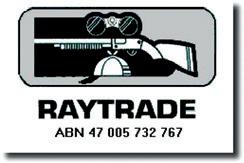

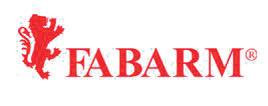


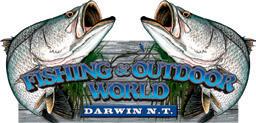








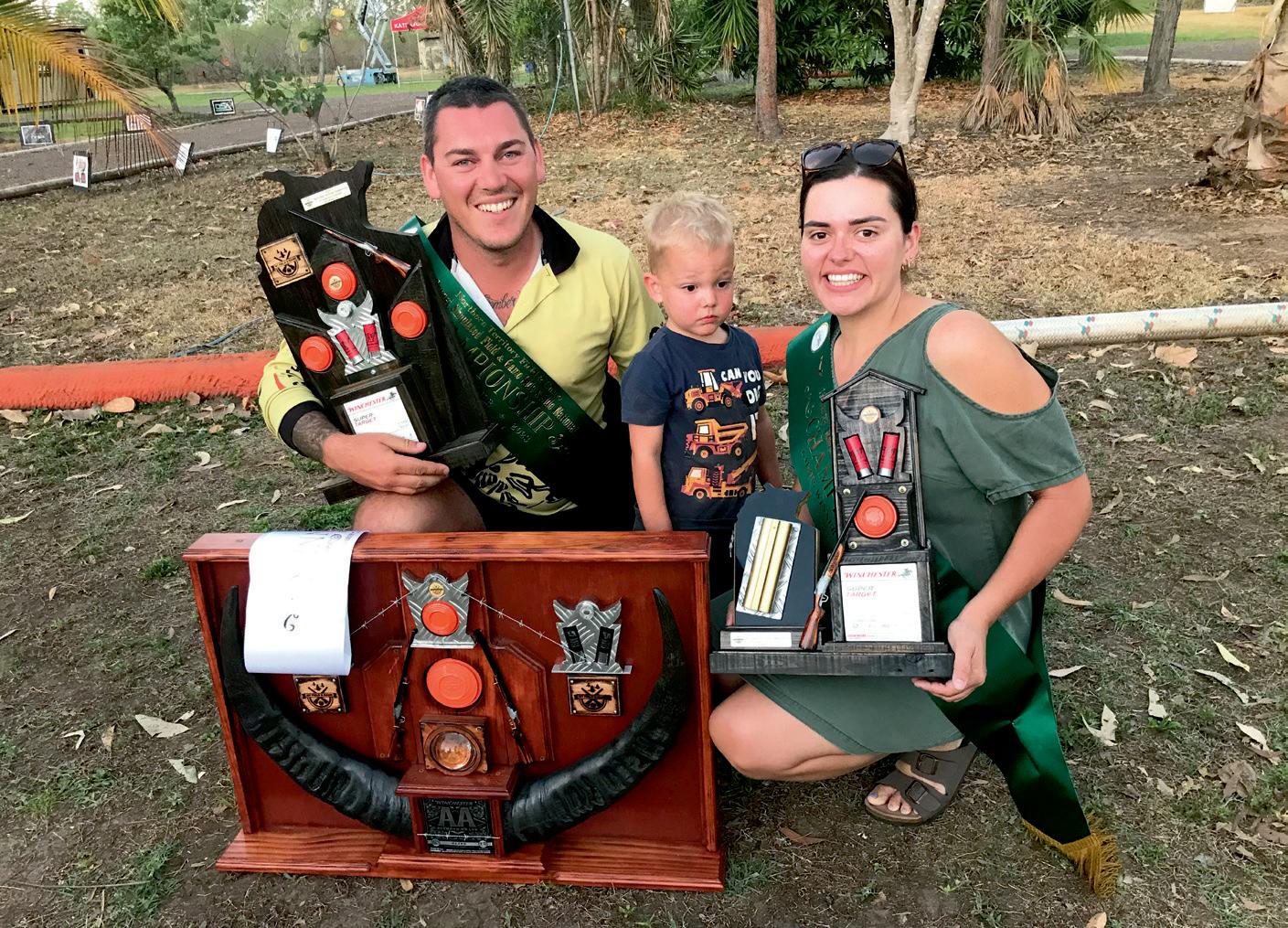
This year’s Golden Rivers Classic was a little different to the usual – but that didn’t stop it from being a huge success once again.
Ordinarily held by Bar-rook on day one, Pinegrove on day two, and finishing up on day three at EchucaMoama Field & Game on the Monday of the June long weekend, this year’s Classic was forced by Mother Nature to change things up a bit.
With Echuca-Moama’s grounds still mostly underwater from last year’s floods, Shepparton Field & Game stepped in to host Echuca-Moama’s leg of the Classic, and it was also decided that the three host clubs would take it in turns to hold the final day each year – thus spreading the workload more evenly.
This year, Shepparton was first cab off the rank, followed by Bar-rook on the Sunday and Pinegrove on the Monday.
Before the weekend kicked off there had been some concerns that numbers would
be down, with only 150 competitors having pre-nominated for all three days of the Classic – but another 80 or so shooters were walk-up nominations each day to have the field about the size of previous years’ events.
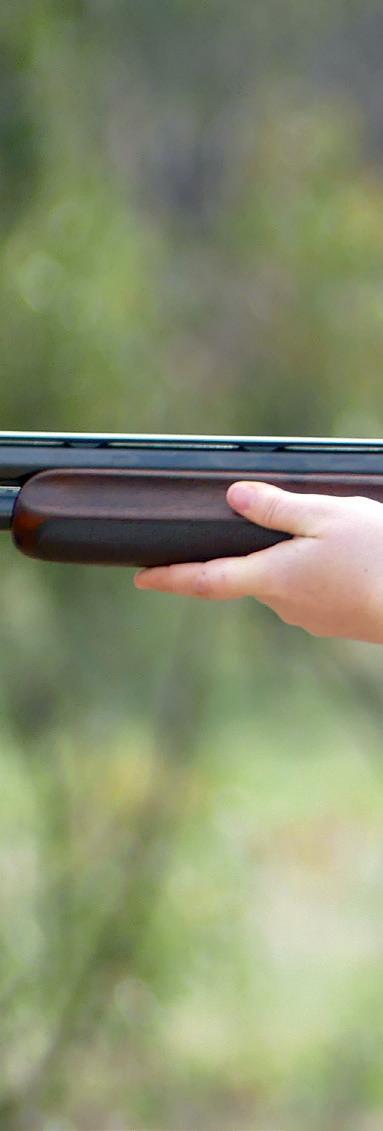
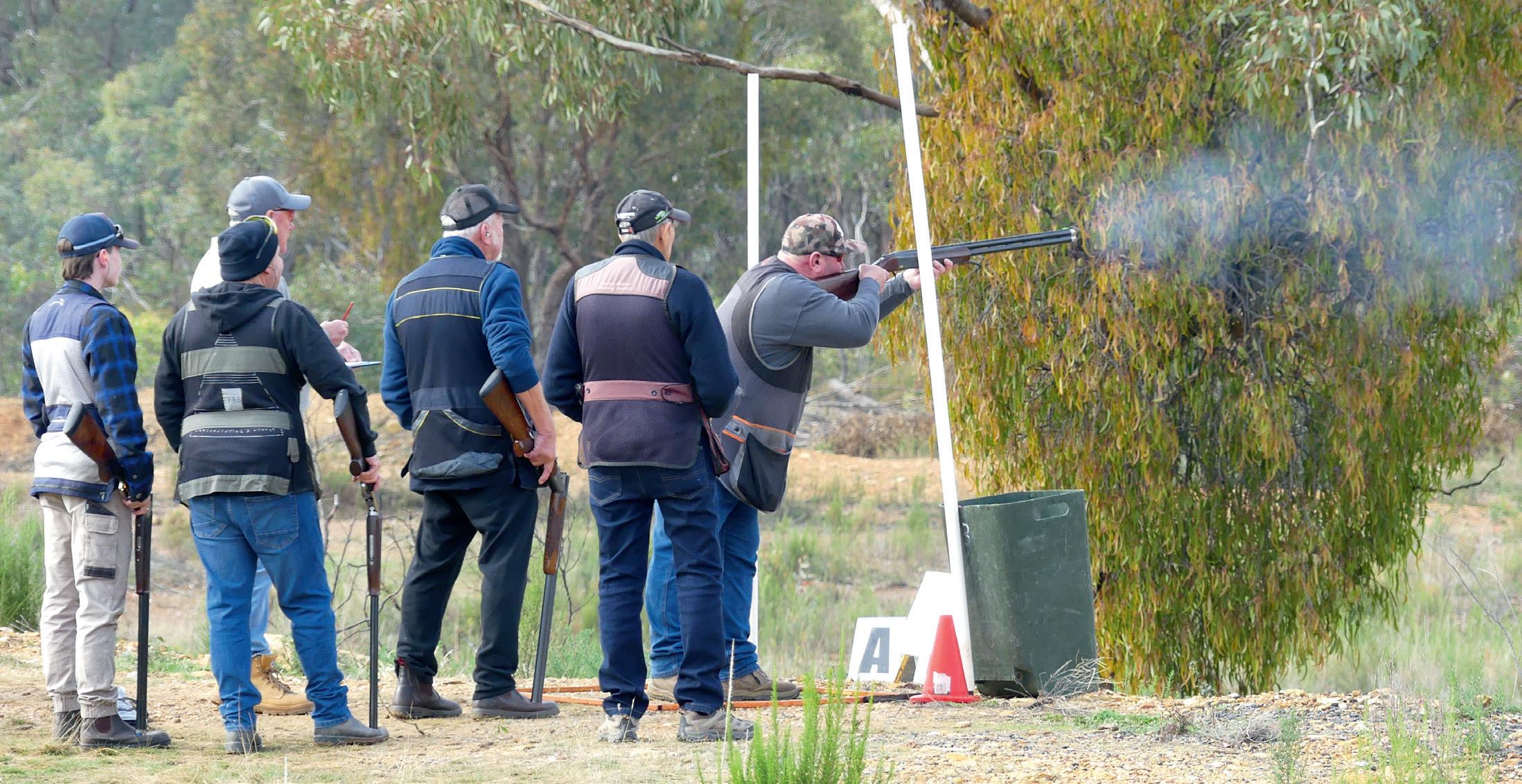

The clubs, as usual, were very appreciative of all sponsors who came on board for the weekend, and especially the major contributors Spartan Global and Cobram Outdoors (day 1); Bronzewing, Laporte and NSI (day 2); and Outdoor Trading Company (day 3). Without the generous support of these and other sponsors, events such as this could not happen.
The clubs also thanked the course designers, set-up and pack-up crews, canteen workers, noms office staff, raffle ticket sellers and anyone else who helped to make the event possible, including other clubs who lent traps for the weekend. >>

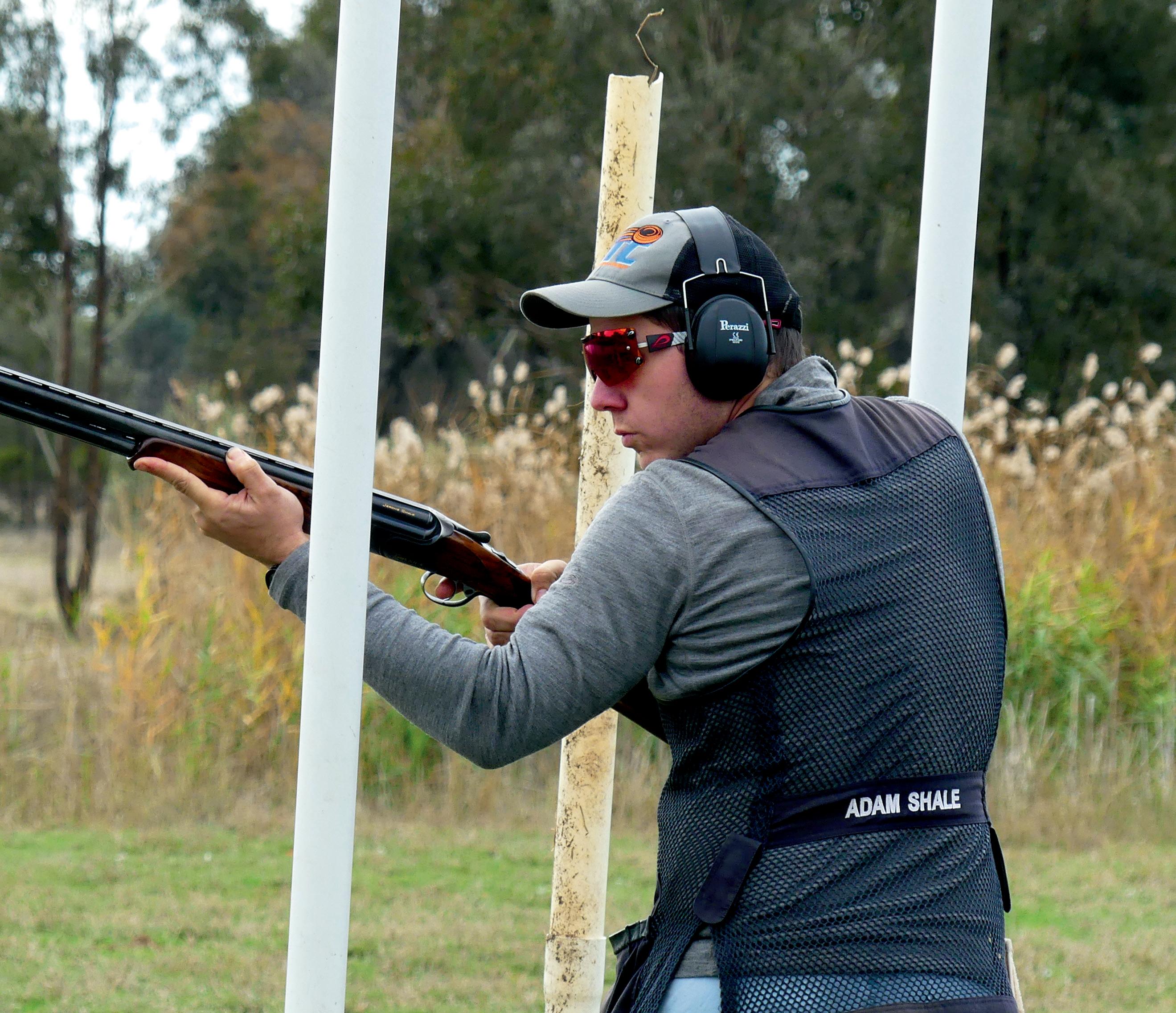



Golden Rivers Classic: Day 1, at Shepparton
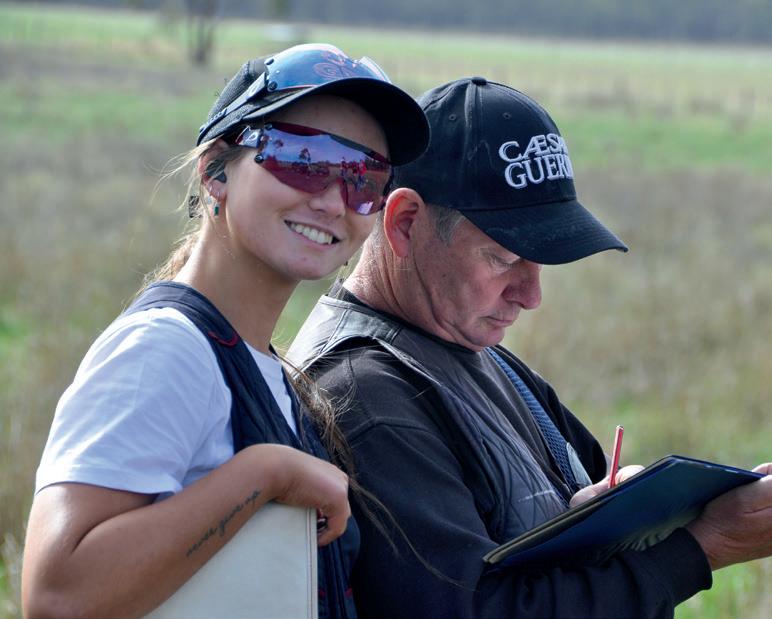

High Gun: Chris Brown after a shoot-off 70/75
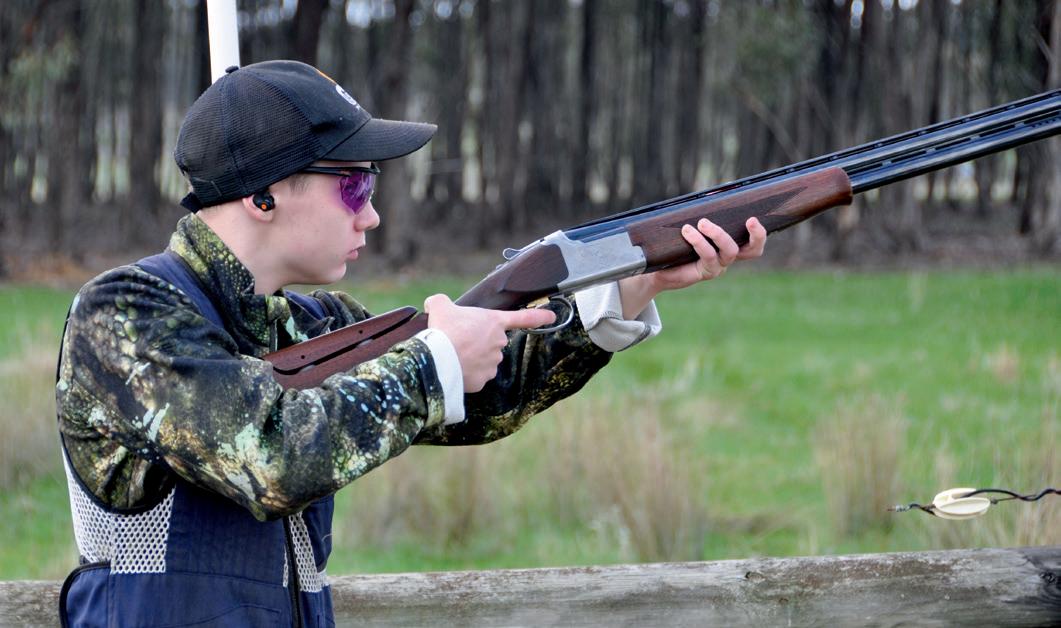


Golden Rivers Classic: Day 2, at Bar-rook
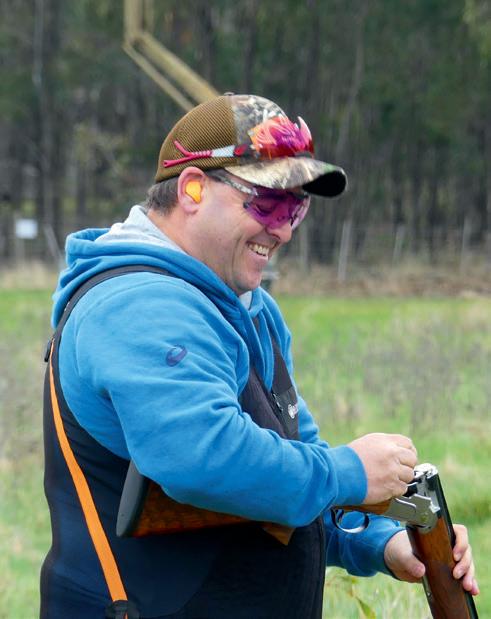
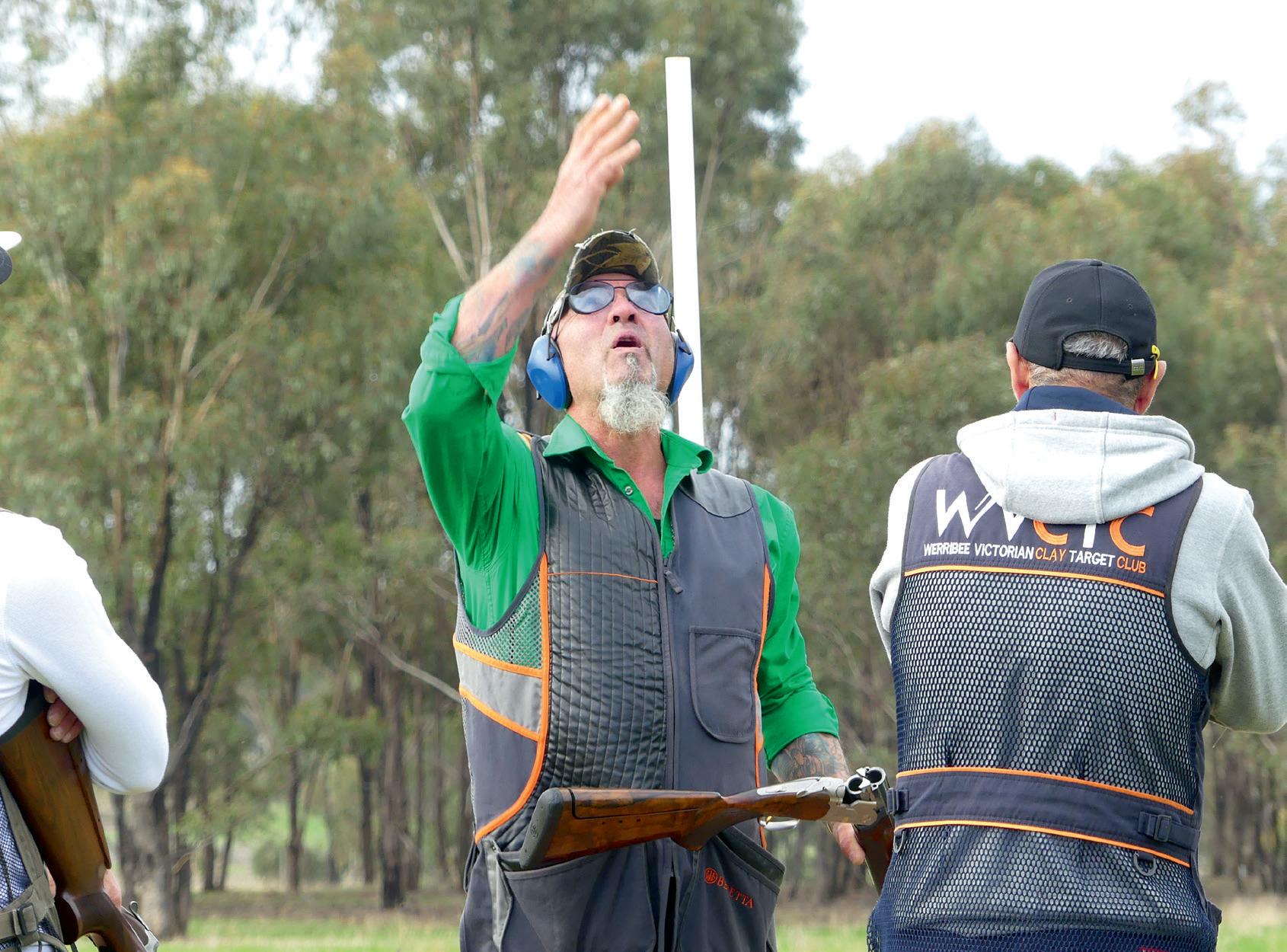
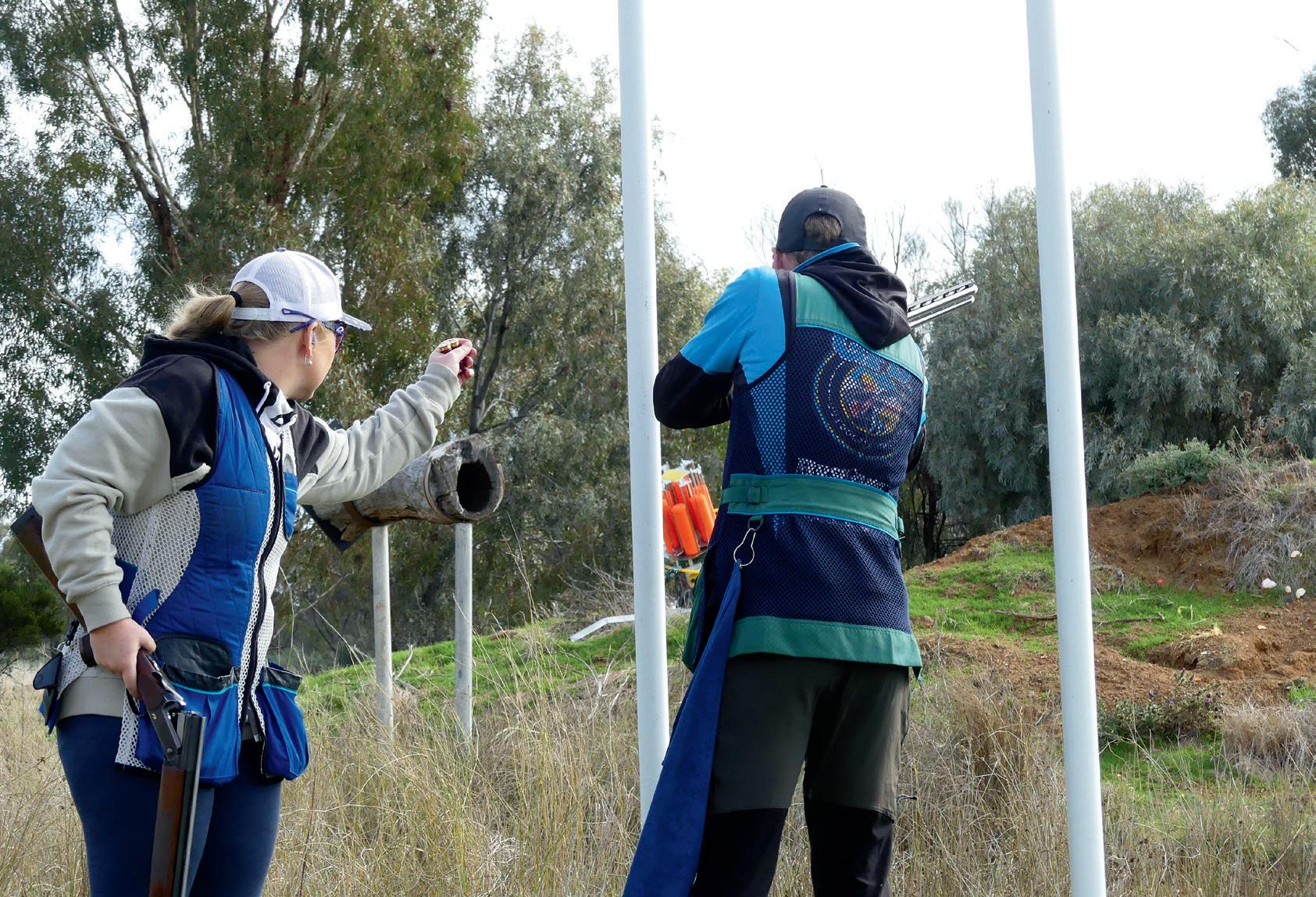


Sunraysia Field & Game held its 53rd annual Bull & Feathers Championship on Saturday, May 27.
The range setters had been busy on the Friday afternoon setting up two challenging ranges for the big day, with shooters to face 100 targets in total.
After a frosty start to the morning on Saturday, the sun shone and the day mustered up a pleasant 22 degrees of warmth, tempered with cool breeze.
The club’s kitchen staff were in full swing,
kicking off with their amazing bacon and egg sandwiches and following on with a fantastic variety of food throughout the day.
A total of 102 shooters attended this year’s Bull & Feathers Championship, representing various clubs including Grampians, Riverland and Broken Hill.
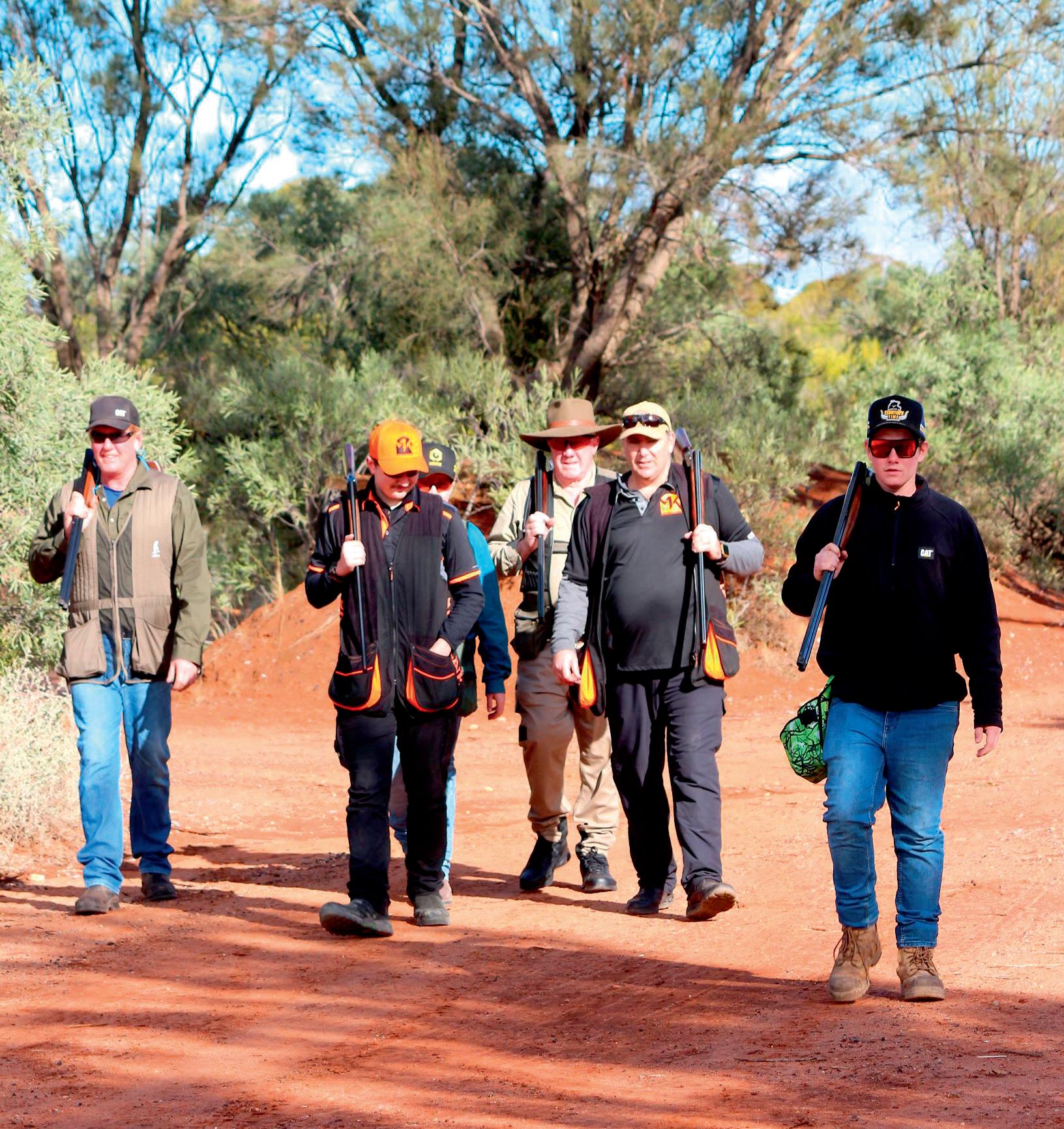
The major sponsors for the day were
Rohan and Sonja Morgan from MK1 developments, who supplied ammunition as prizes for the placegetters. Other sponsors were The Coomealla Club, which provided the sashes for 1st prize and High Gun, and Martin Colombo from Colombo Shooting and Neil Stephens for sponsoring the juniors. Red Cliffs Butchery and Gill Estate Wines kindly provided prizes for the raffles.

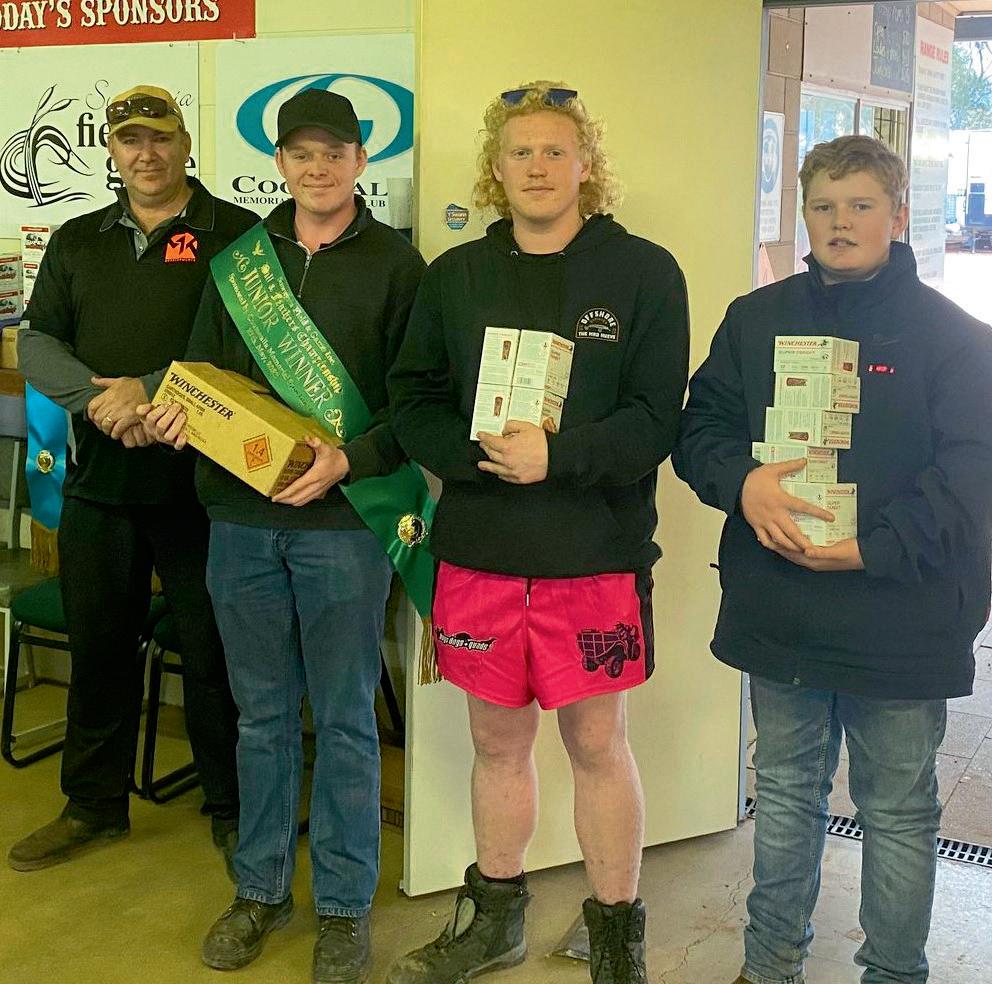
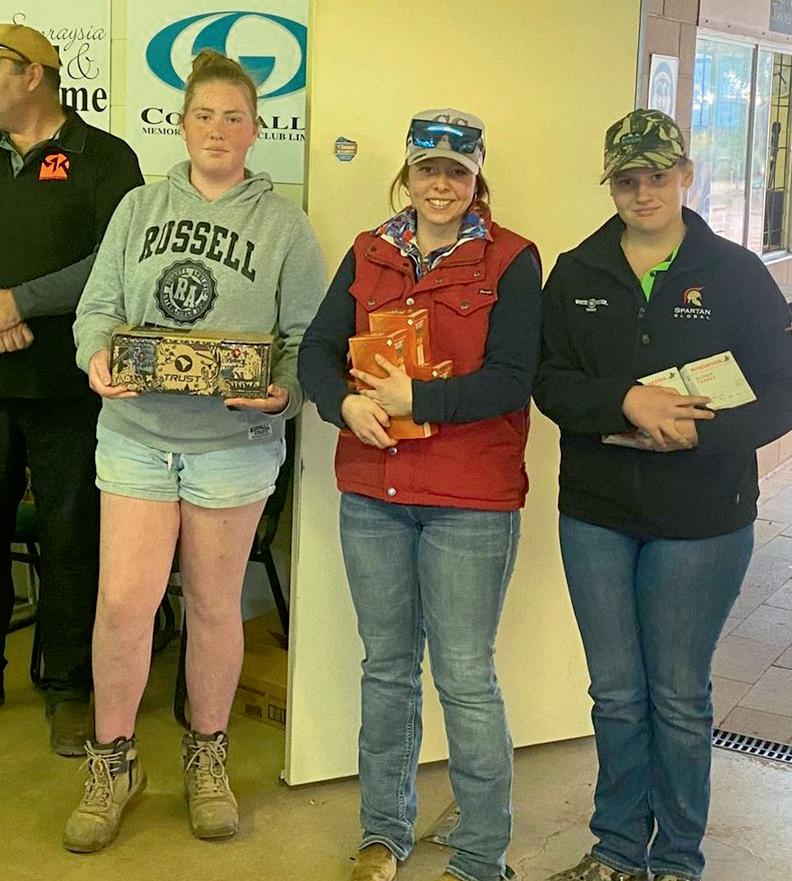
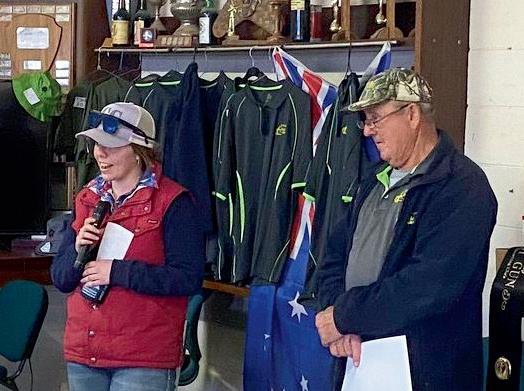
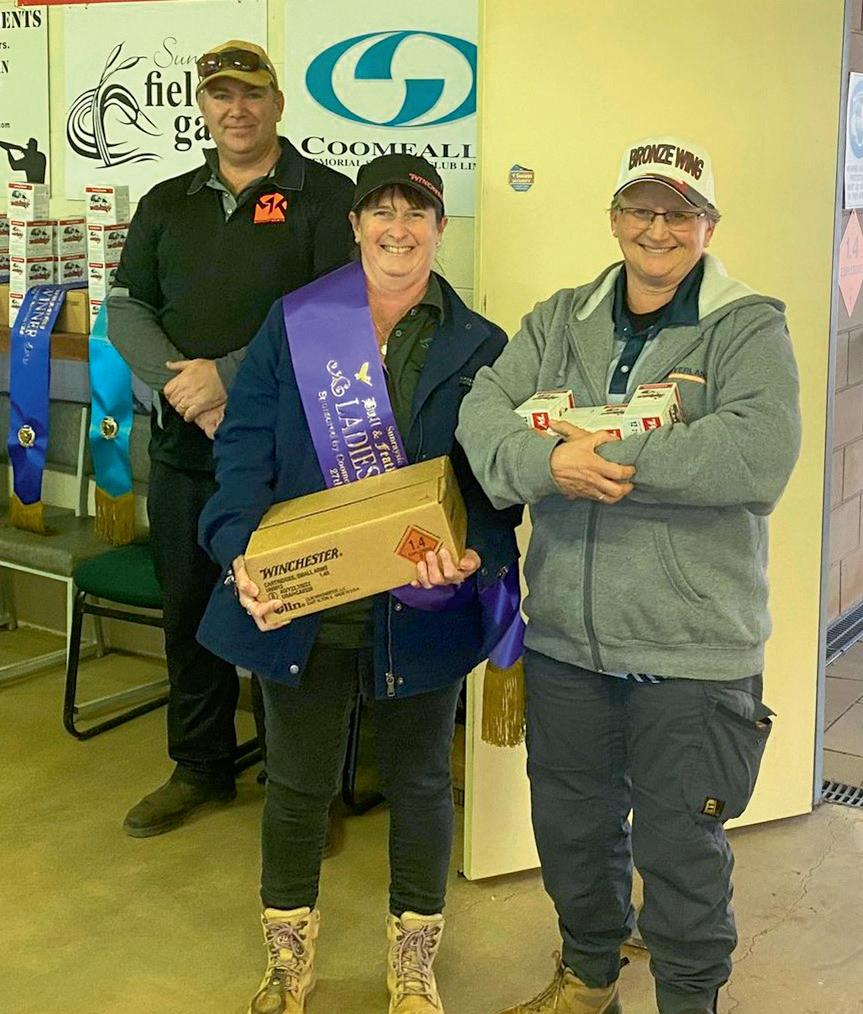

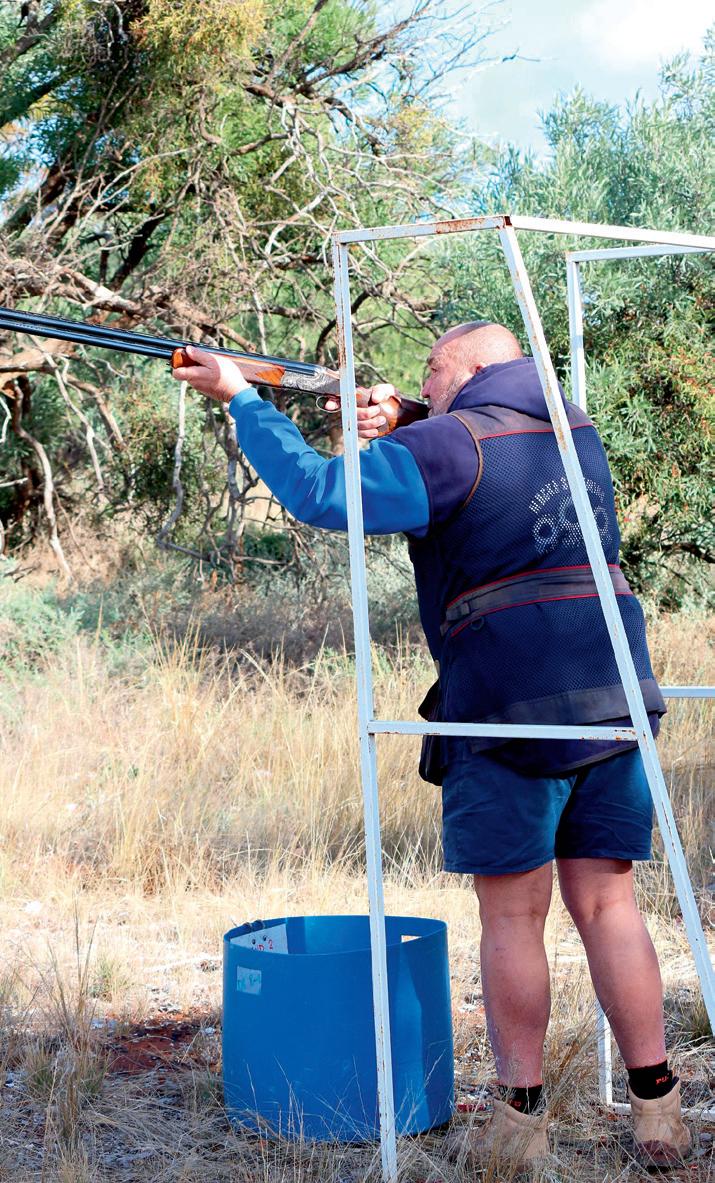
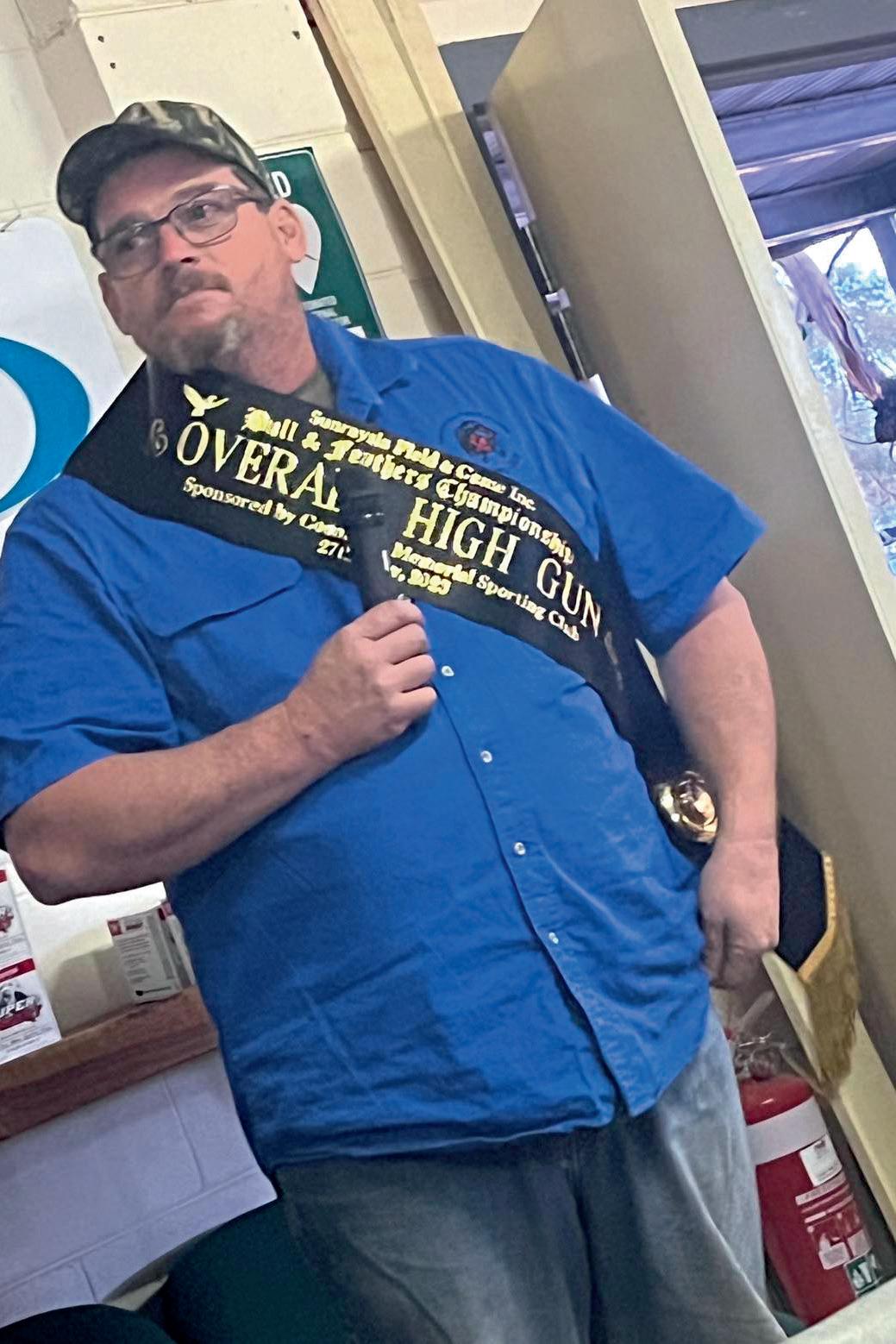
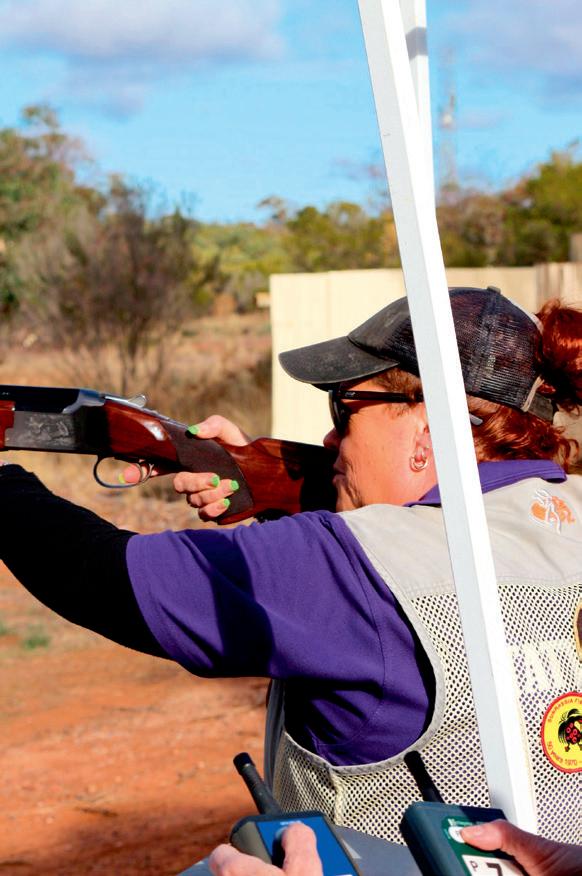
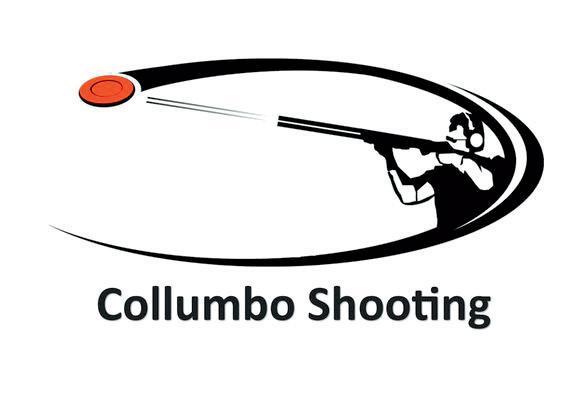
In 2009, a group branched away from Ararat-Stawell Field & Game to form a fox shooting club. With no home ground, the founding members began with fox drives, built up the membership and finally acquired the Riachella gun range, situated at an old quarry site.
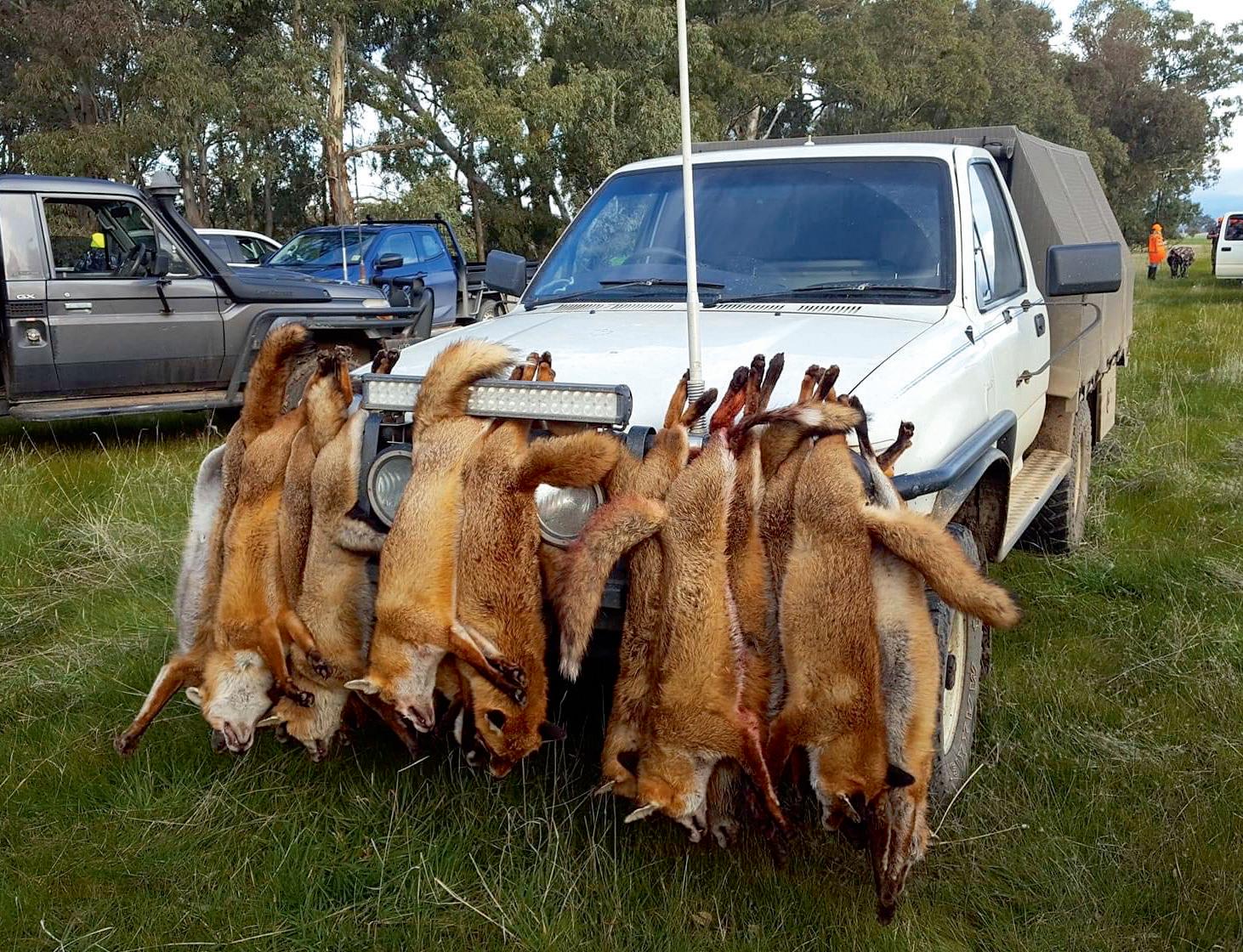
Then, with the founding members all putting in some money, the club began holding clay target events as well. Grampians Field & Game started with hand-pull traps – some of which are still at the club – and a gazebo. The improvements to the ground then began, with the addition of the club rooms, noms hut and kitchen with storage, and the traps were slowly upgraded to automatic models. The newest amenities at the club are an upgraded toilet block, diesel generator, traps and playground, and there are upgrades planned for the kitchen and noms hut, and plans to make
the playground child-safe and include shade sails.
The founding members of Grampians Field & Game are Anthony Holley (current president), Max Sheffield, Brian Vincent, Nigel Wilson, Felicity Sheffield, Joanne Doherty, Scott Doherty, Mick Greenwood (Life Member and current shooter), and Jody and Mick Senior.
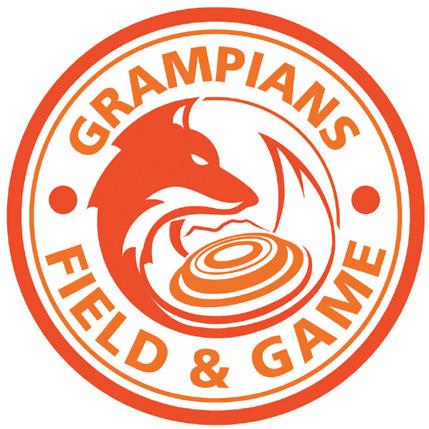
The aim at the club is to make everyone welcome, and to support hunting and conservation efforts. Encouraging children to become involved in the club’s activities and guiding them as they do so is also
a huge focus, as they are the future of the club, the sport, and our conservation efforts.
The club consists of 89 members – which is no small feat for a rural community –and is always looking for new members to join and participate in clay target shooting and/or fox drives.
Without its team of dedicated volunteers, committee members and club nominated bearers the club would not be able to hold these sporting days or make its conservation efforts for the benefit of the wider community. >>

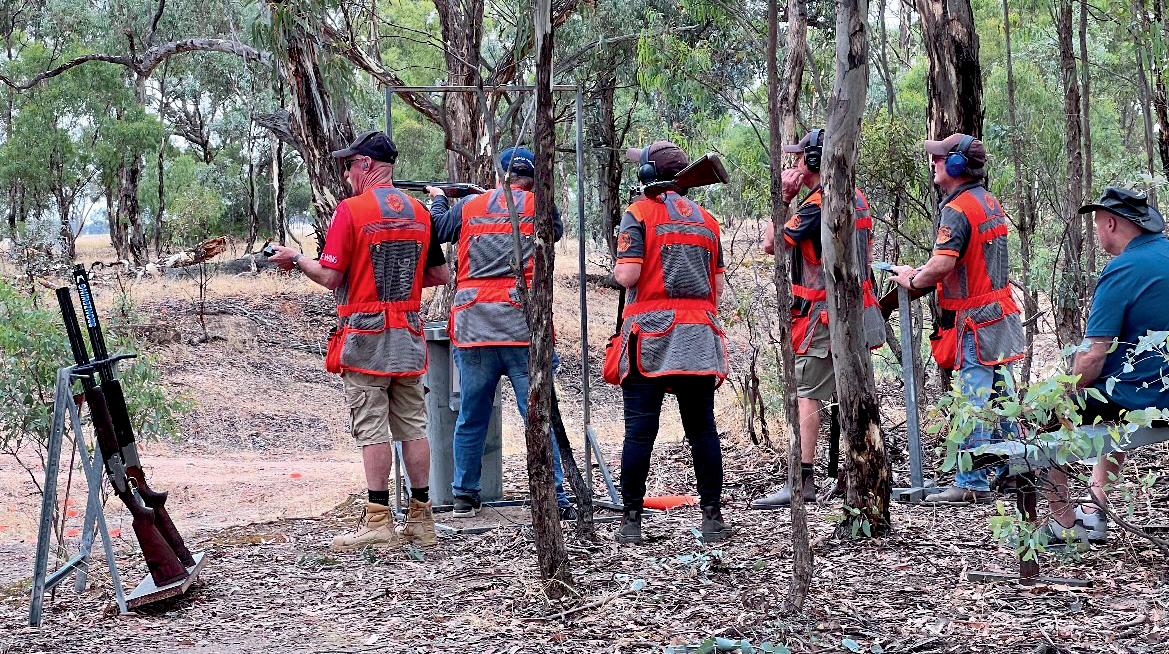
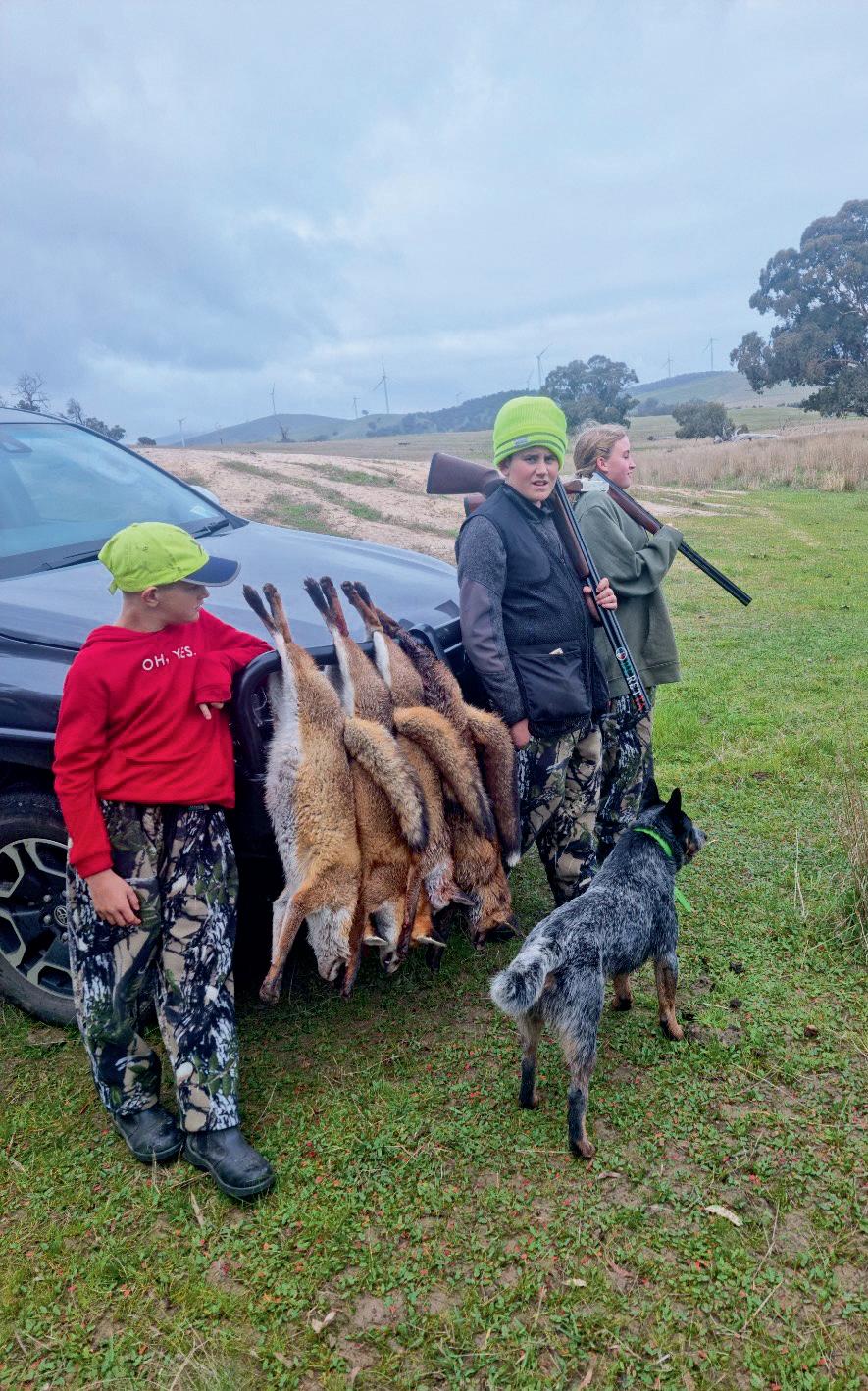
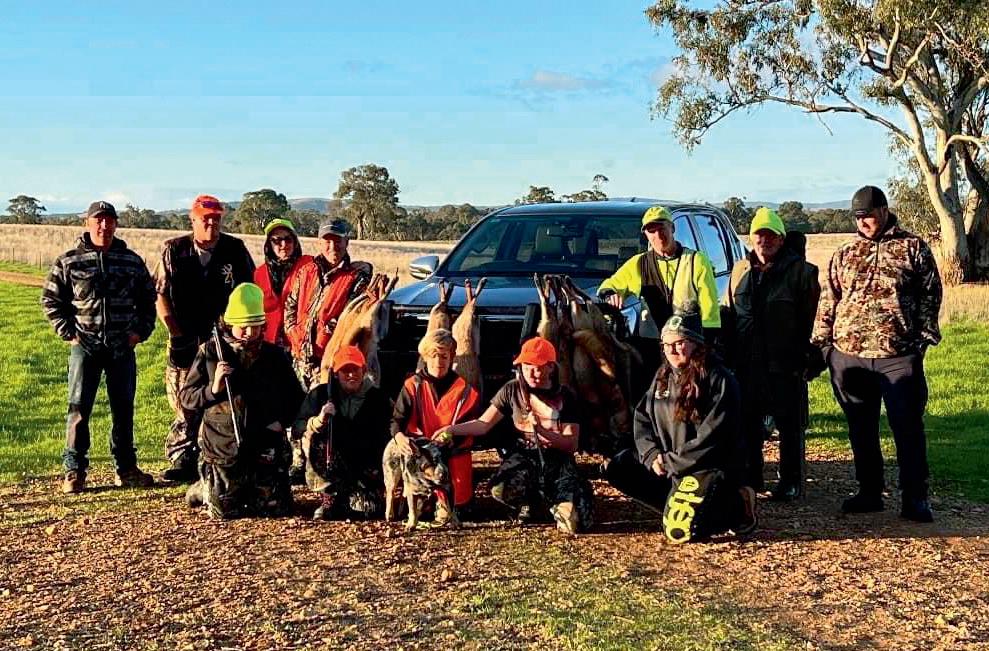
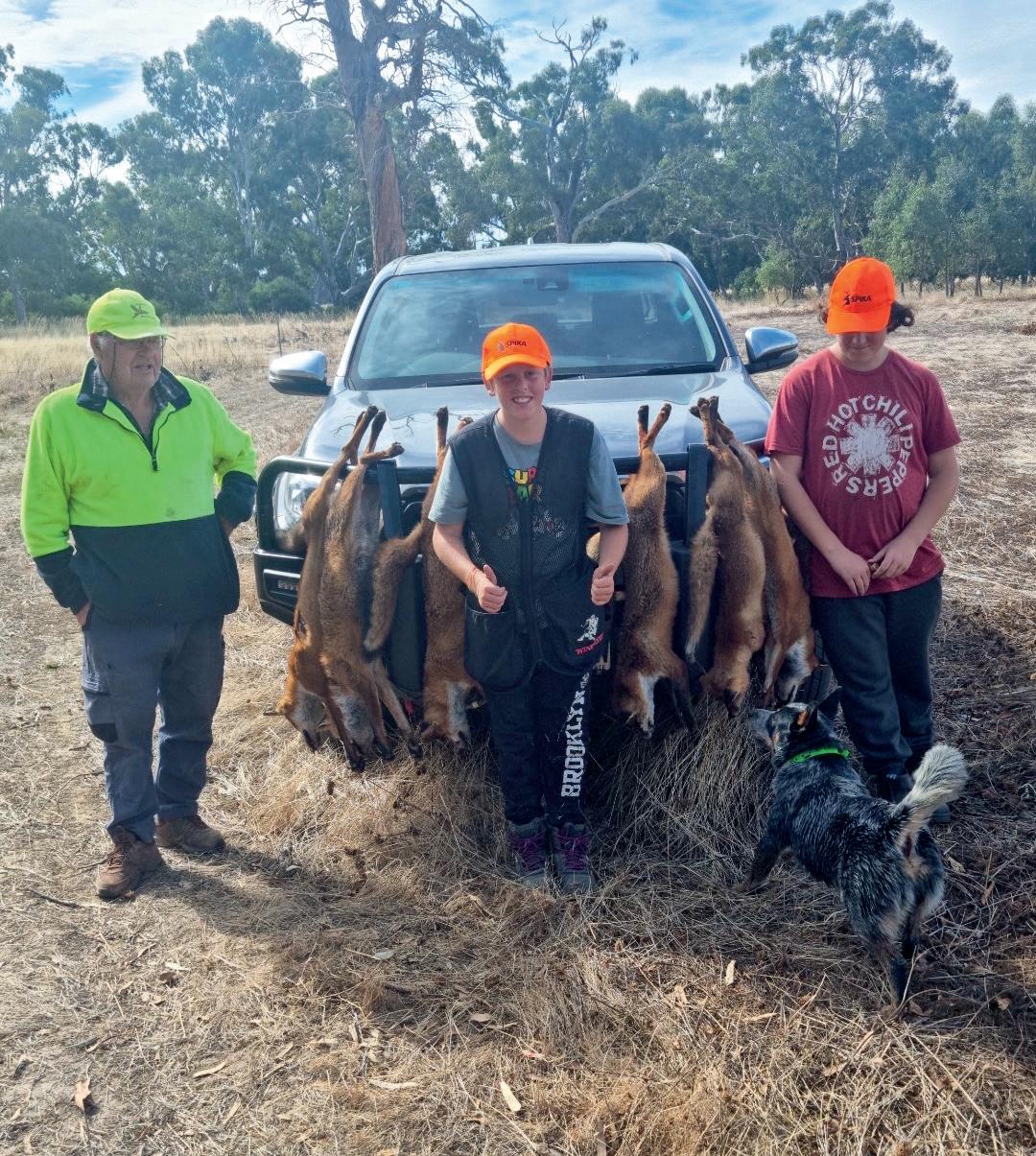
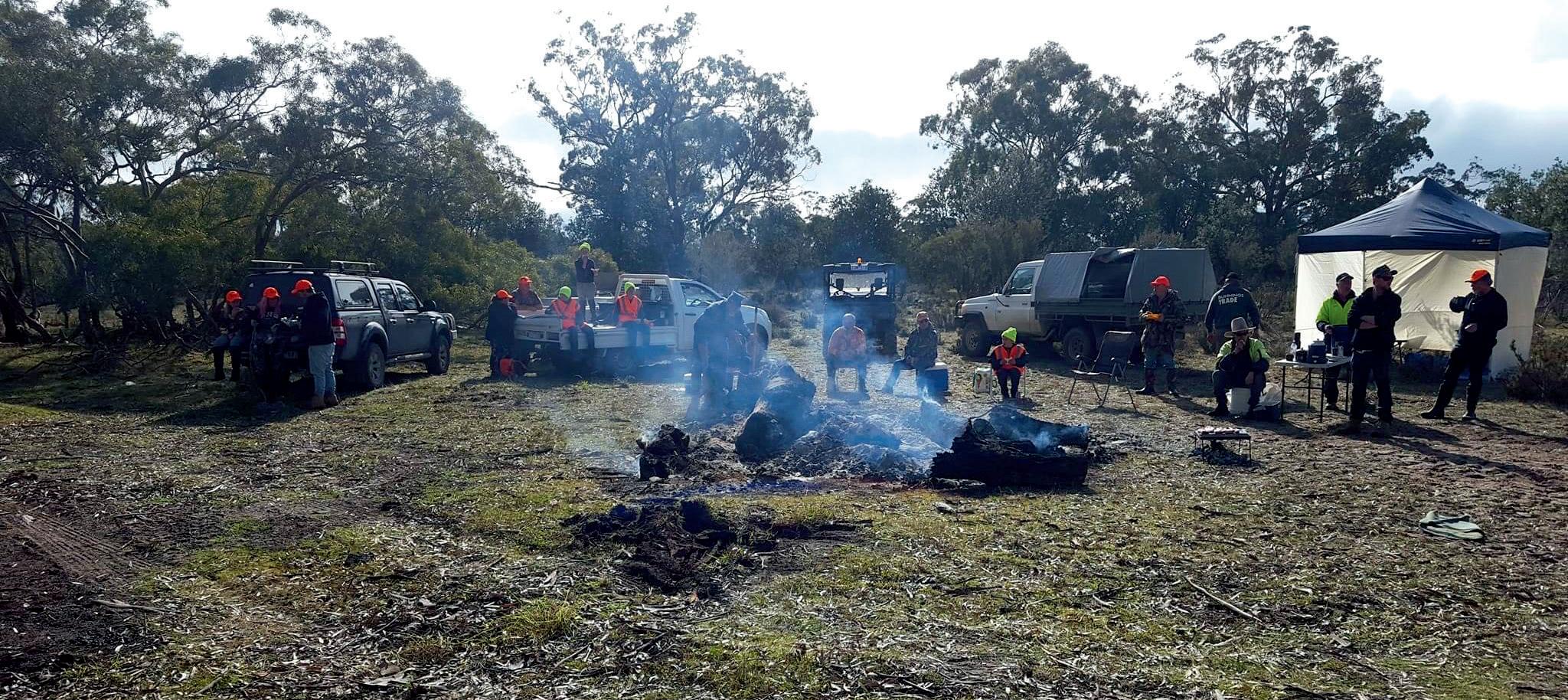

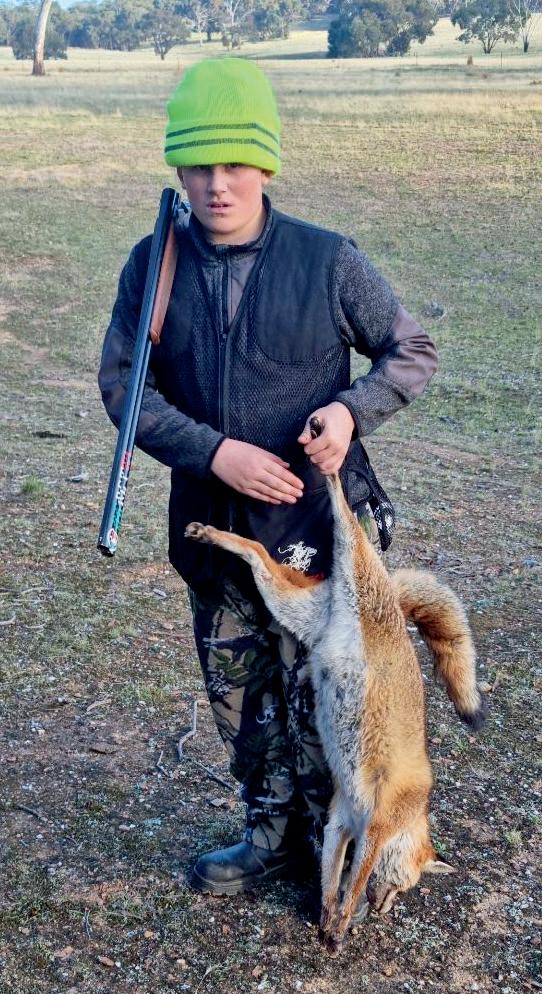
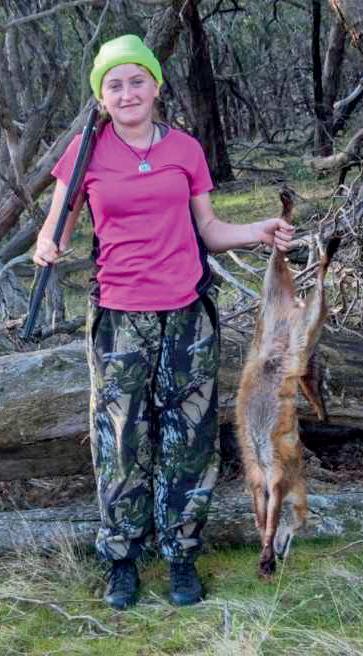
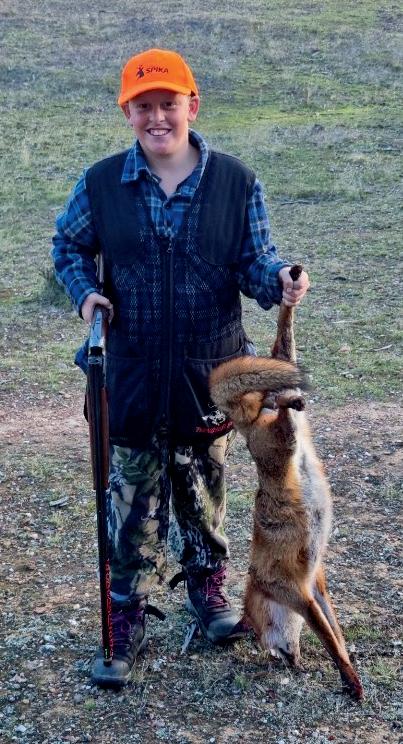
The eradication of the fox is vital in for the protection of our native wildlife and farmers’ livestock, and Grampians Field & Game appreciates the support of farmers and landholders in allowing access to their land for this purpose.
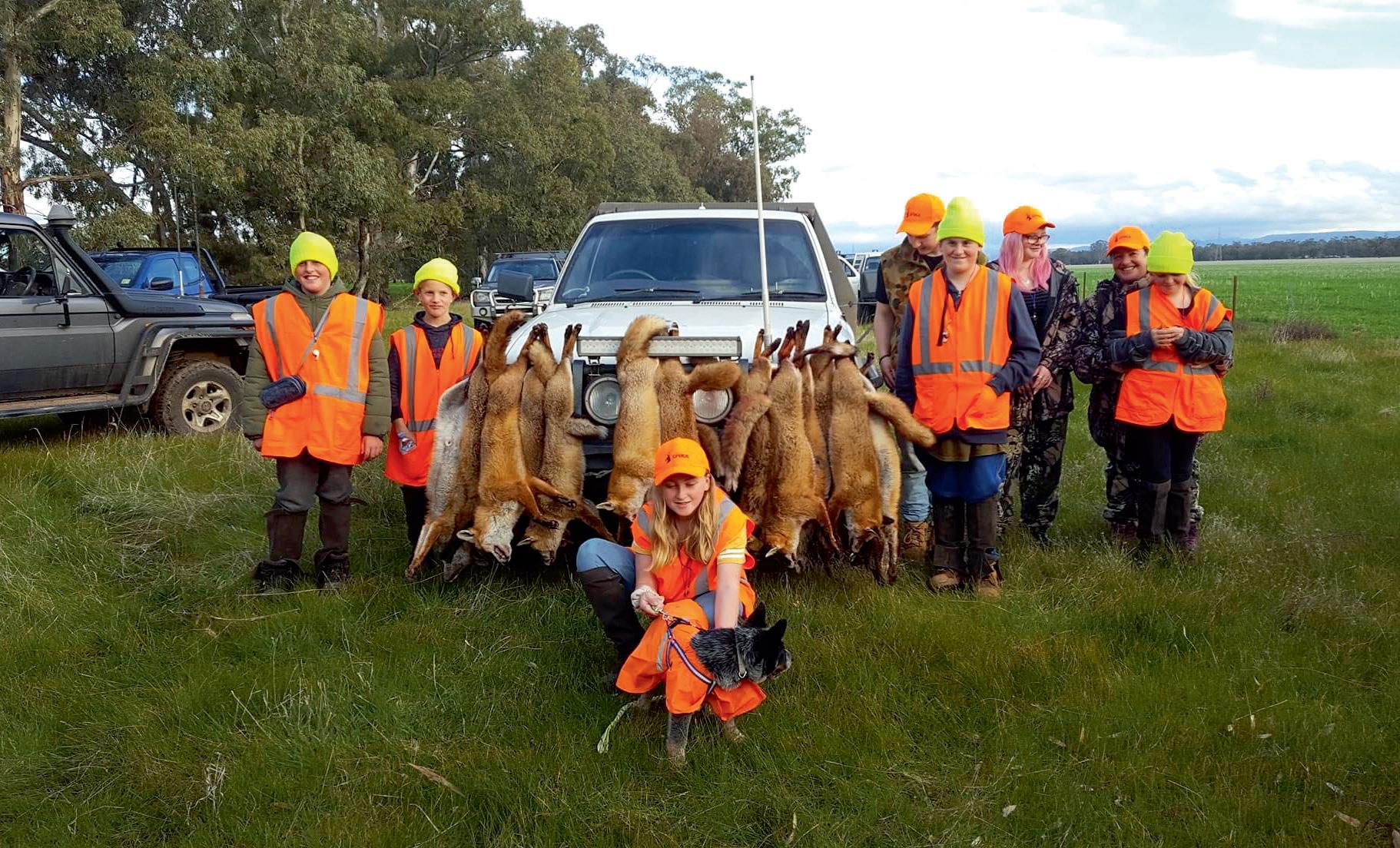
Our fox drives are held once or twice a month between April and August.
To participate in a fox drive, everyone must wear high-visibility clothing. This could be a hat, shirt or jumper, and the club can also provide a vest for those who require one. Positions are then selected for the shooters, which will be downwind of where the beaters are placed. The beaters are people and/or dogs whose aim is to
push the foxes into the shooters’ line of sight. The beaters do this by making lots of noise, which scares the foxes away from their hiding places, while the dogs are very handy at pushing the foxes out of long grass and scrubby areas.
A drive usually covers about five patches of land – scrub, tree plantations or hills –which are all nice hiding places for foxes. These areas are often places where access is difficult for the farmer or are too large for total eradication of the pest to be possible.
Grampians Field & Game has an in-house competition for fox drives, called Fox Lotto. To enter, participants are required to shoot a fox; their name is then entered into a draw at the end of the day and prizes for 1st to 3rd are awarded.
Grampians Field & Game holds clay target shoots on the last Sunday of each month, where everyone has a great day competing in a sport they enjoy in a safe and welcoming environment at the grounds at 414 Minnieboro Rd, Wal Wal, Victoria.

The club would like to thank its sponsors large and small for their support, because without their generous contributions the club would not be able to offer such wonderful prizes.
For more information about Grampians Field & Game and its activities, please find it on Facebook at ‘Grampians Field and Game’.
The crisp air greeted us like an old friend as we stepped out of the house, with dawn just beginning to paint the horizon in hues of orange and pink. While the morning was just like countless other early mornings, the promise of this day had a special glow to it: Today, my daughter would be stepping into my world for the first time. We were embarking on her inaugural hunting trip. As we made the short drive to a favourite spot, her constant chatter from the passenger side of the old Triton was also just like many other mornings – but as we stopped, and finished “dressing like trees” (she’s not sure of what camo clothes are all about yet) – an obvious sense that this was different than most walks settled over her, too.
As we started our way down the paths so familiar to me, her eyes widened with each new sight and sound. The twittering birds, rustling leaves, and the movements of small animals in the scrub as we passed were a symphony to our ears. Every footprint, broken twig, and distant rustle made her stop and listen, taking it all in
with the eagerness only a small child can muster.
Her tiny fingers caressed the trunks of trees as we passed by, their bark etched with stories of countless seasons. We sat by a creek, its glistening surface reflecting our shared joy at being in the Australian bush. She cupped her hands and let the cool water flow through them, giggling with pure delight.
I couldn’t help but get lost in the magic of it all, seeing the bush through her eyes. A world I had loved for so long was reborn anew, its wonder amplified by her amazement.
As the day waned, we hadn’t spotted much game, but her excitement was undiminished. She had found a world teeming with life and mystery, and that was a prize greater than any trophy.
Finally, it was time to head home. As we approached the house, I caught a glimpse of my wife waiting for us. Her hands were on her hips, a mock stern look on her face as she took in the sight of her daughter, clothes stained with the badges of a day

well spent – mud, grass, and channel water. But beneath the playful chiding, I could see a twinkle in her eyes, unmistakably proud of her adventurous family. Our daughter ran to her, radiating with stories of the day, every word bubbling with joy. The beaming smile on my daughter’s face was infectious, and I couldn’t help but join in, laughter and tales of the day echoing around our home.
That night, as I tucked her into bed, her eyes still bright with the day’s adventure, I realized that moments like these are what makes it all worthwhile. It’s not always about the hunt, but the journey, the shared experiences, and the love of the outdoors passed from one generation to the next.
With a heart full of gratitude, I whispered to myself, “This is what it’s all about”. This is what makes the tireless efforts of standing up for our hunting passions worth it, and this is why we cant stop!
If you have a topic you’d like to discuss, or a question you’d like to ask and have discussed here, send it through to Editor@Fieldandgame.com.au
